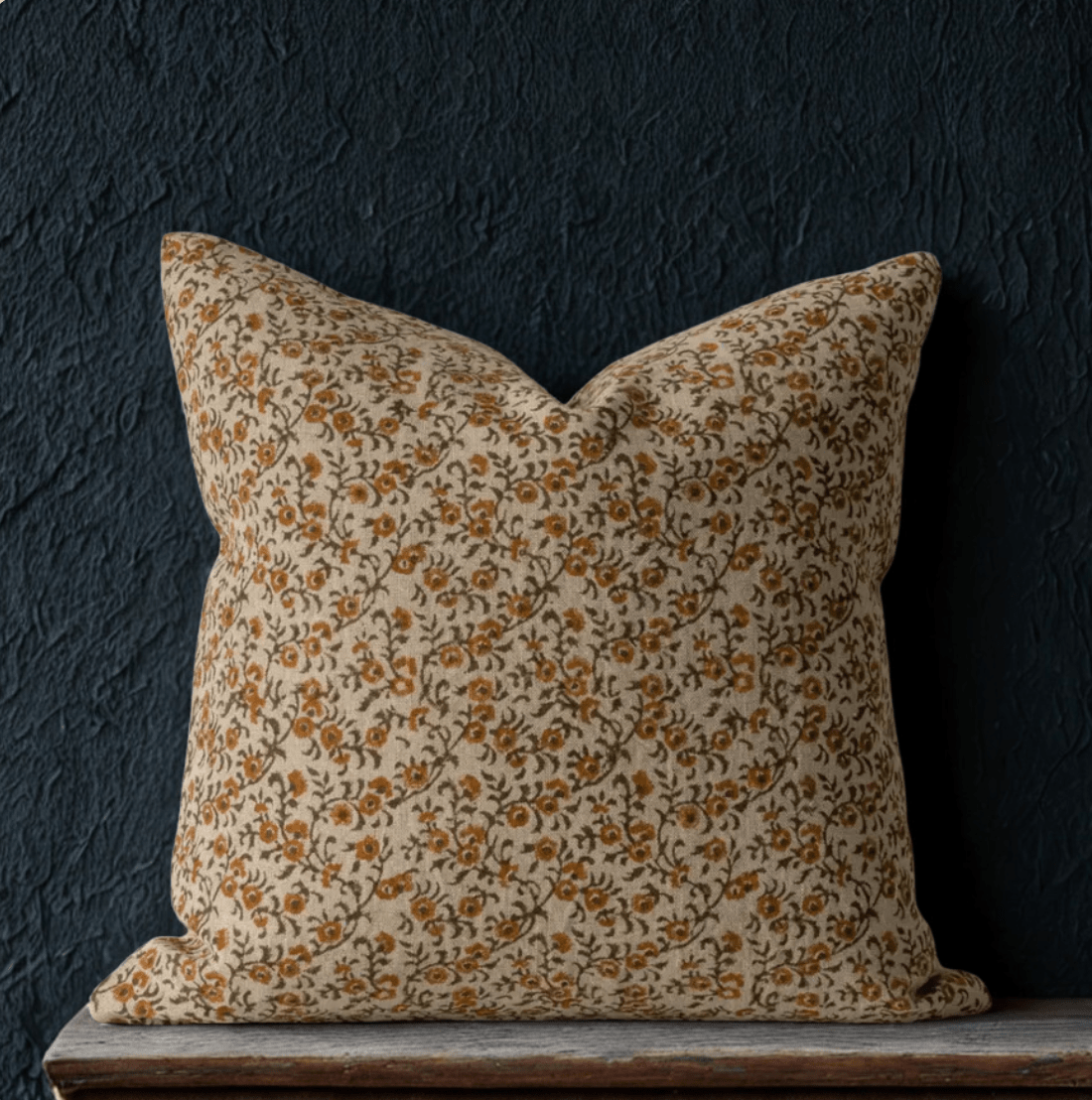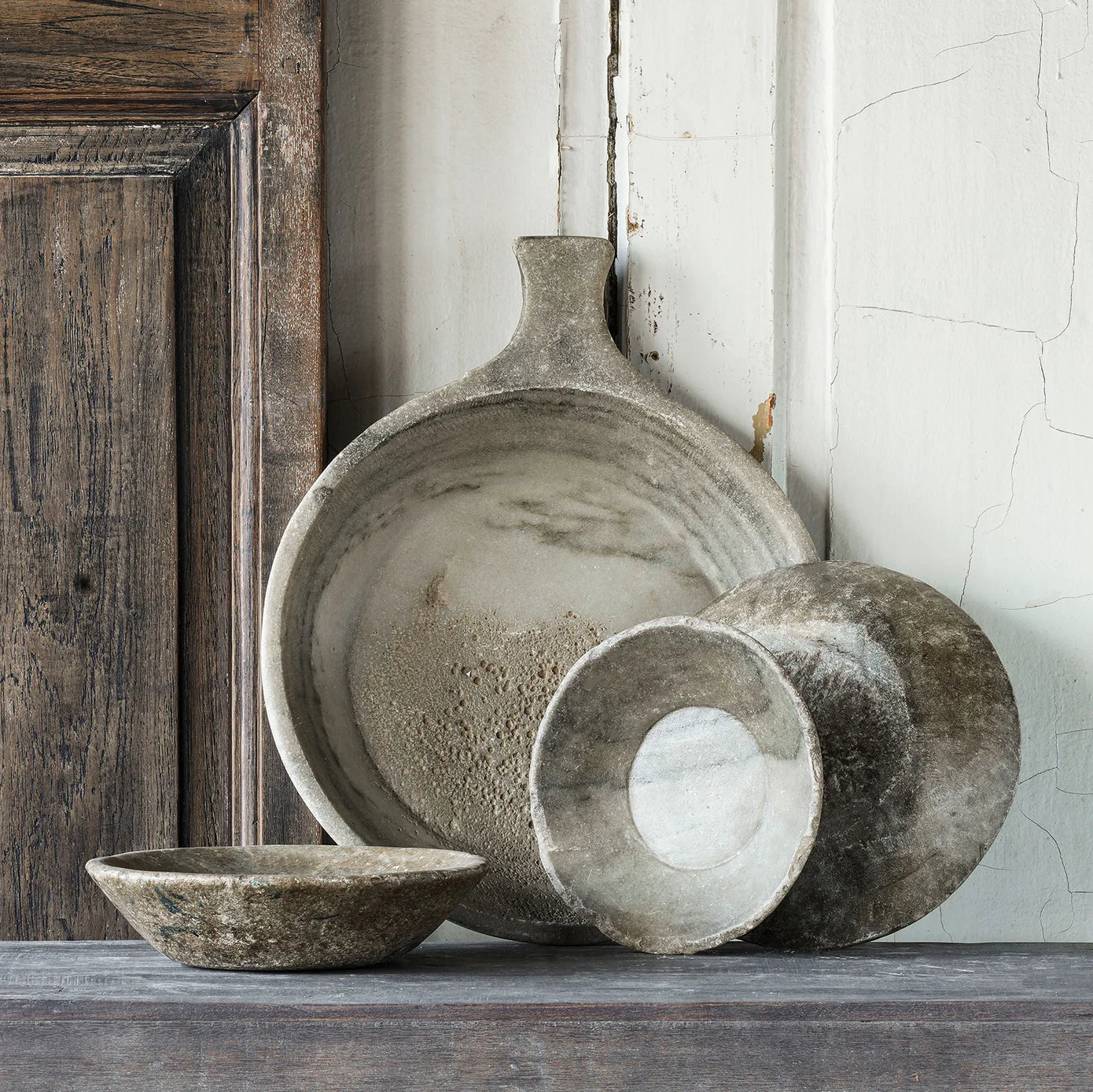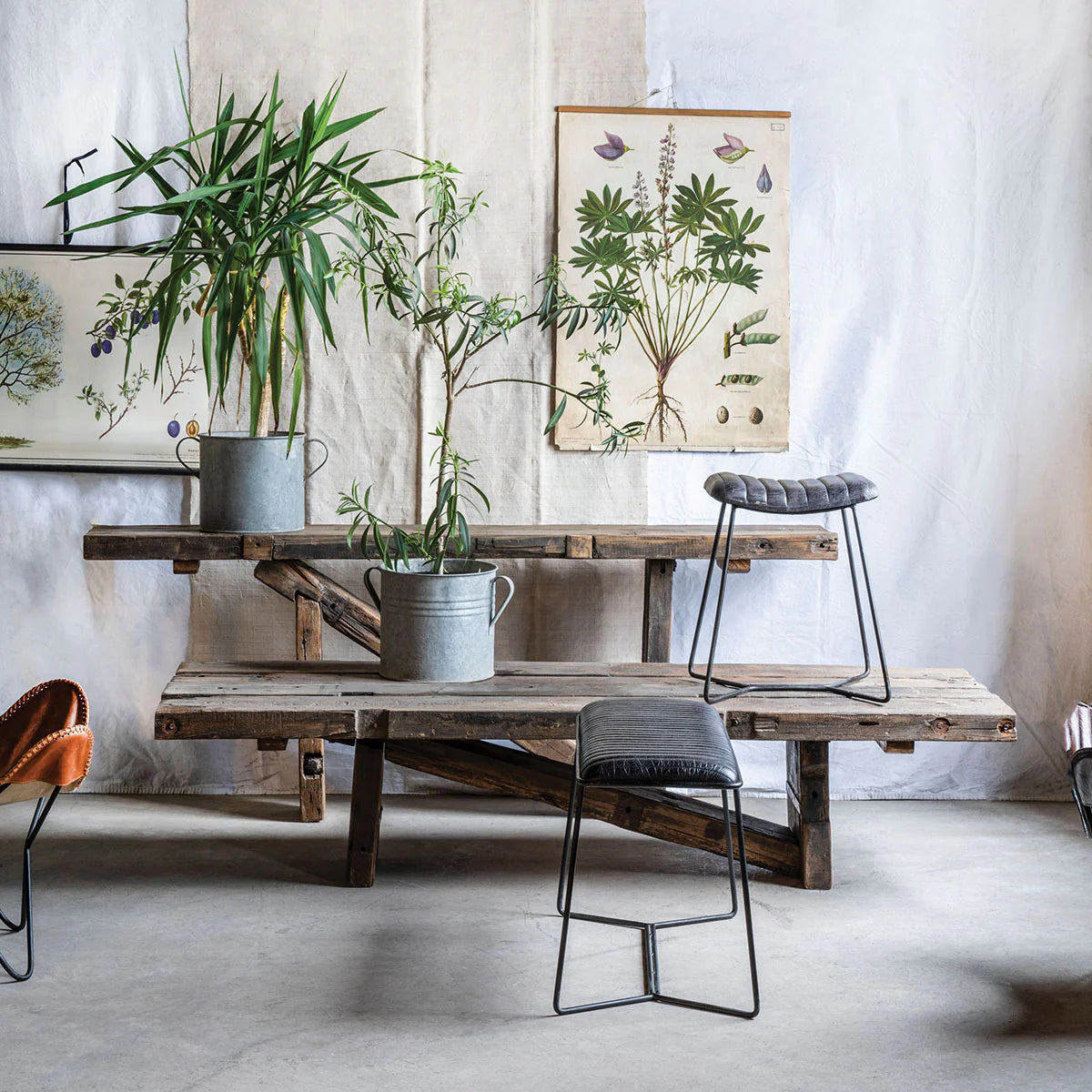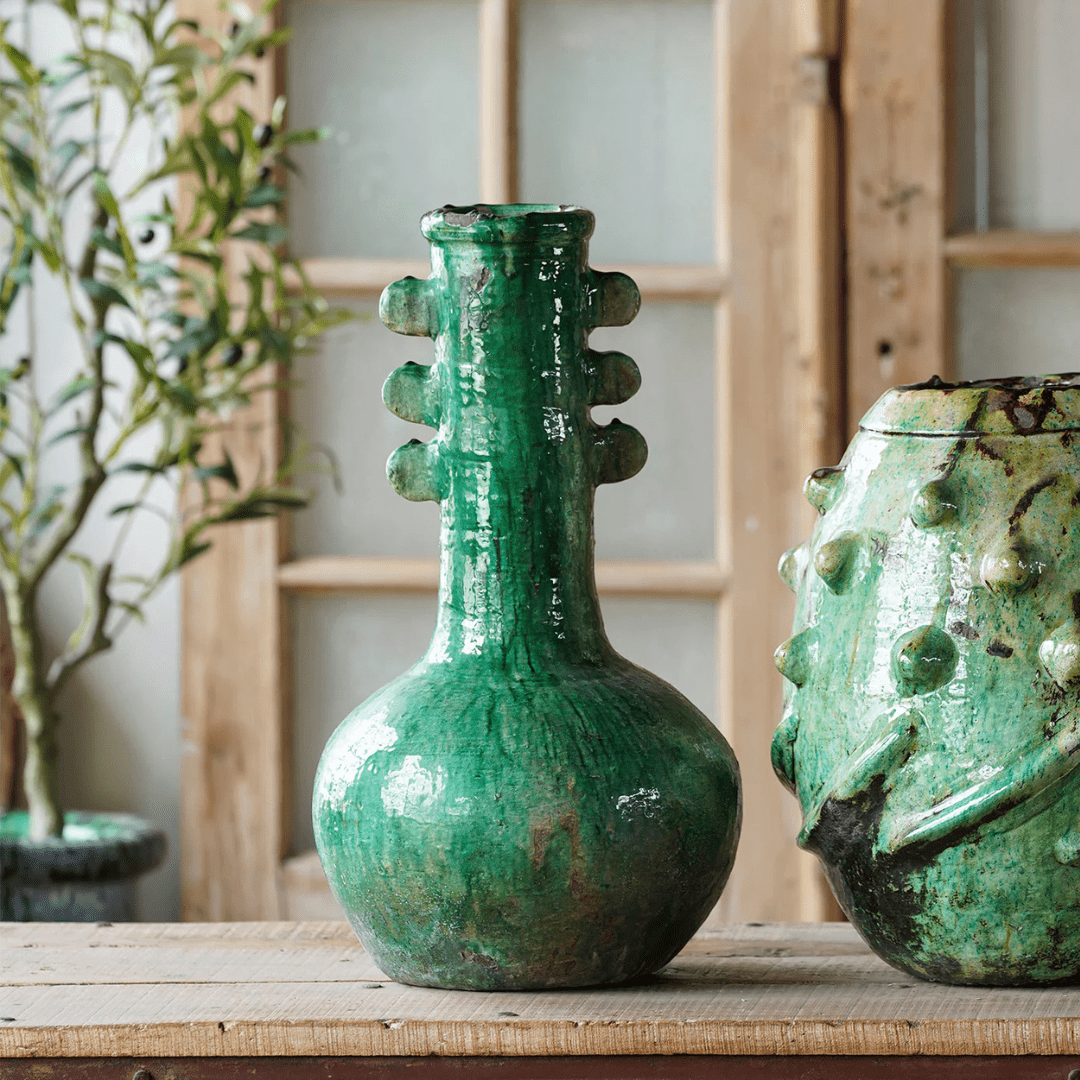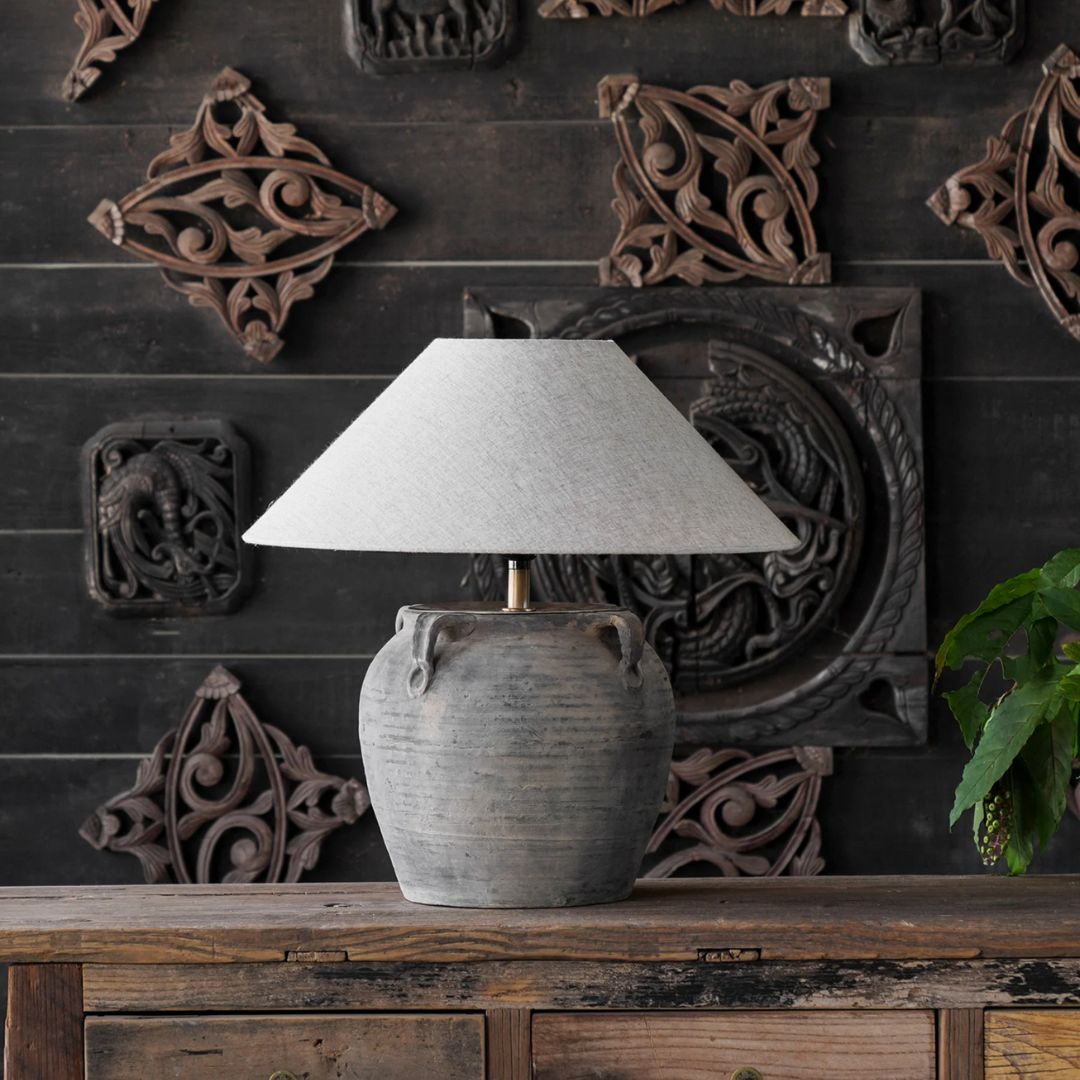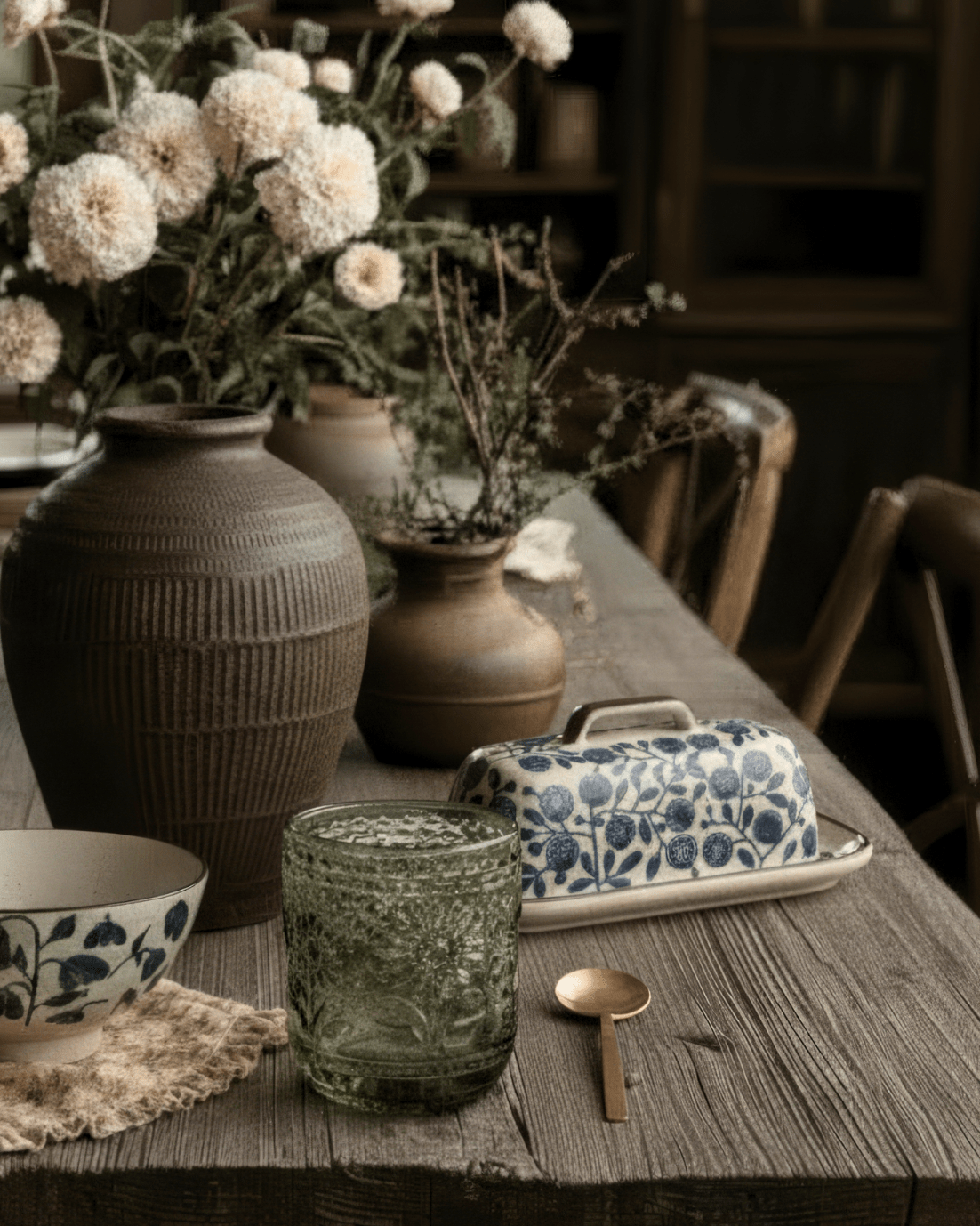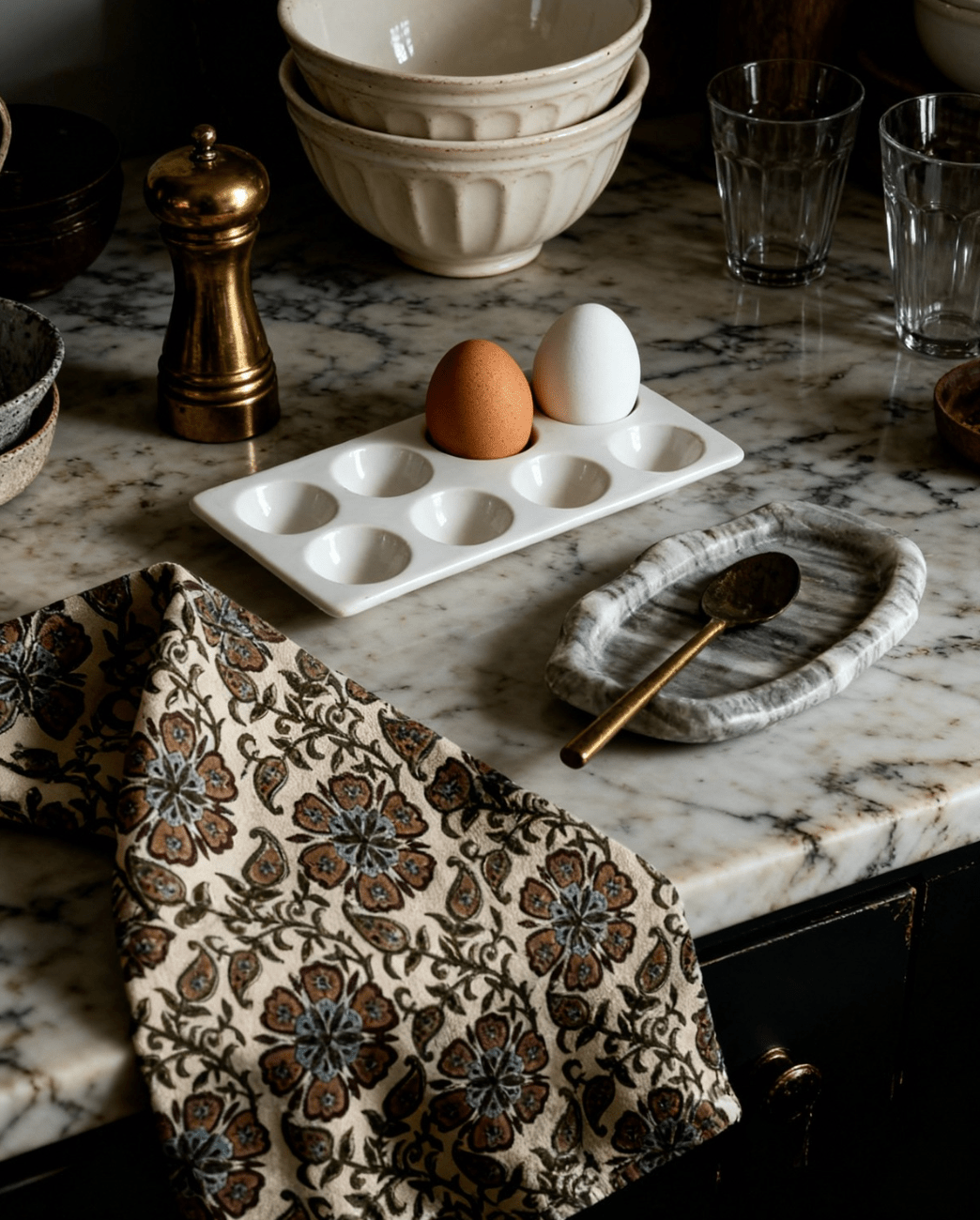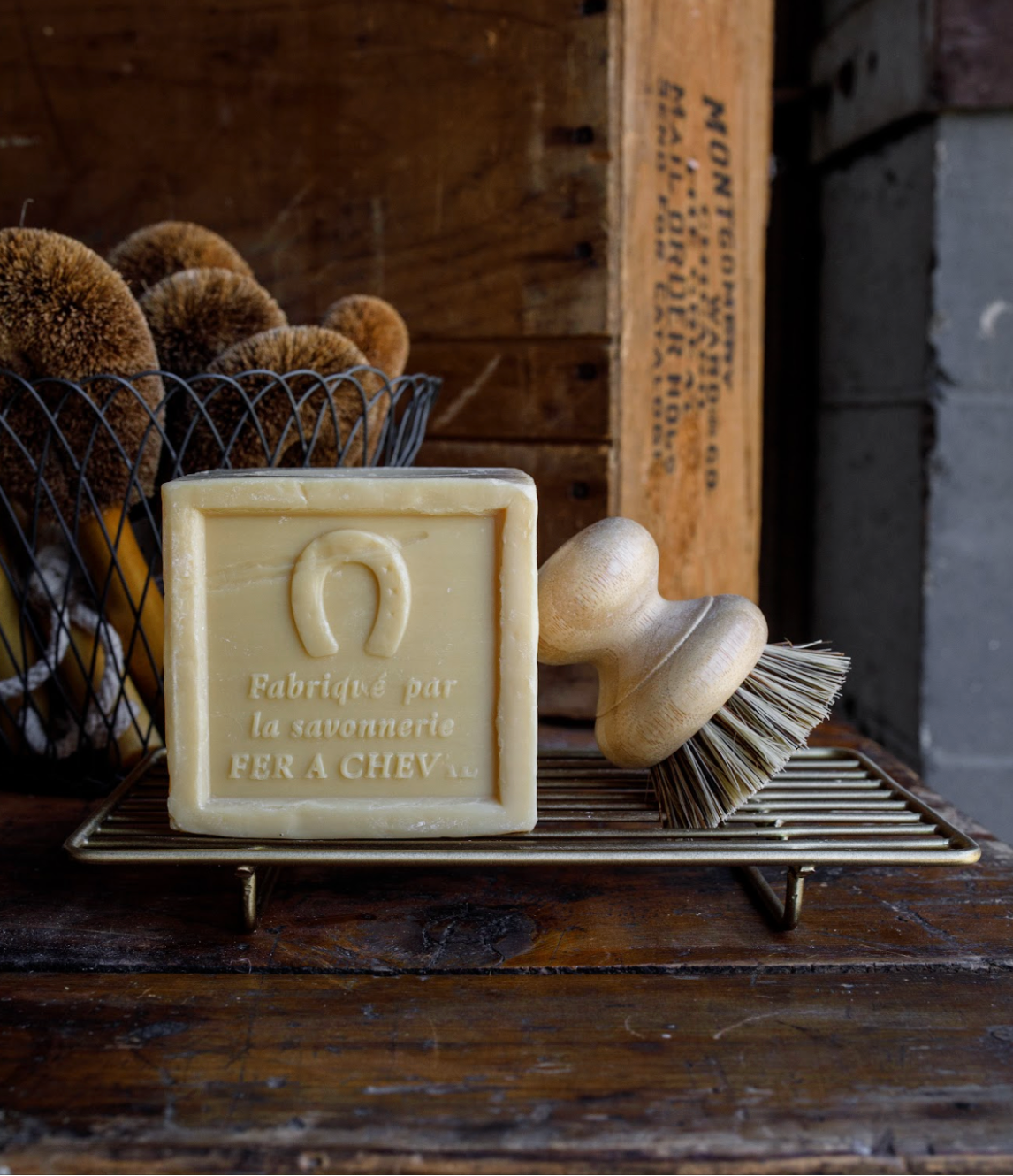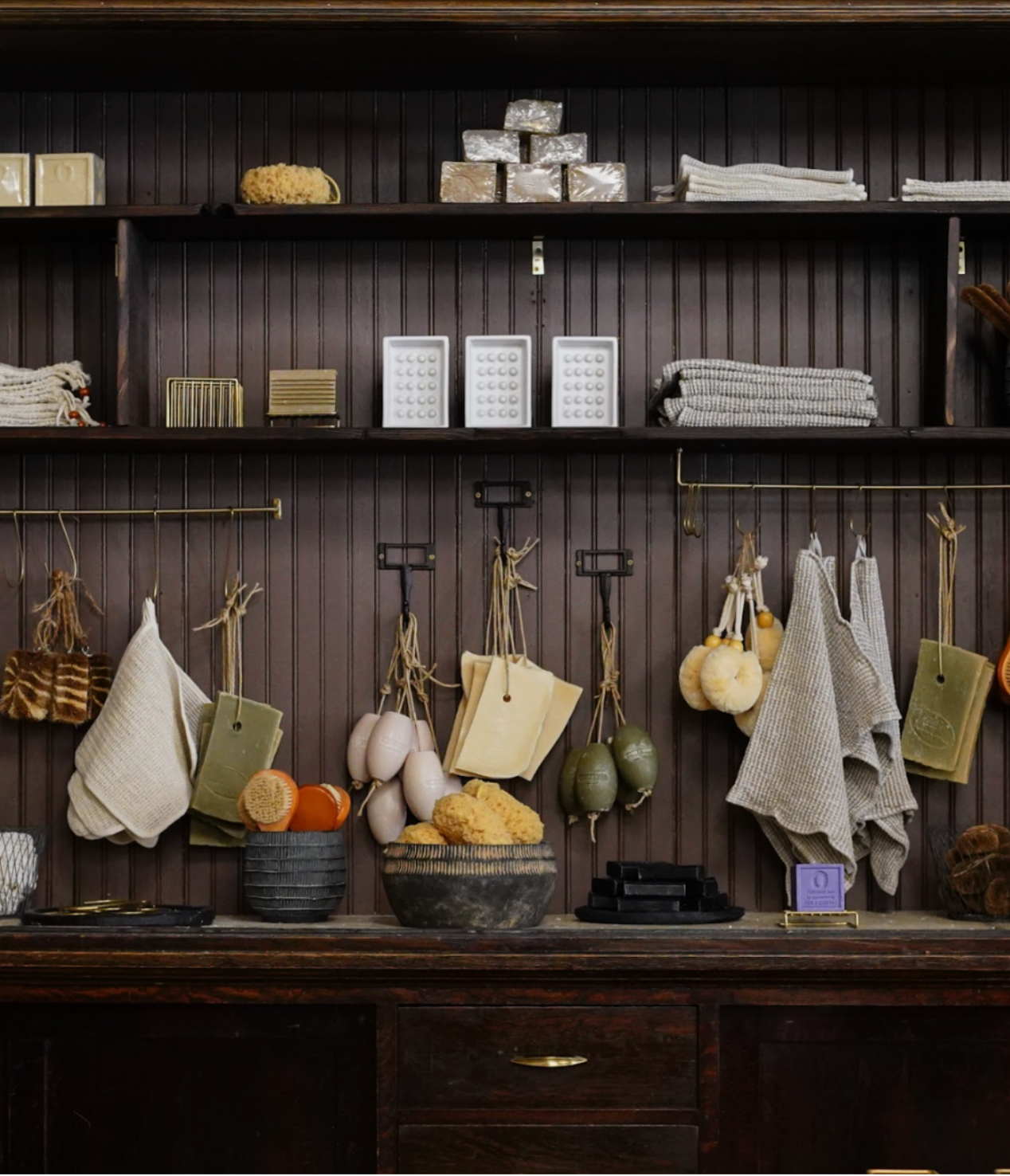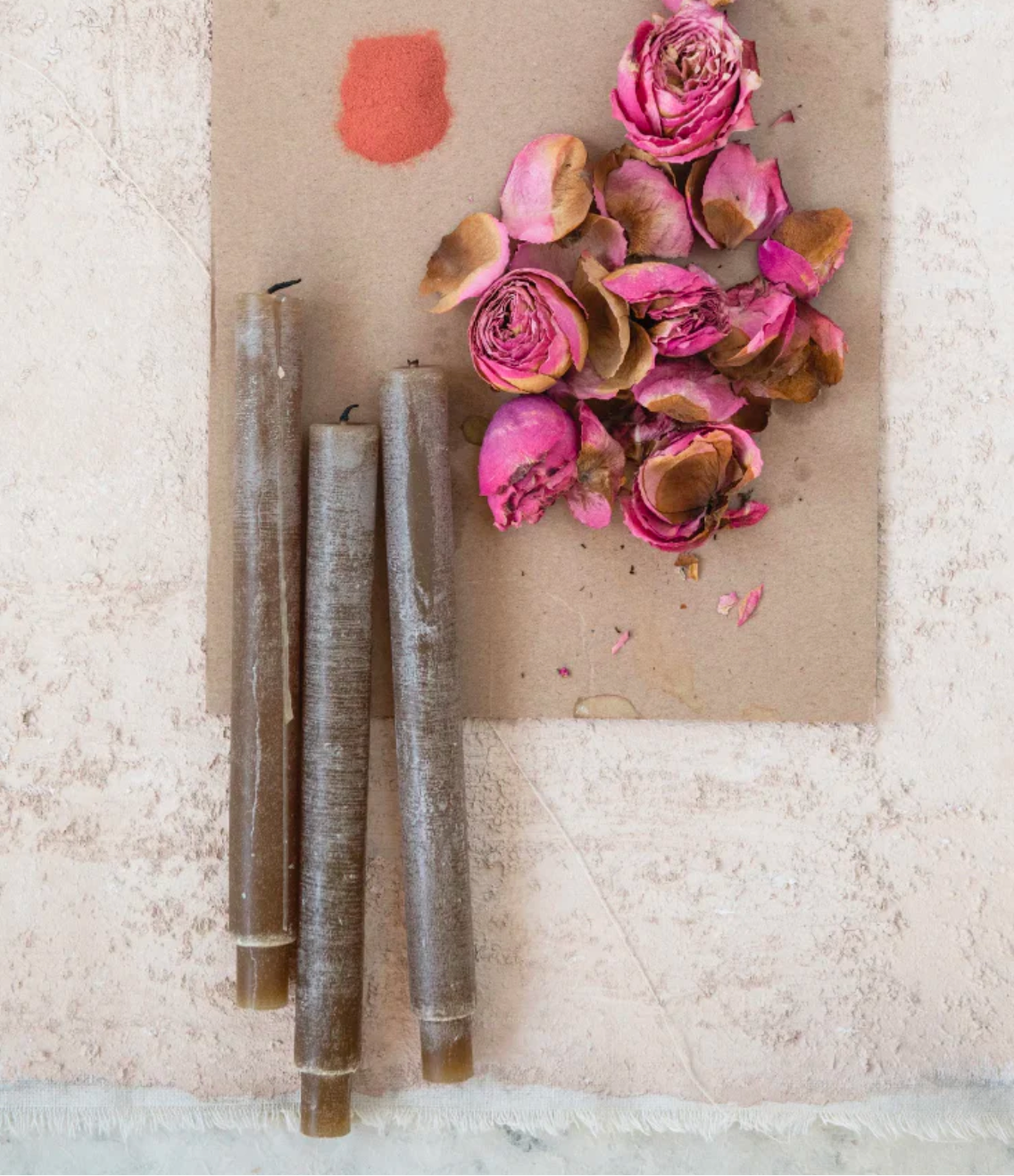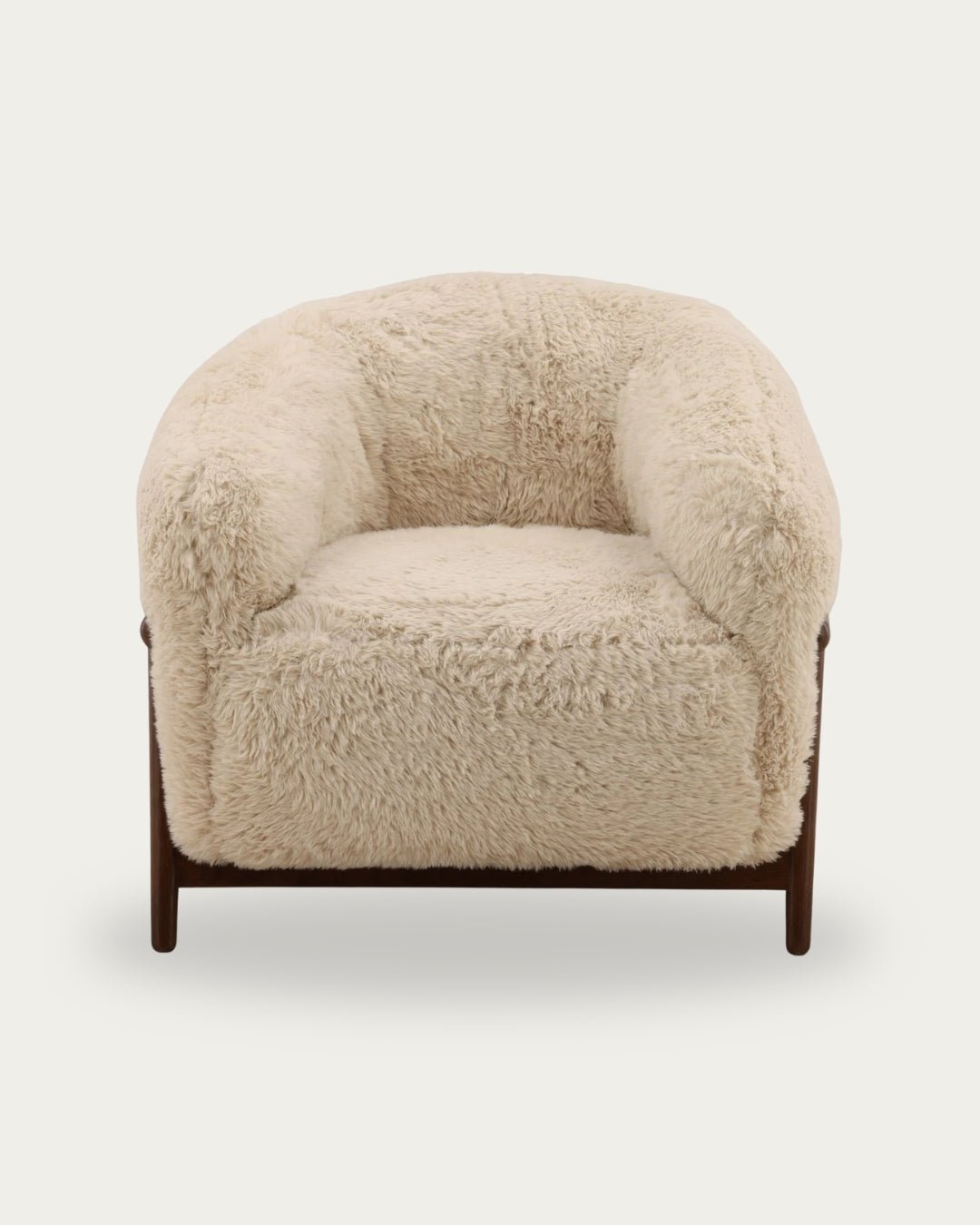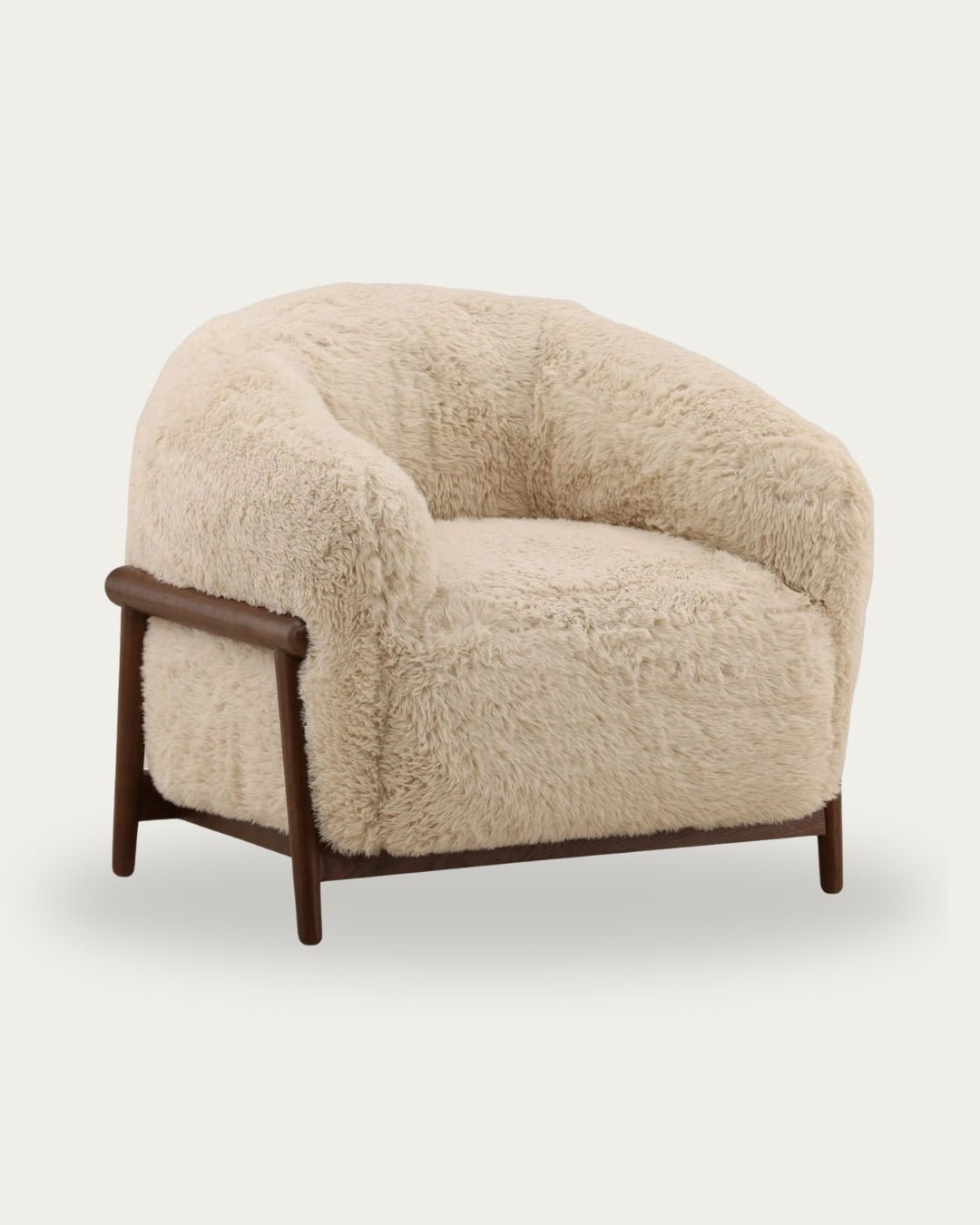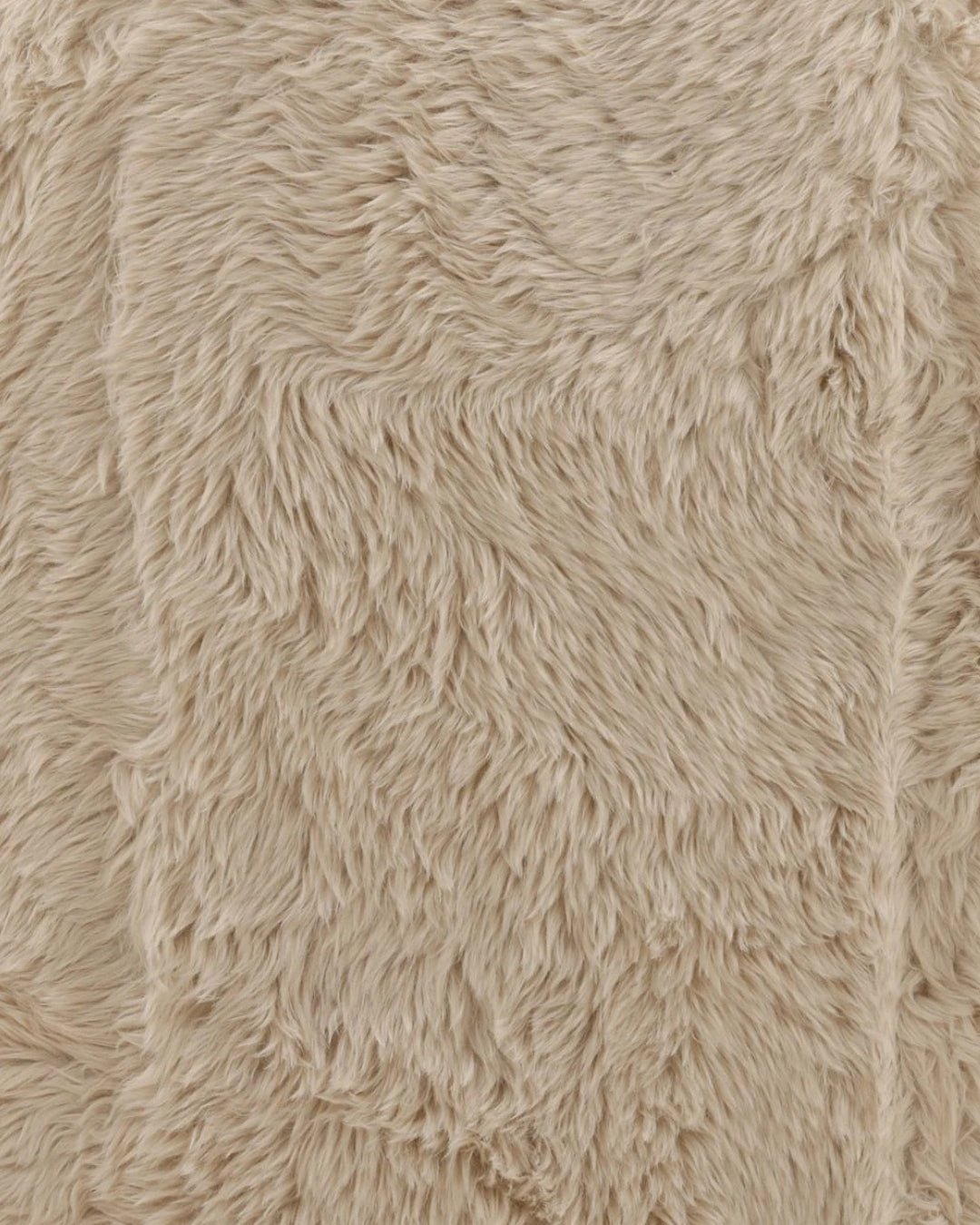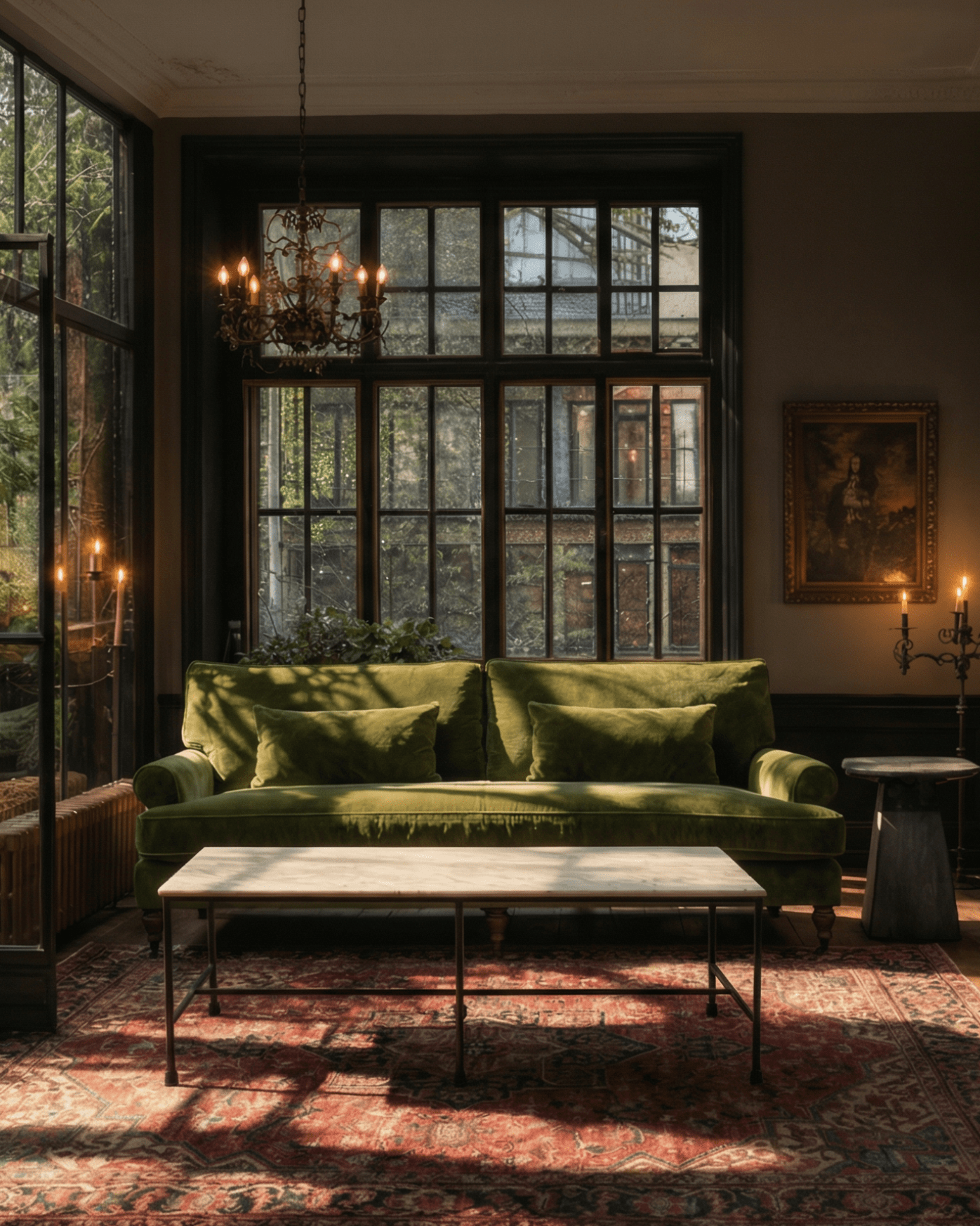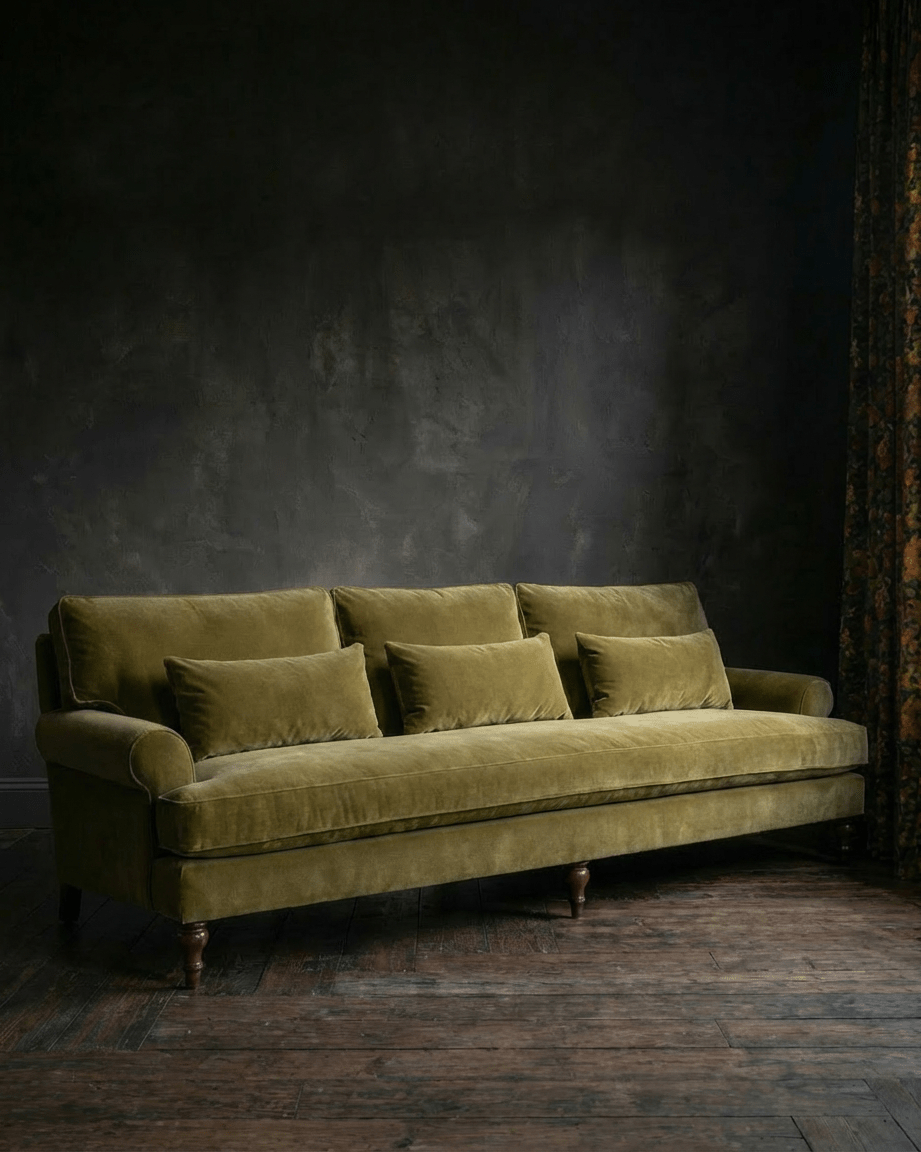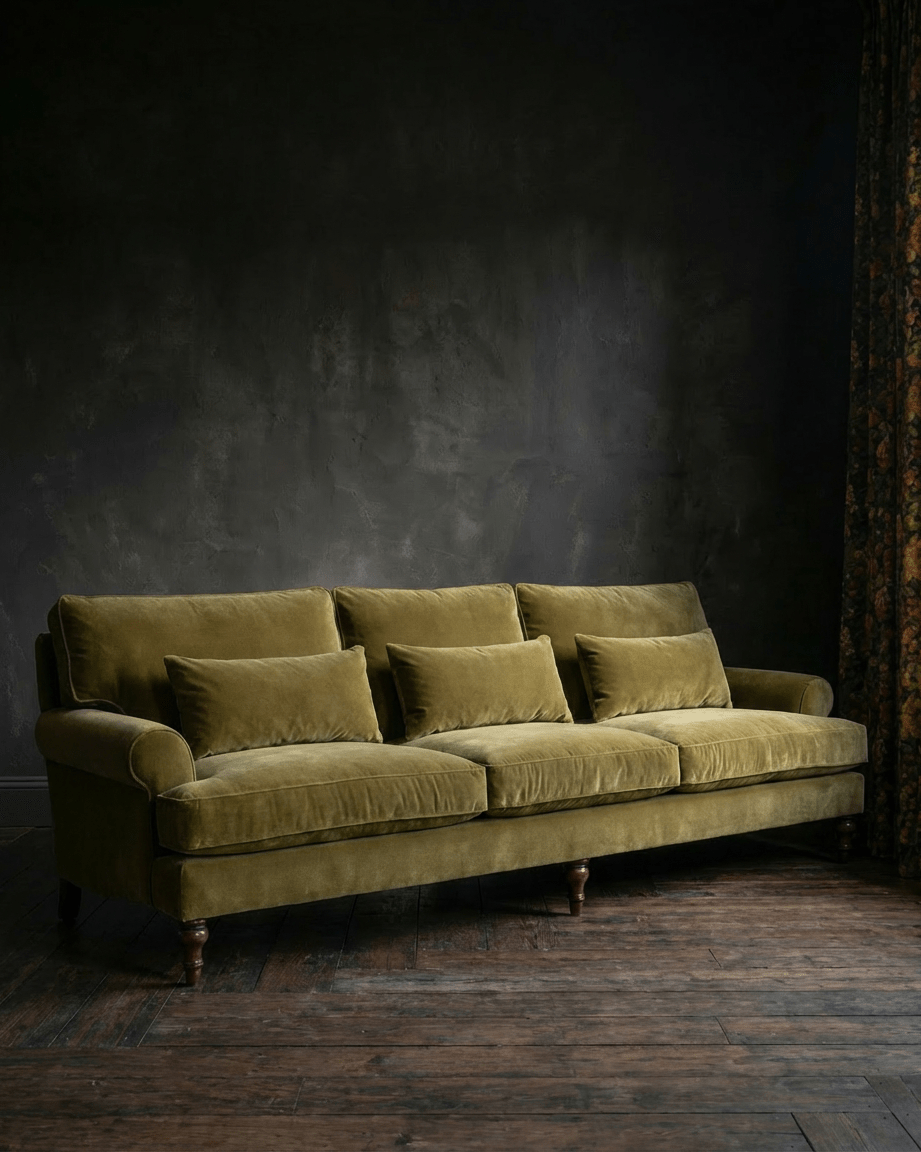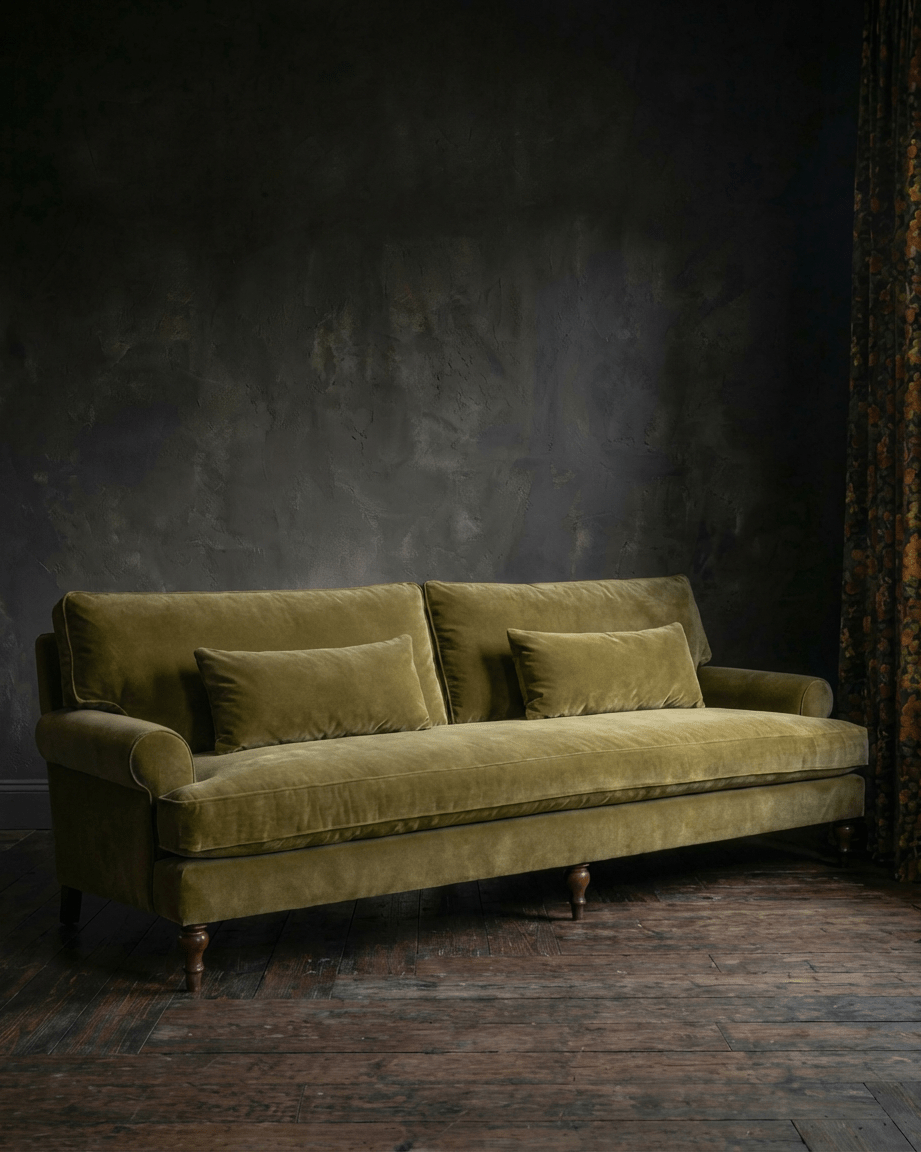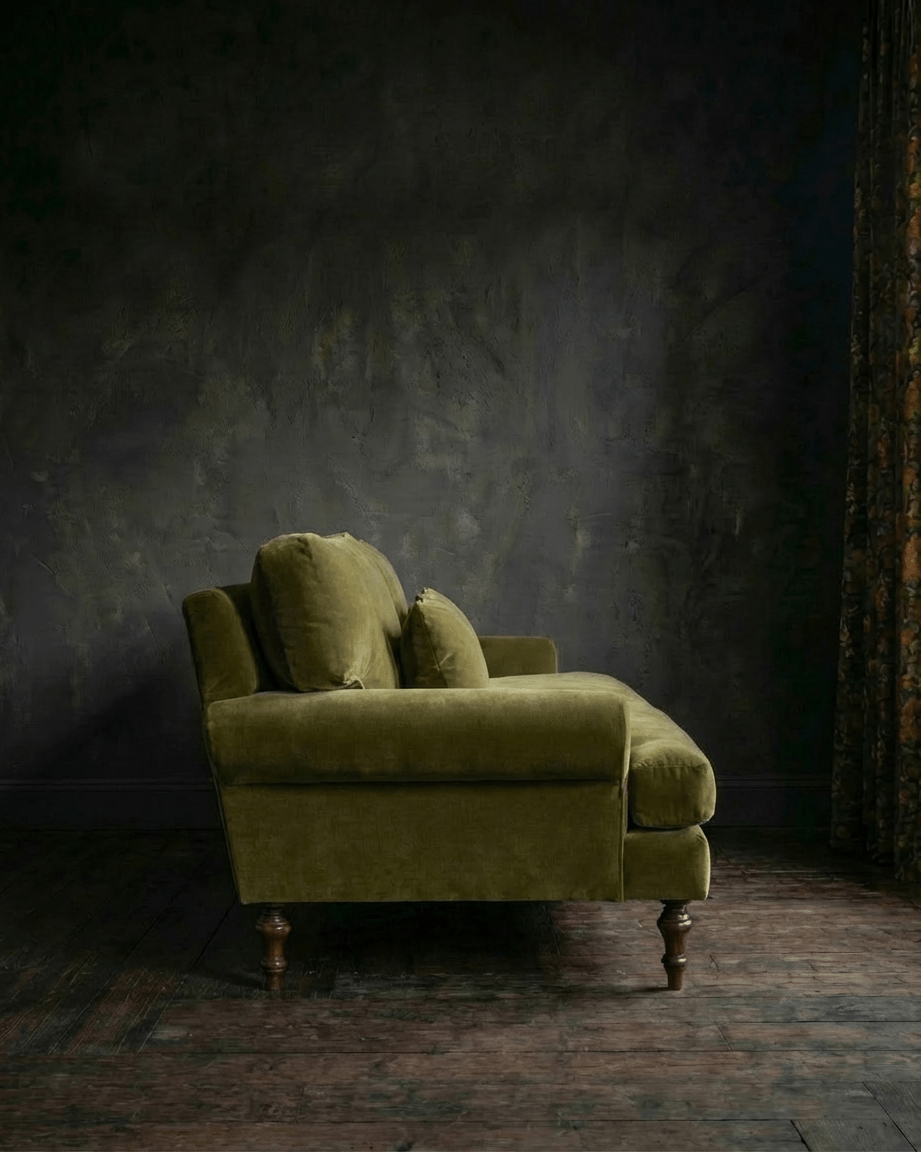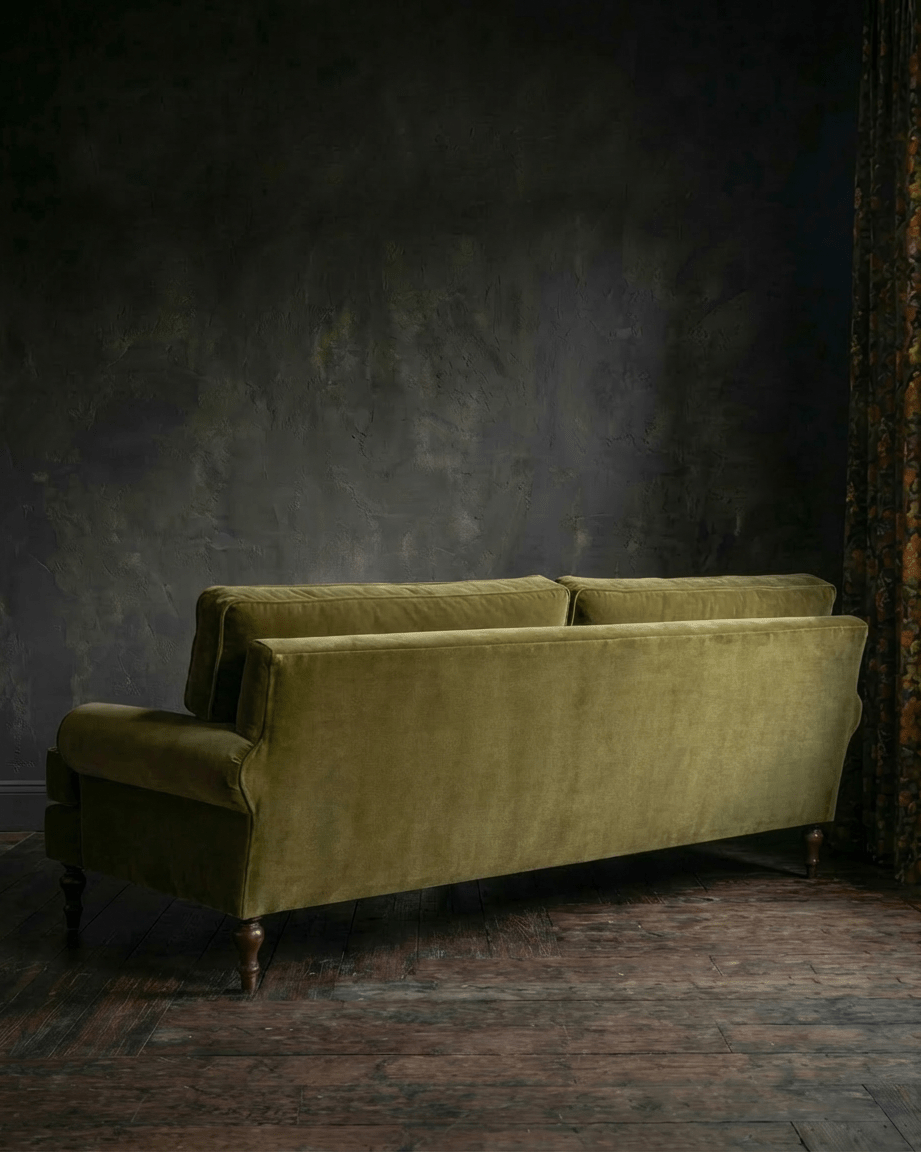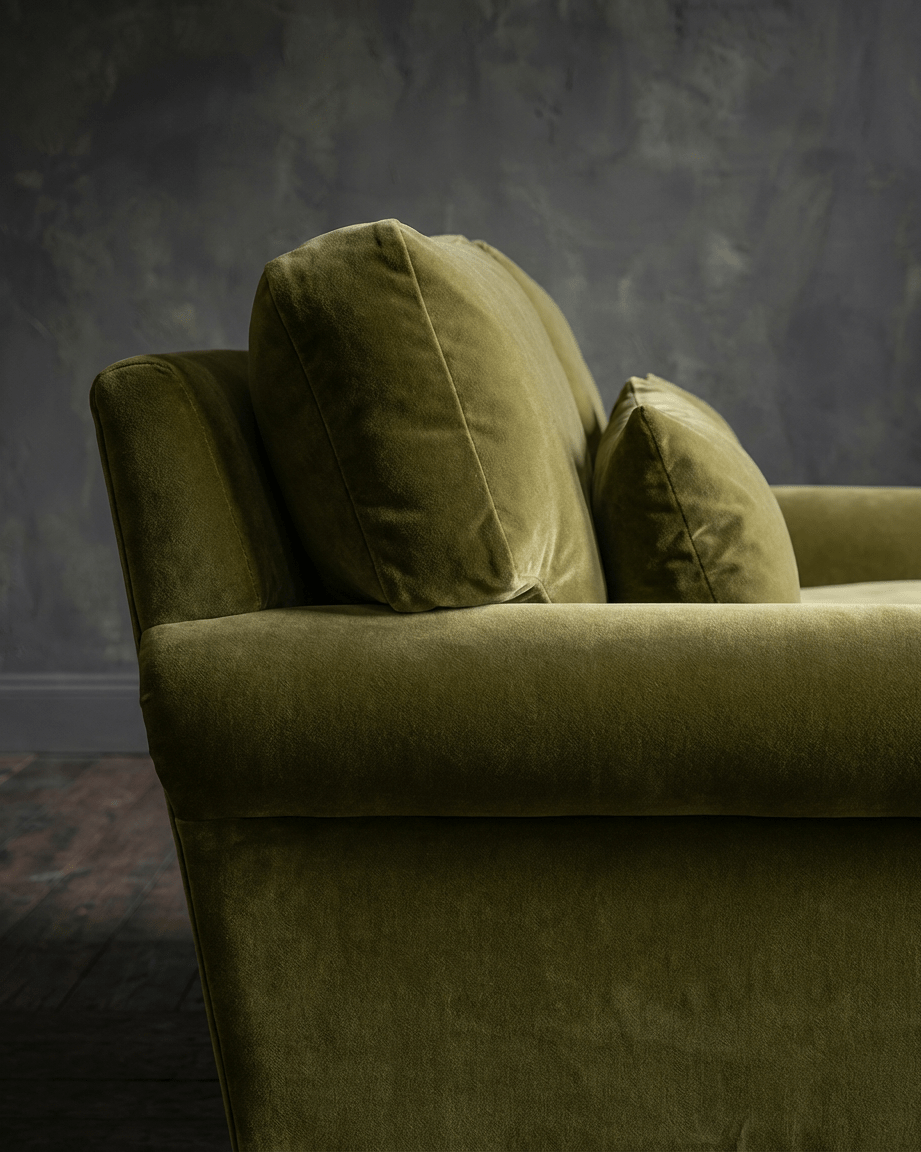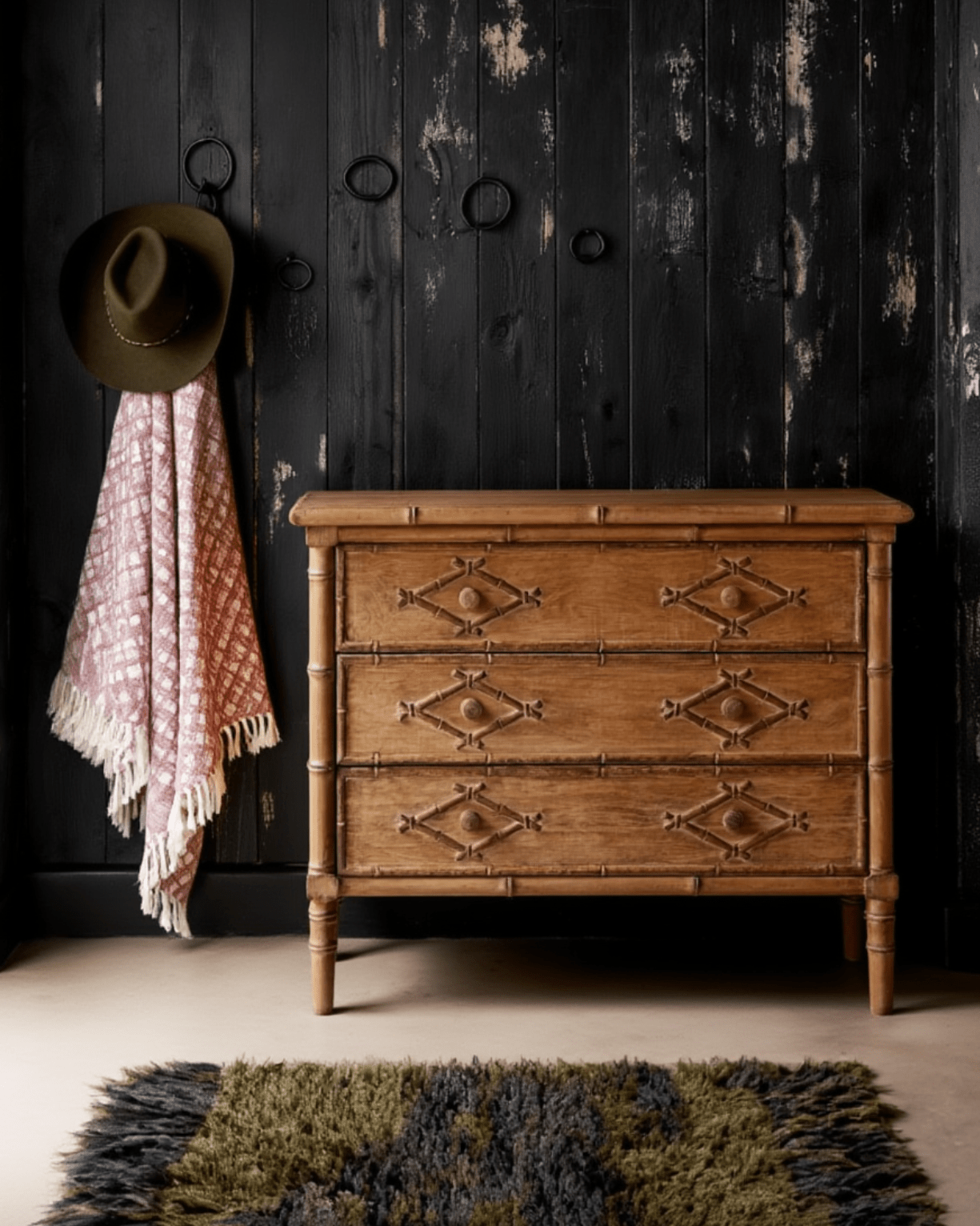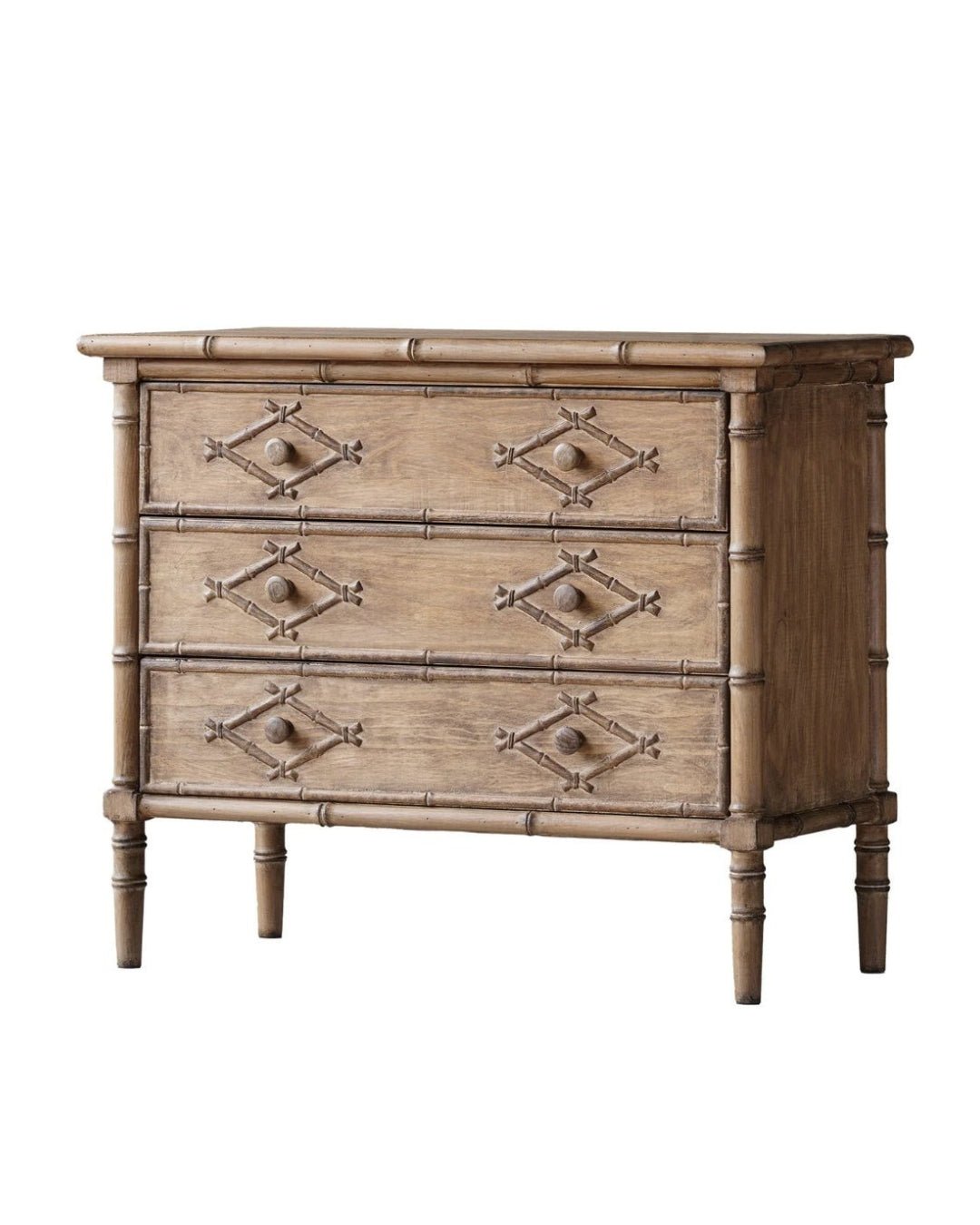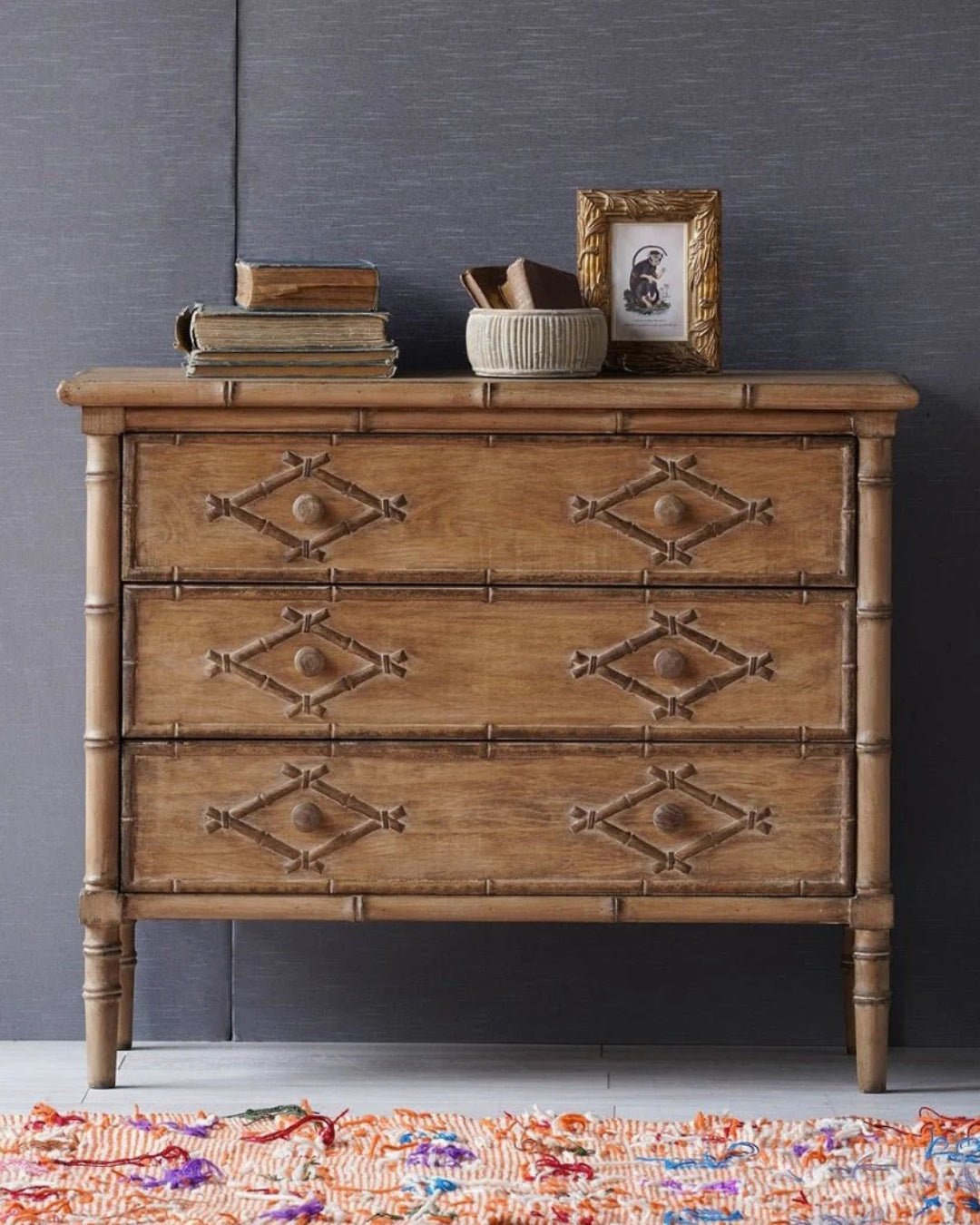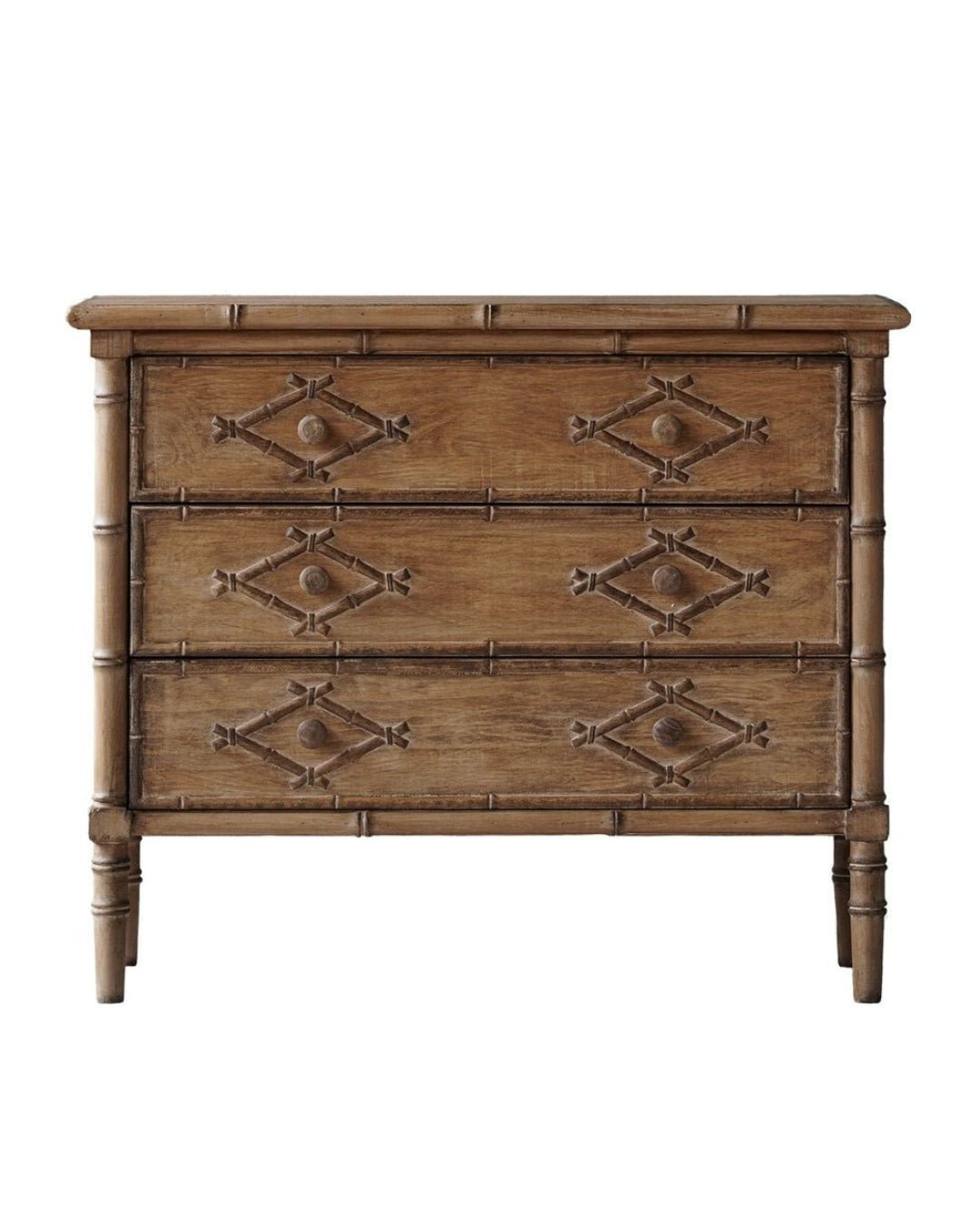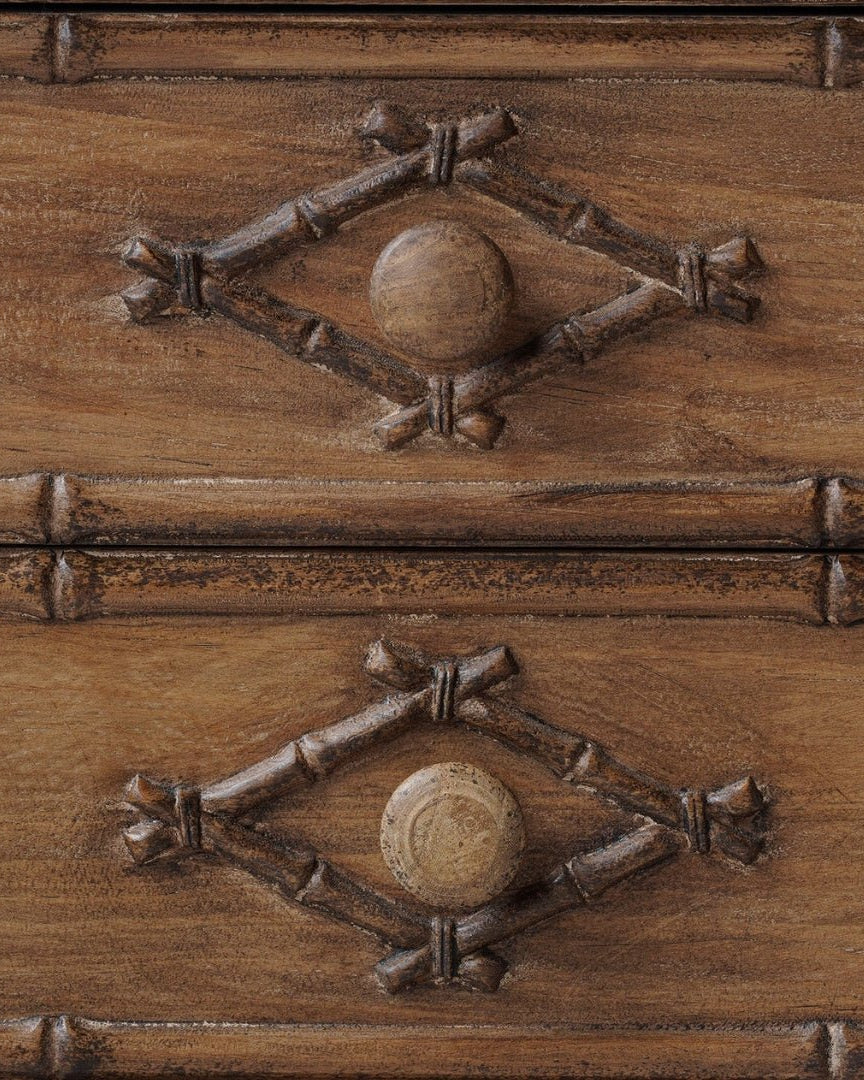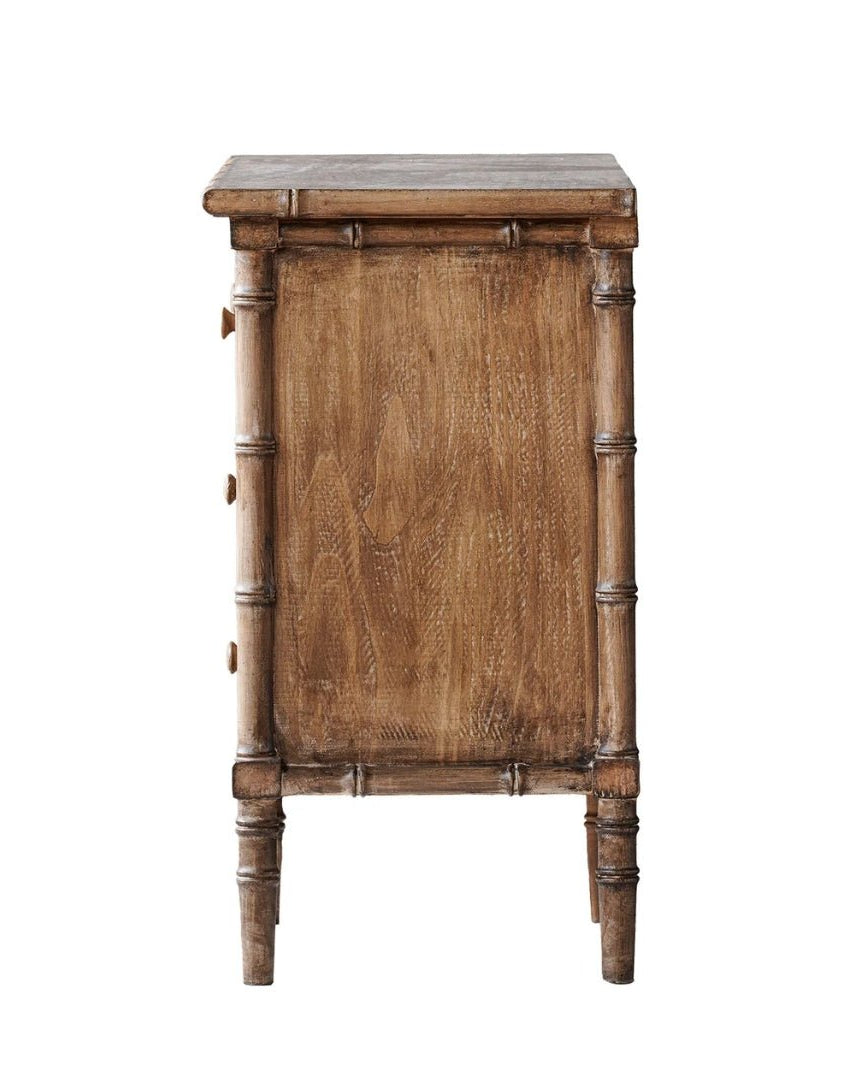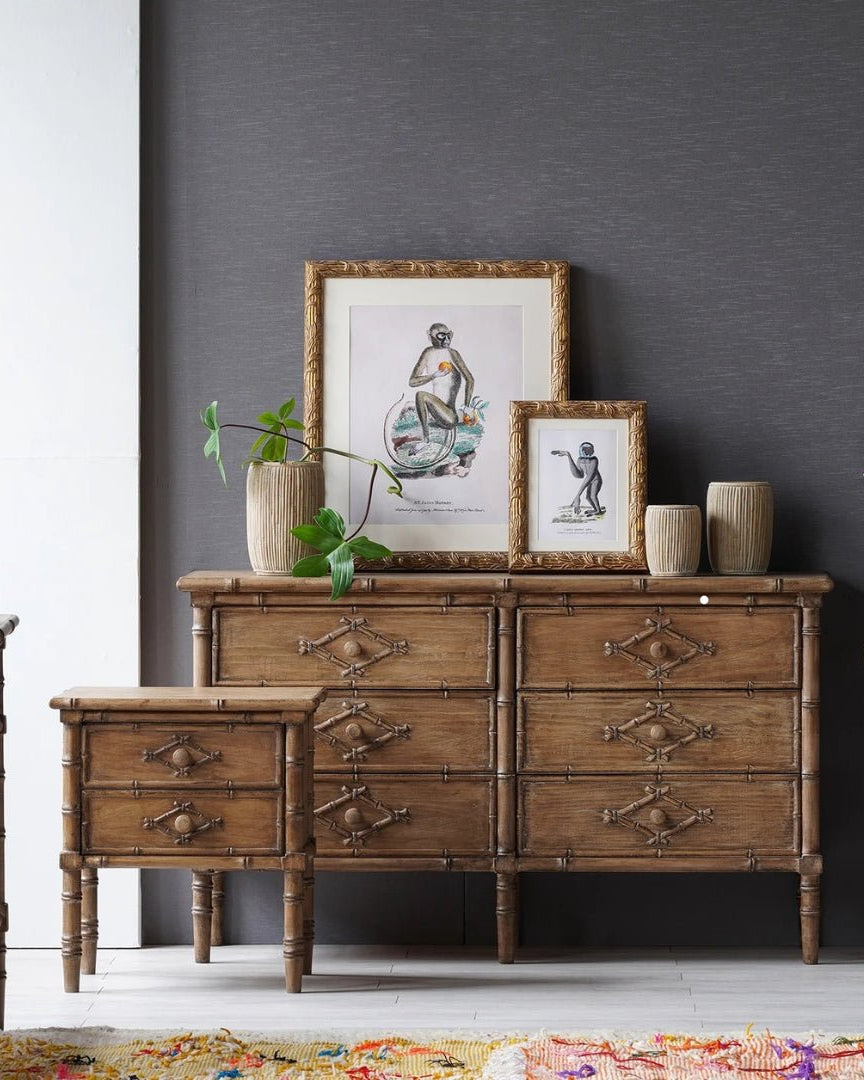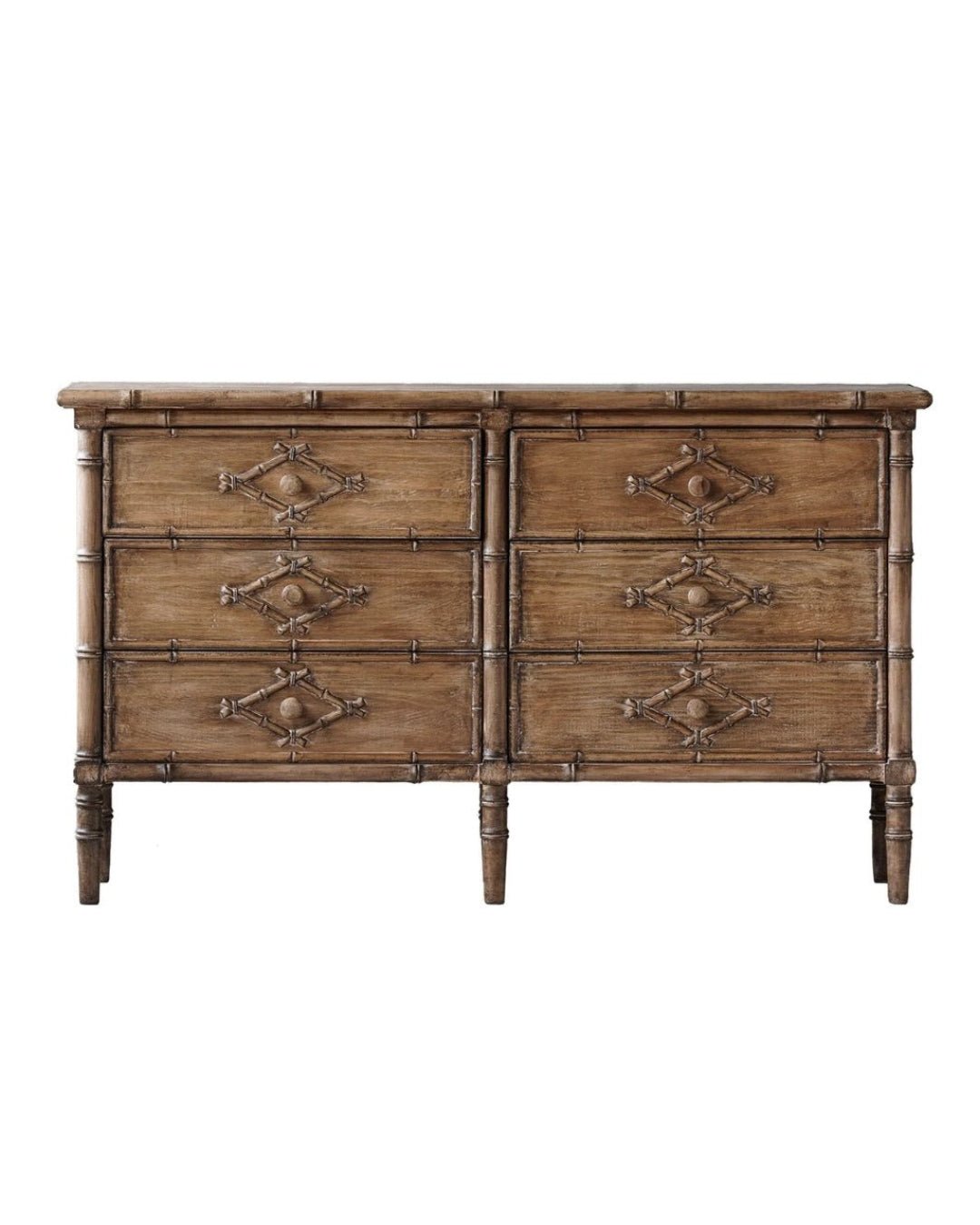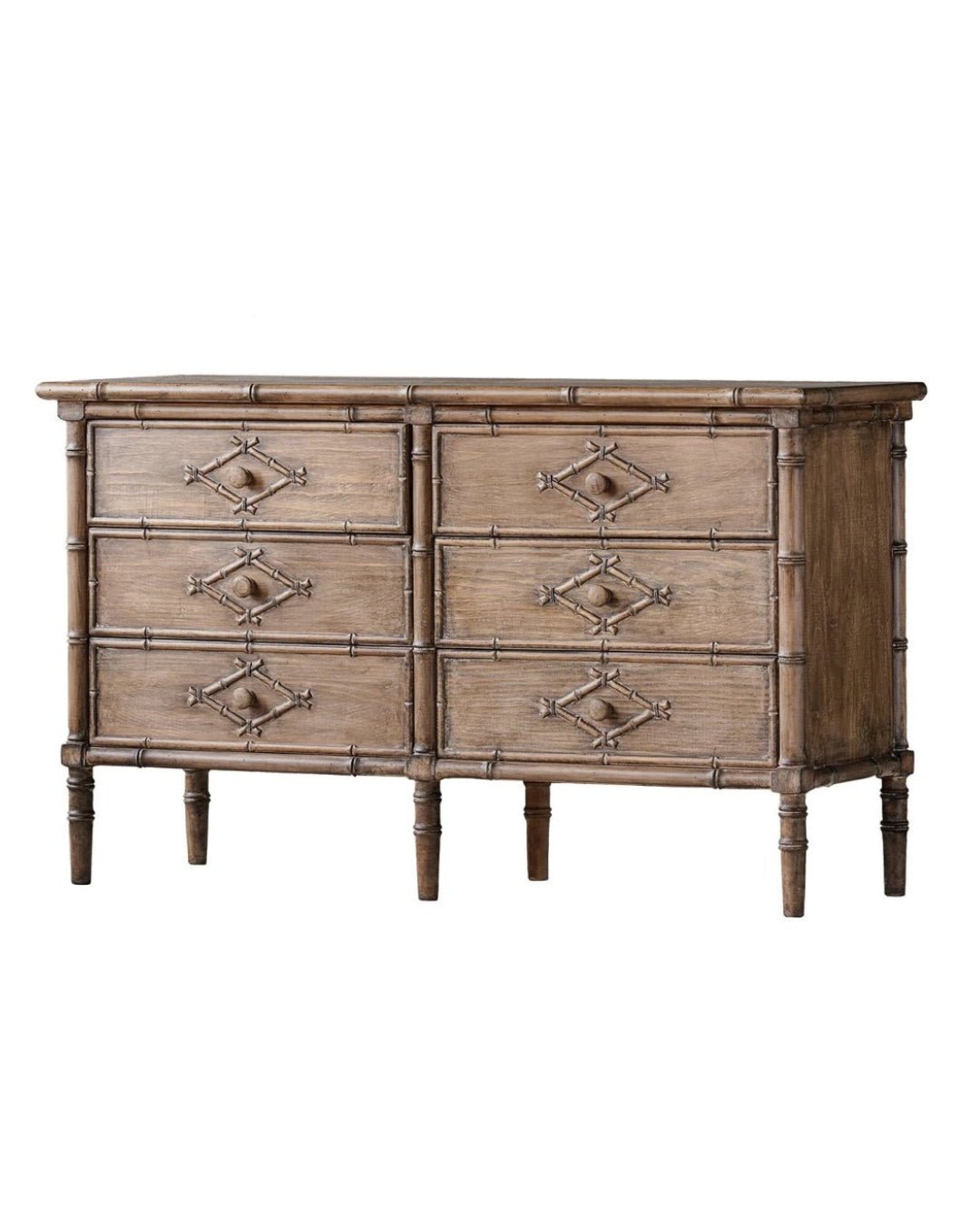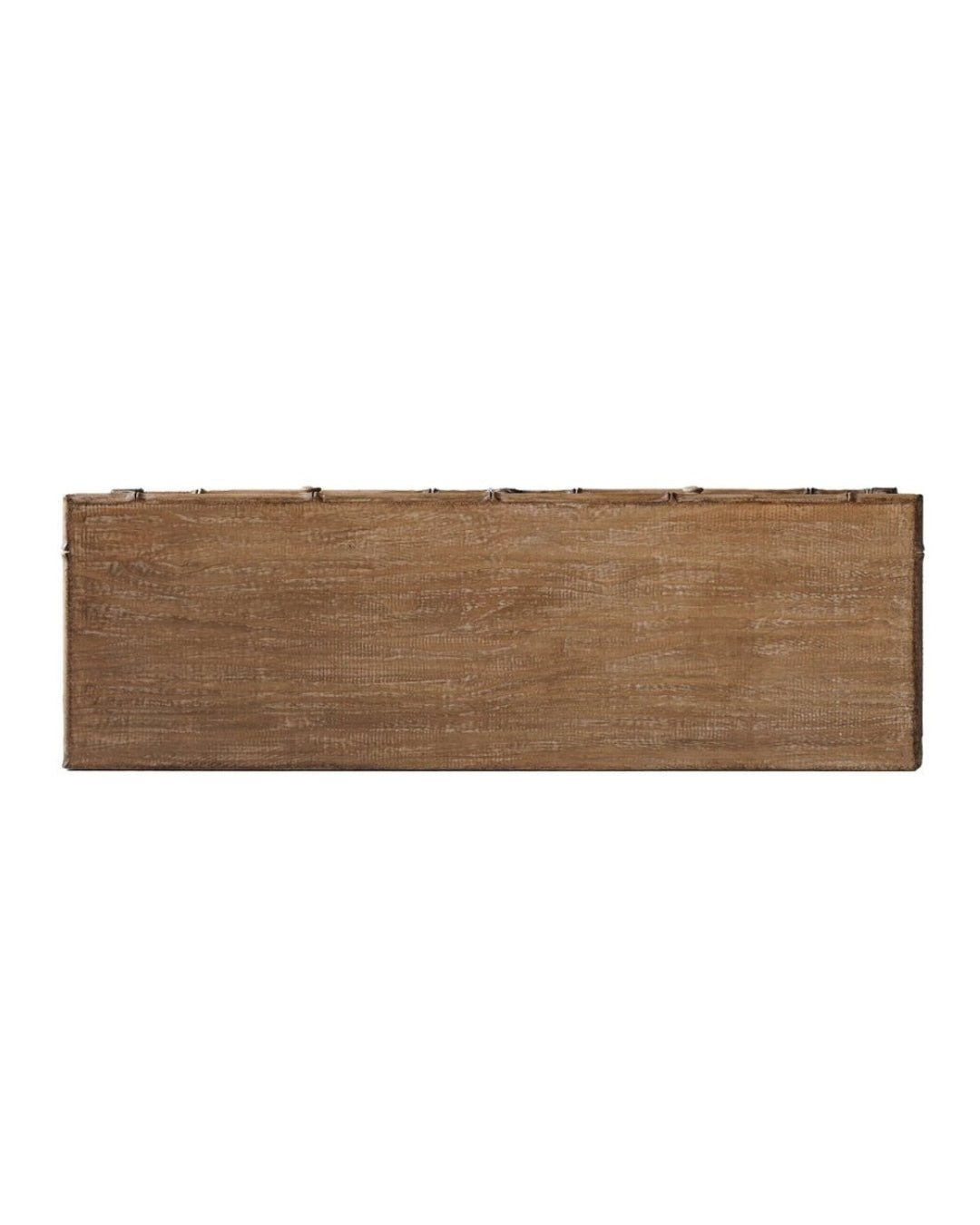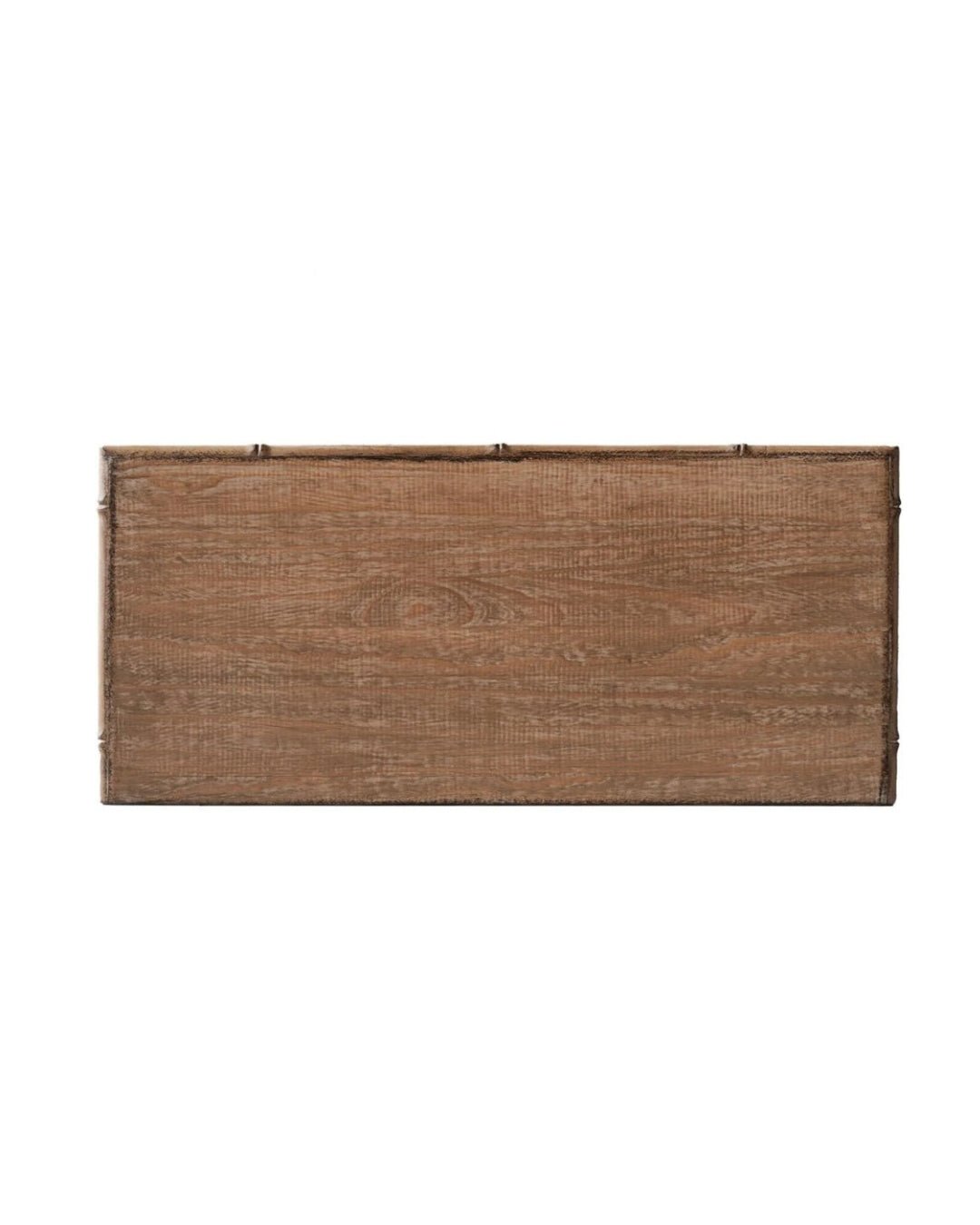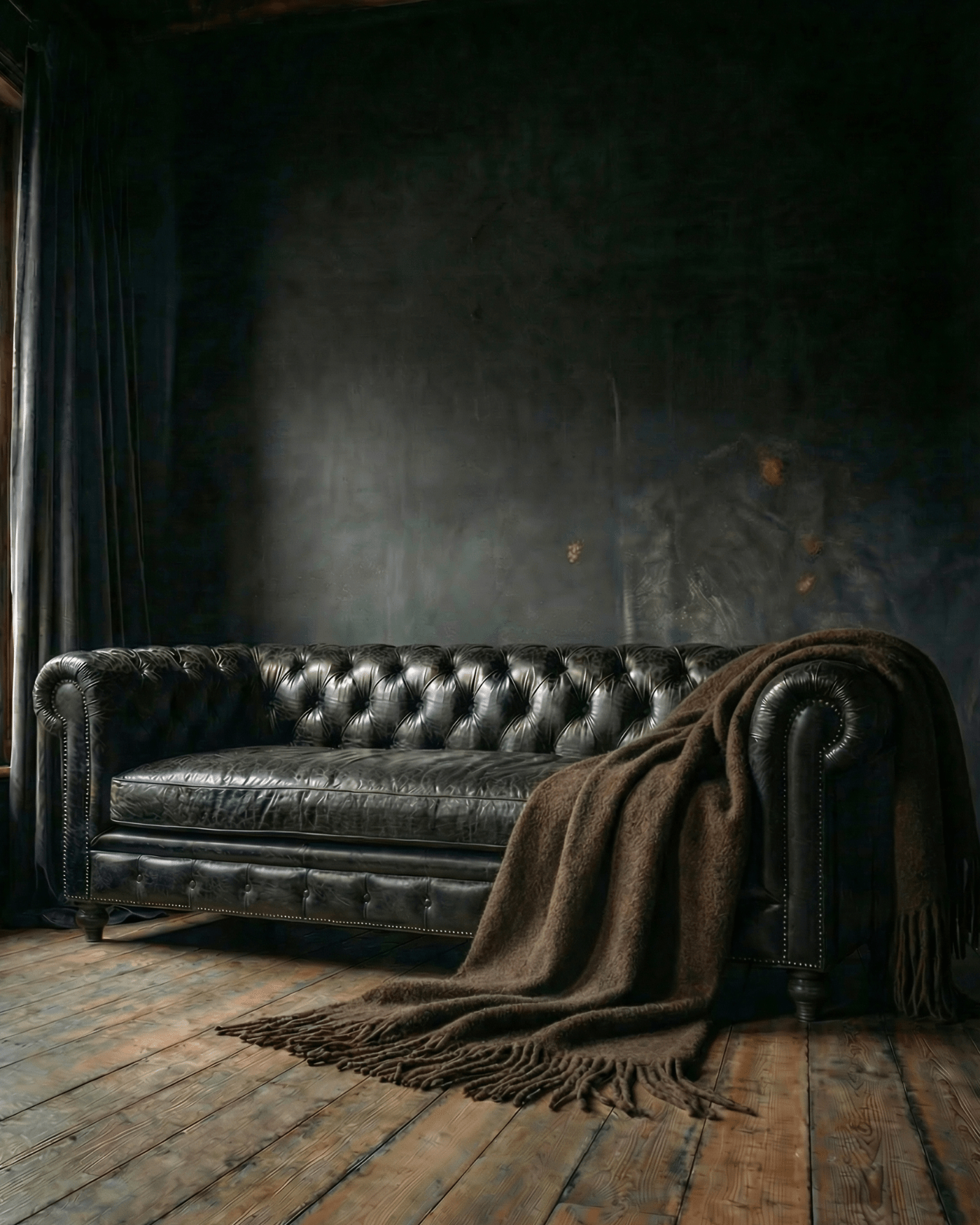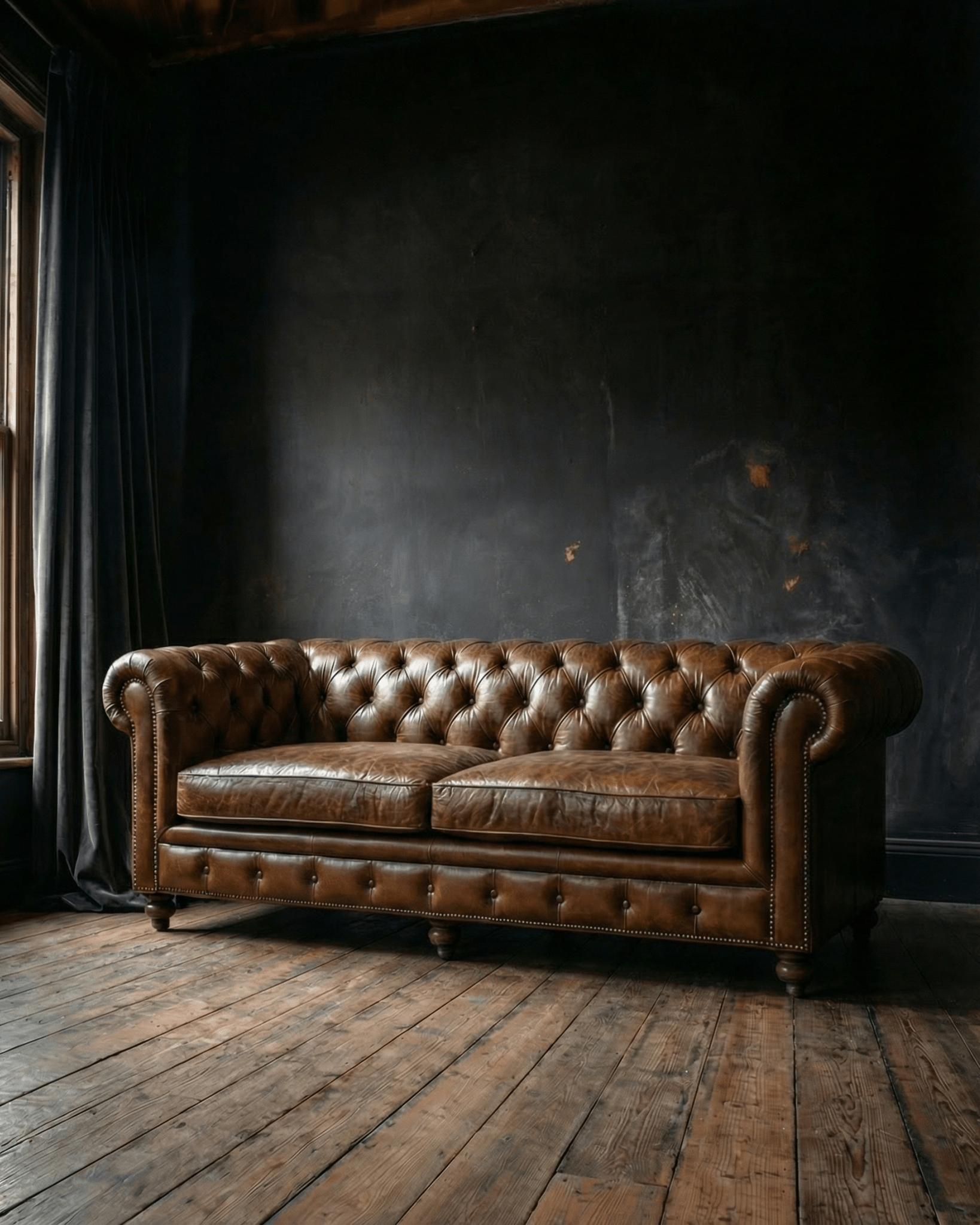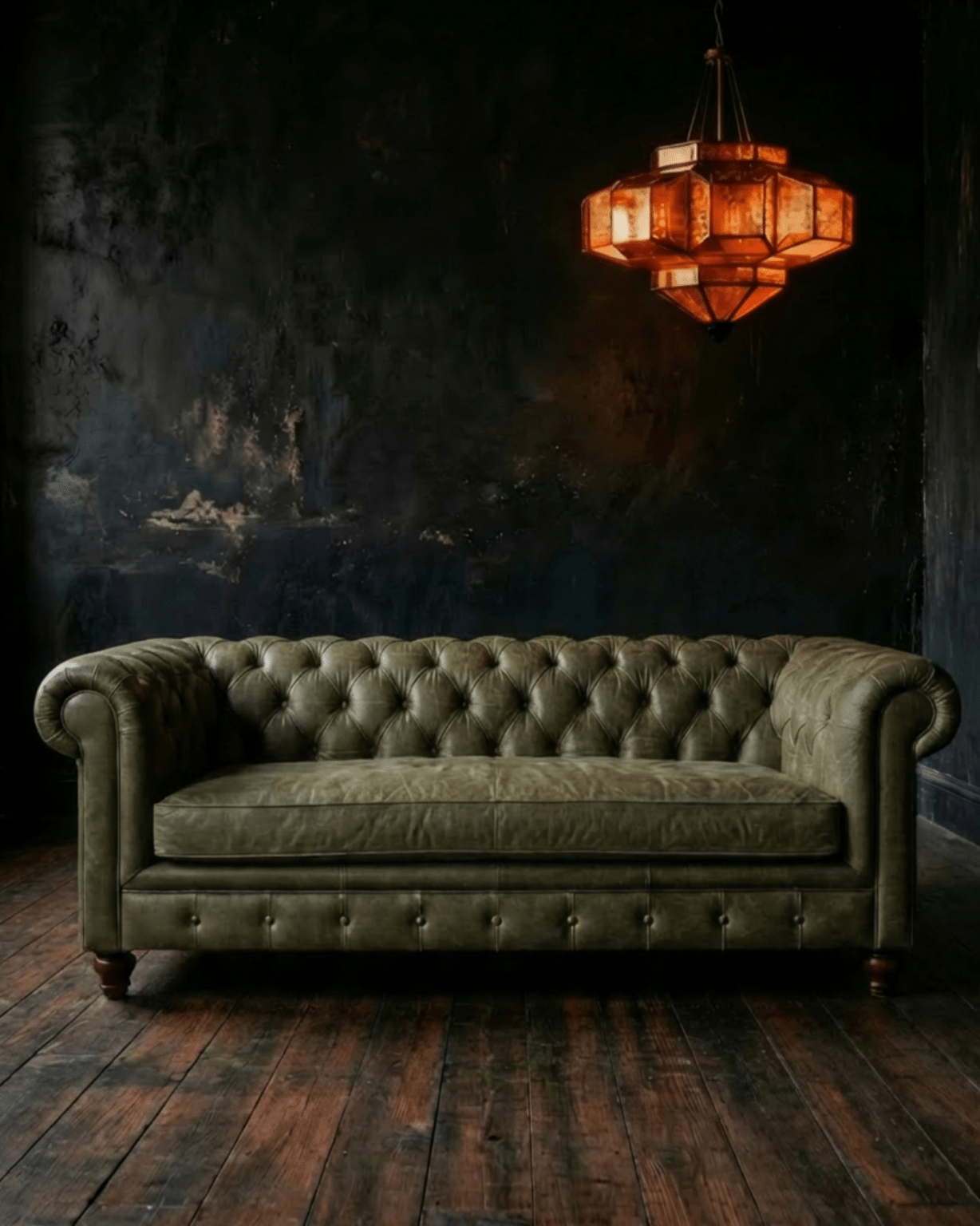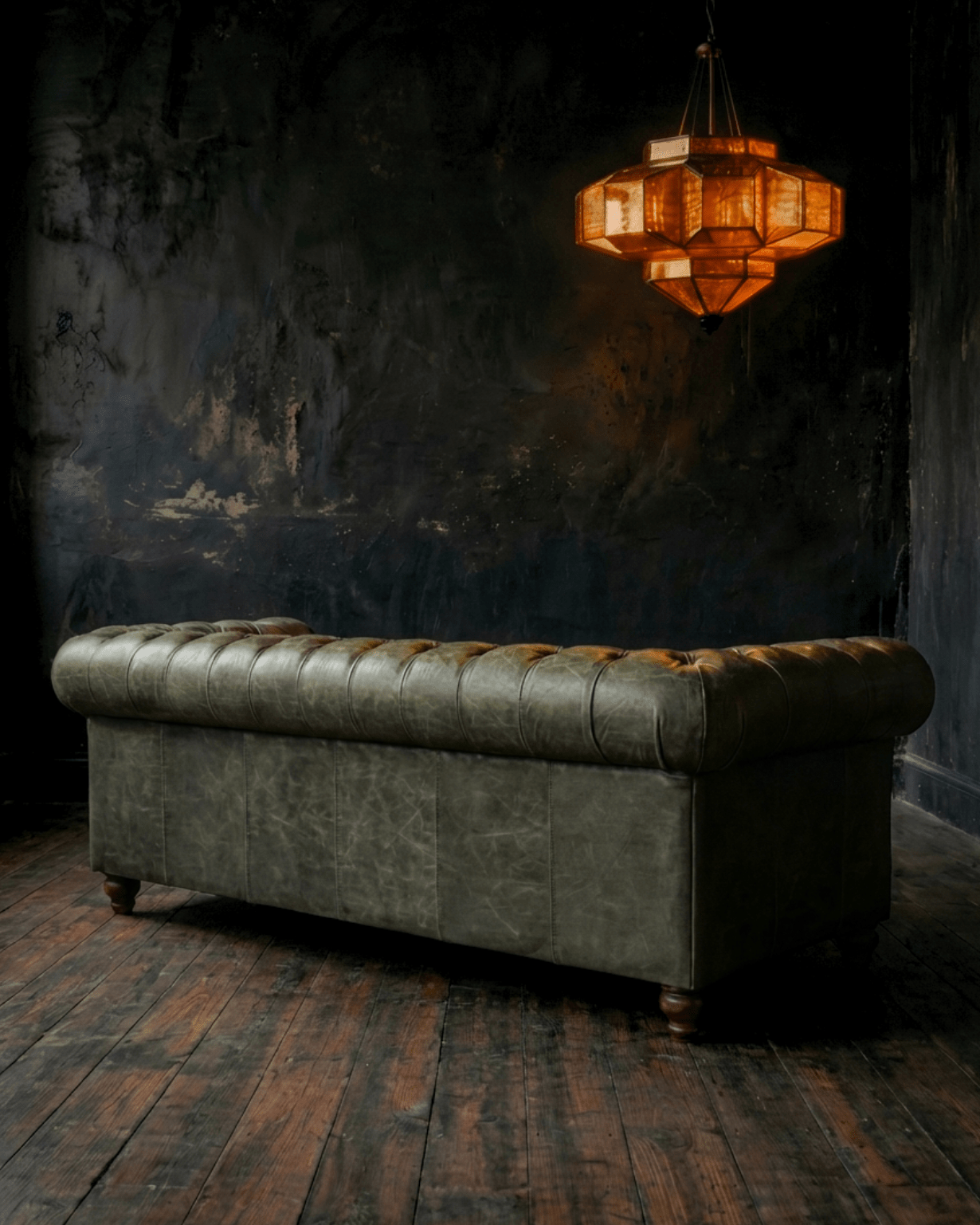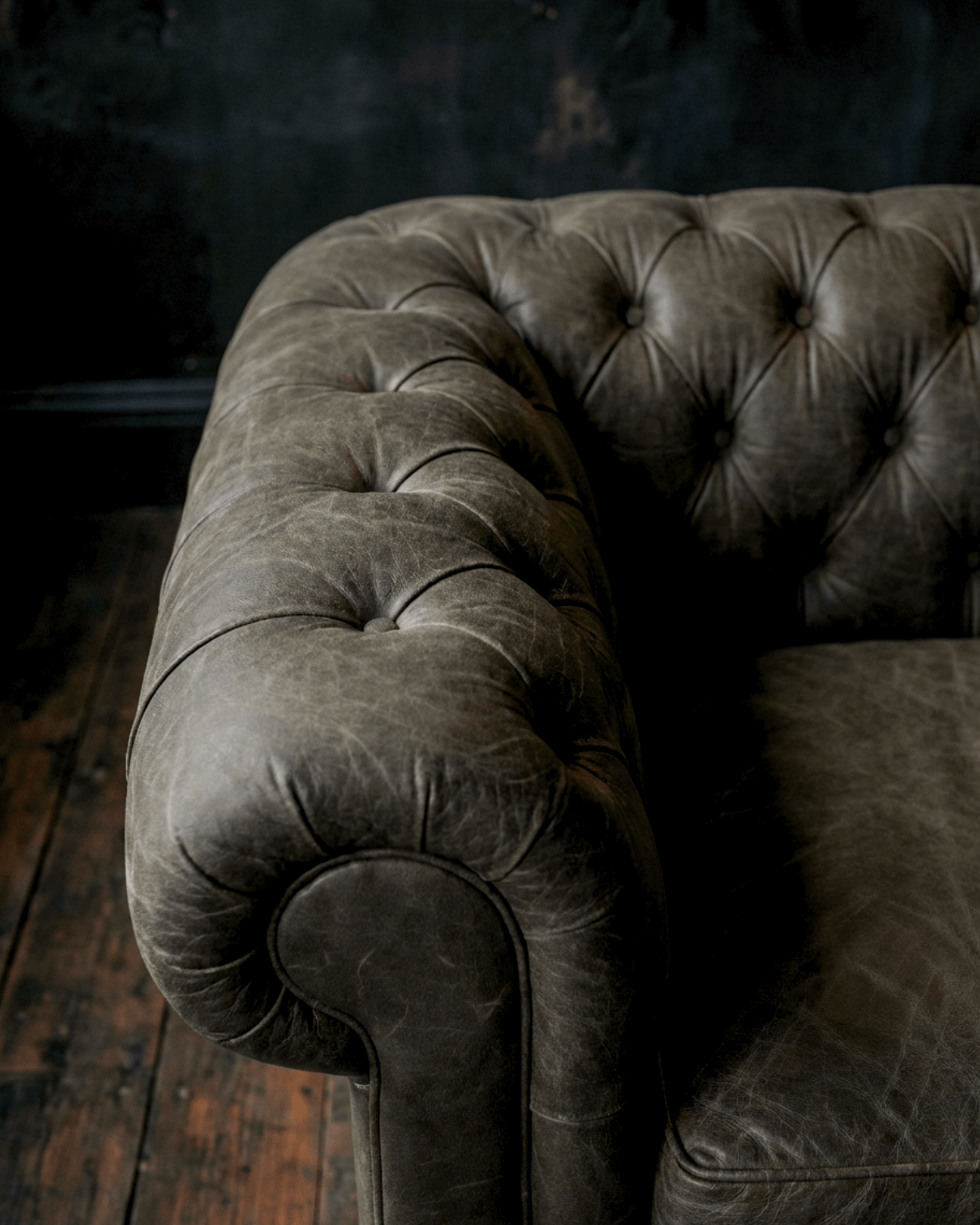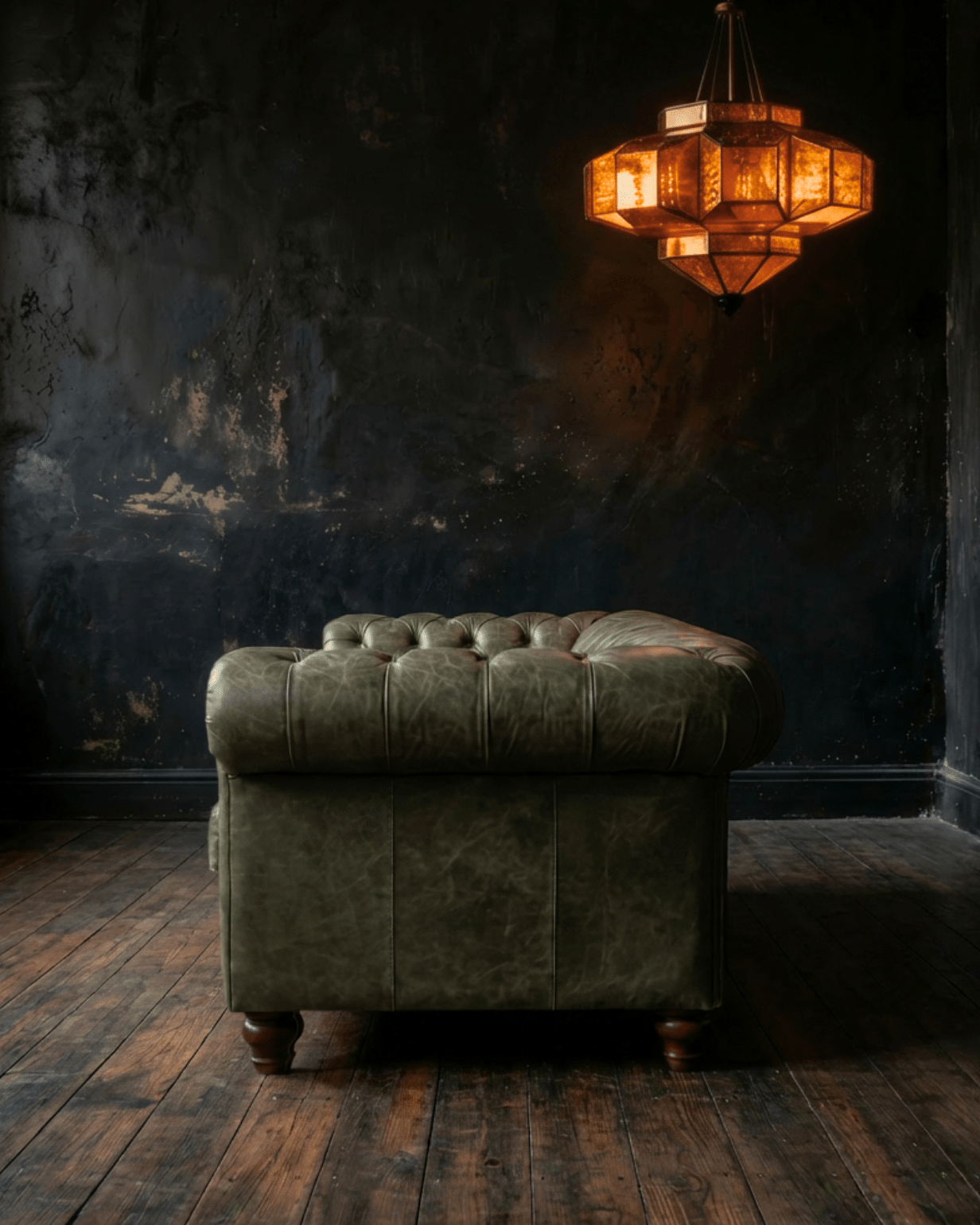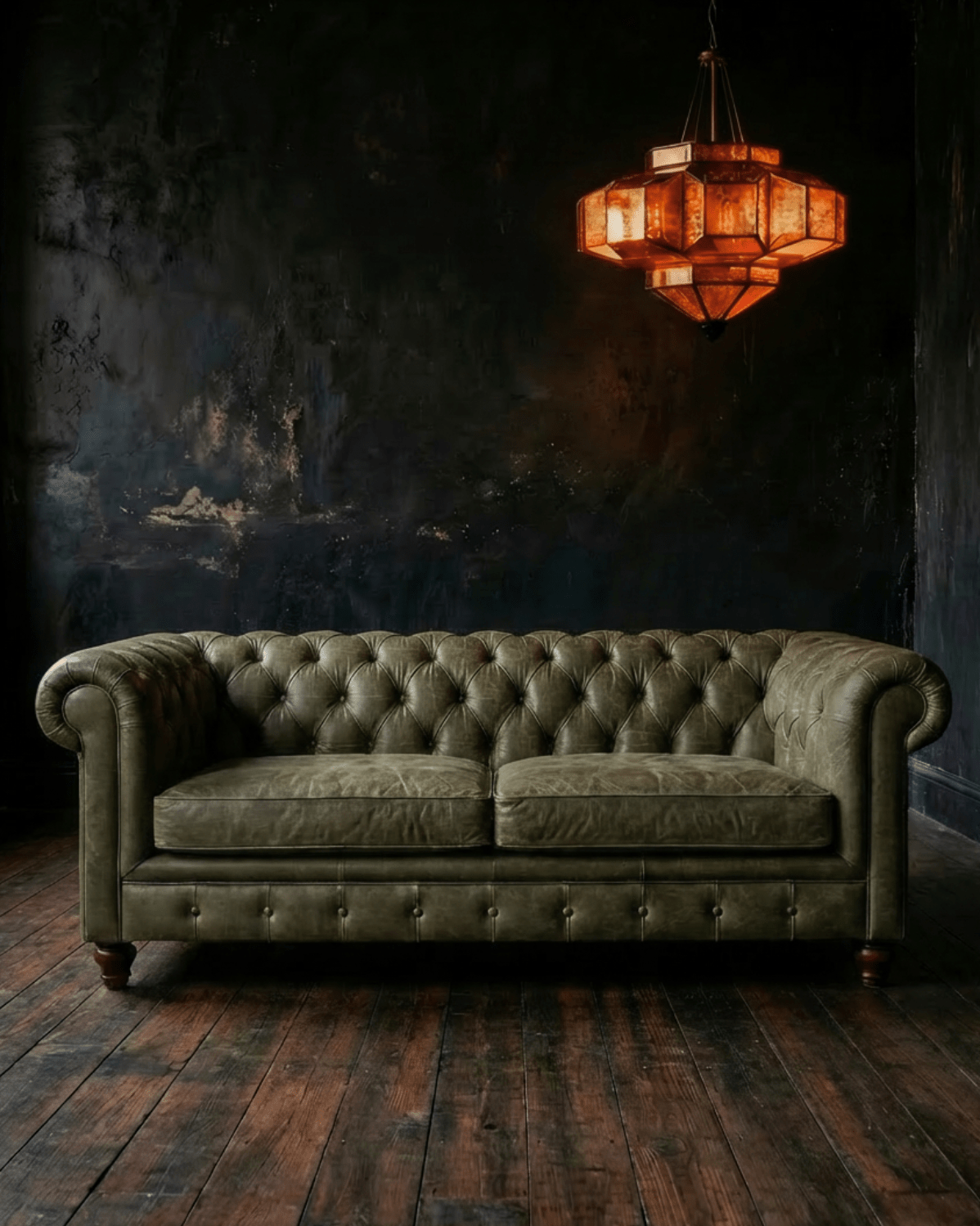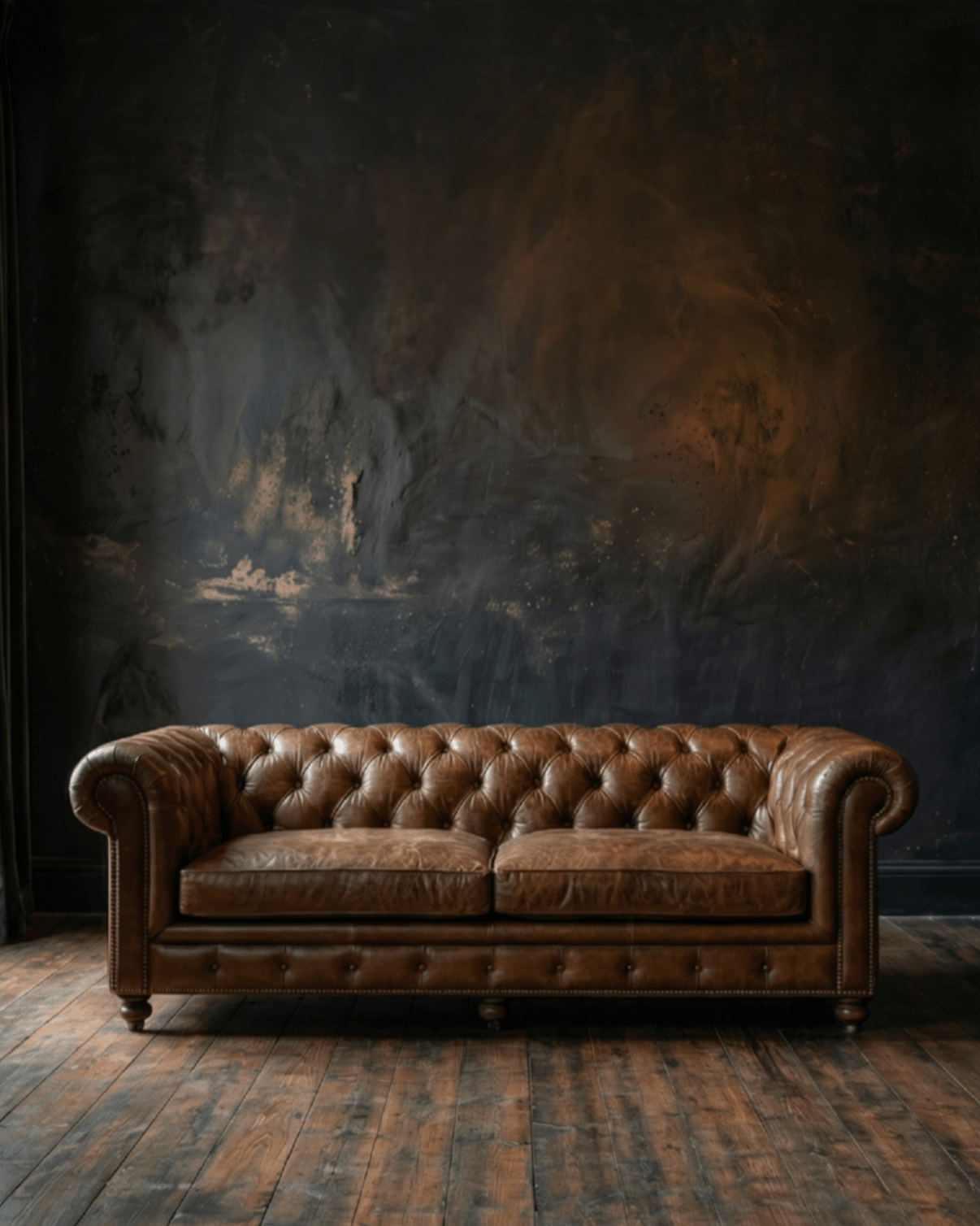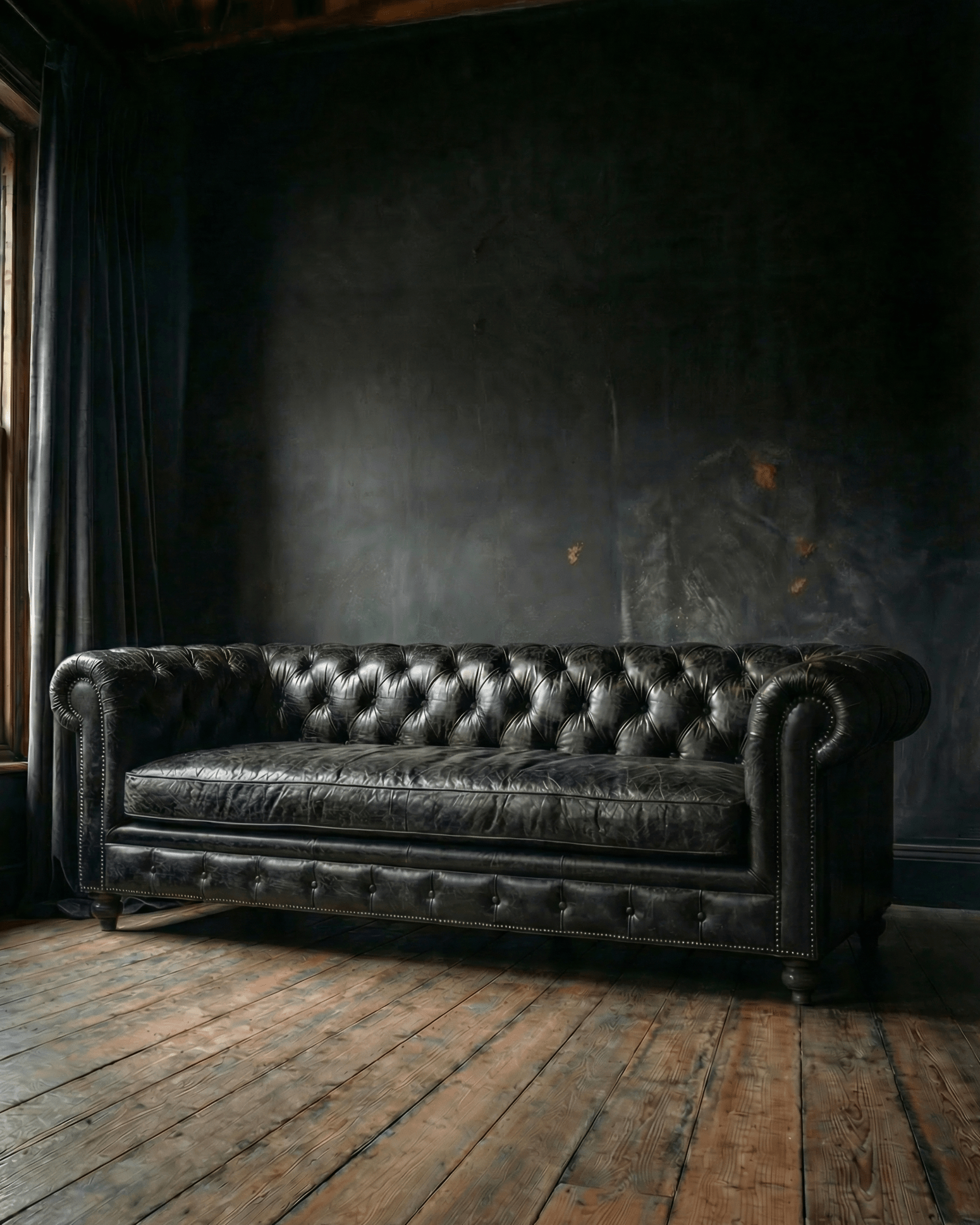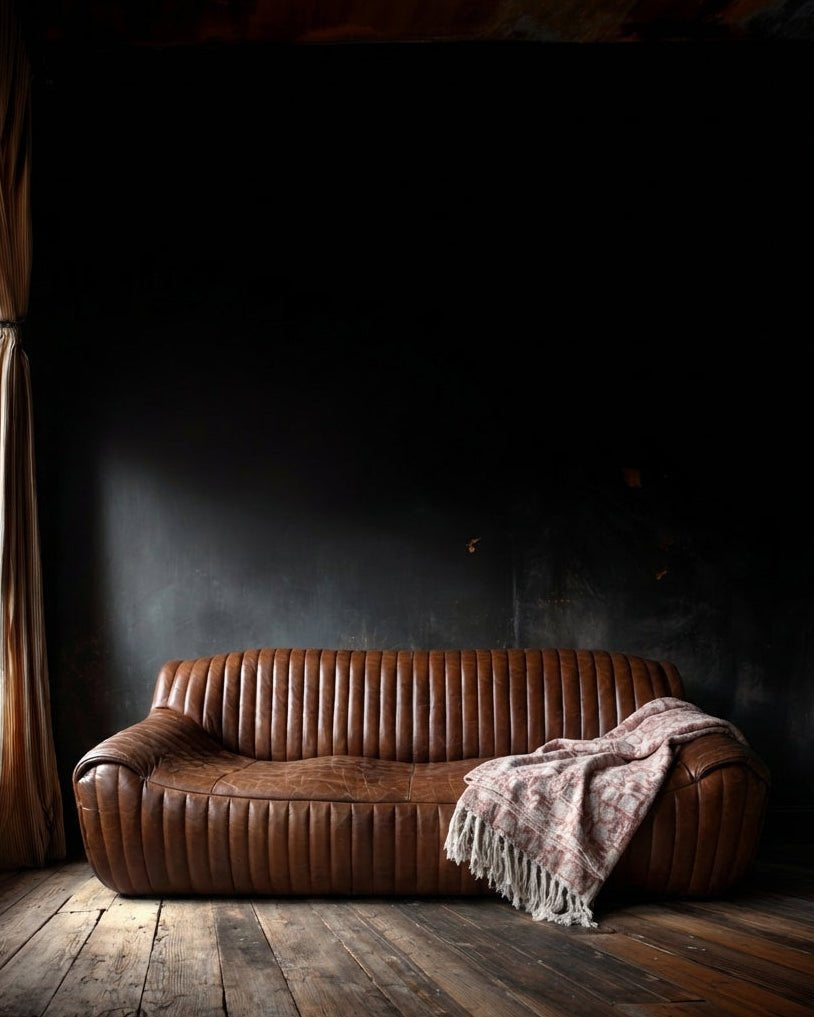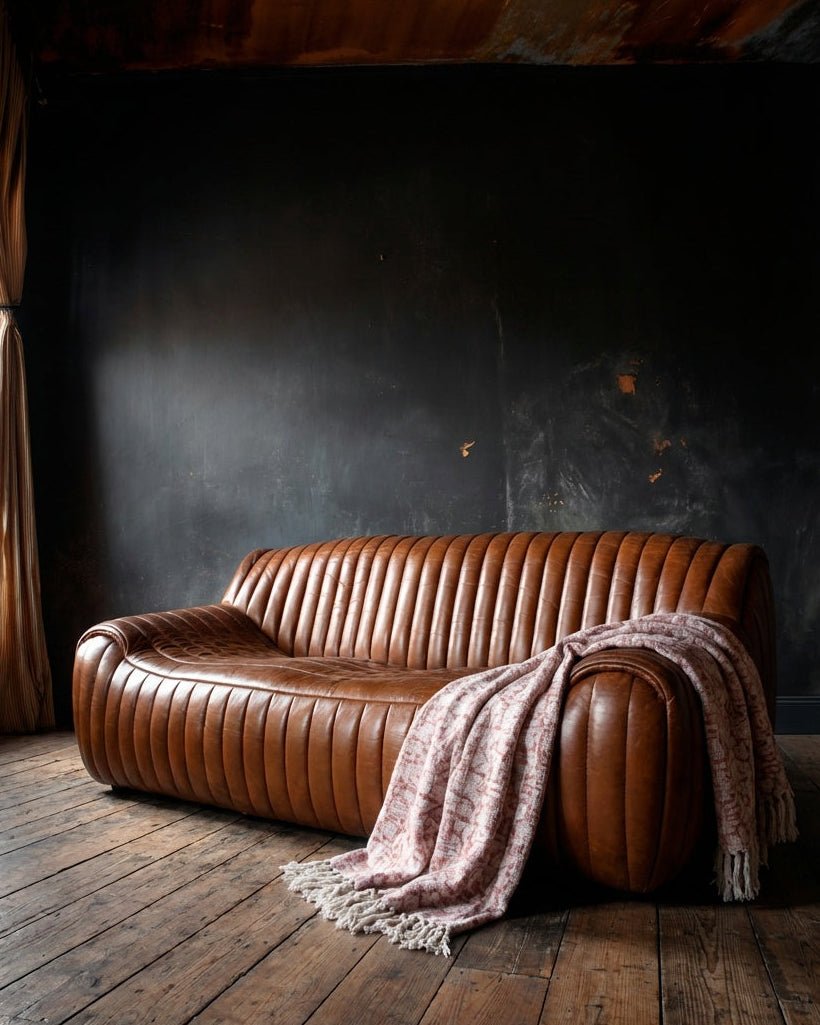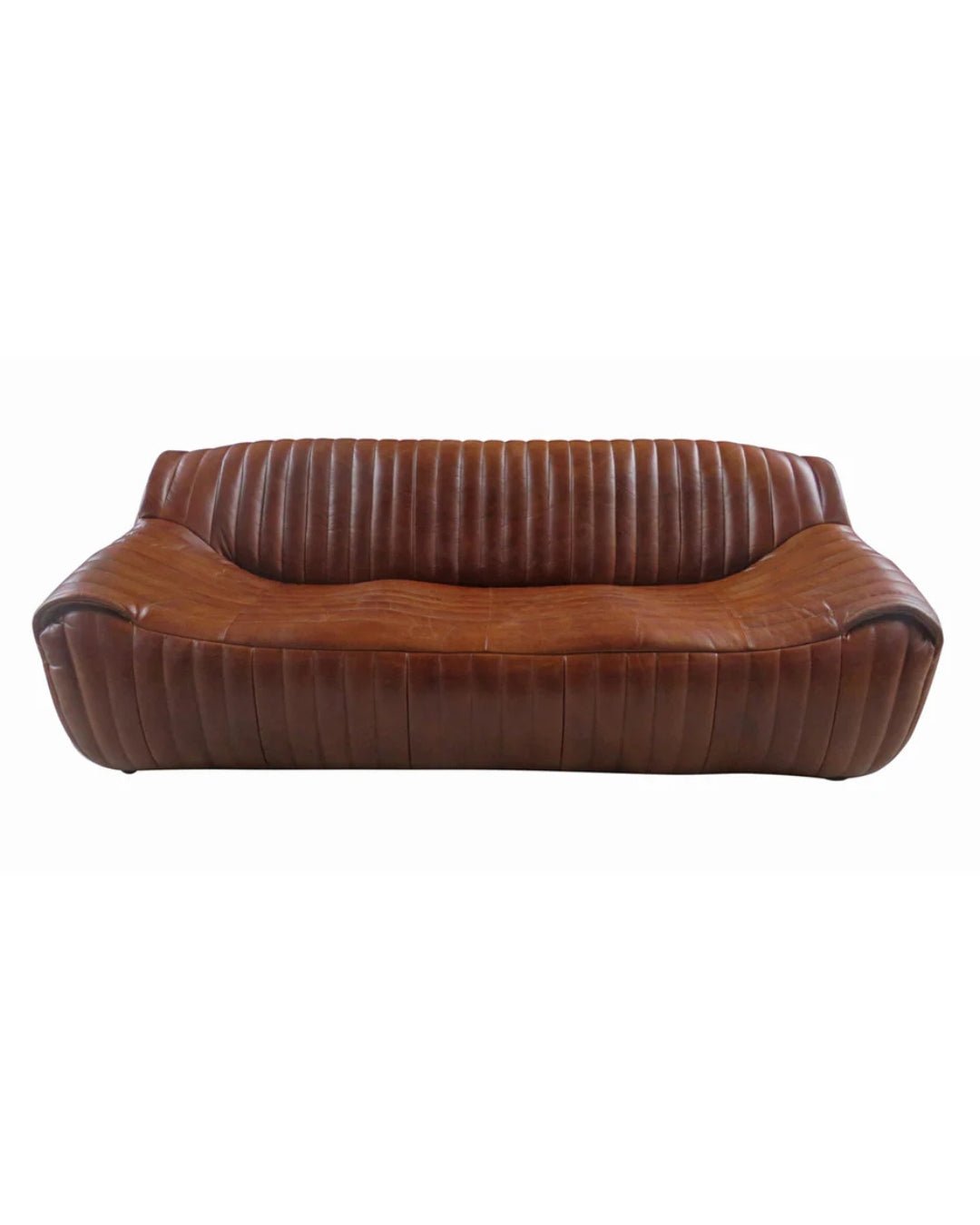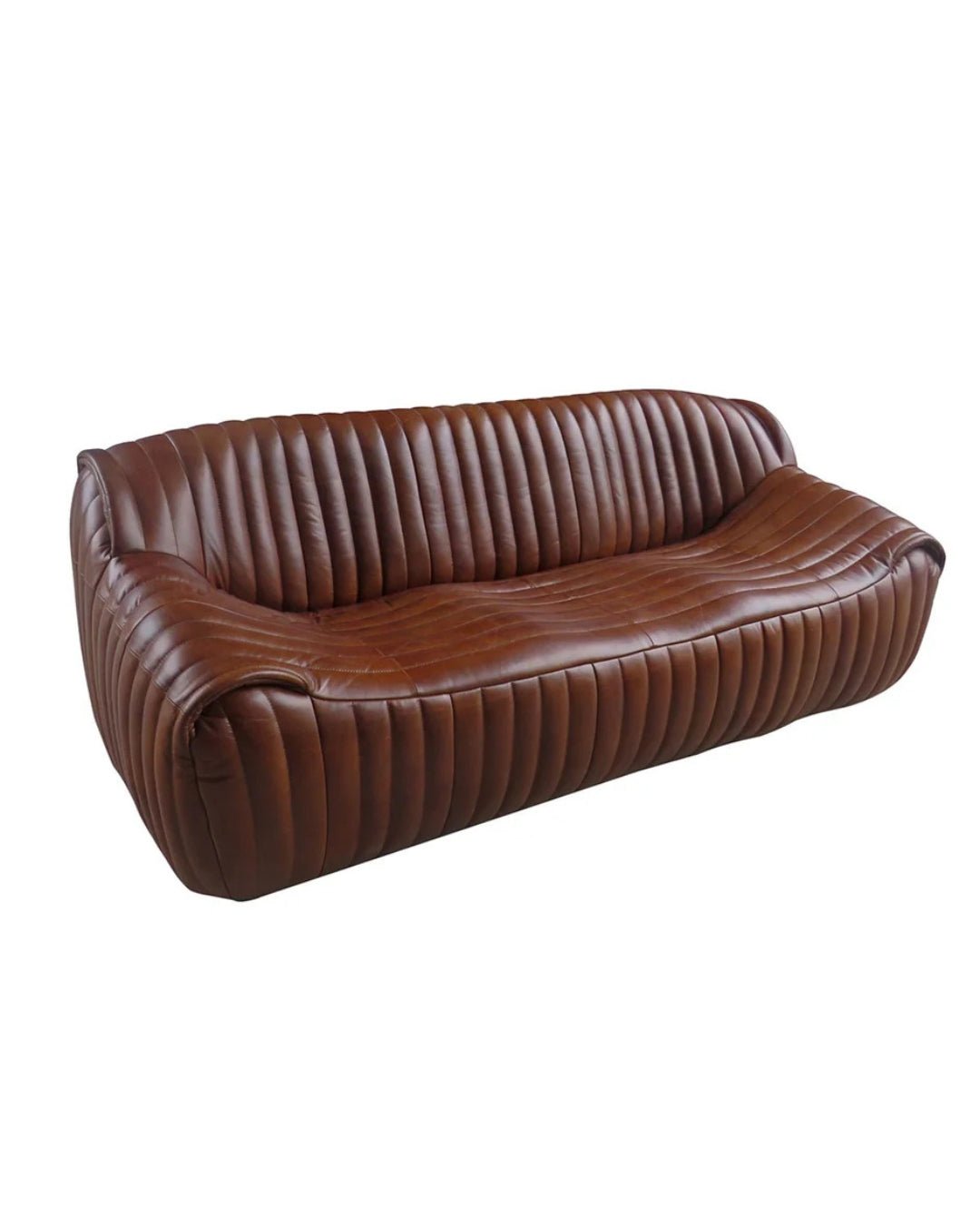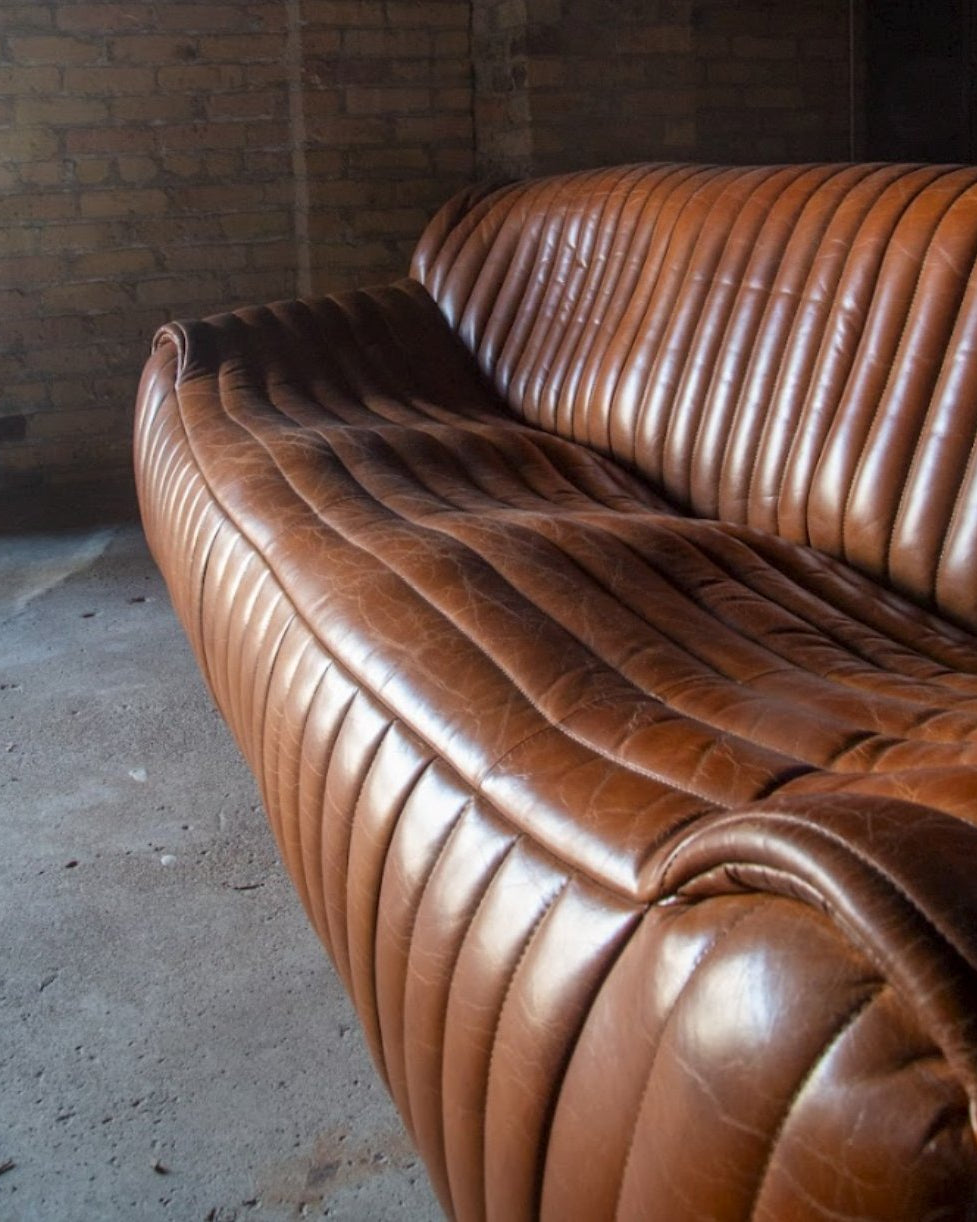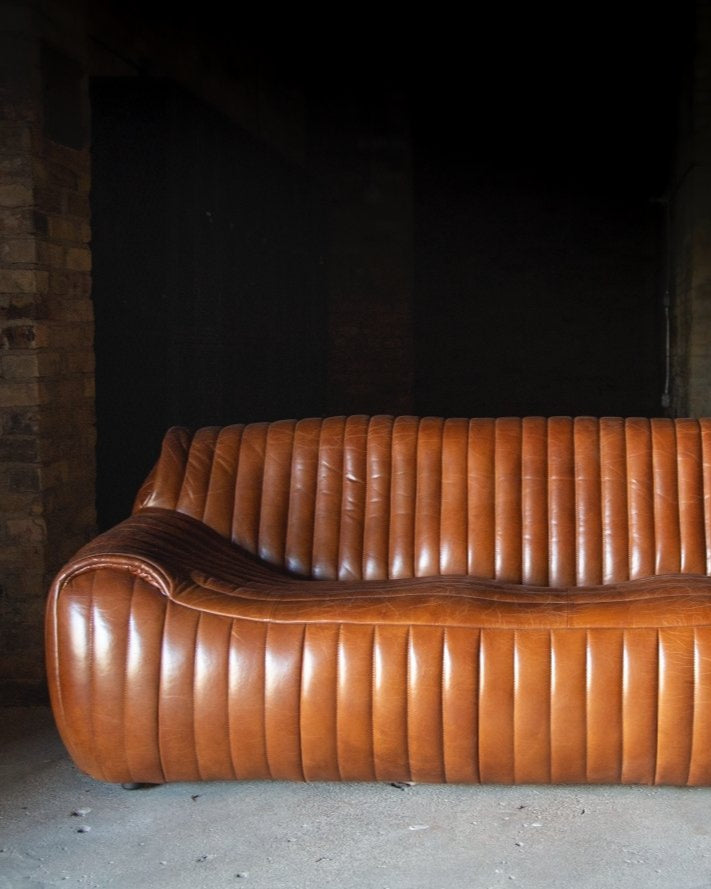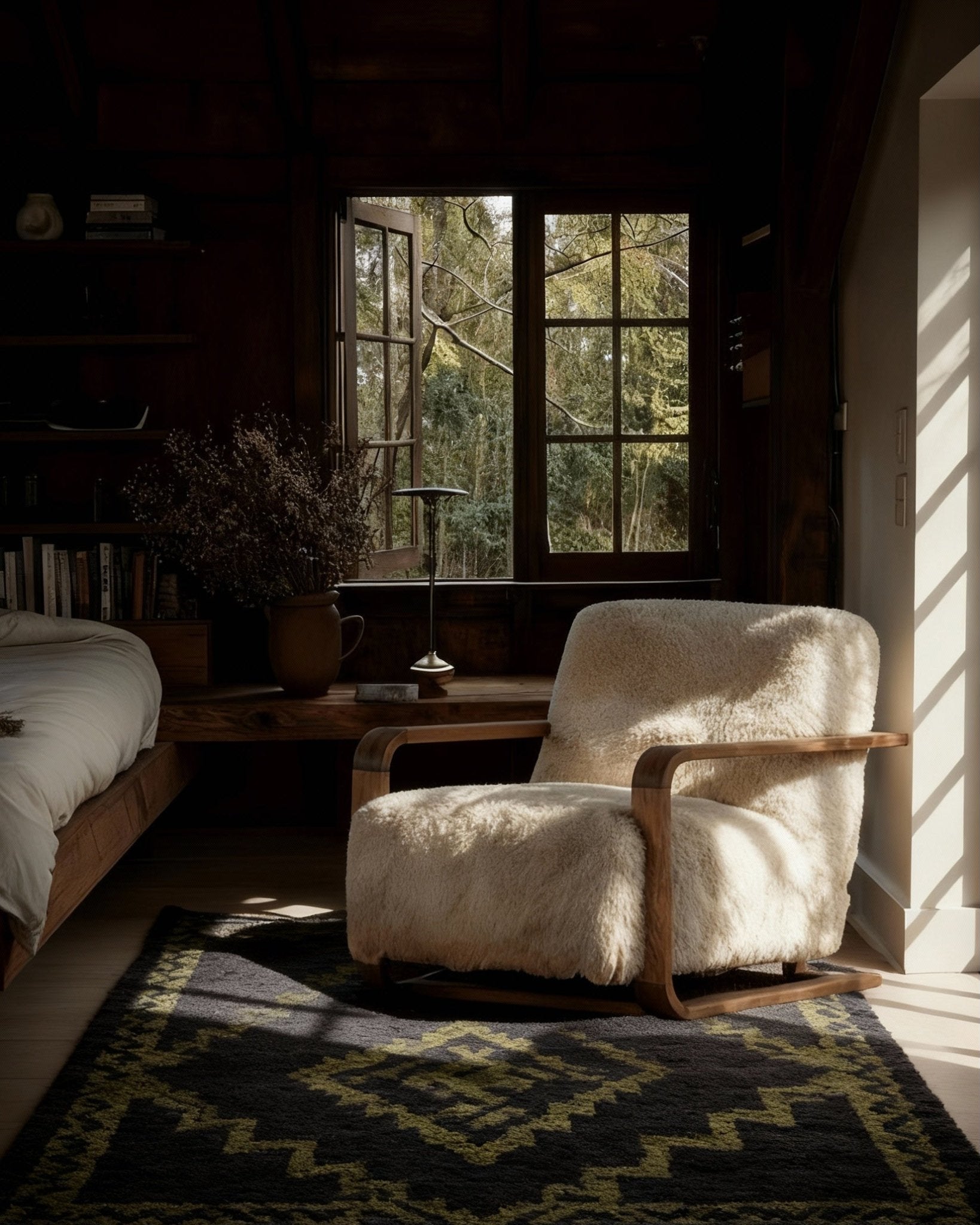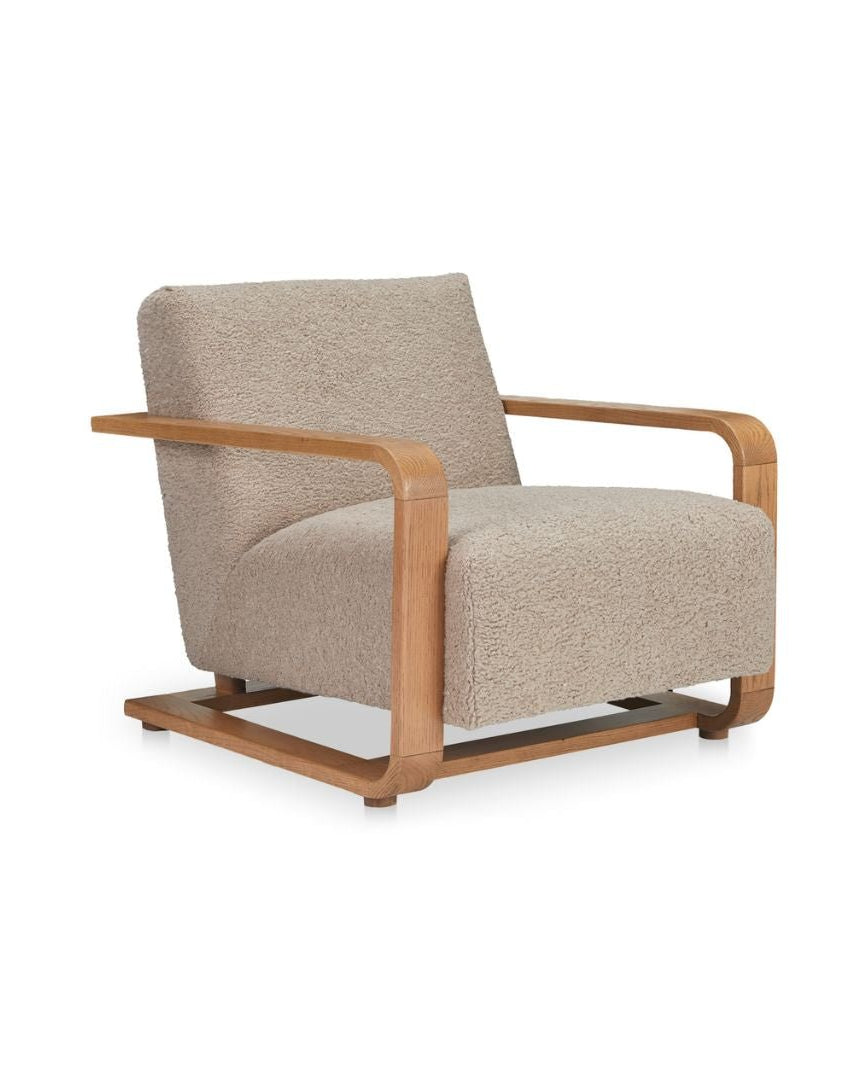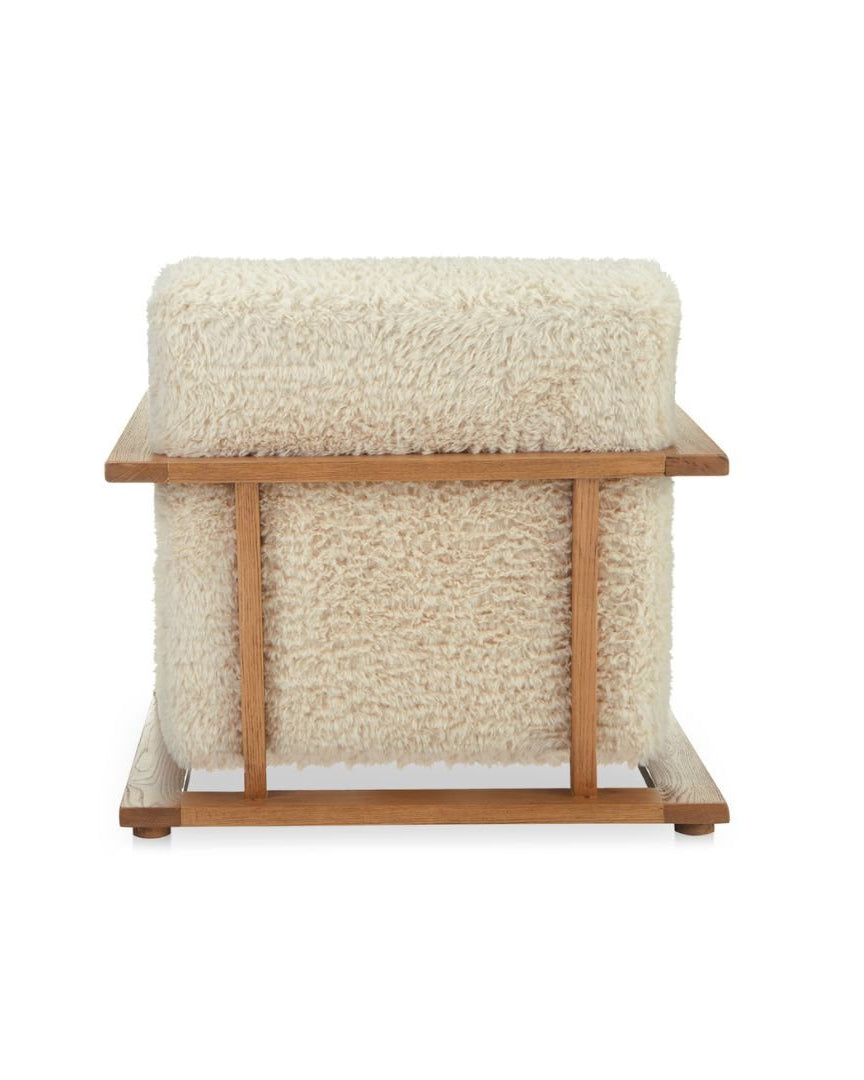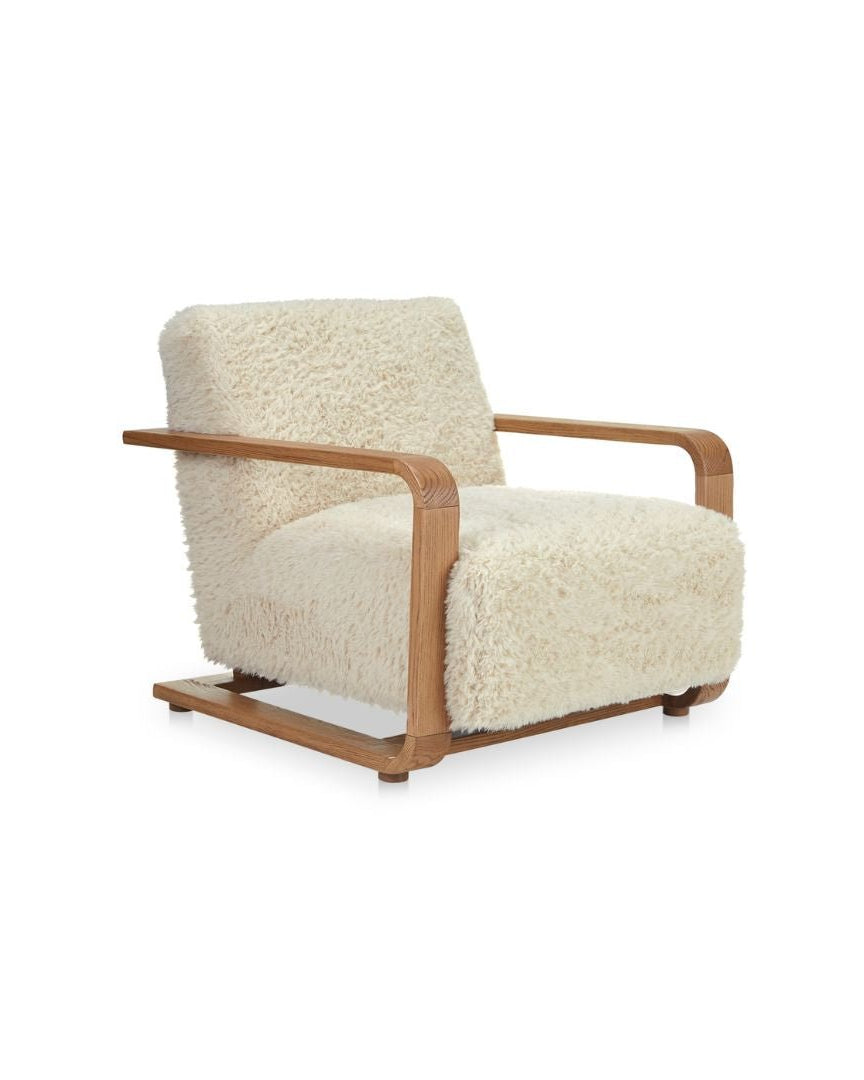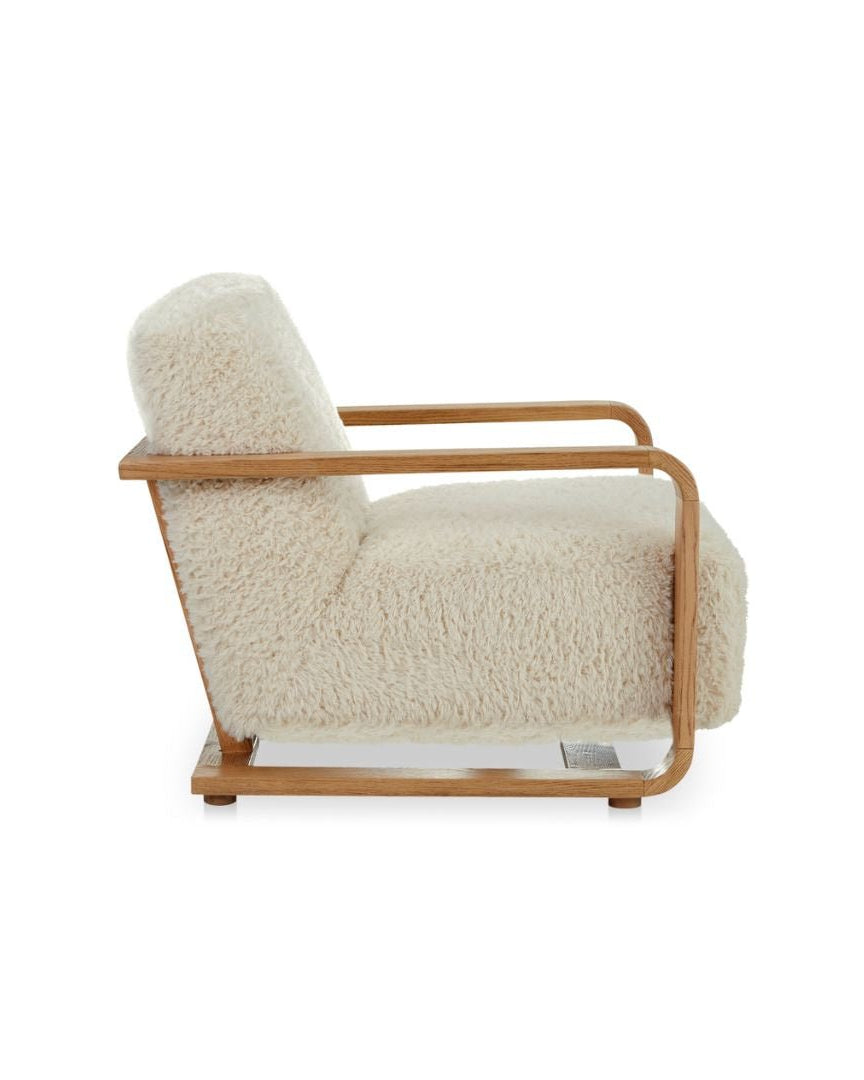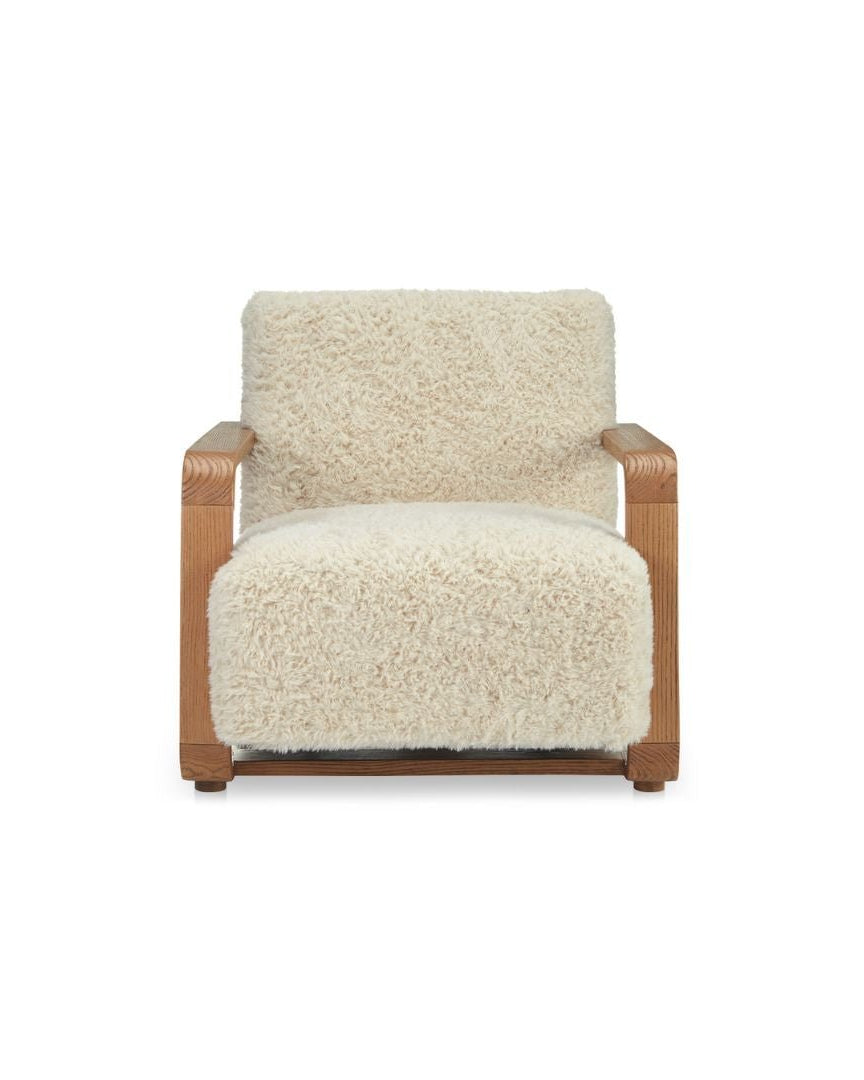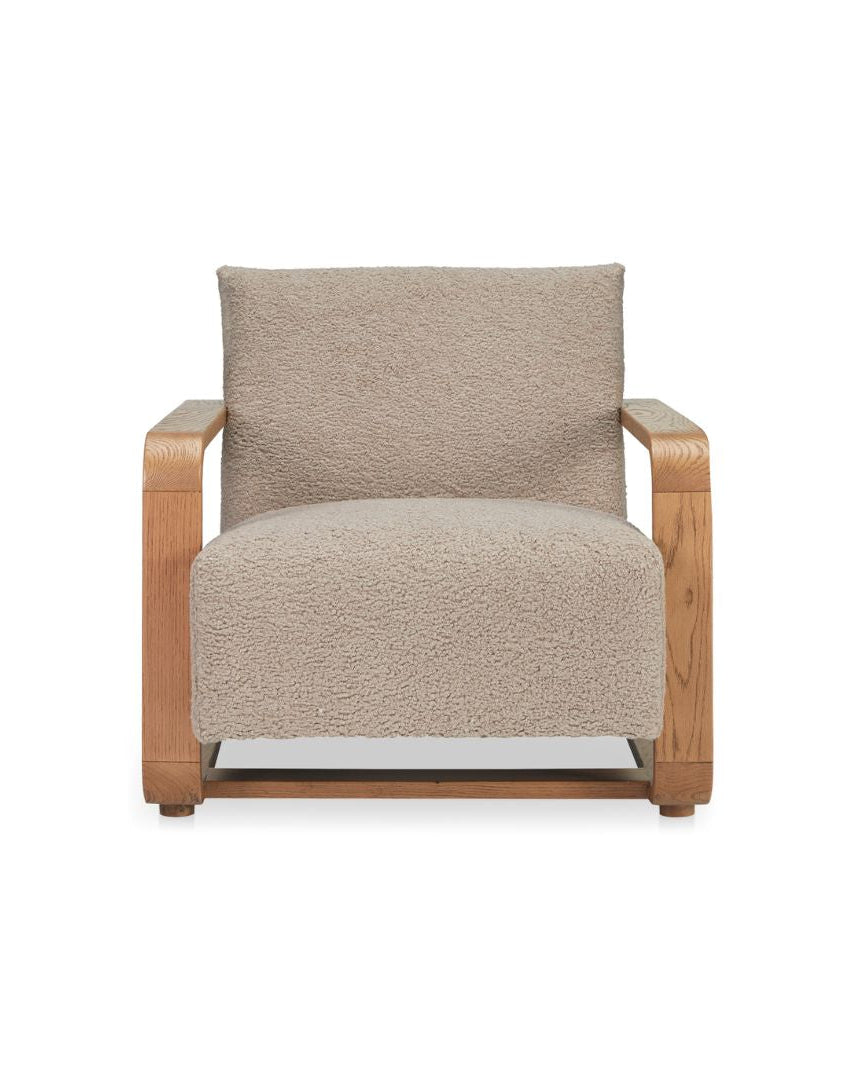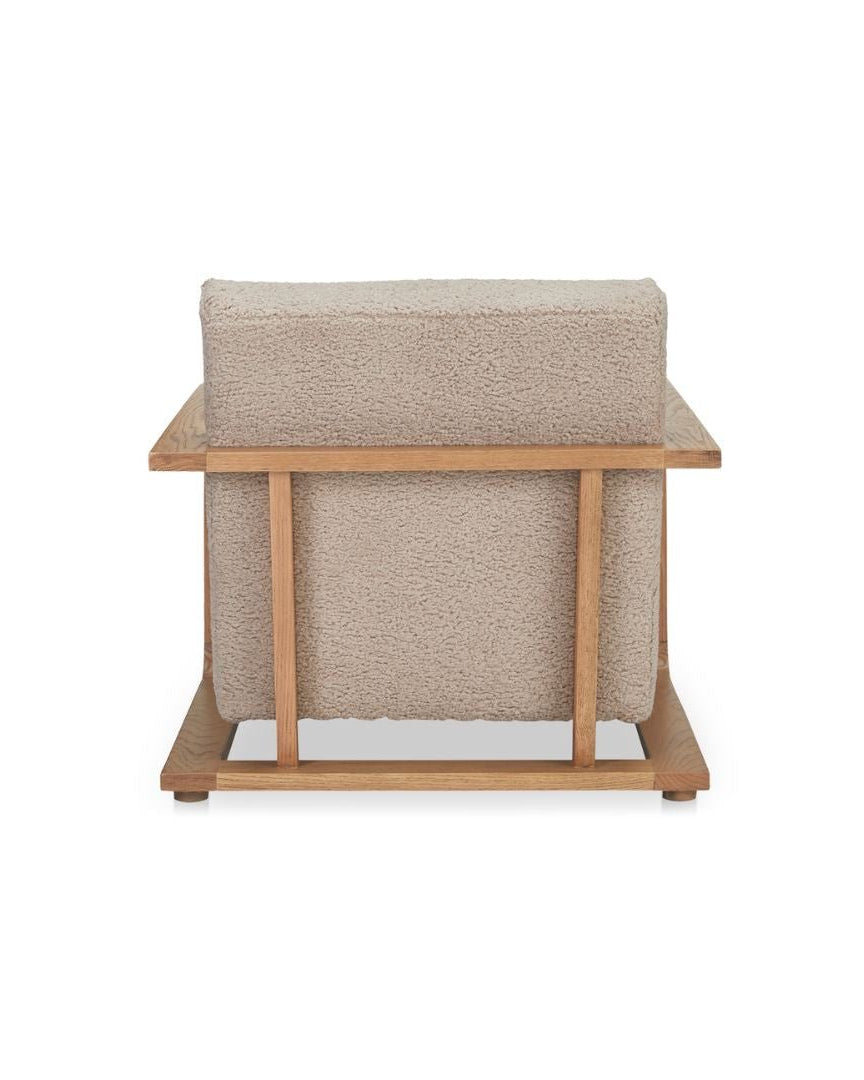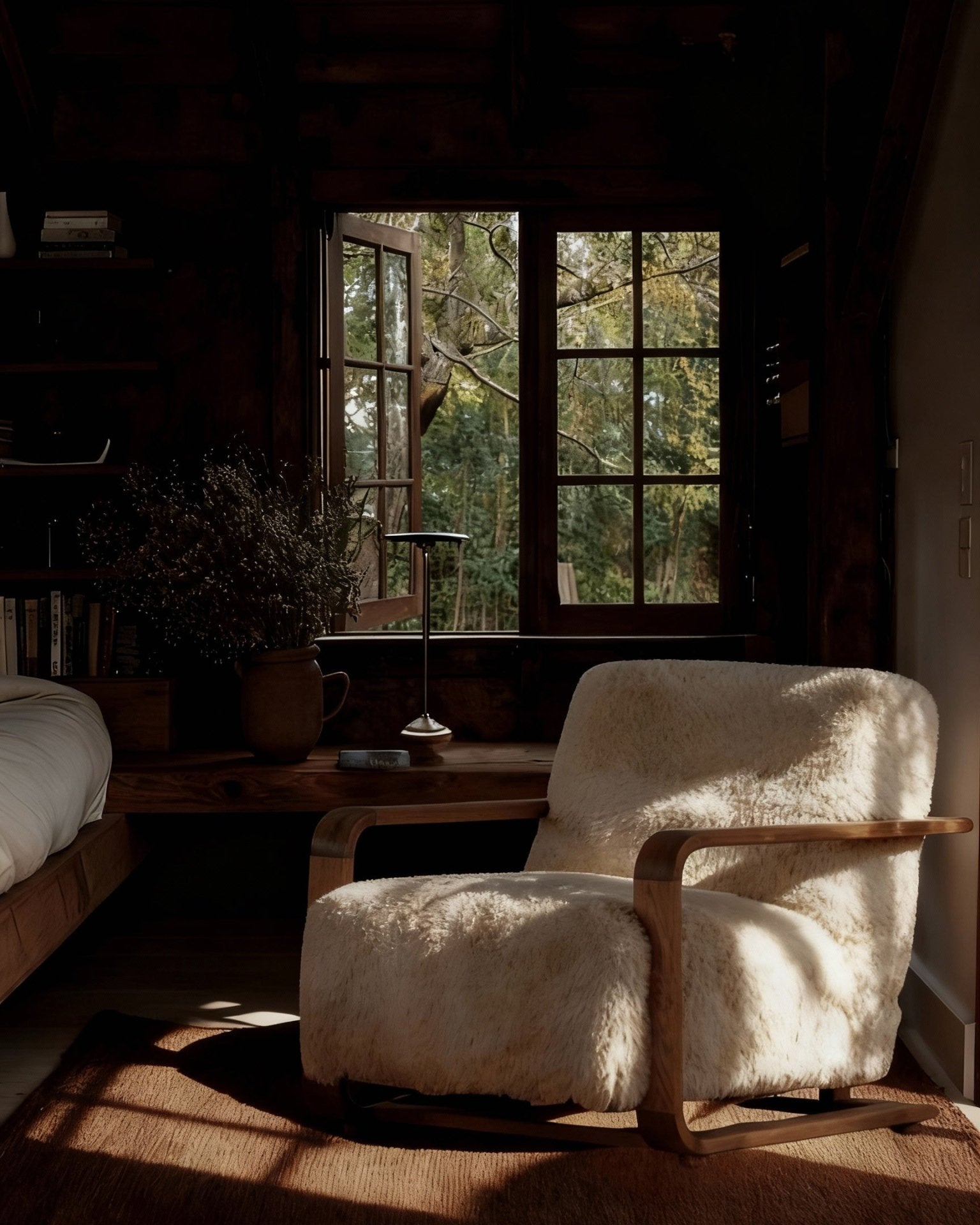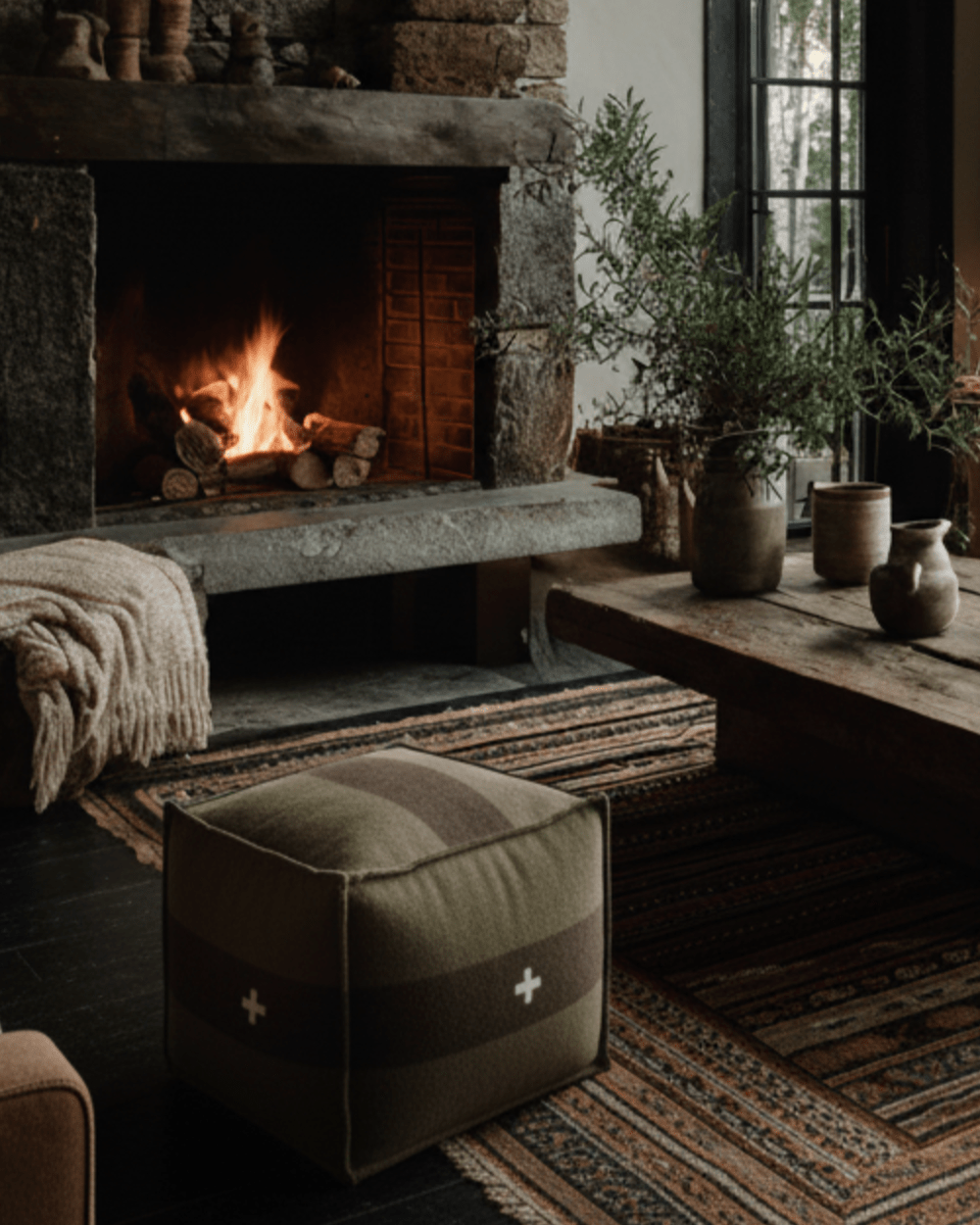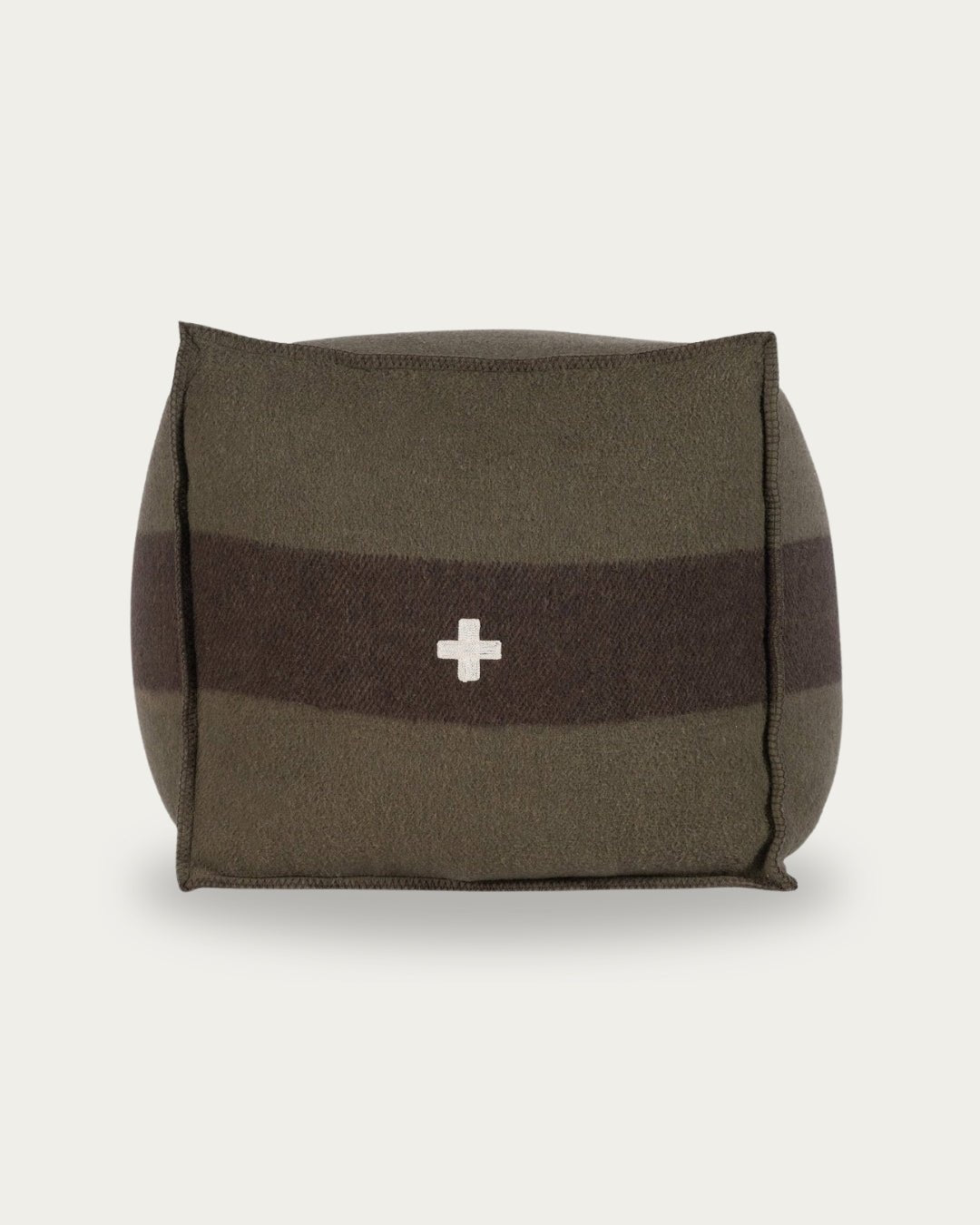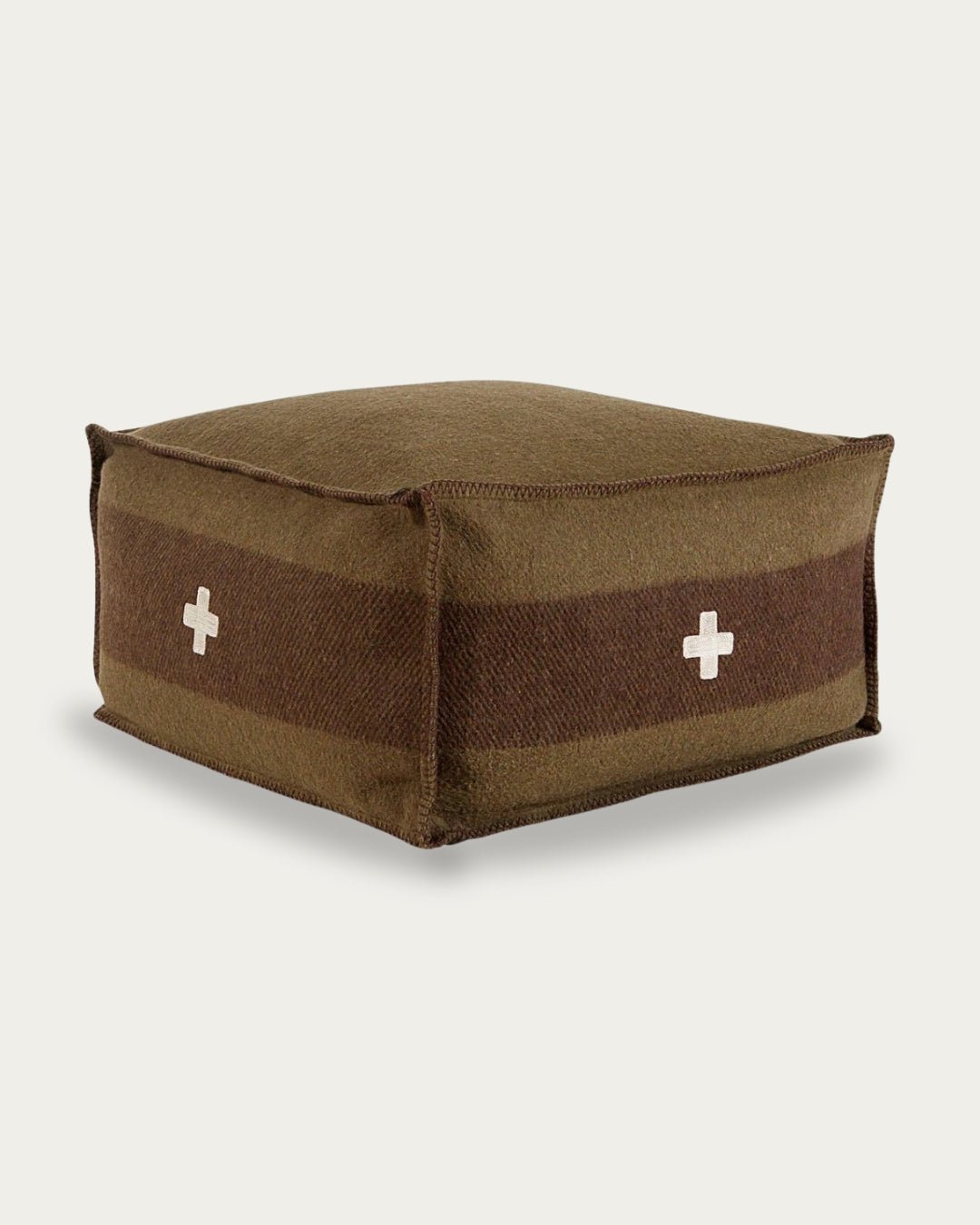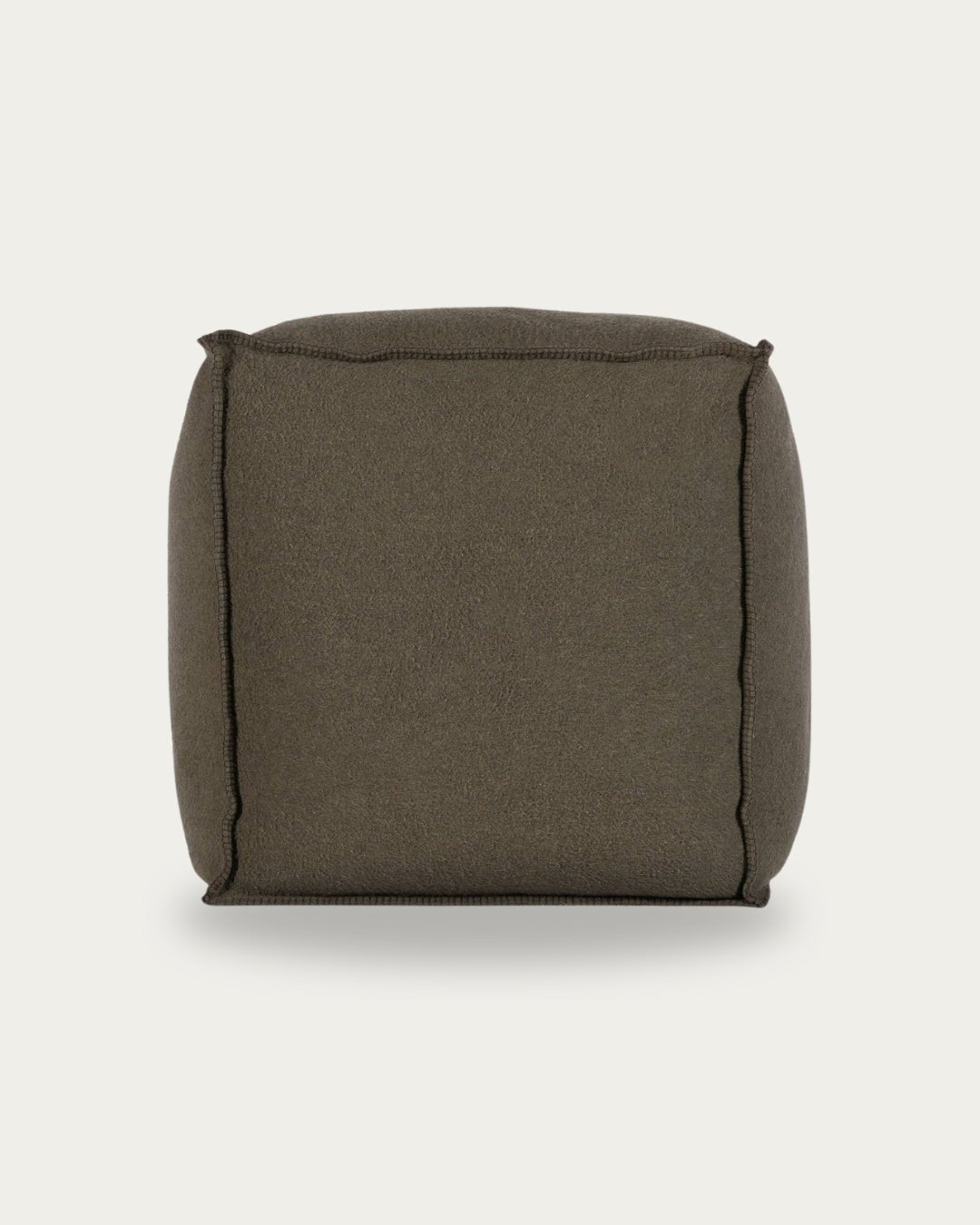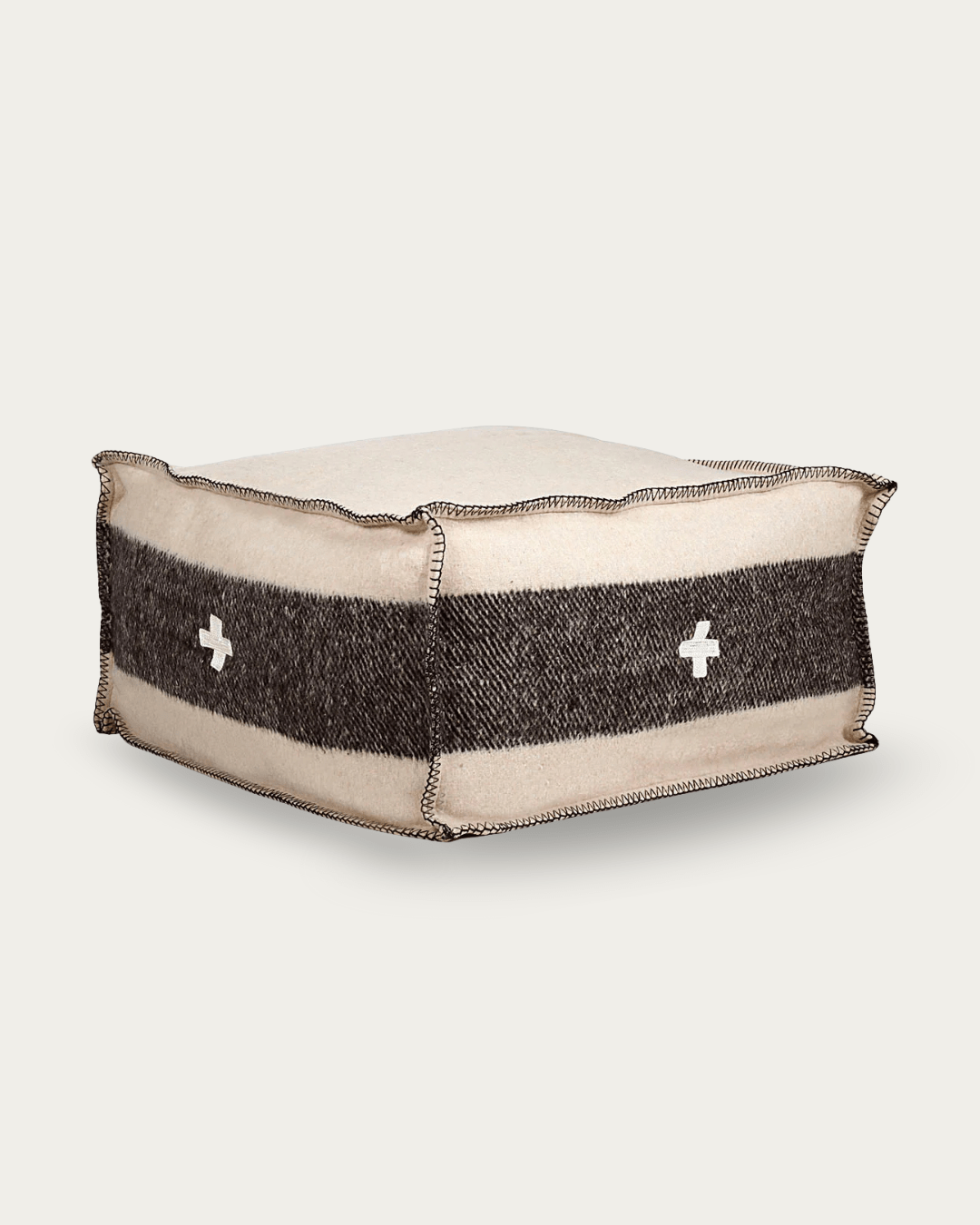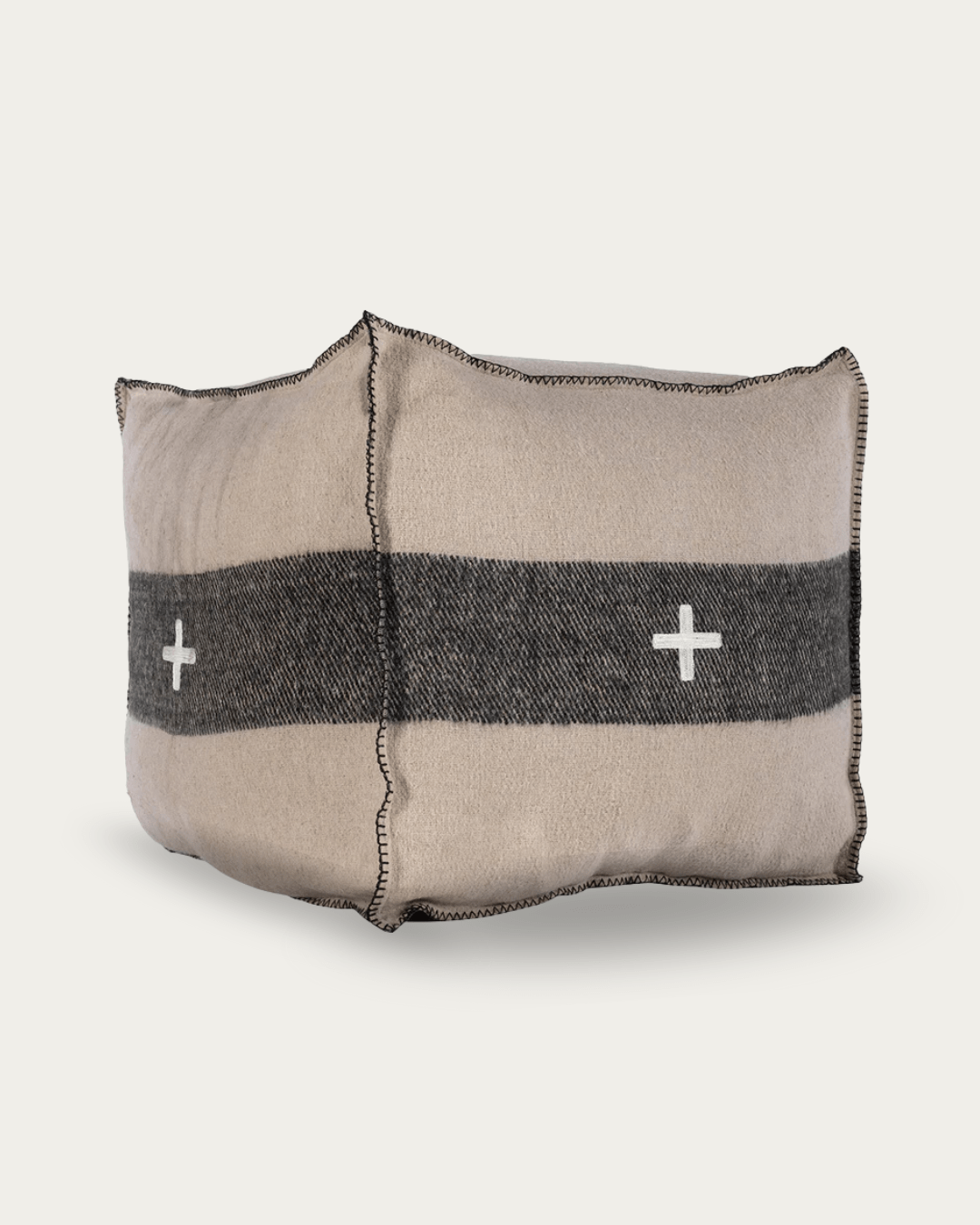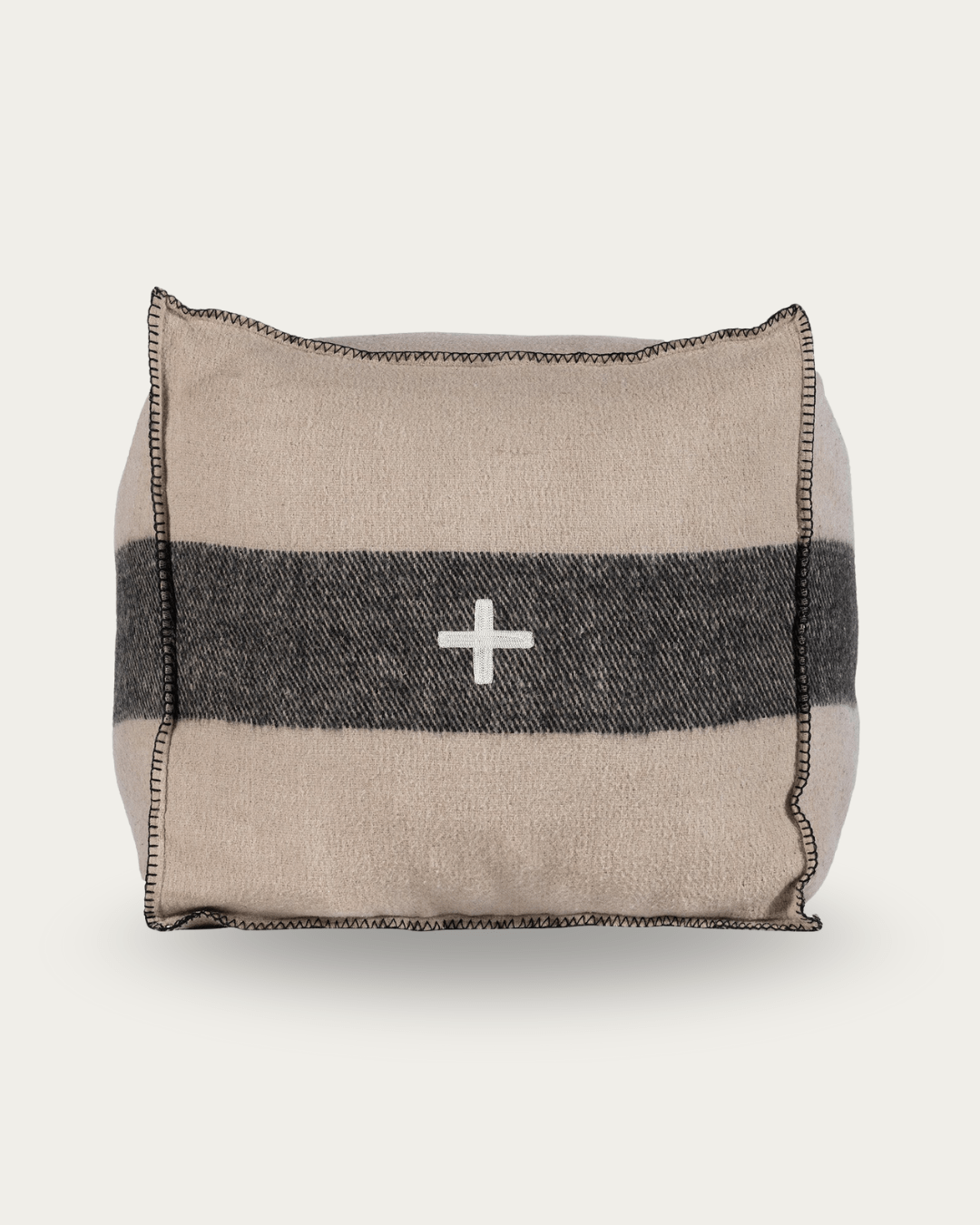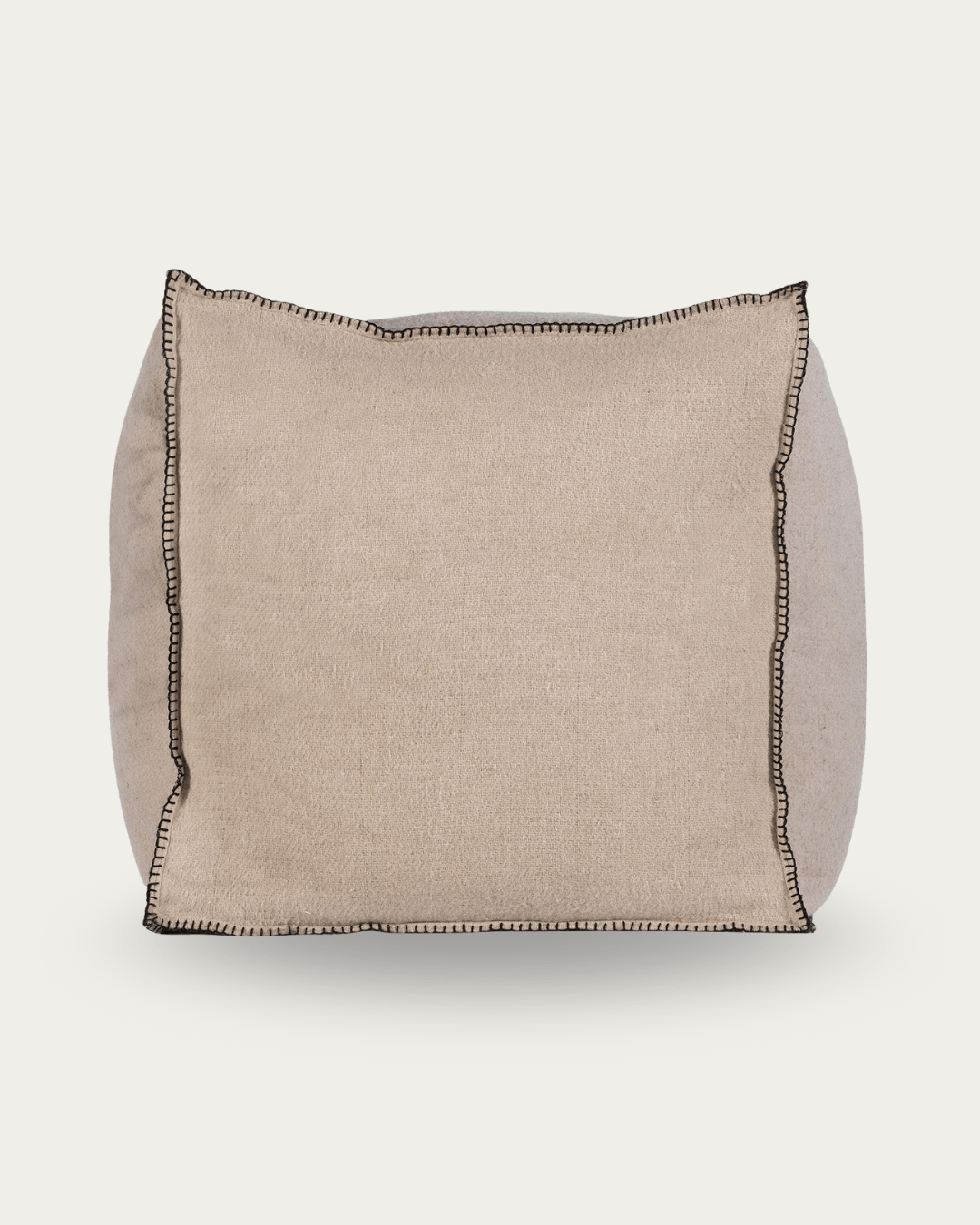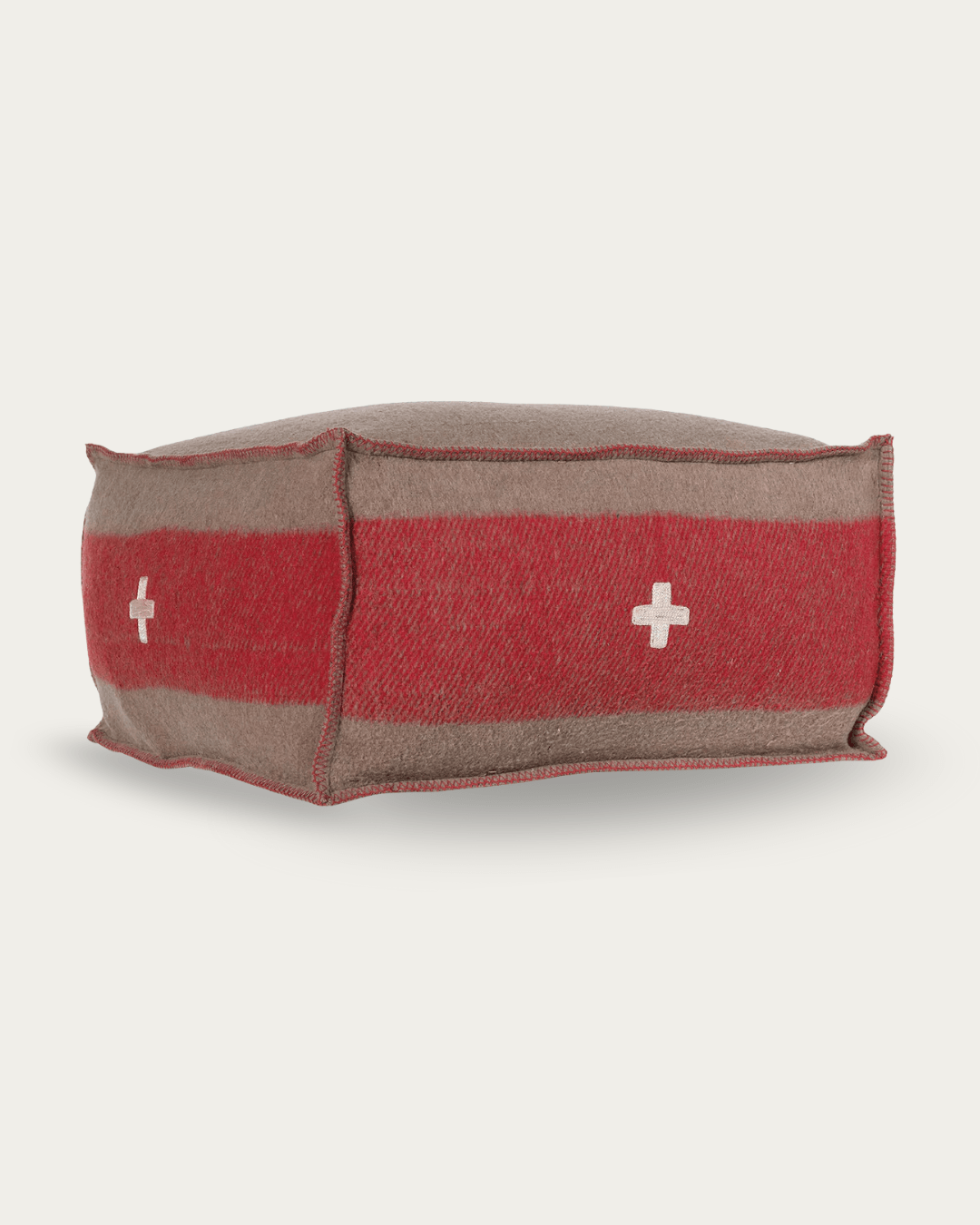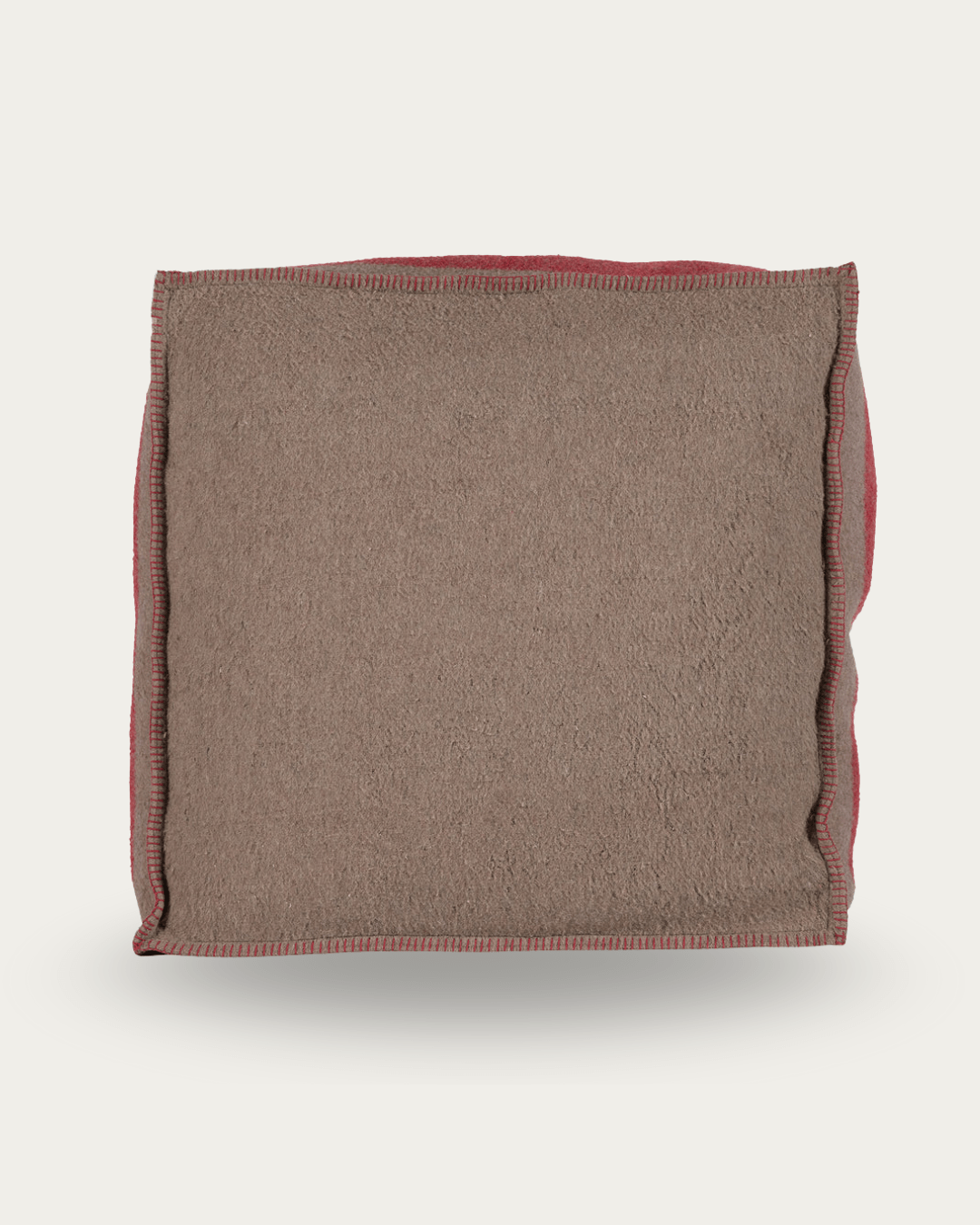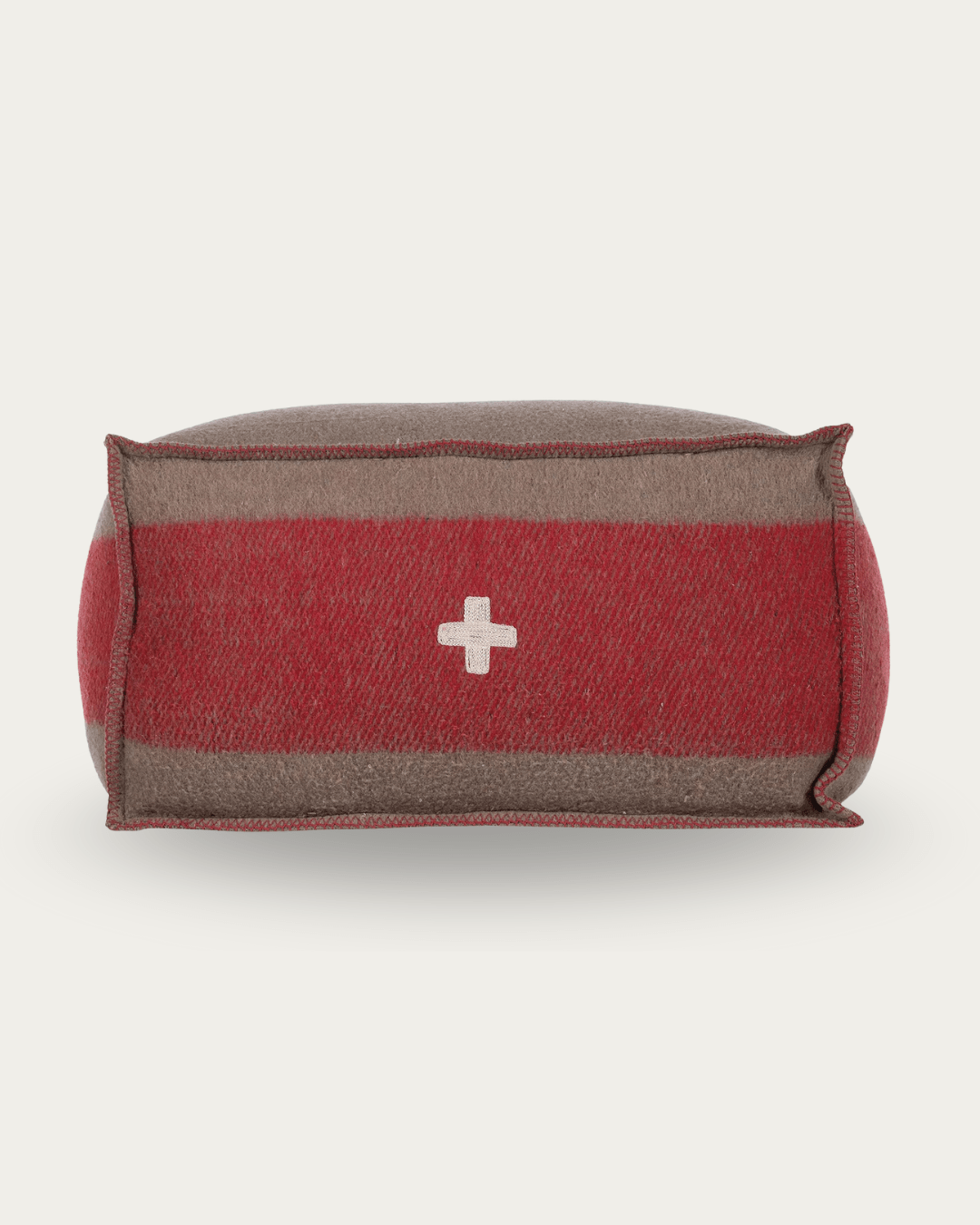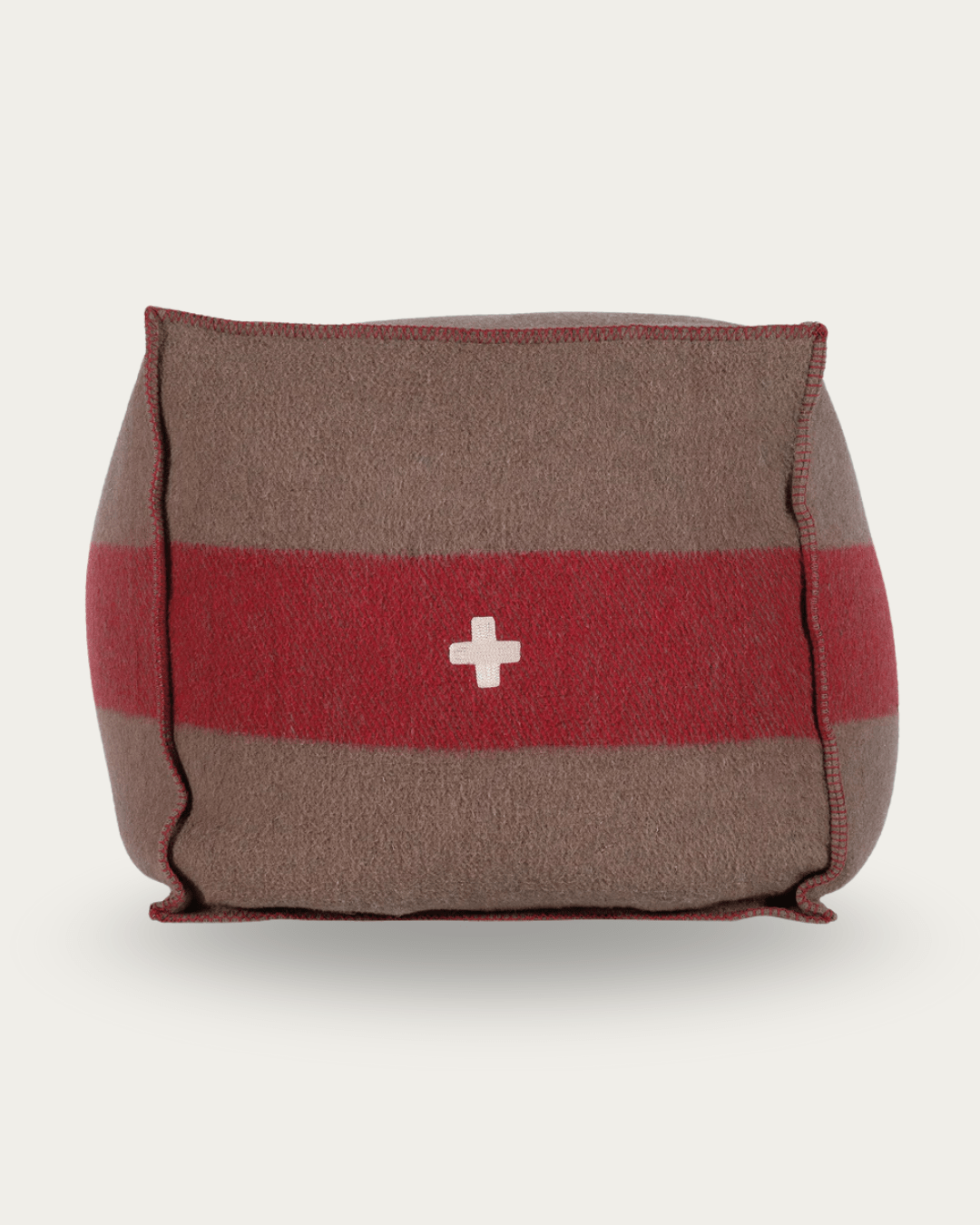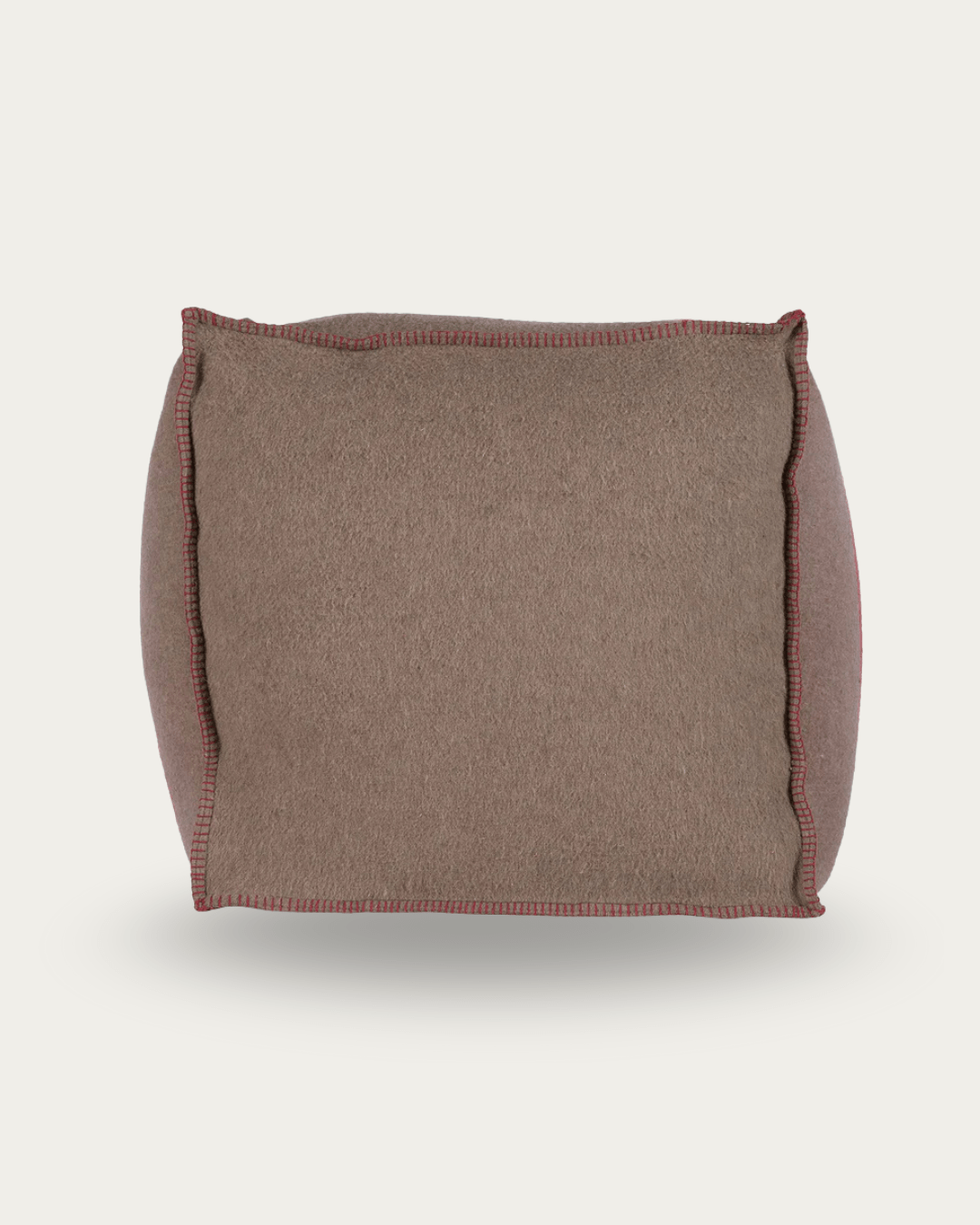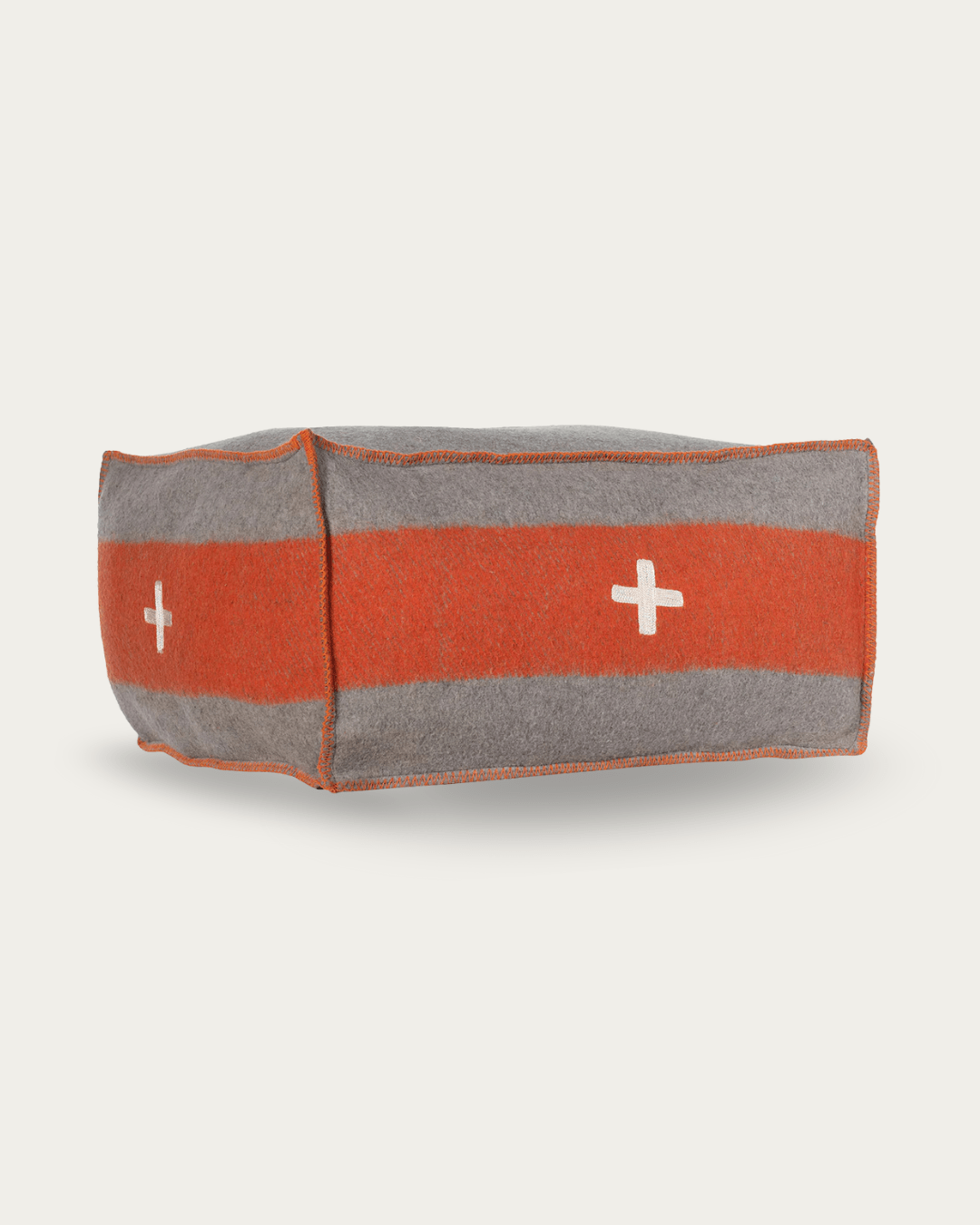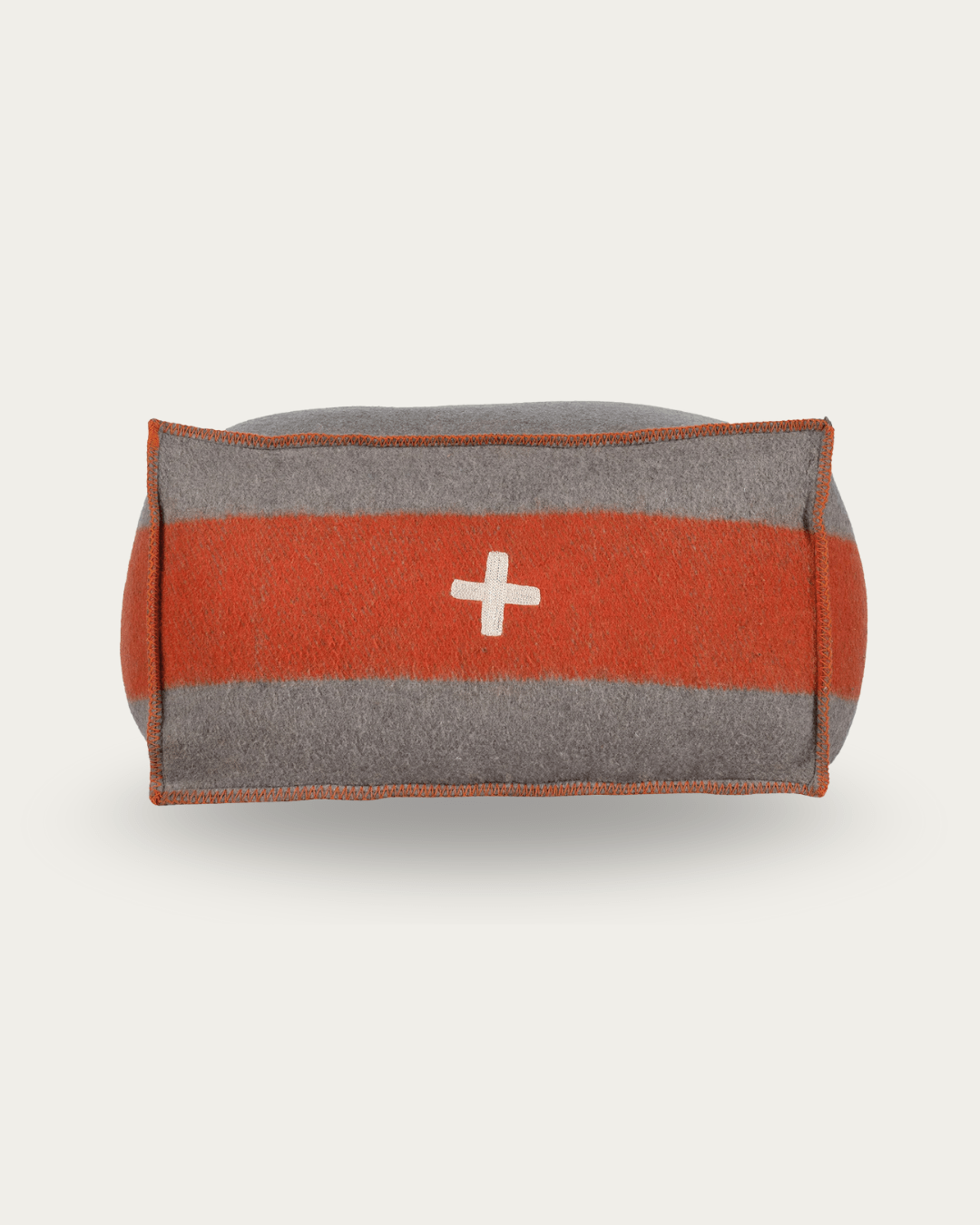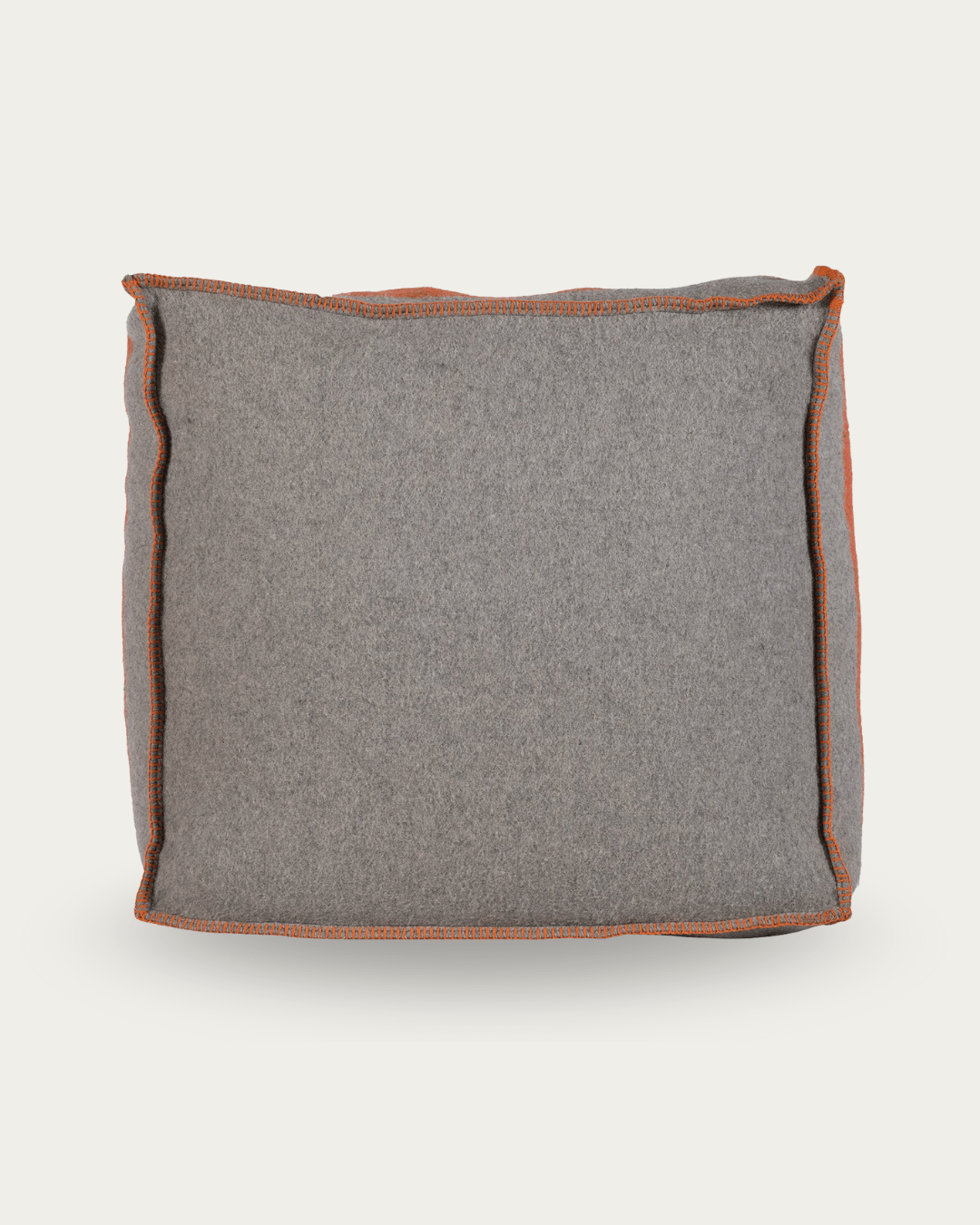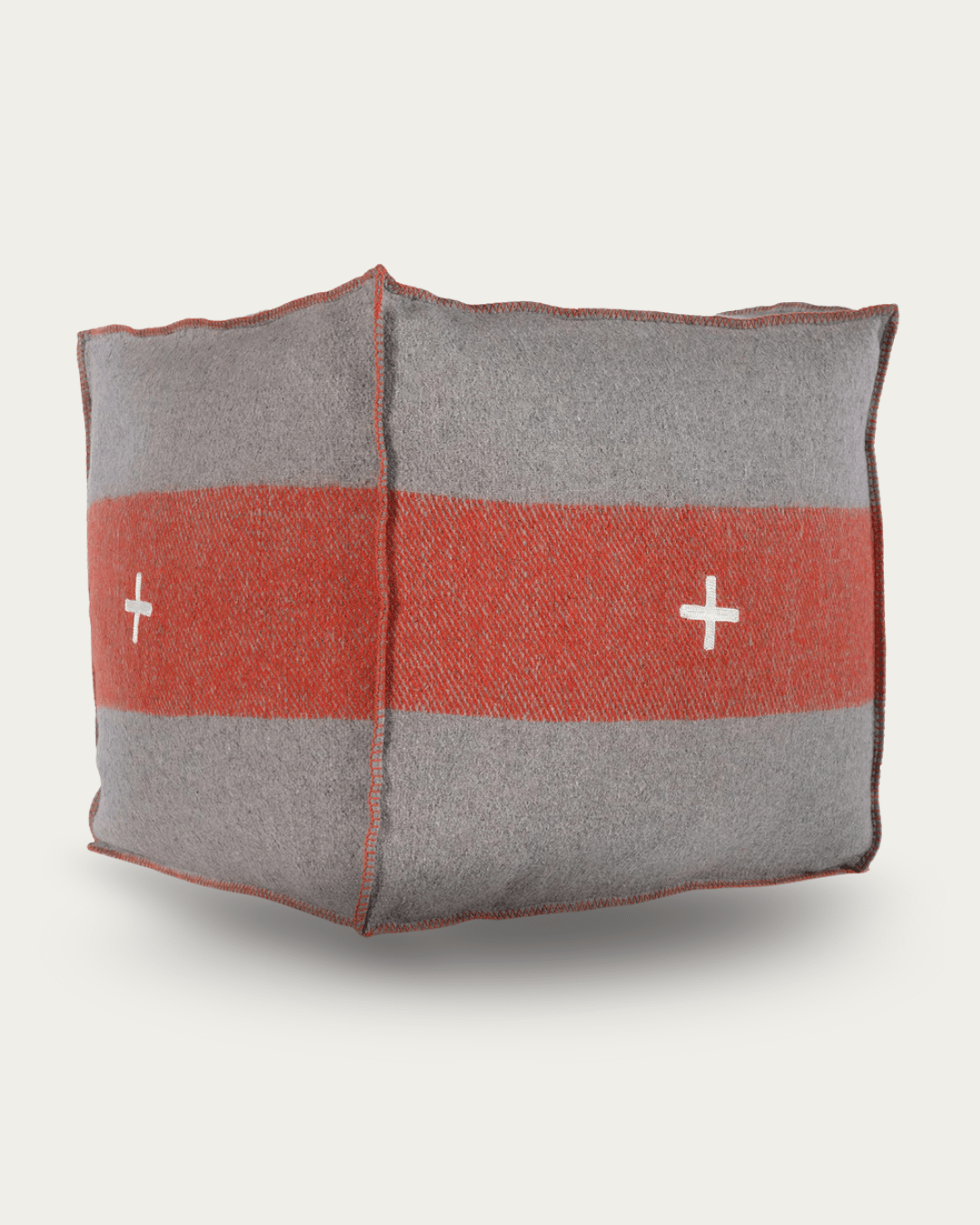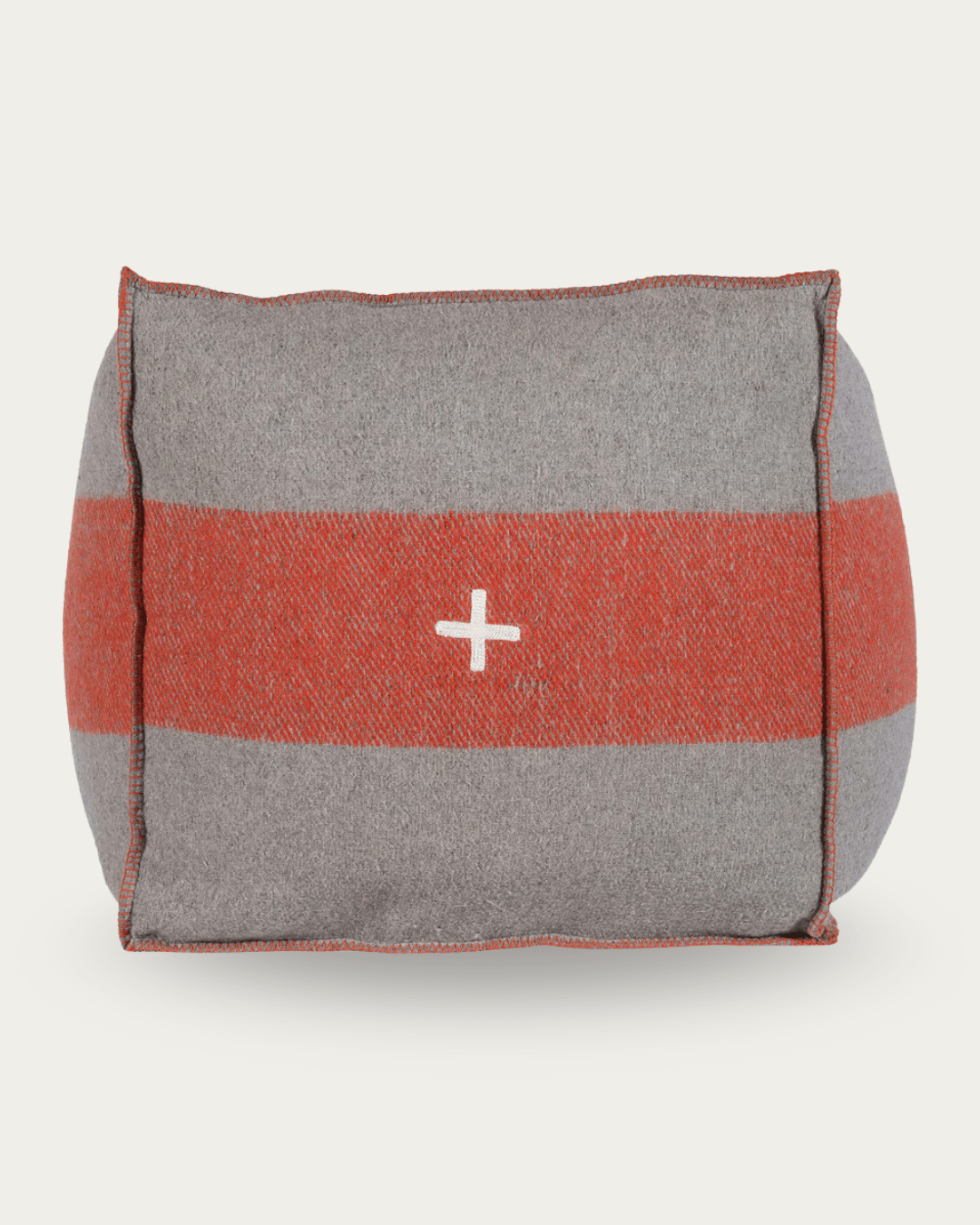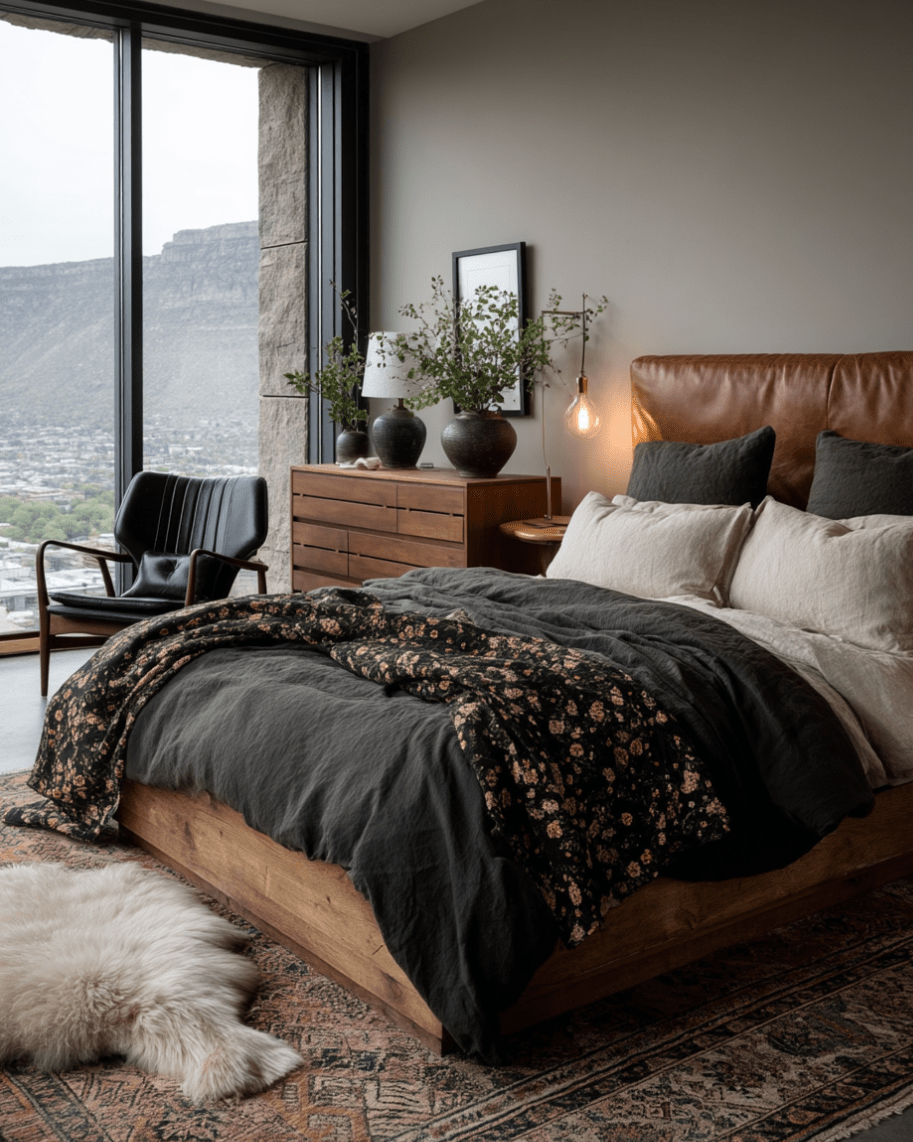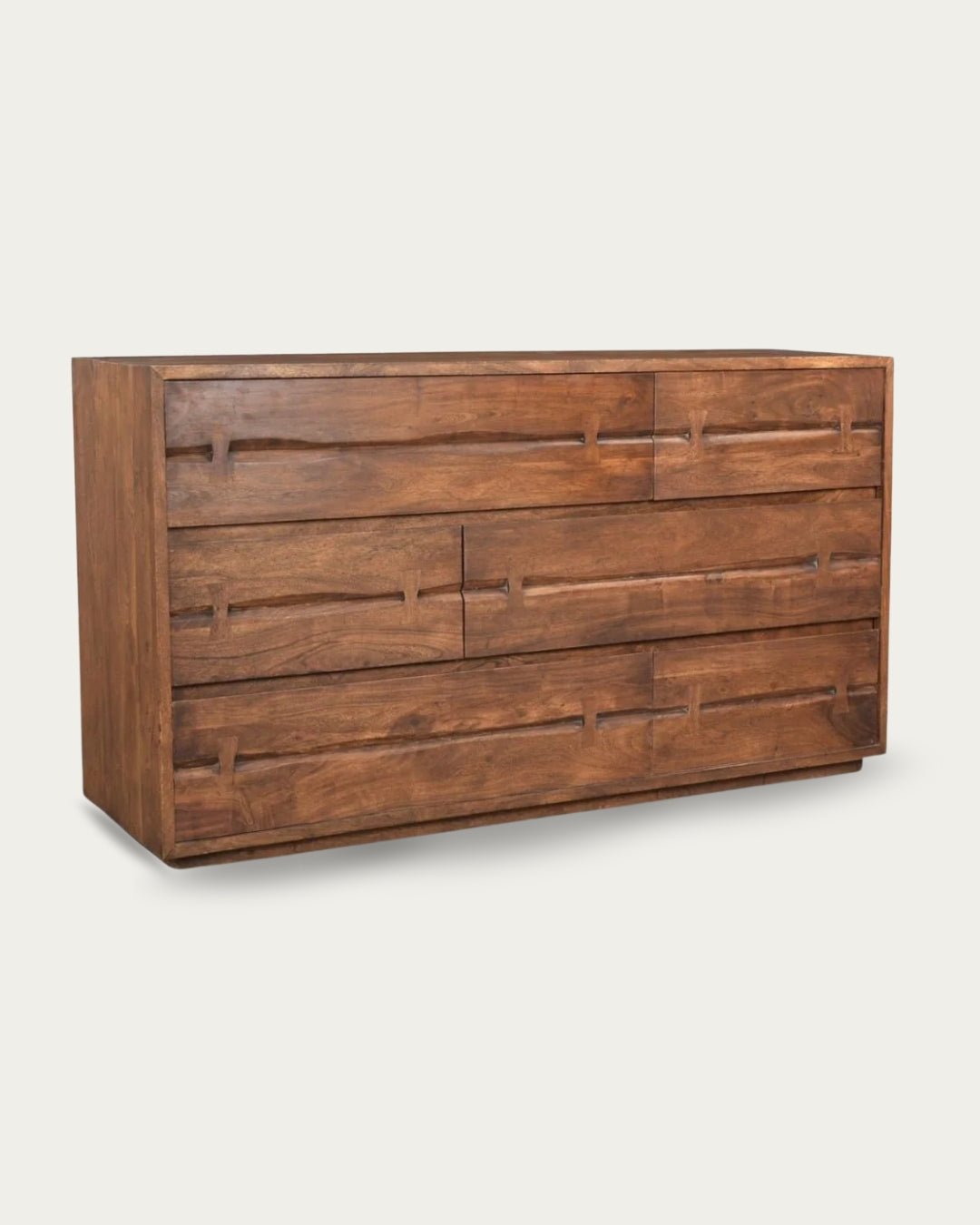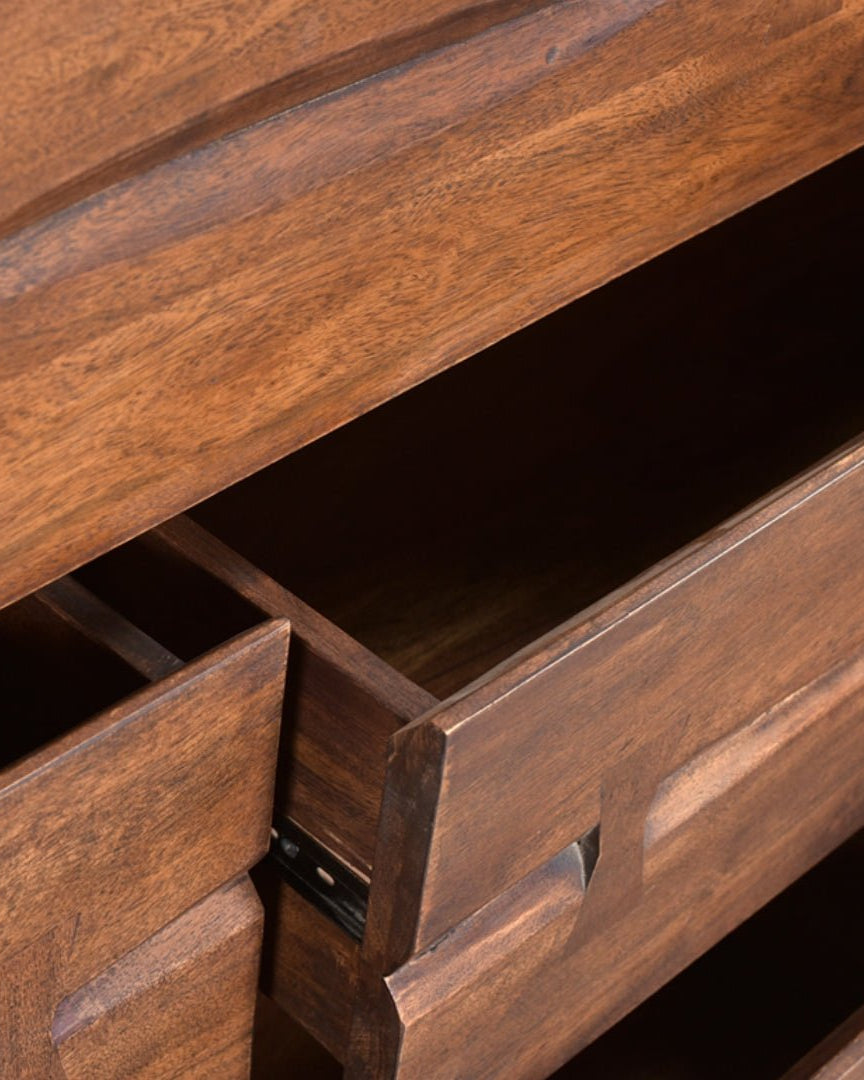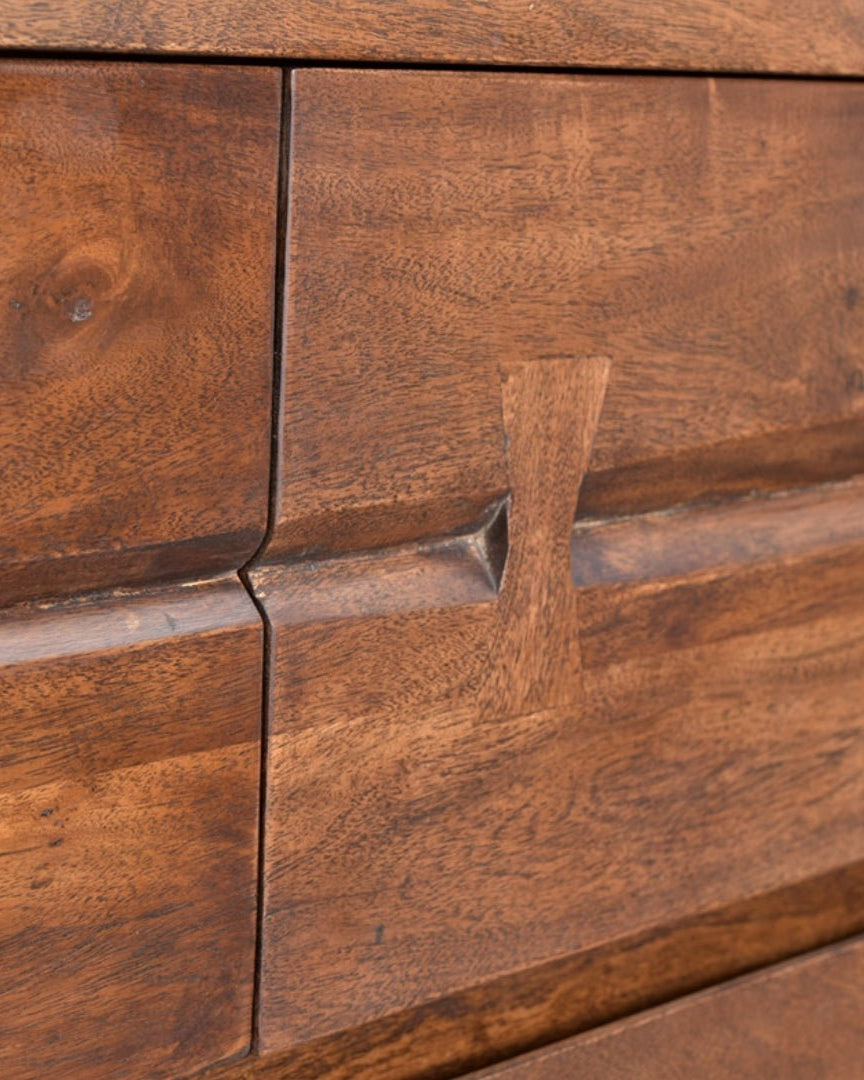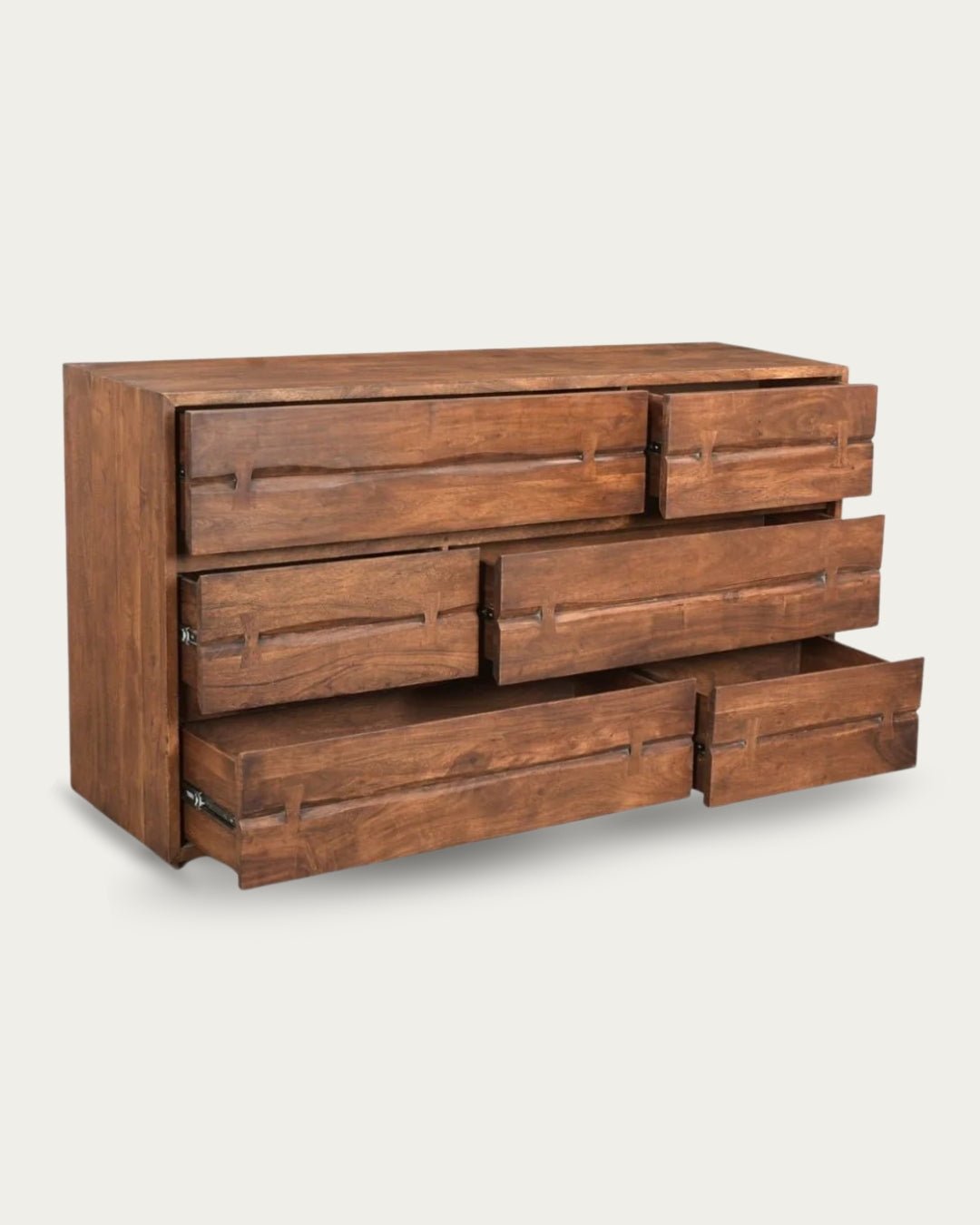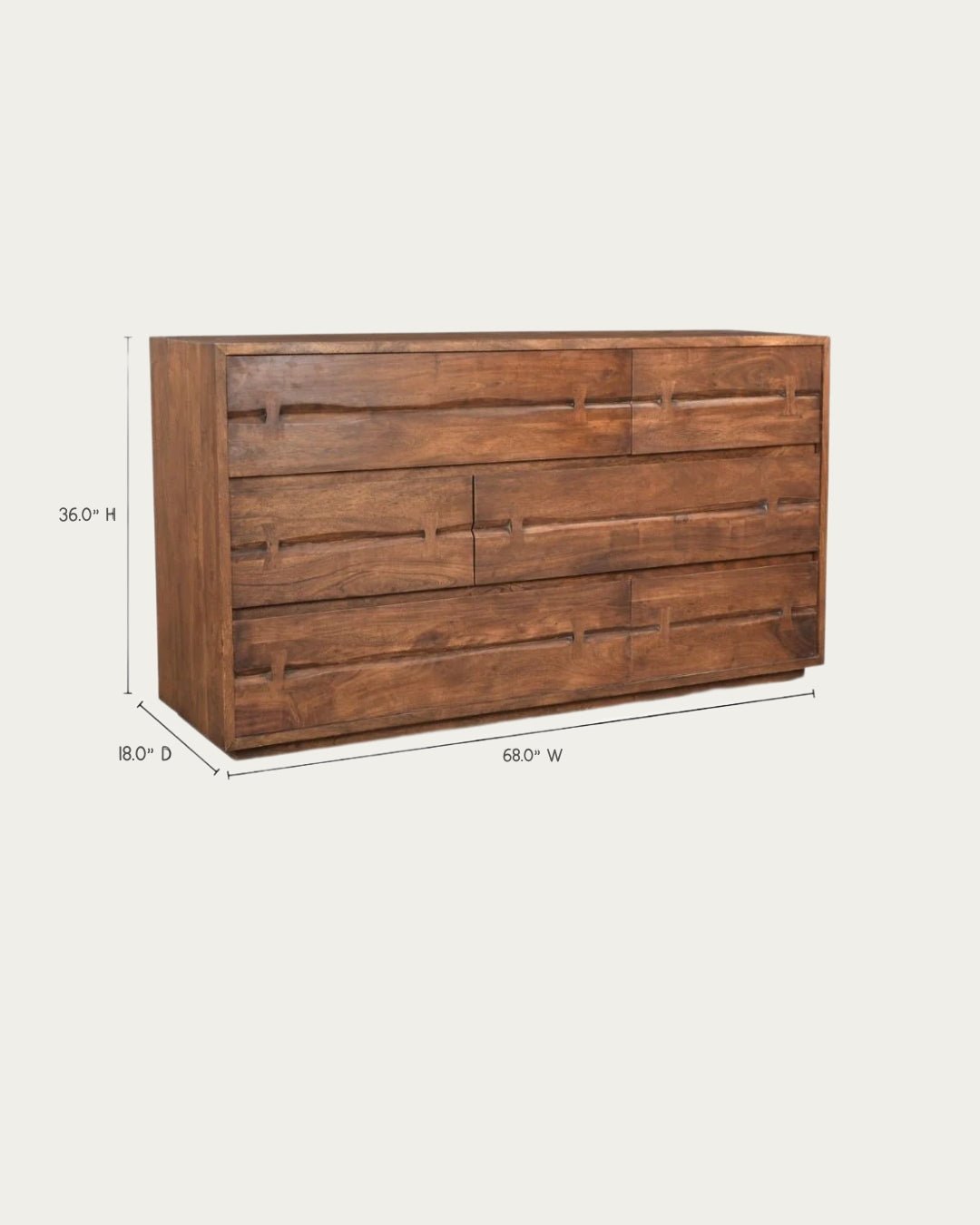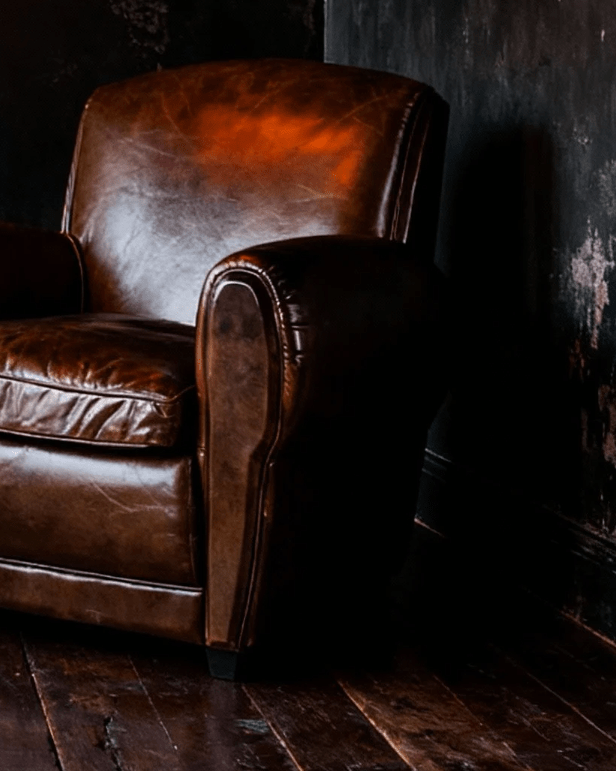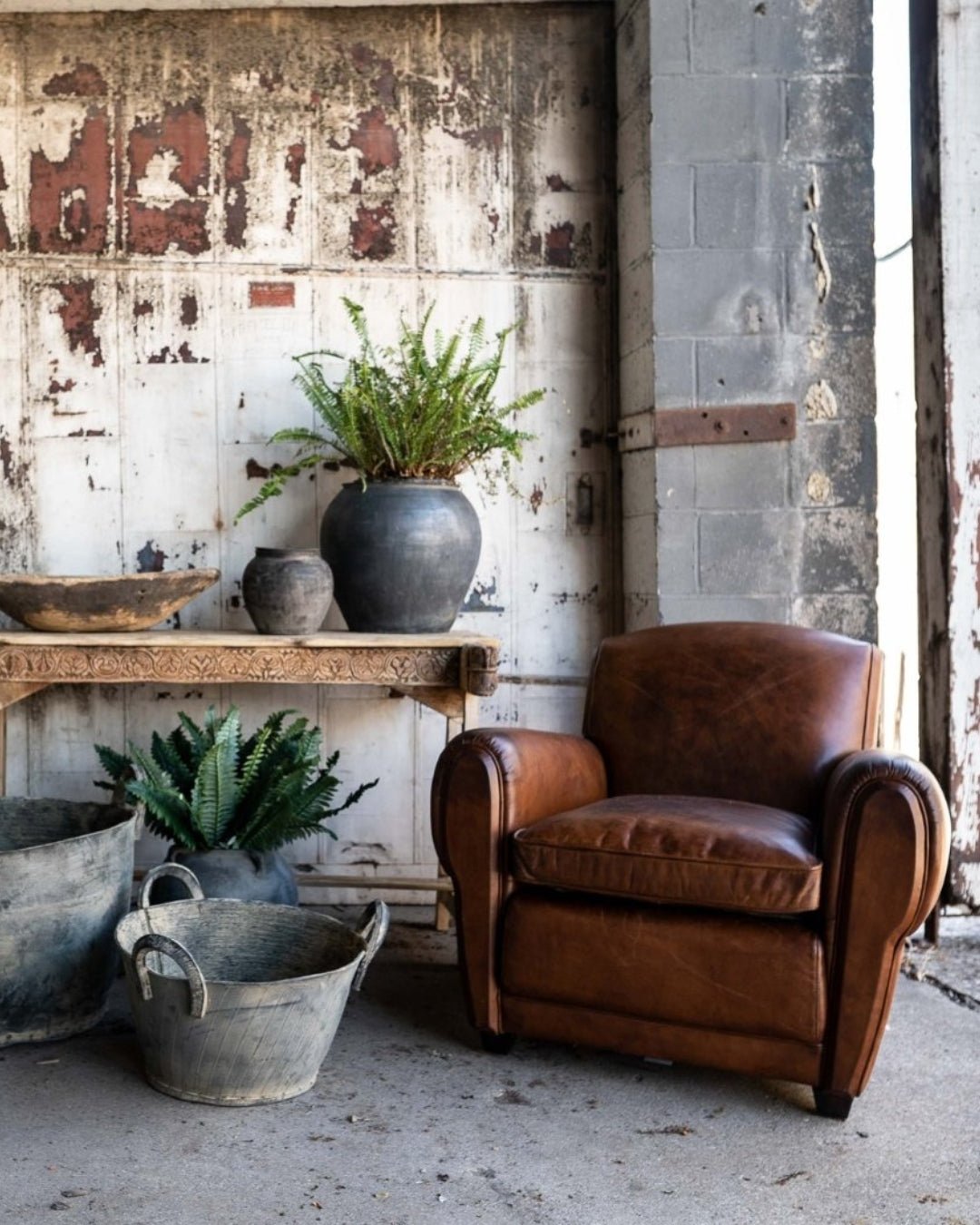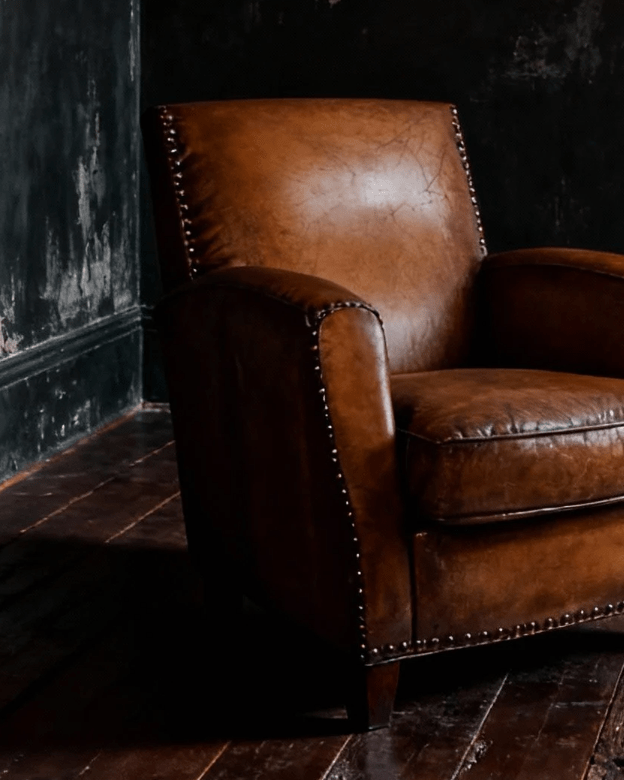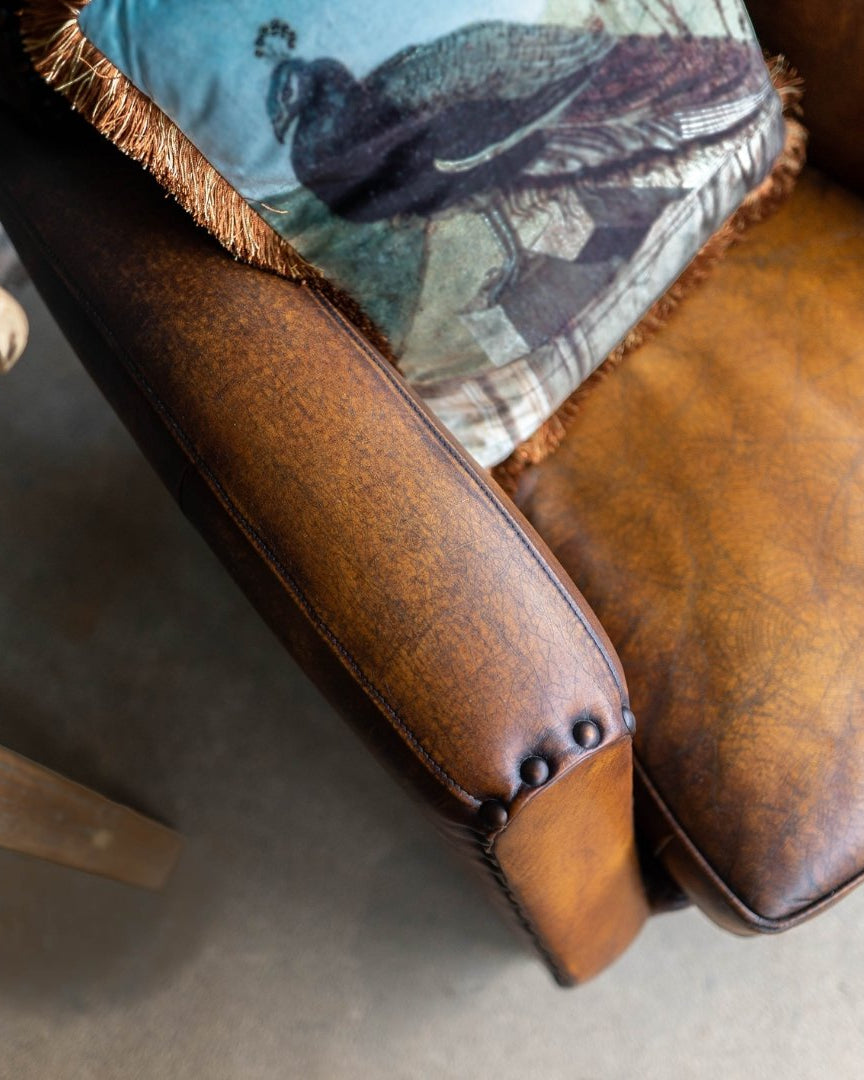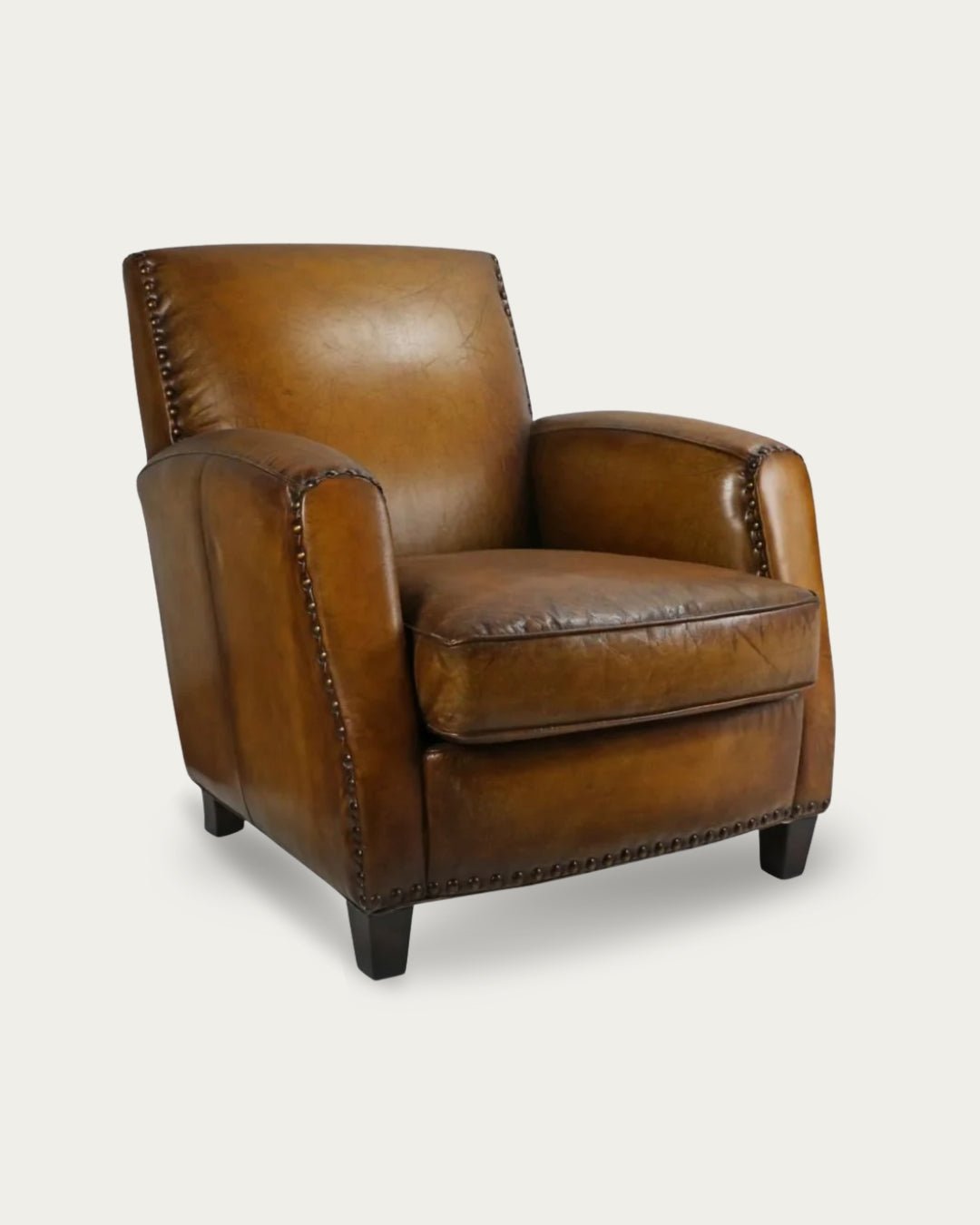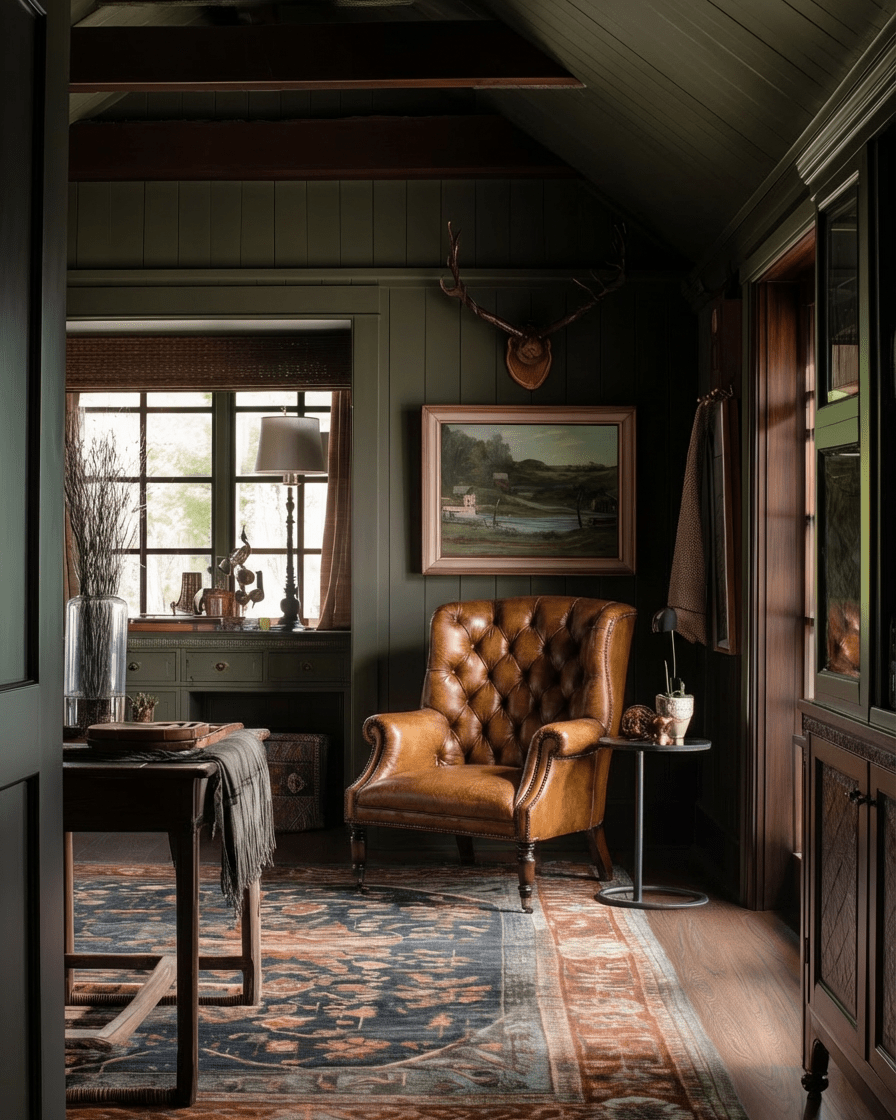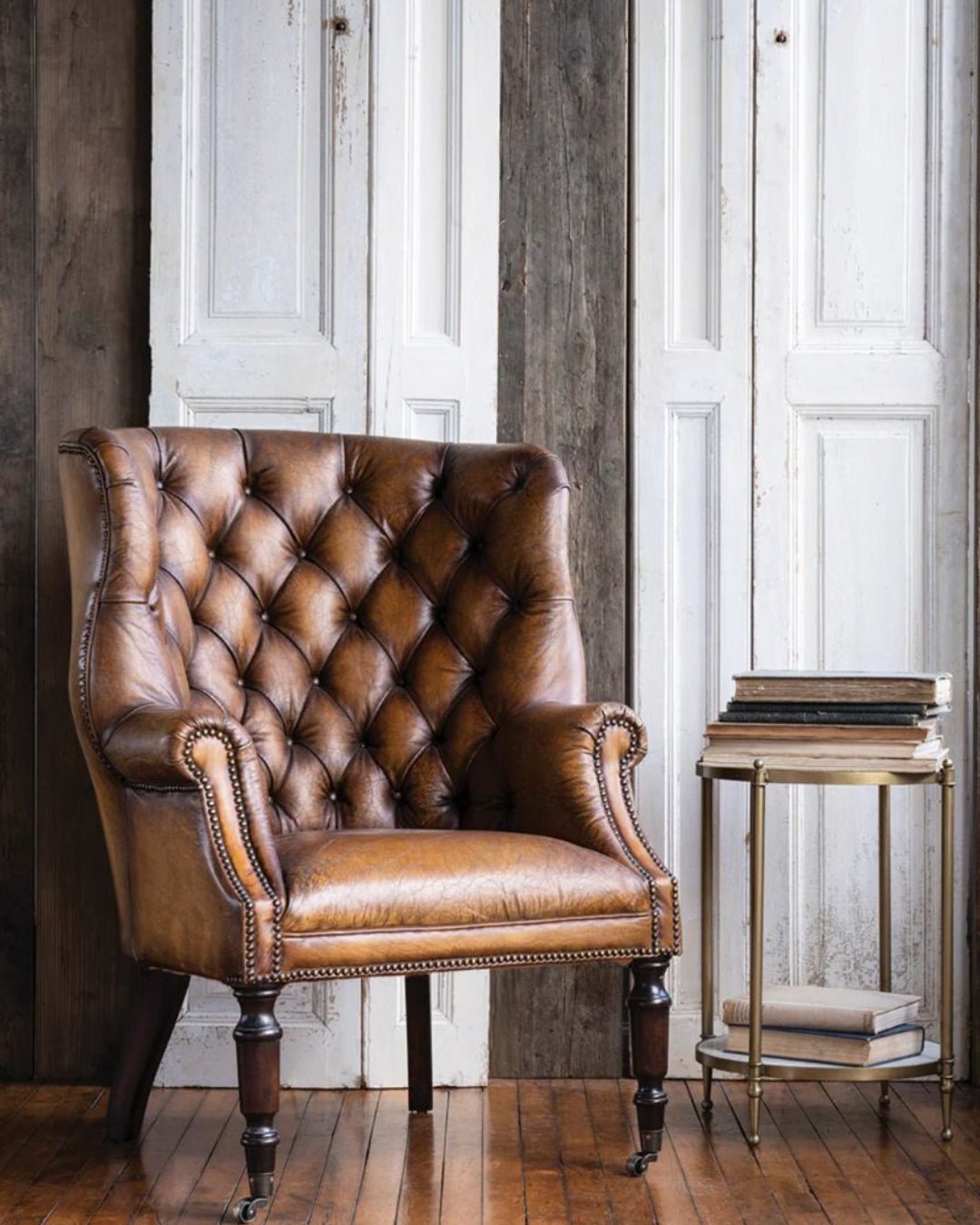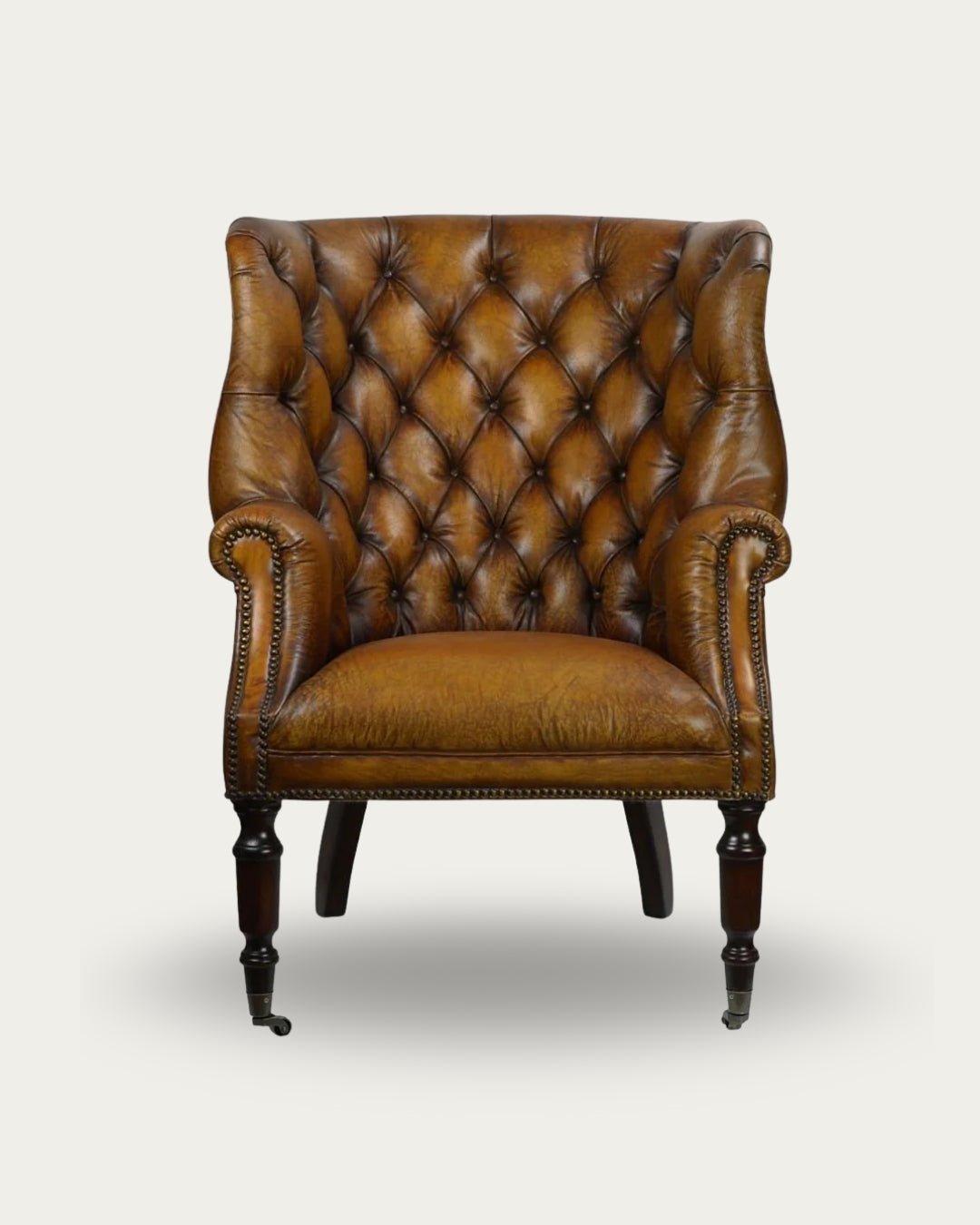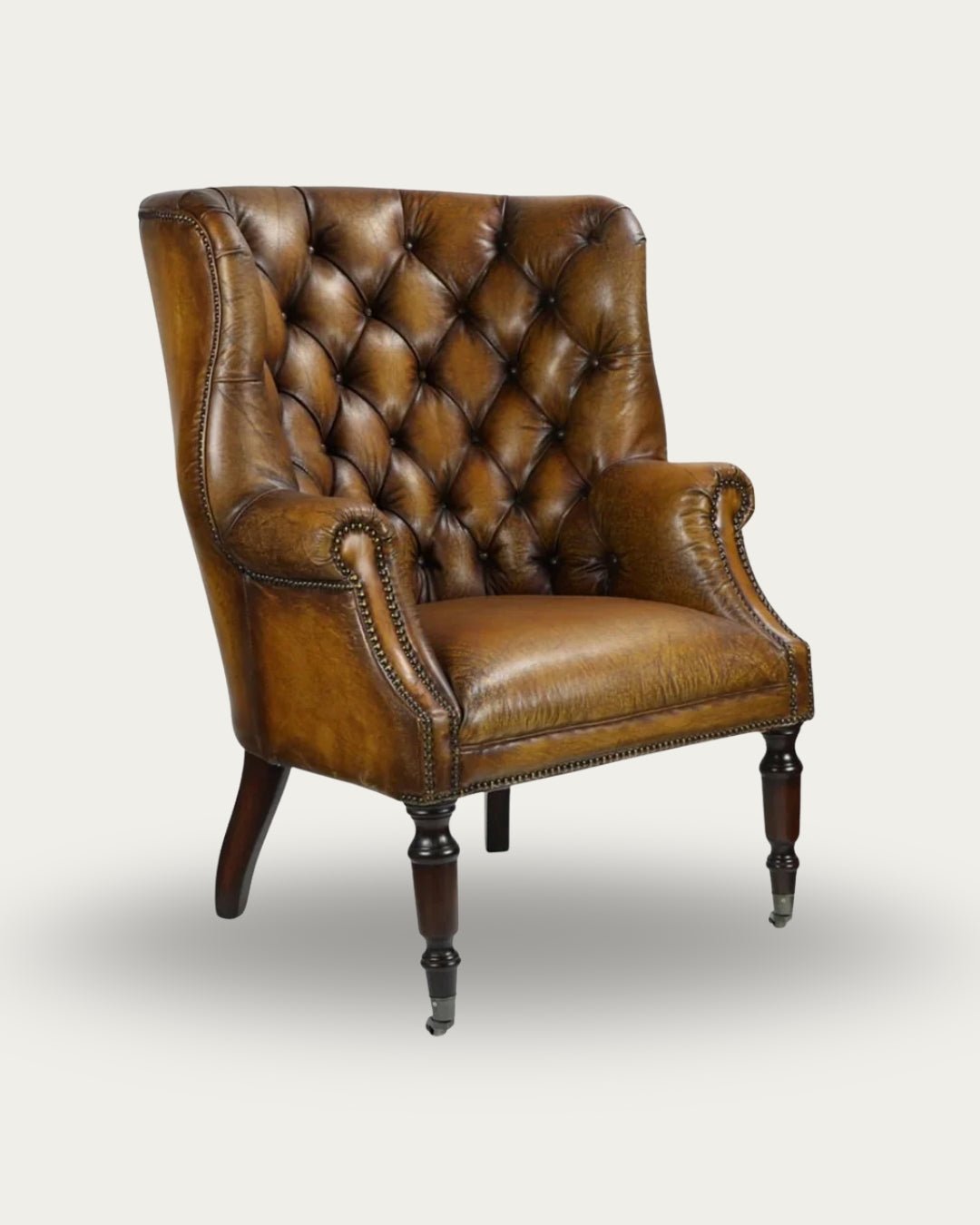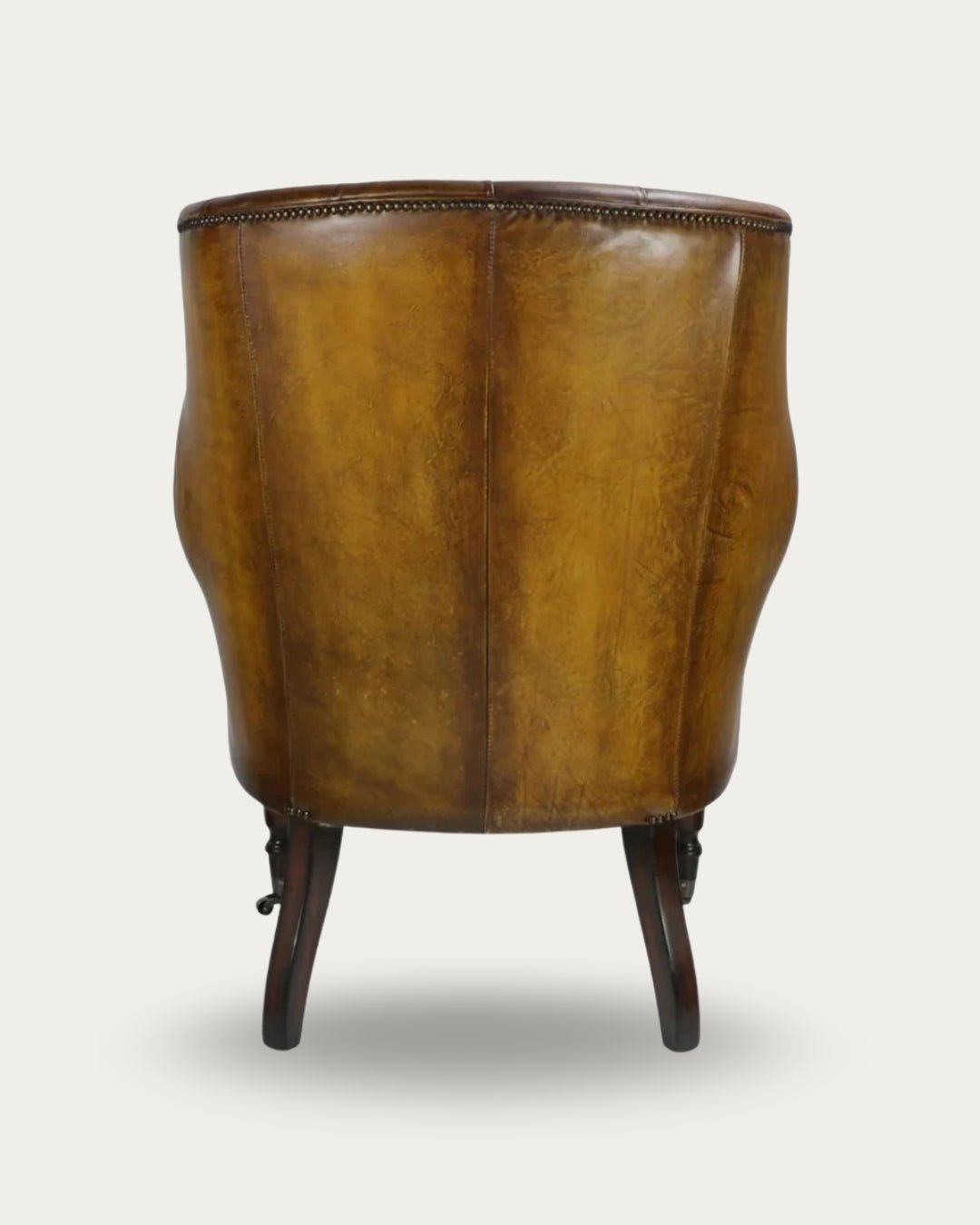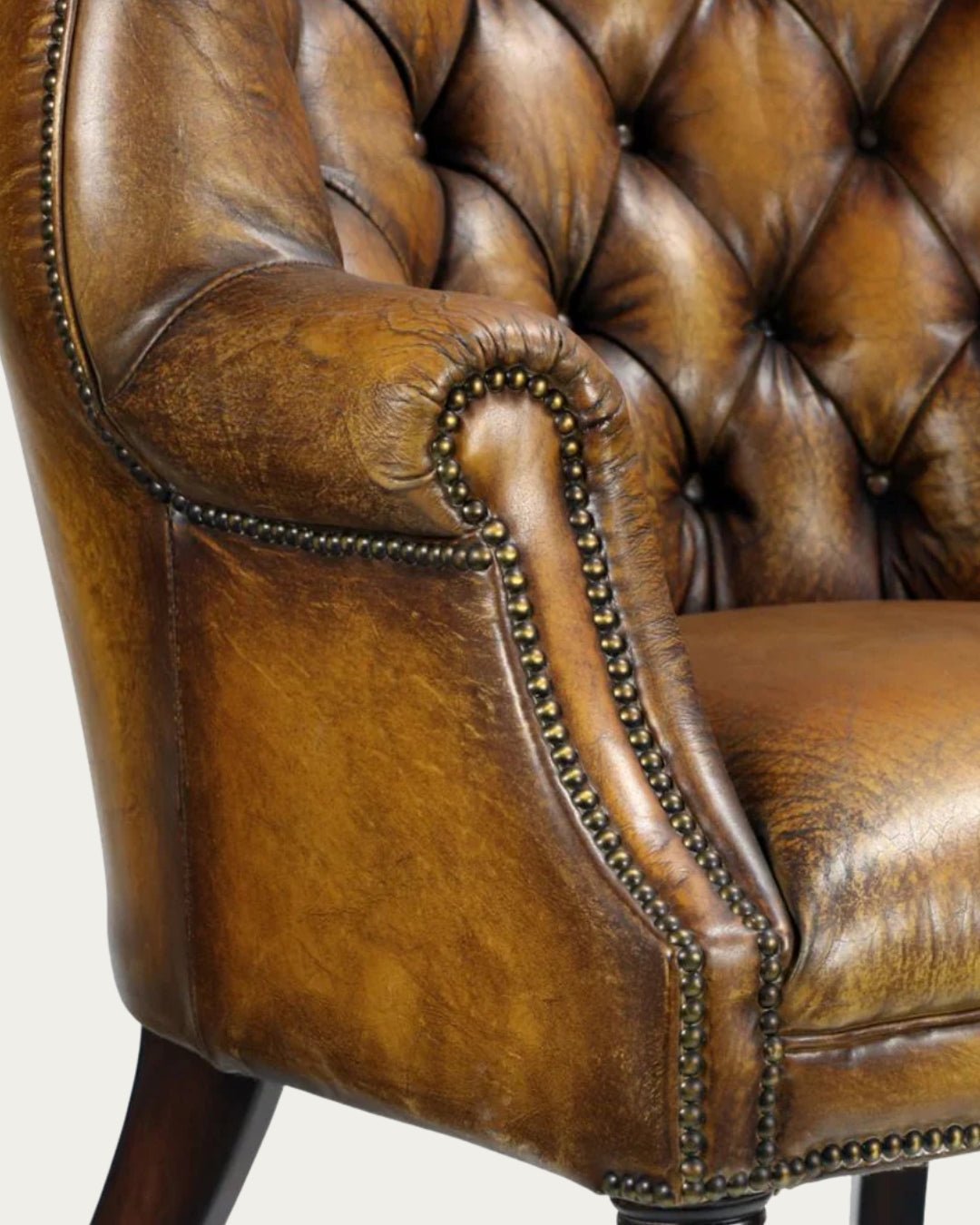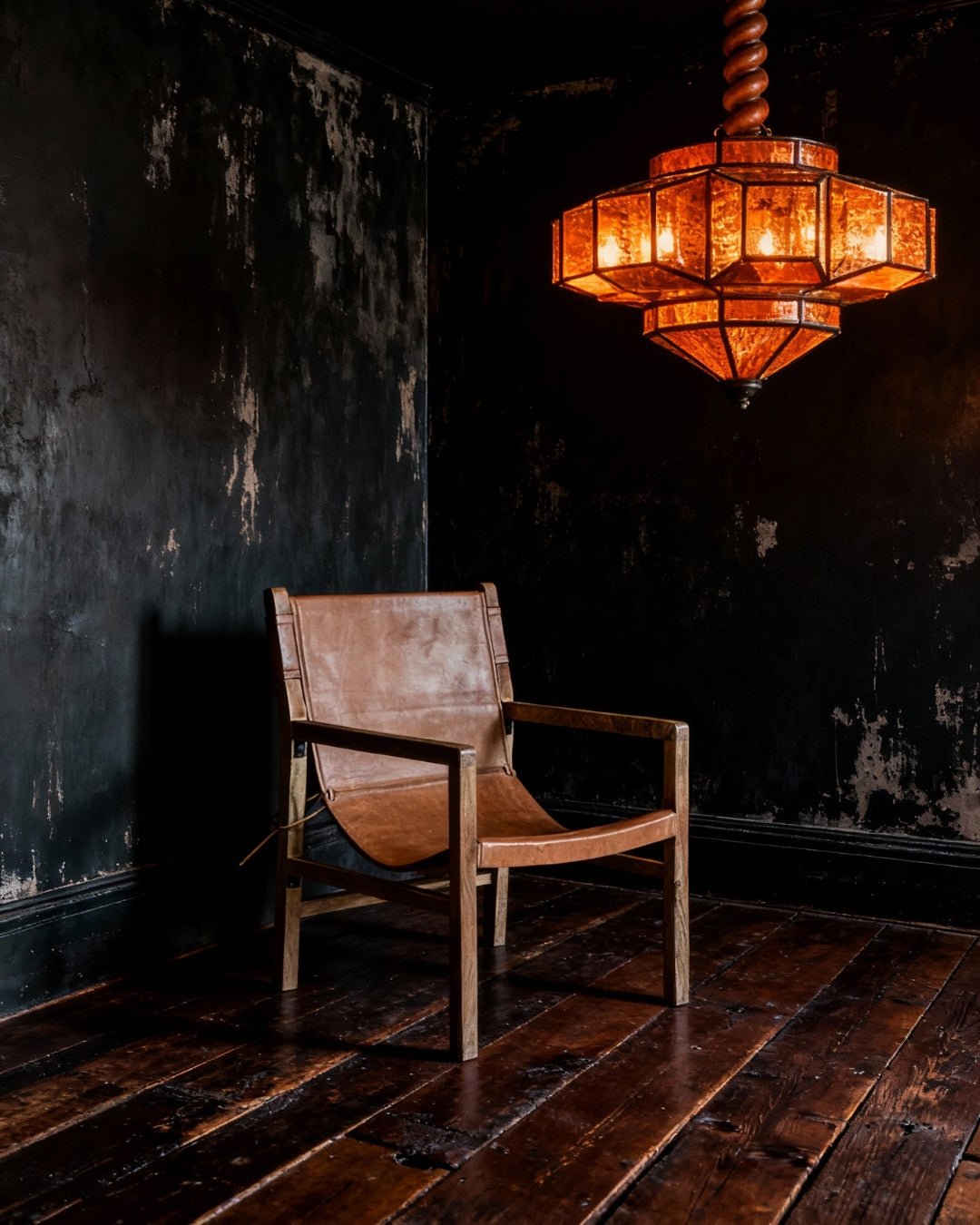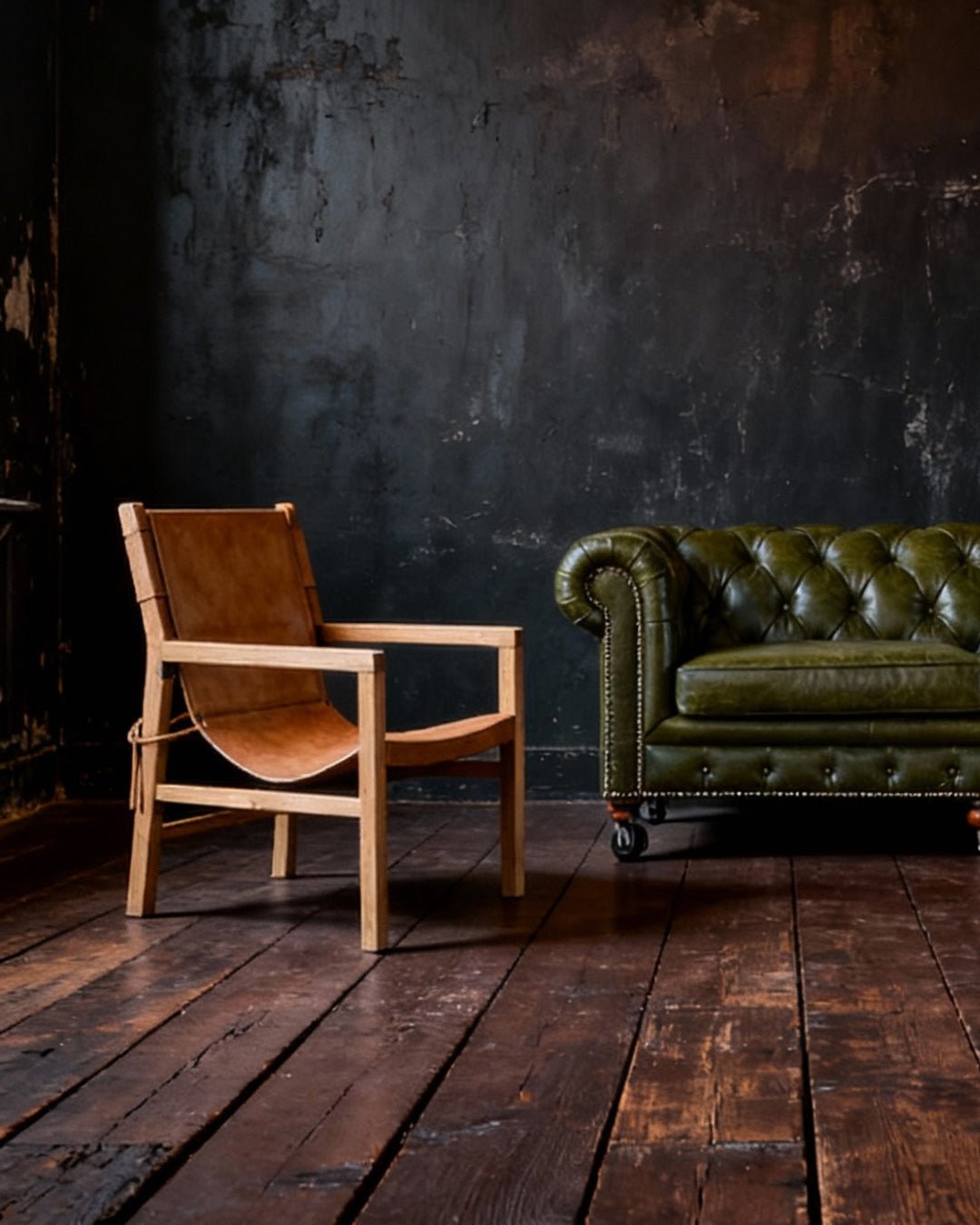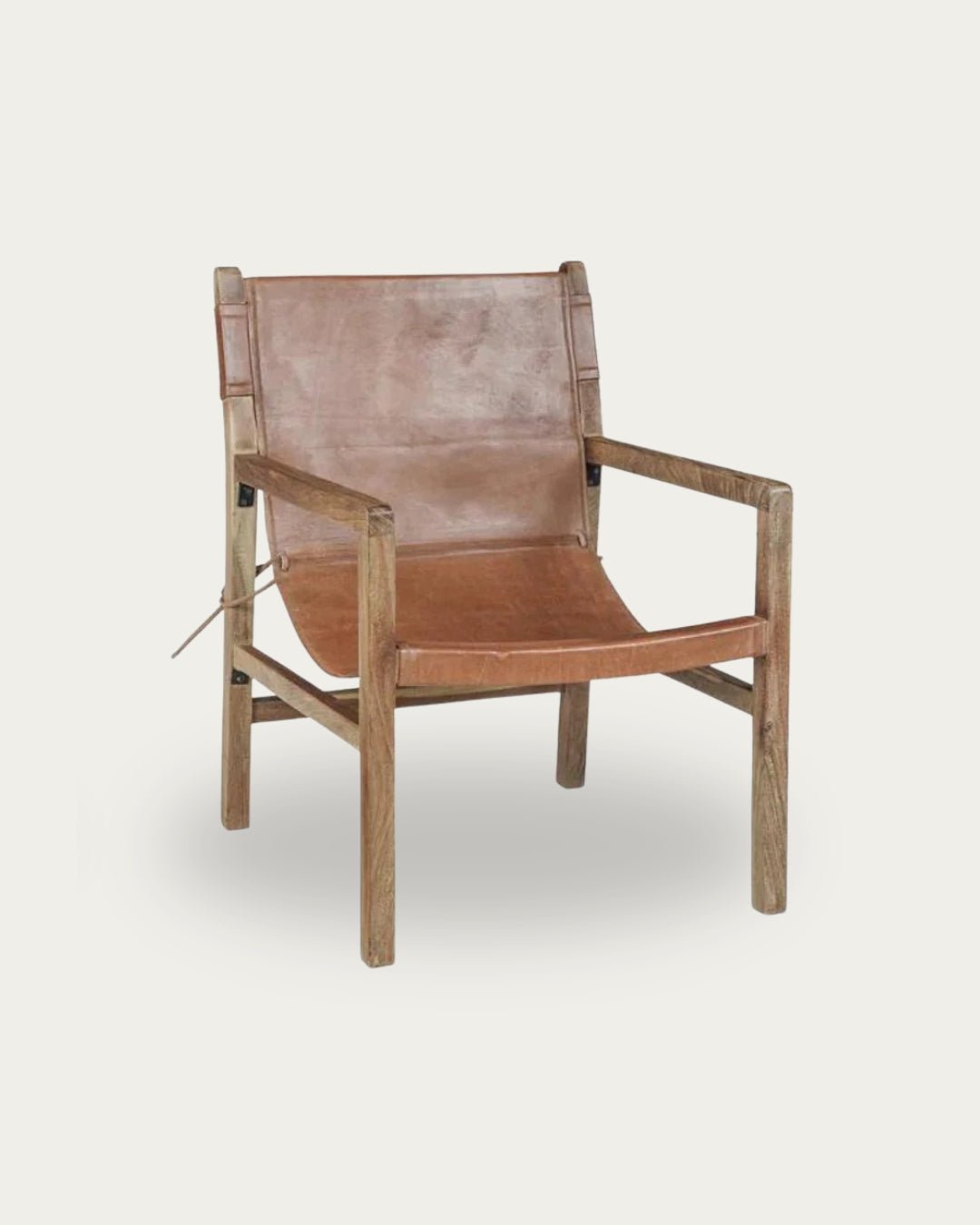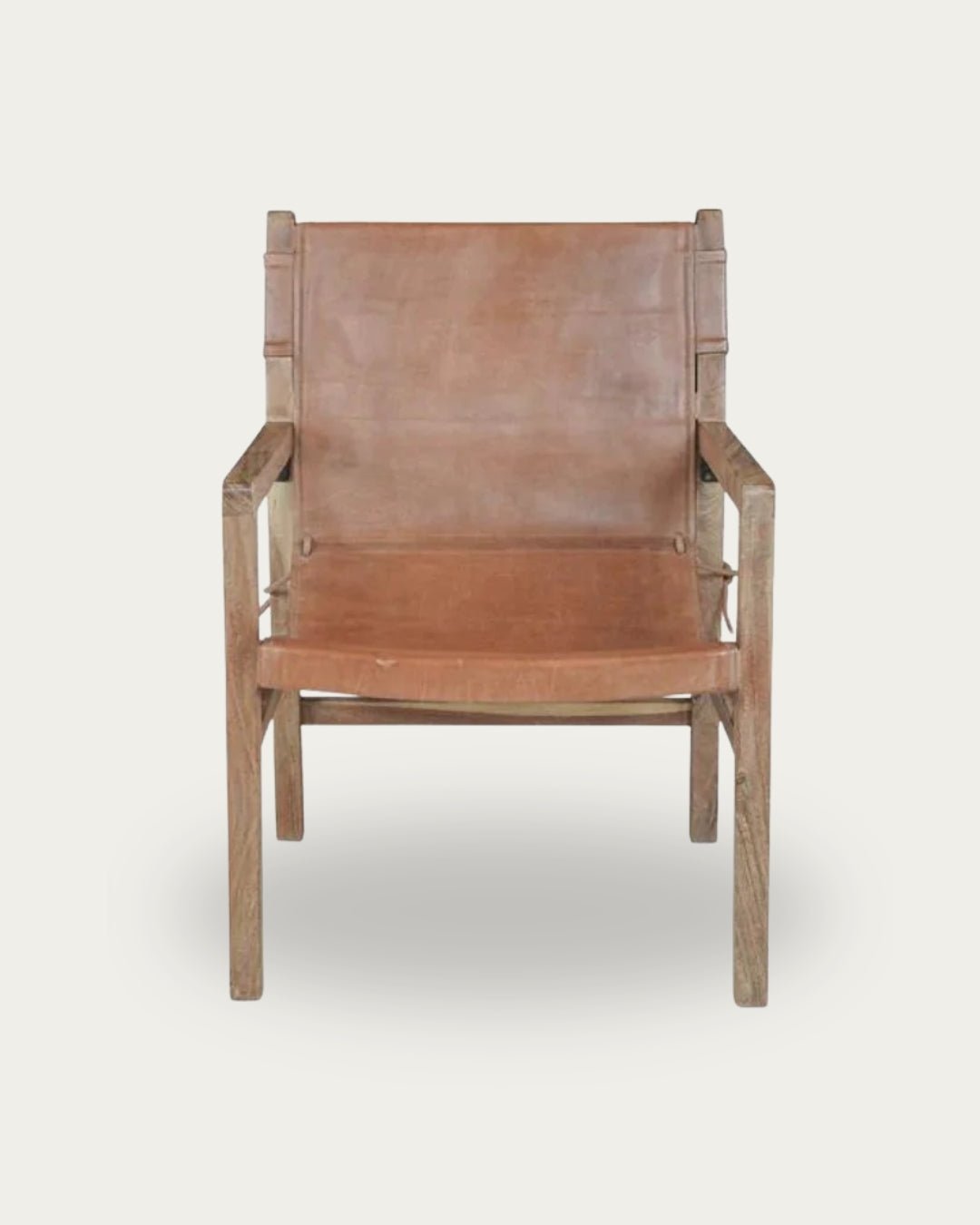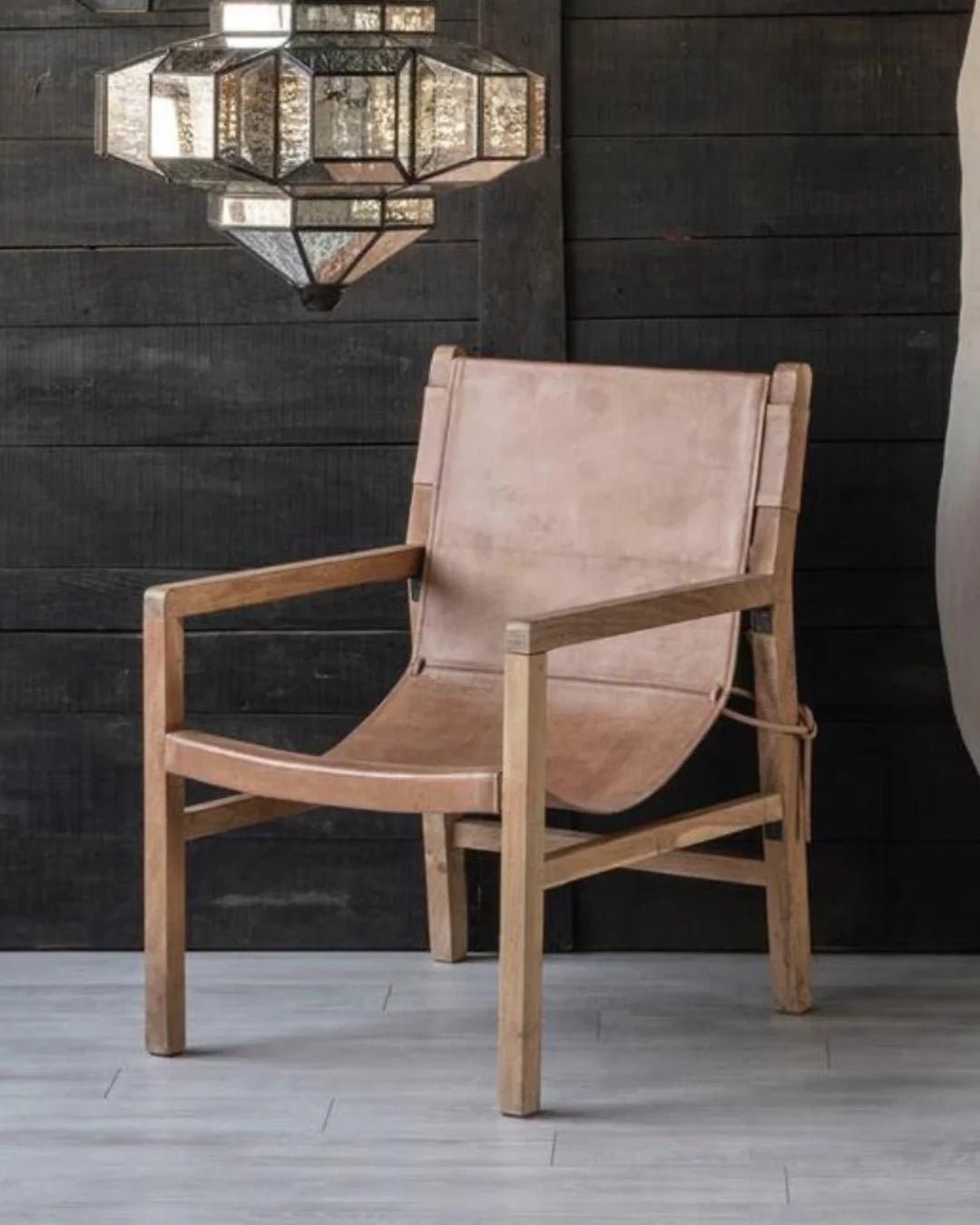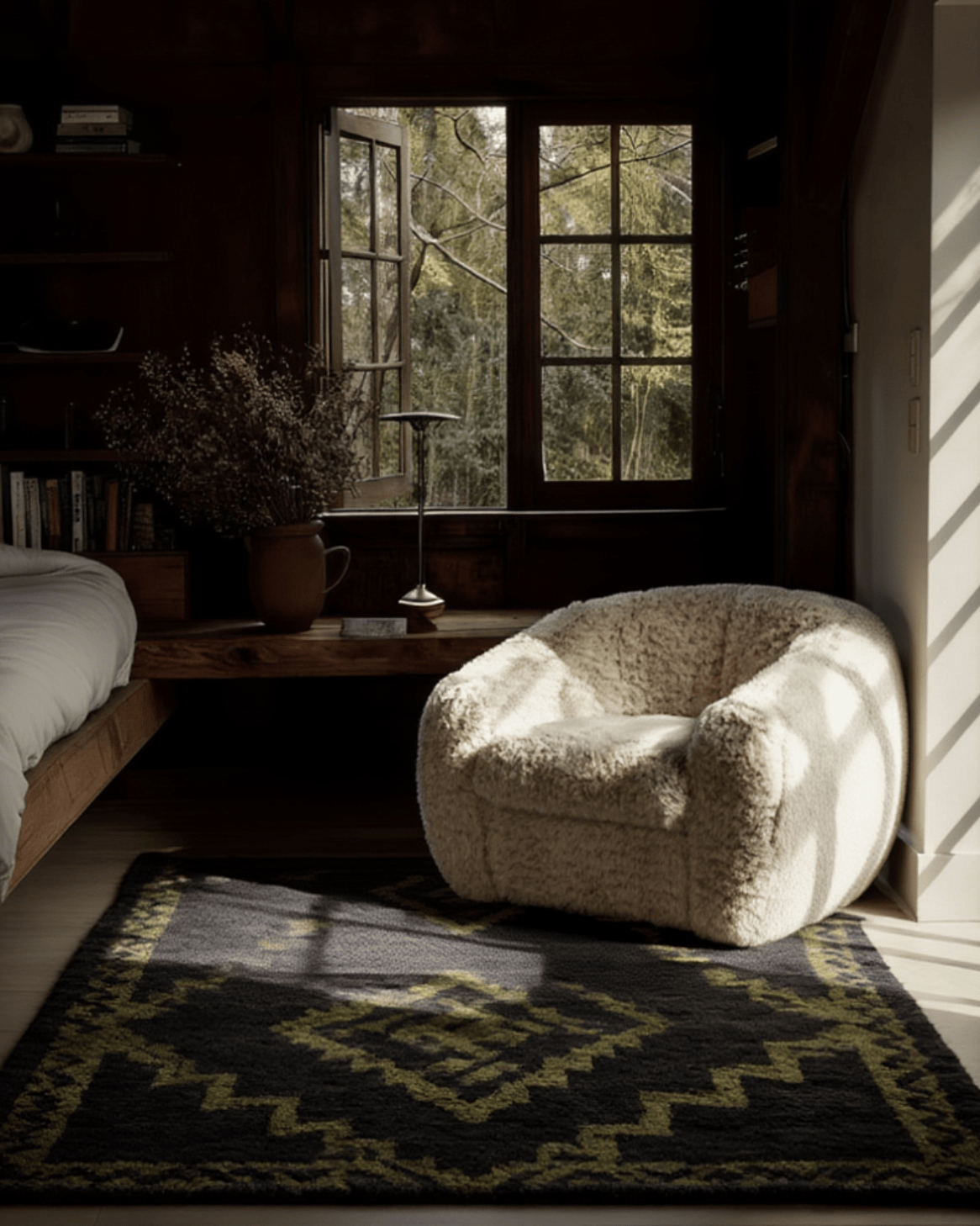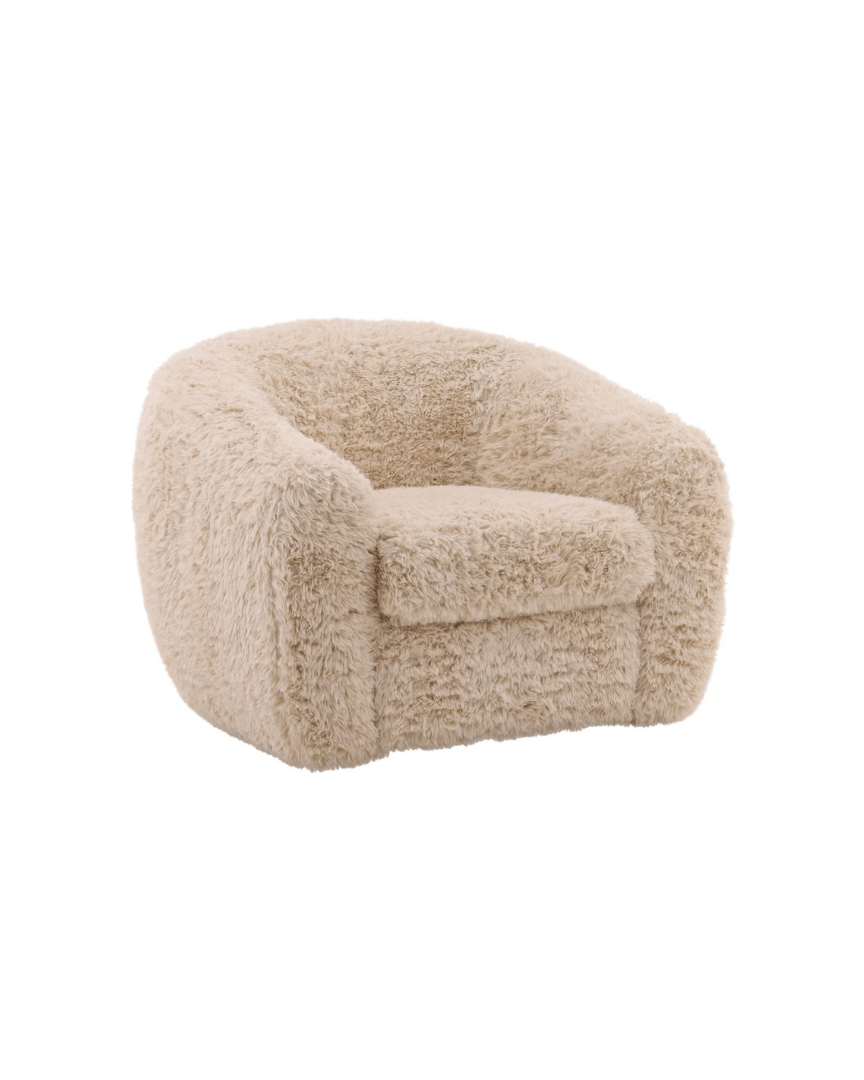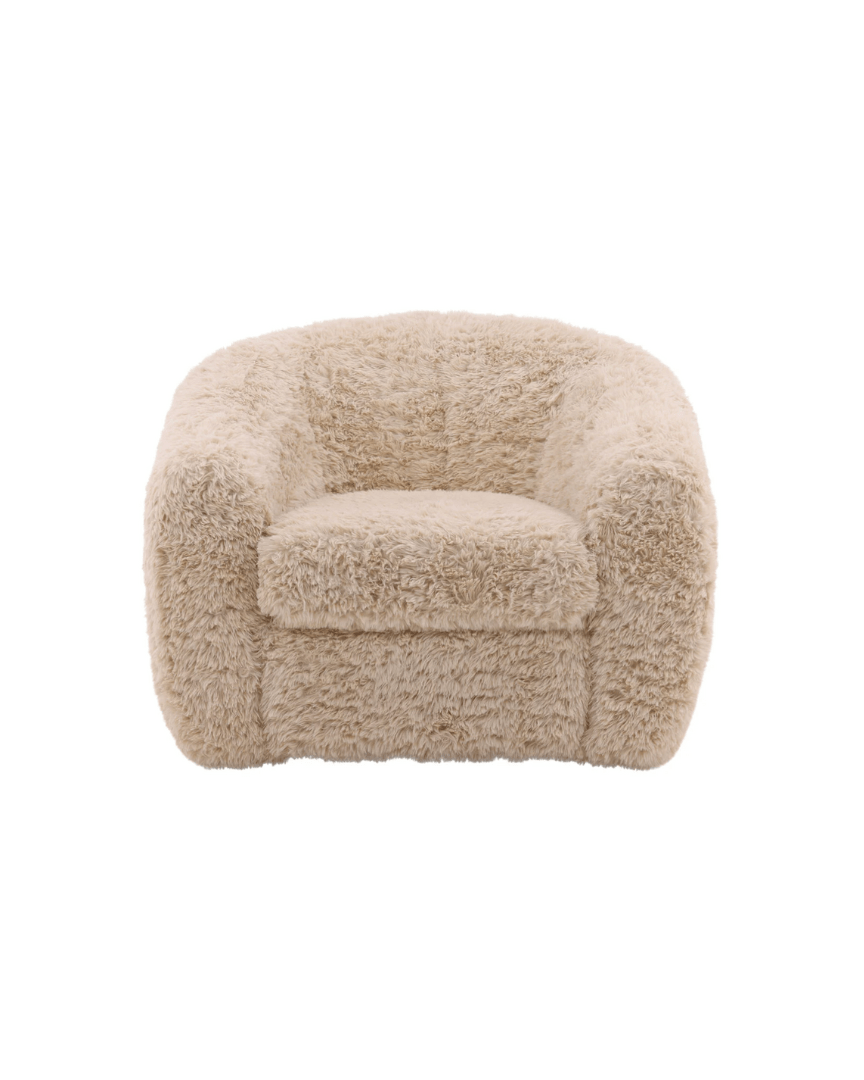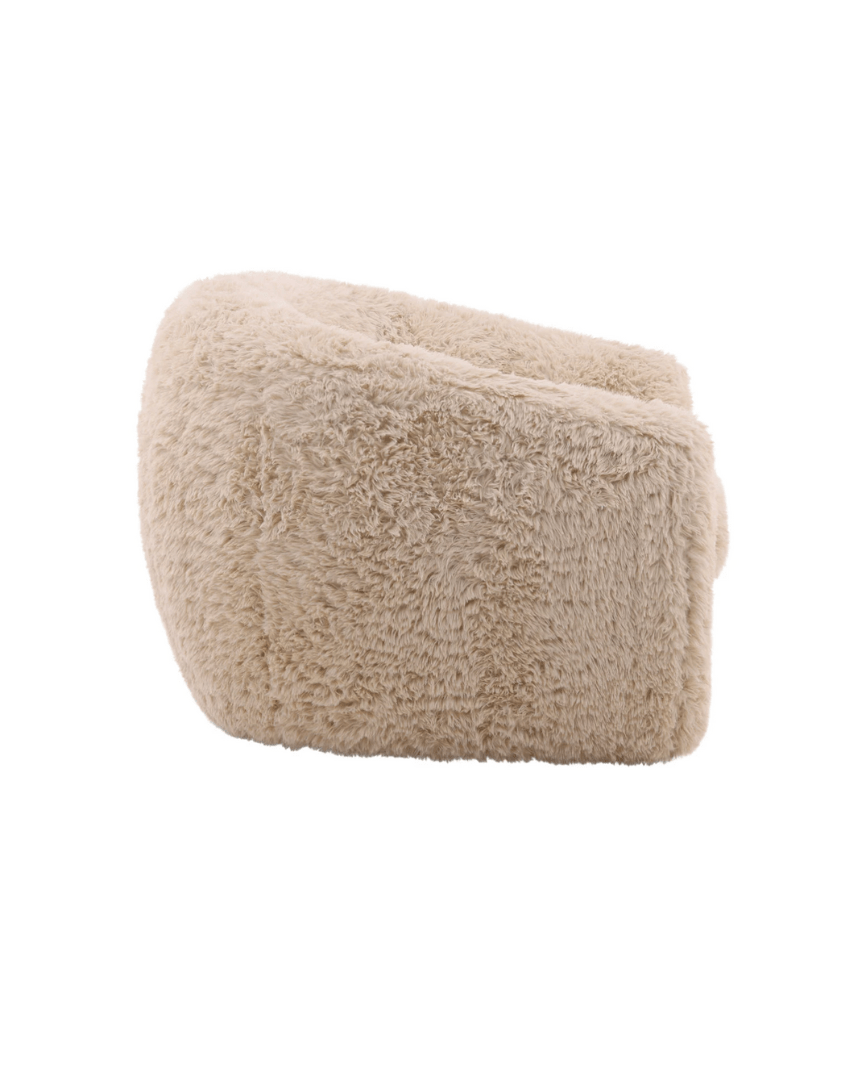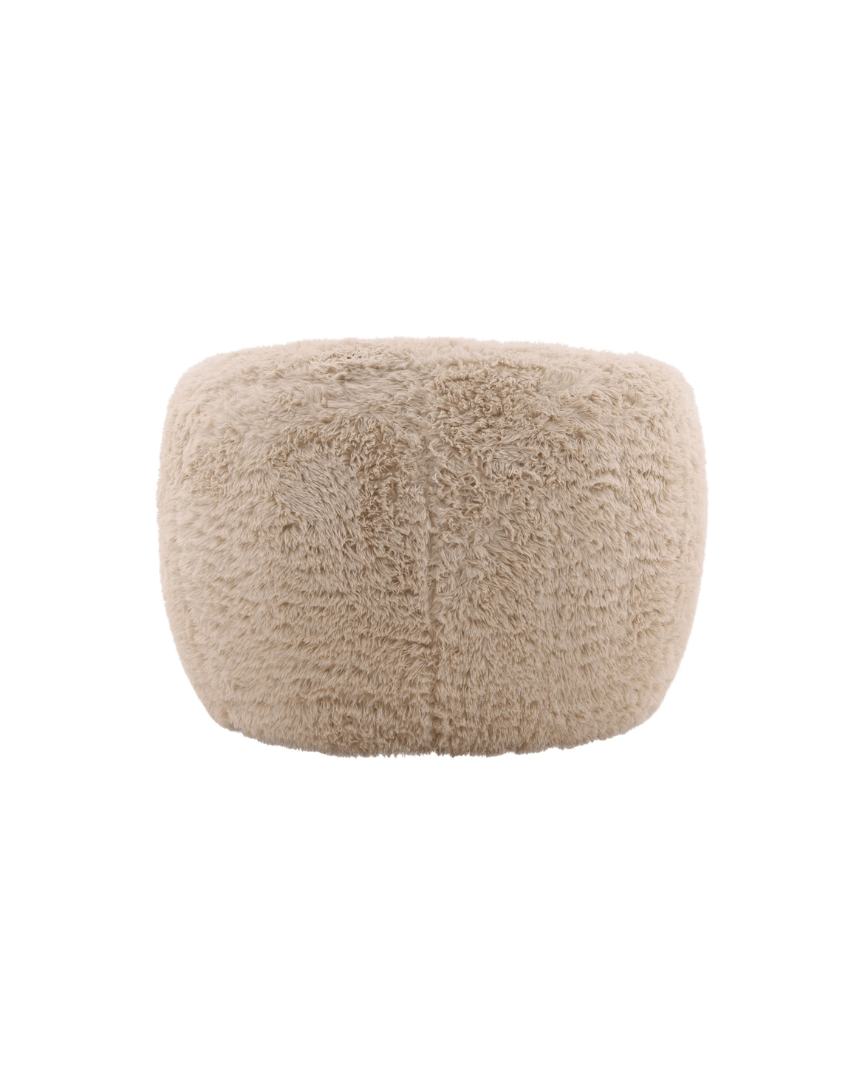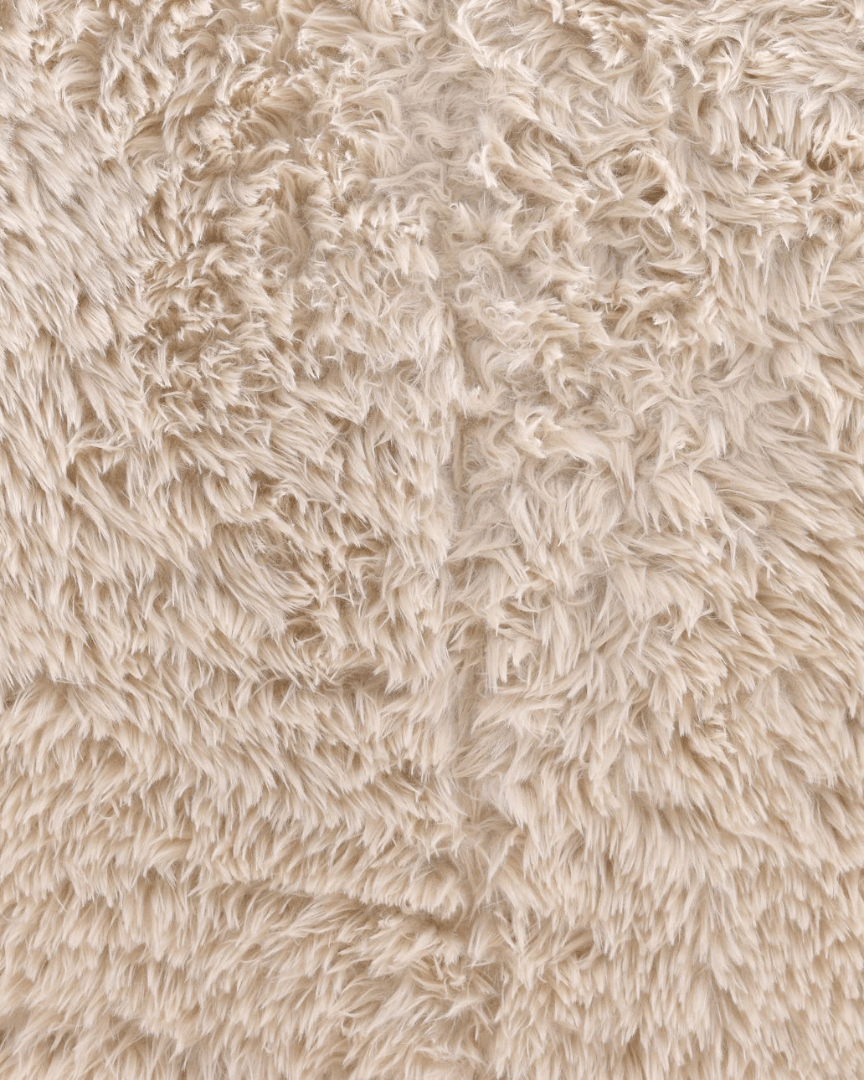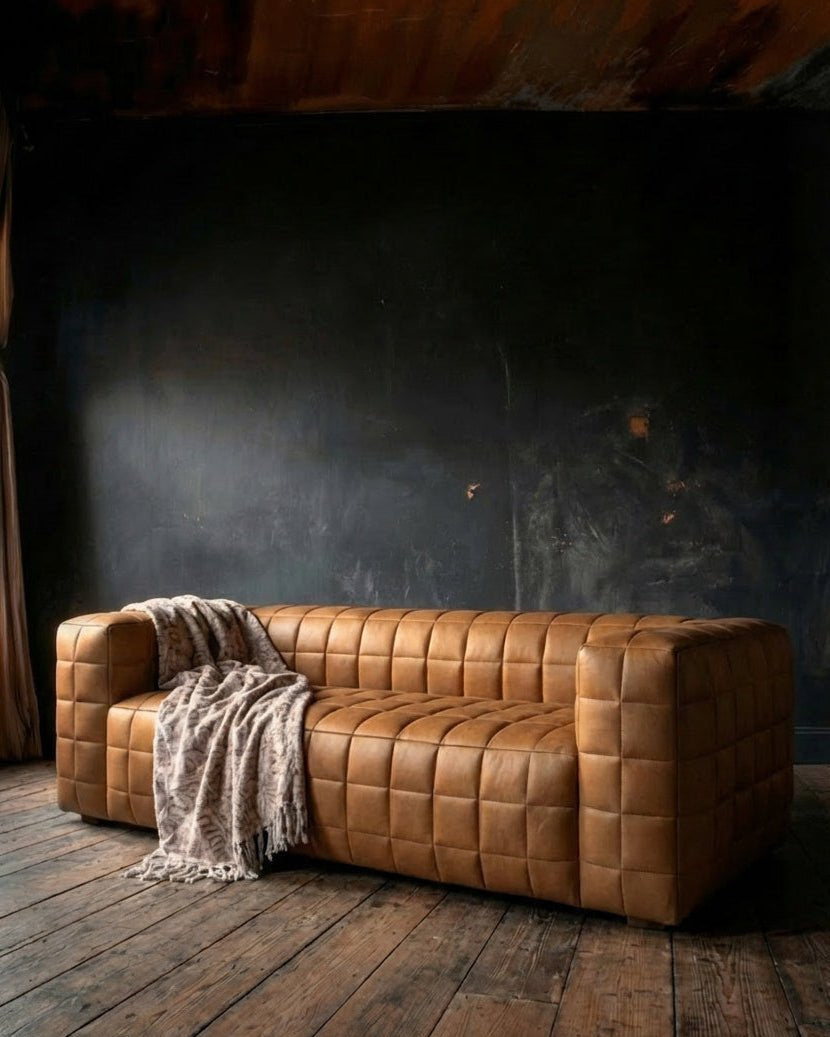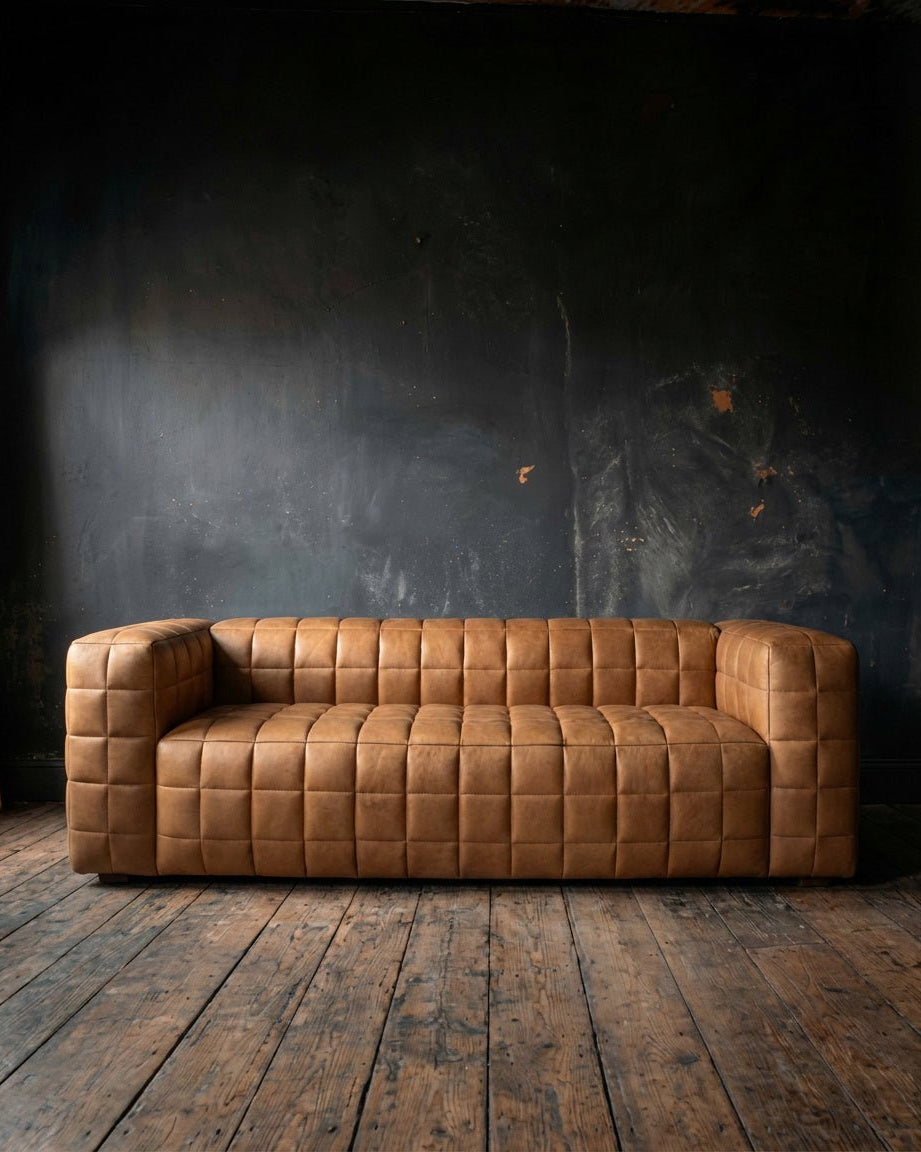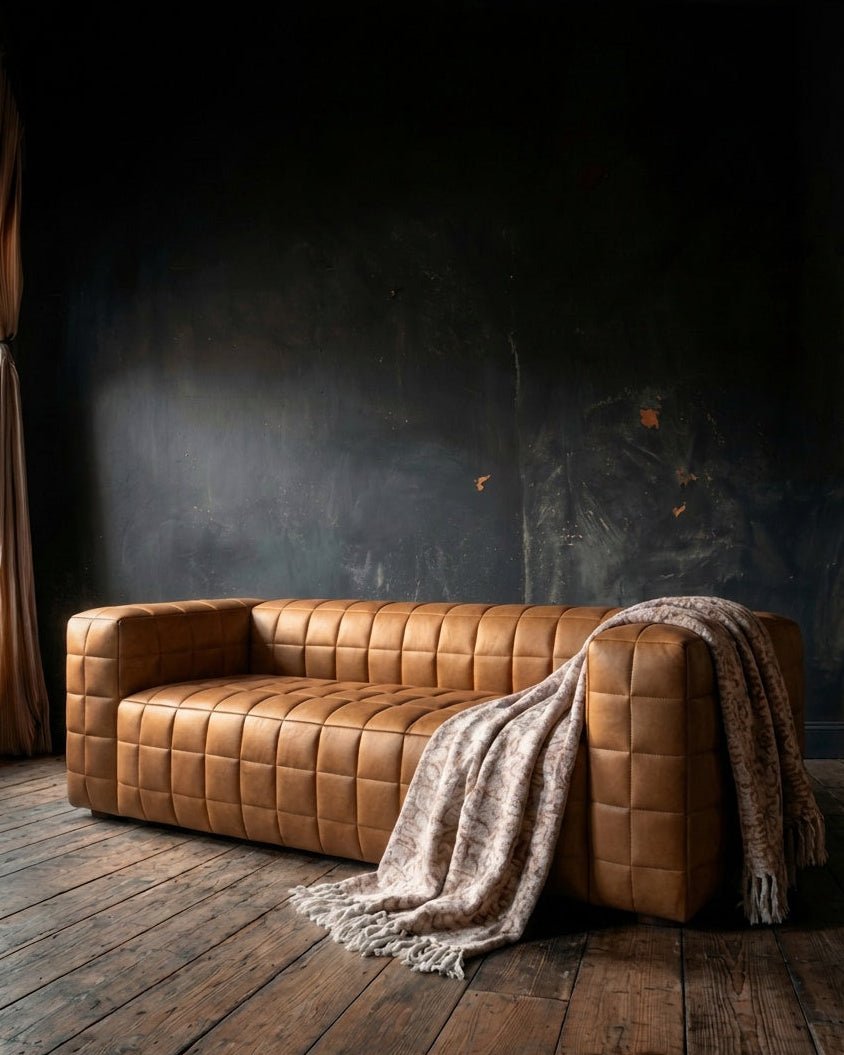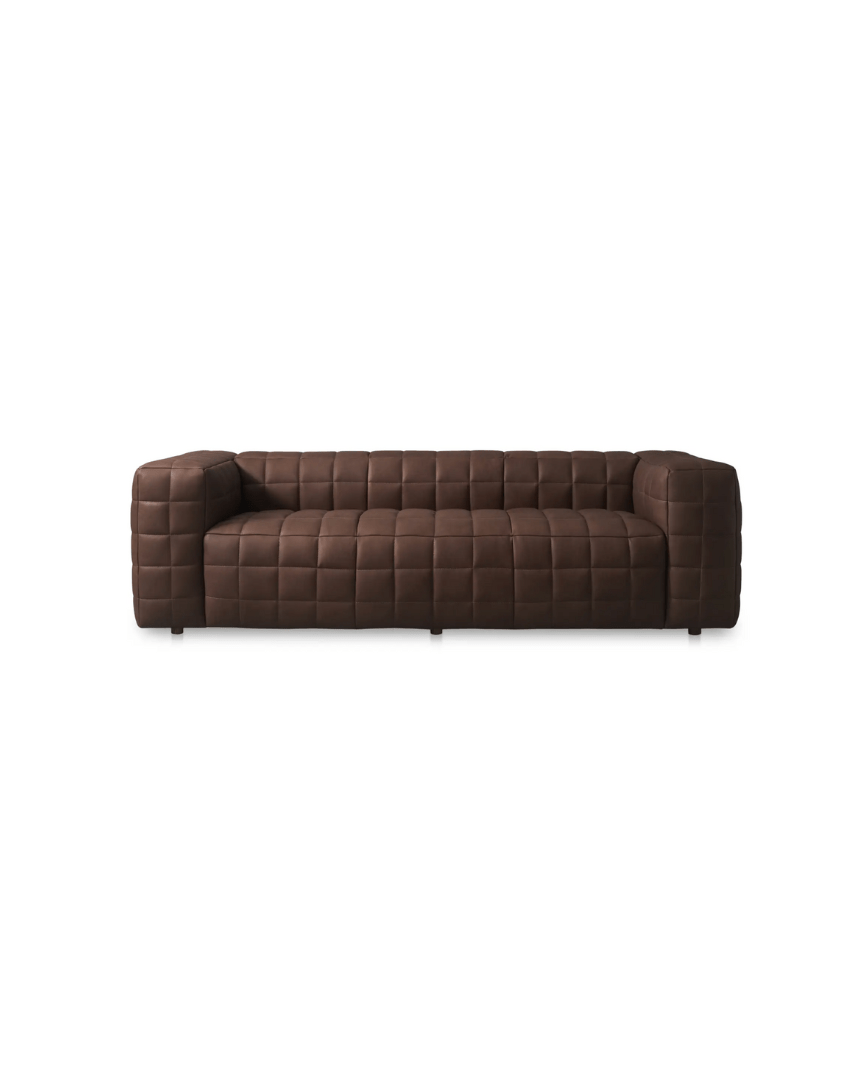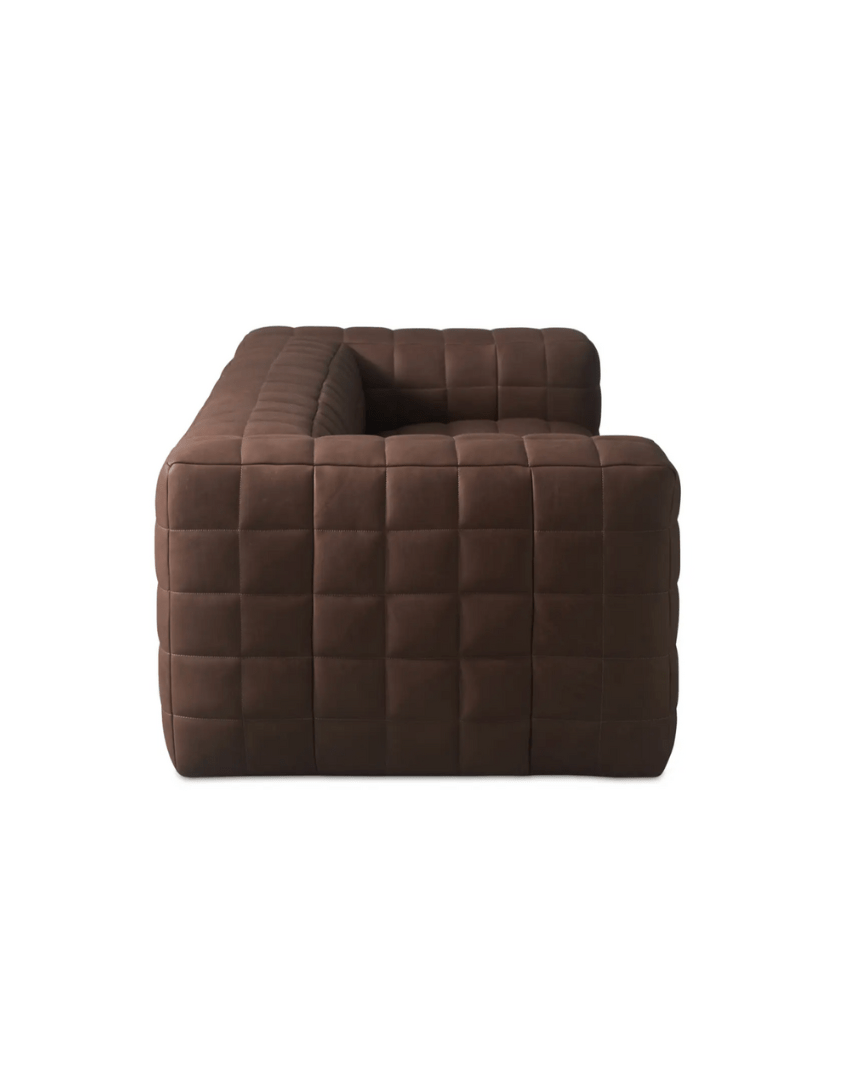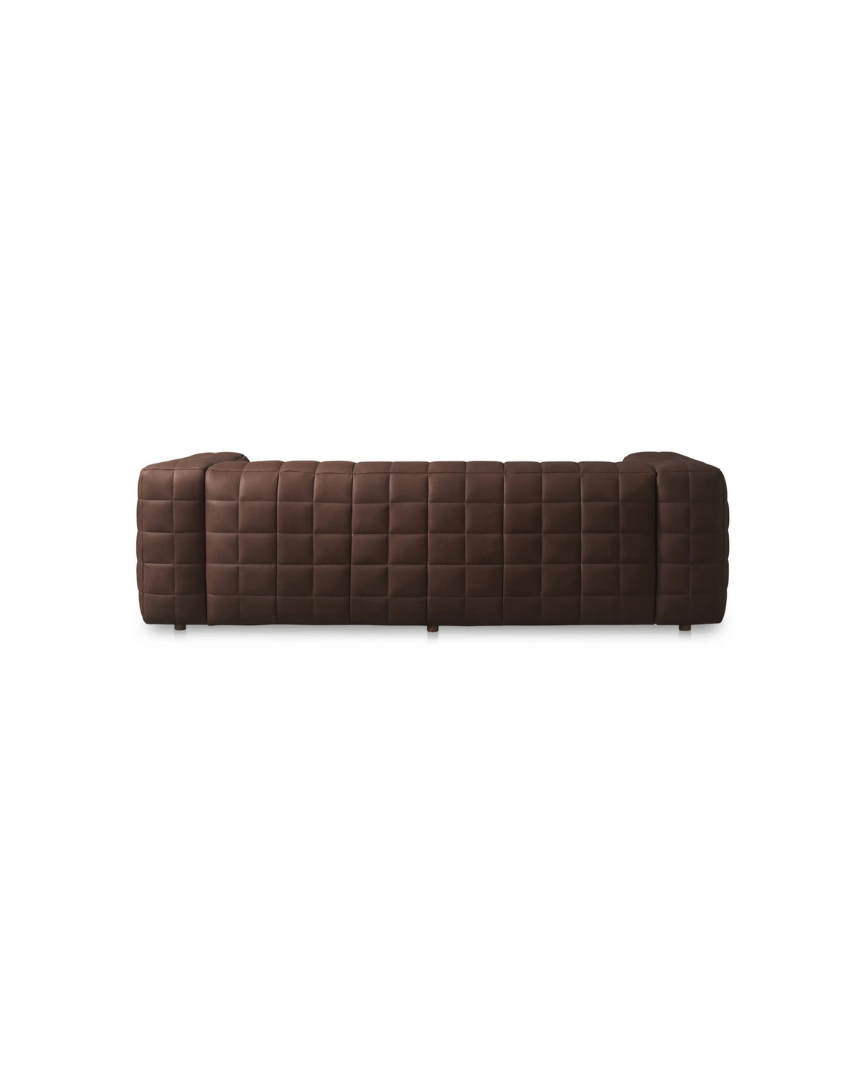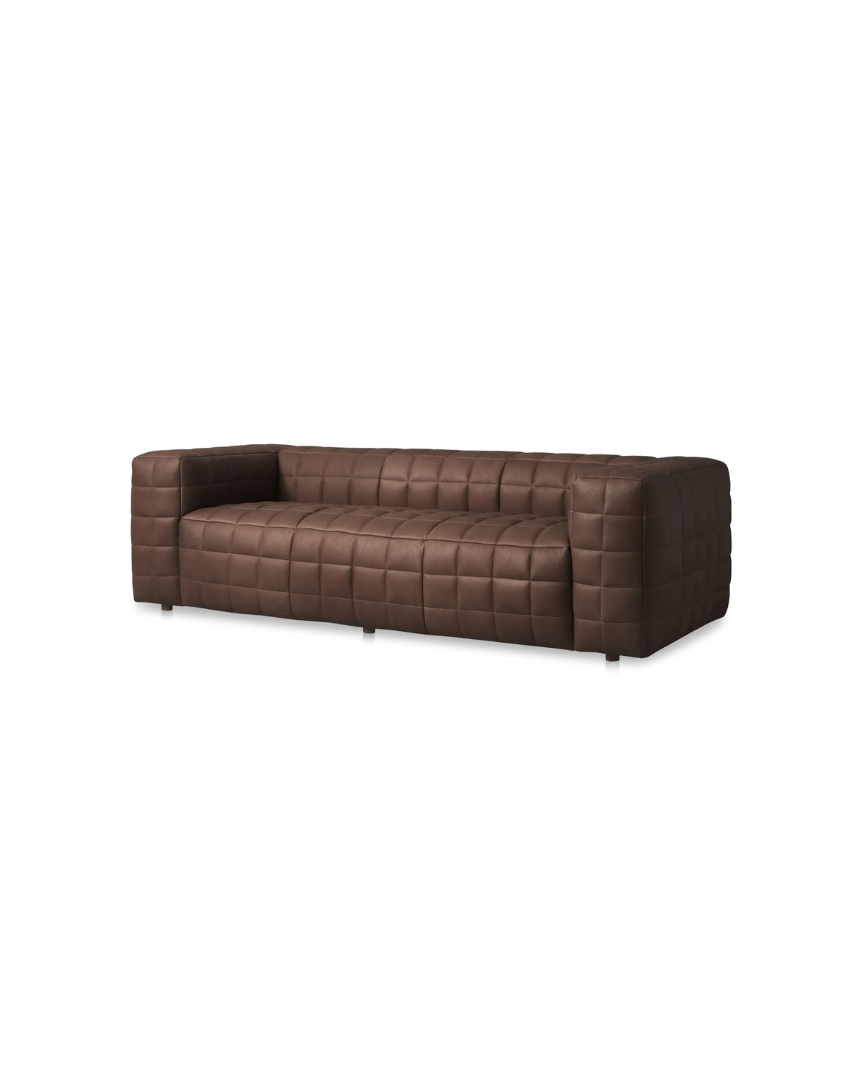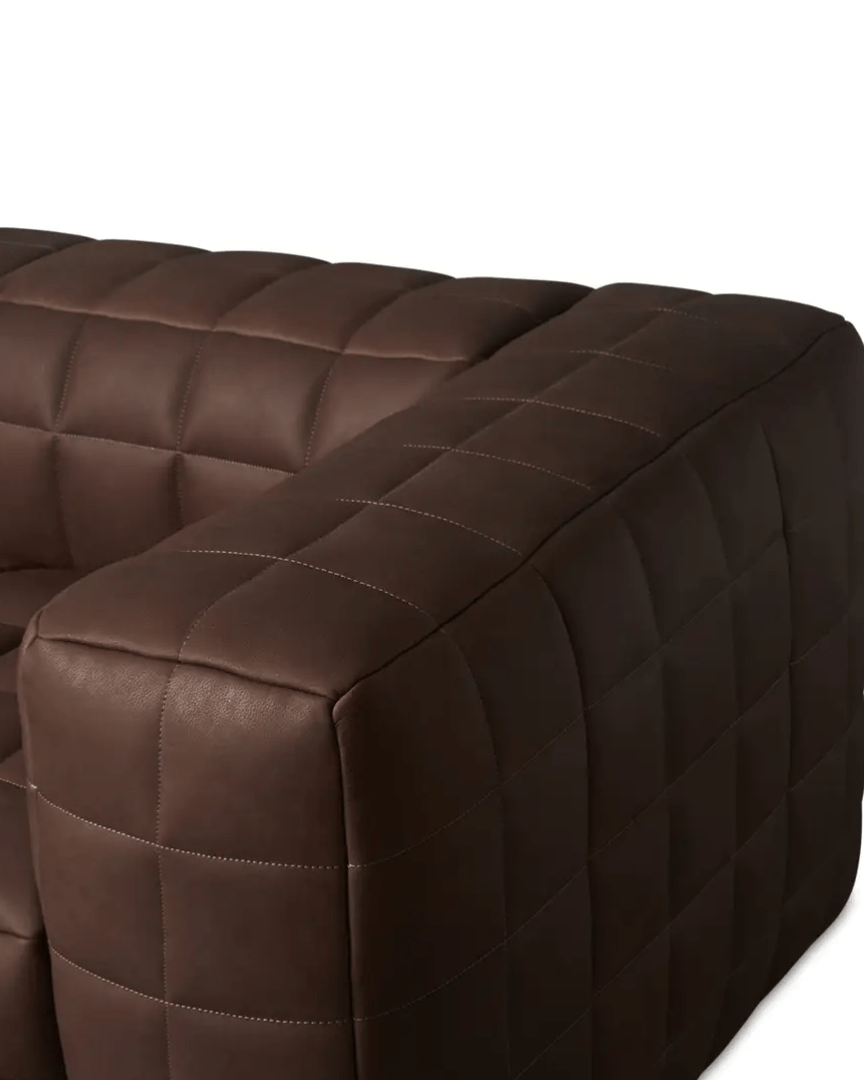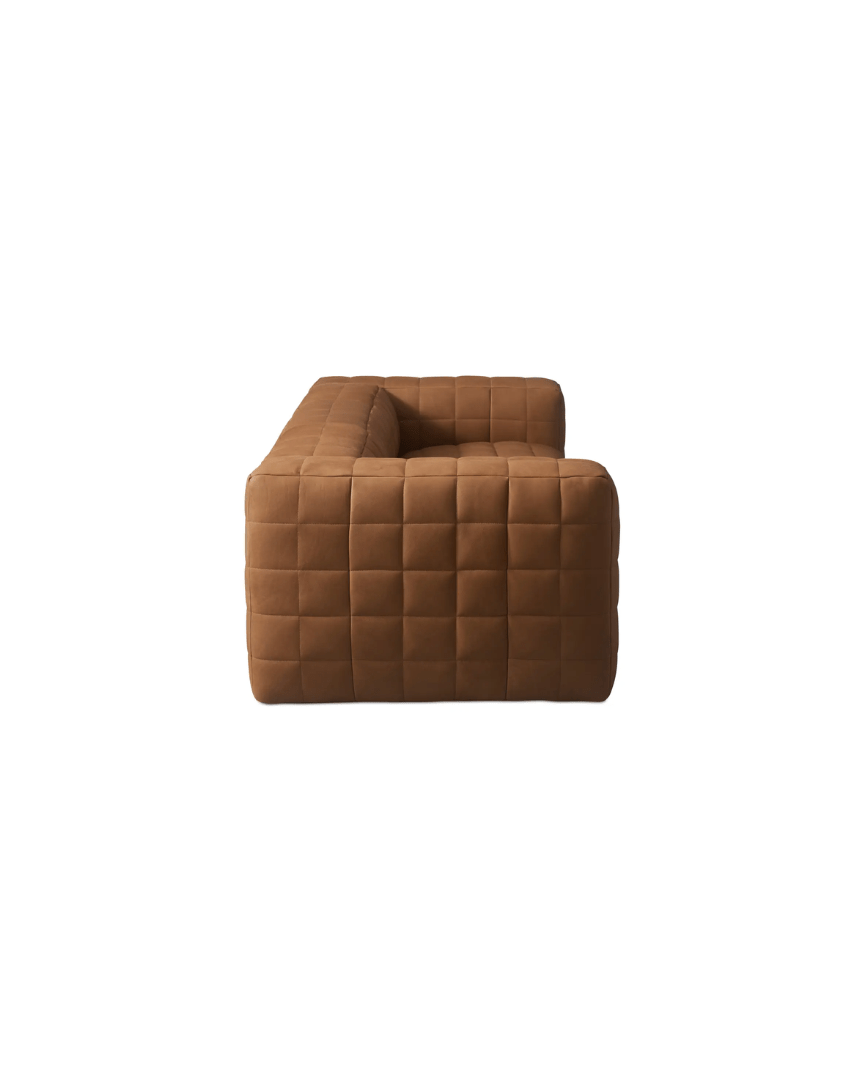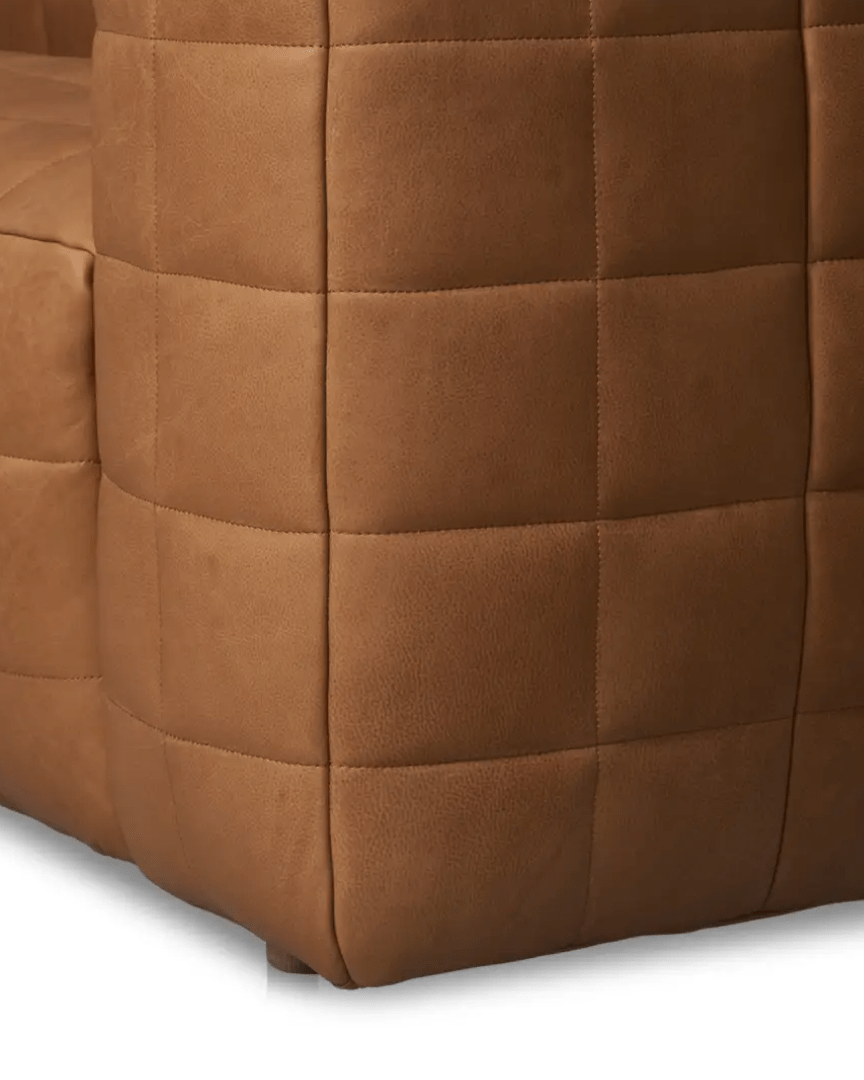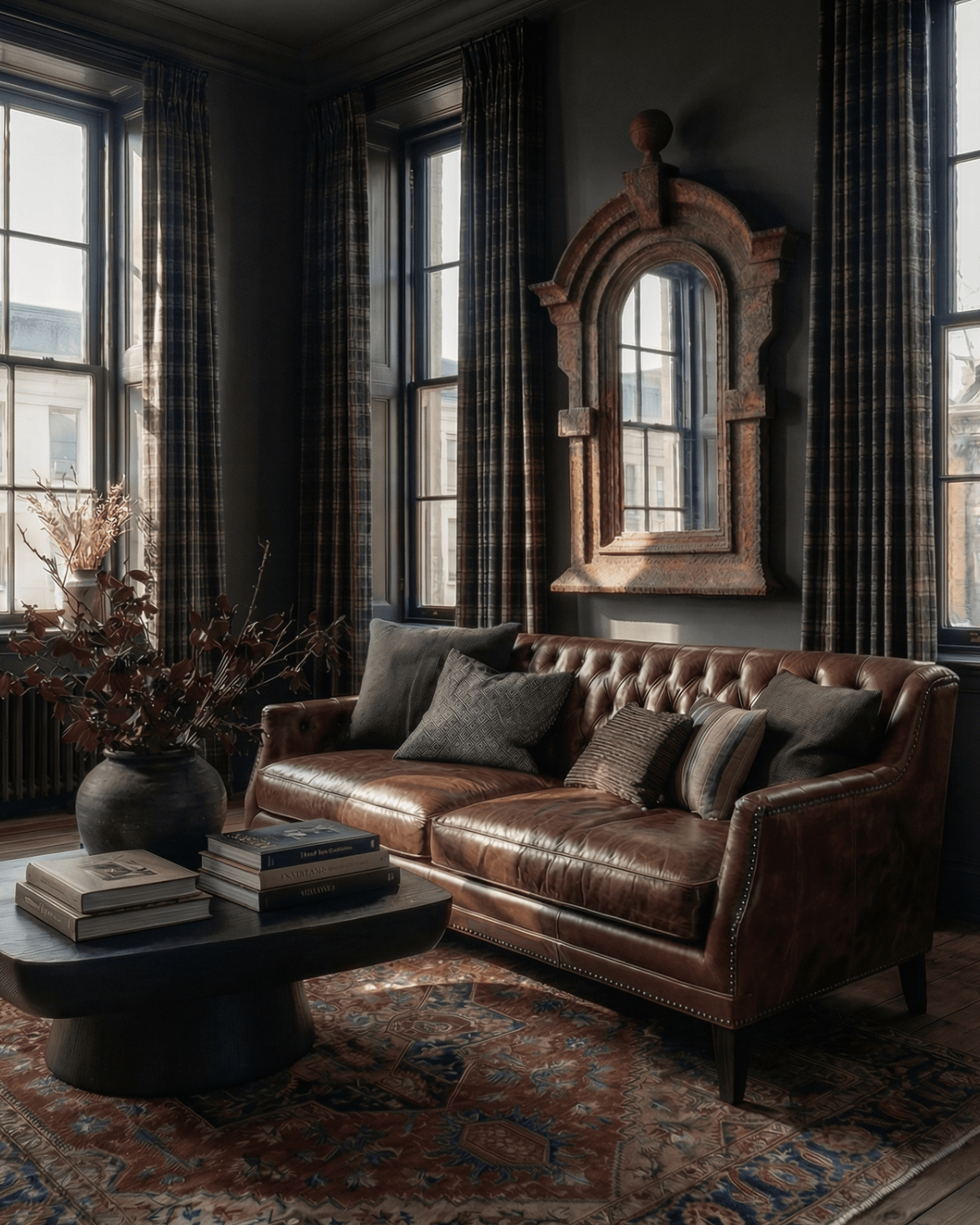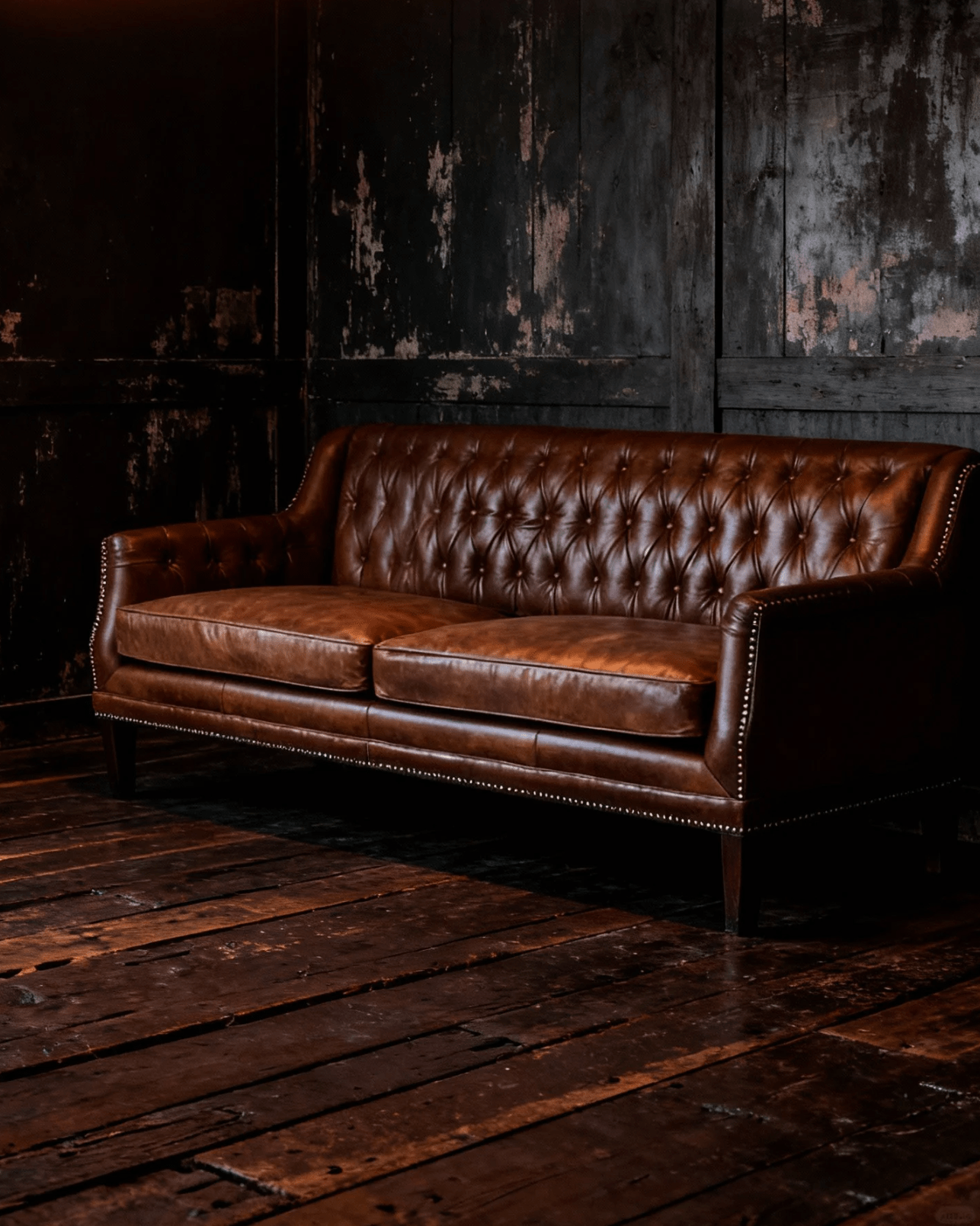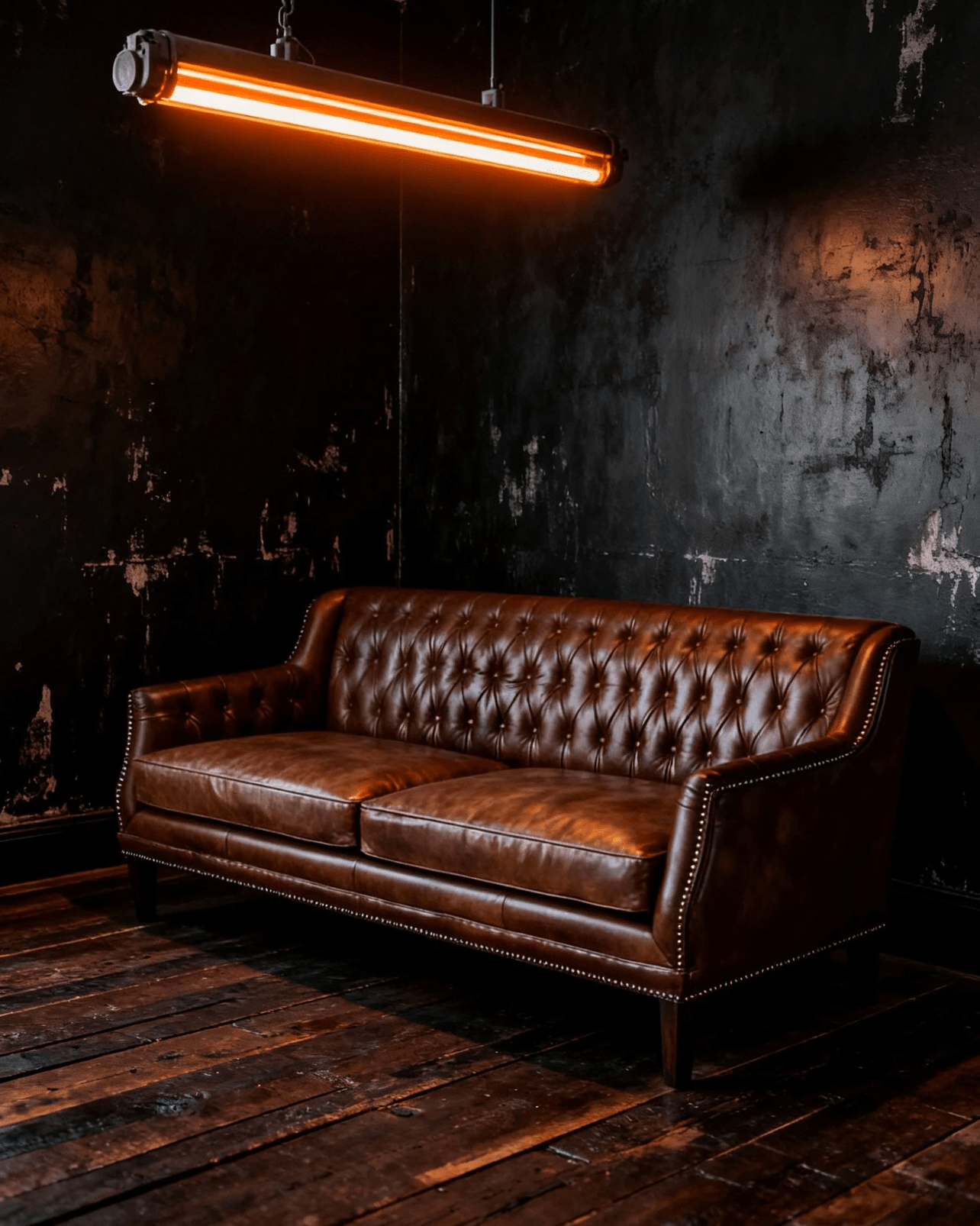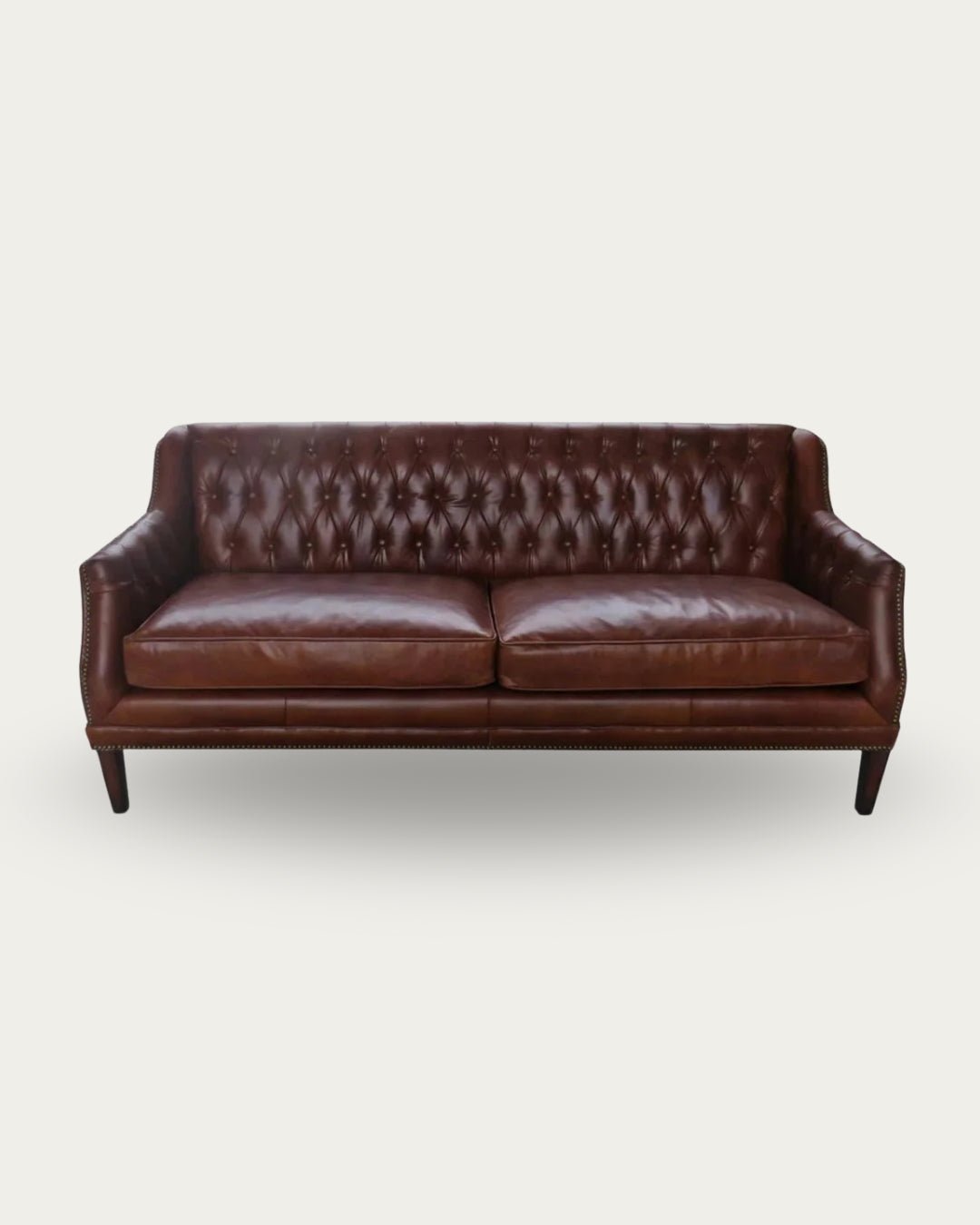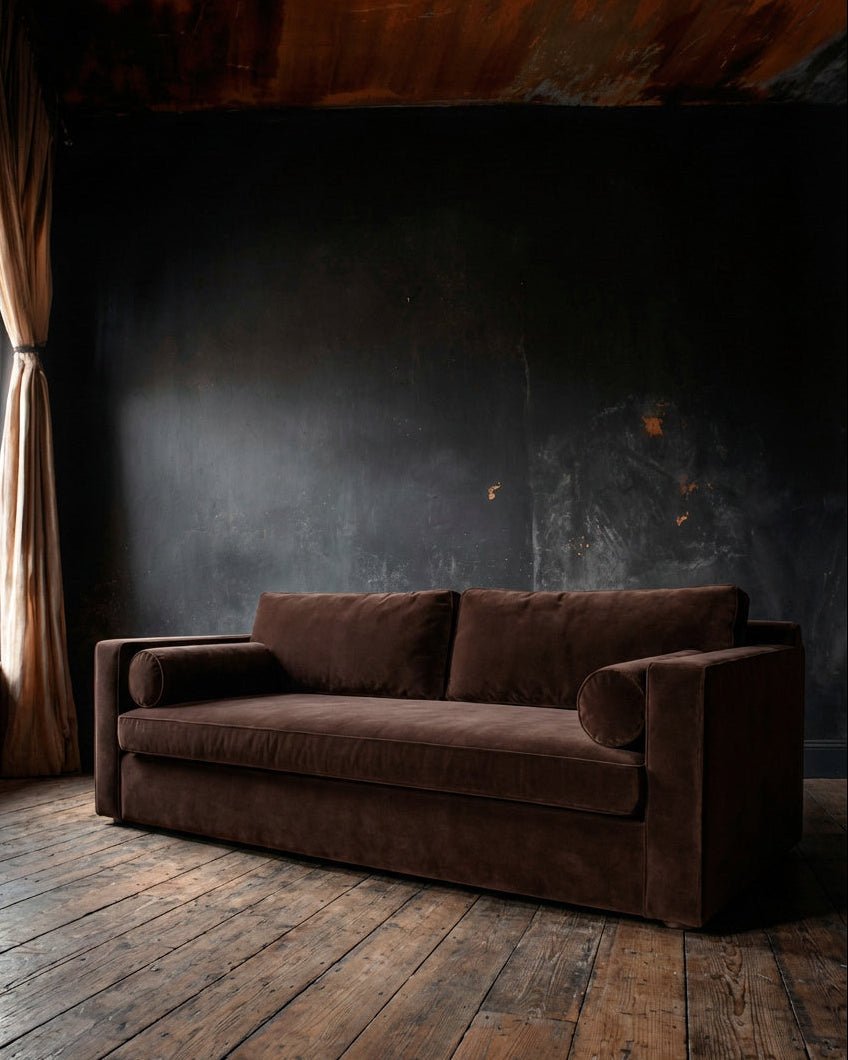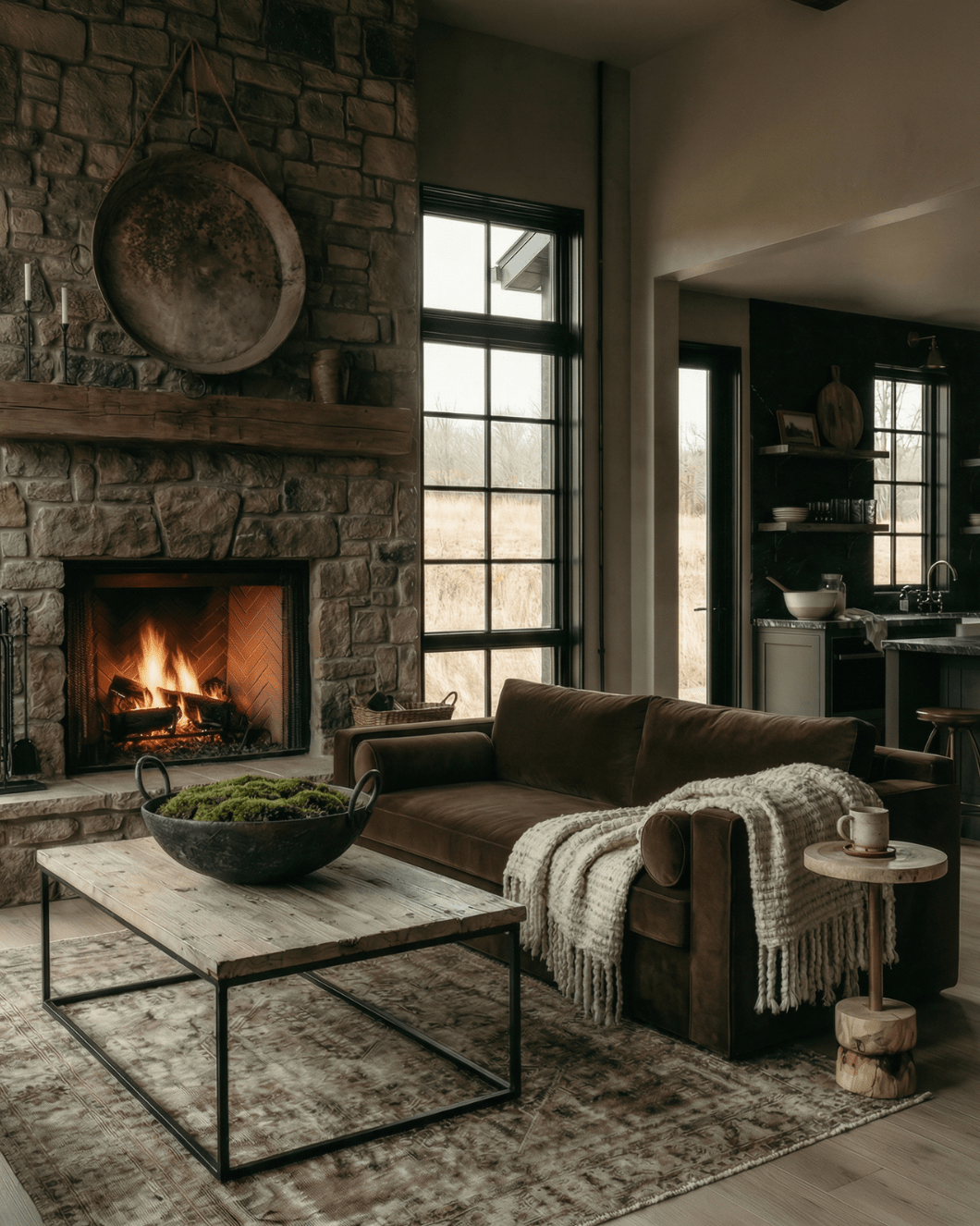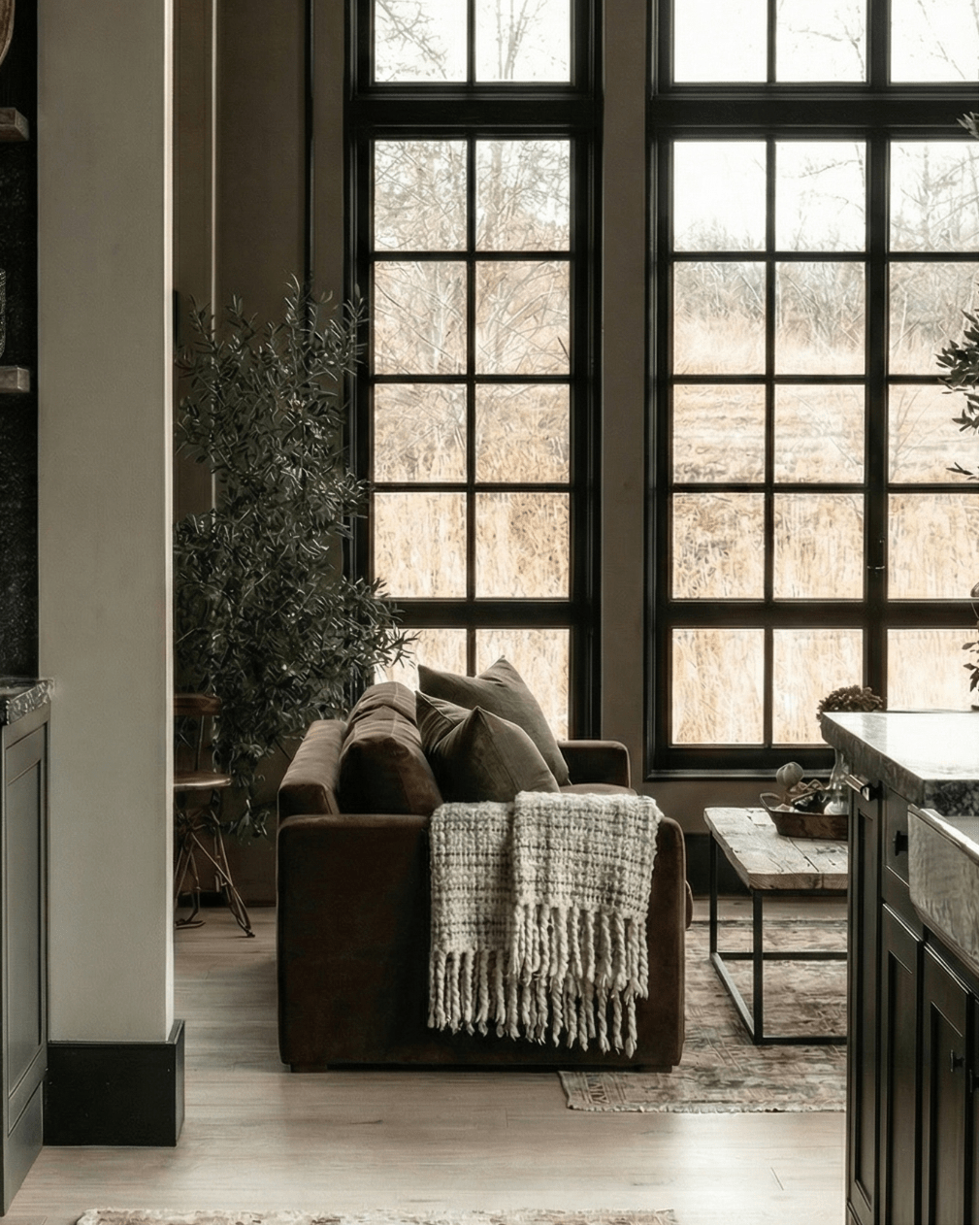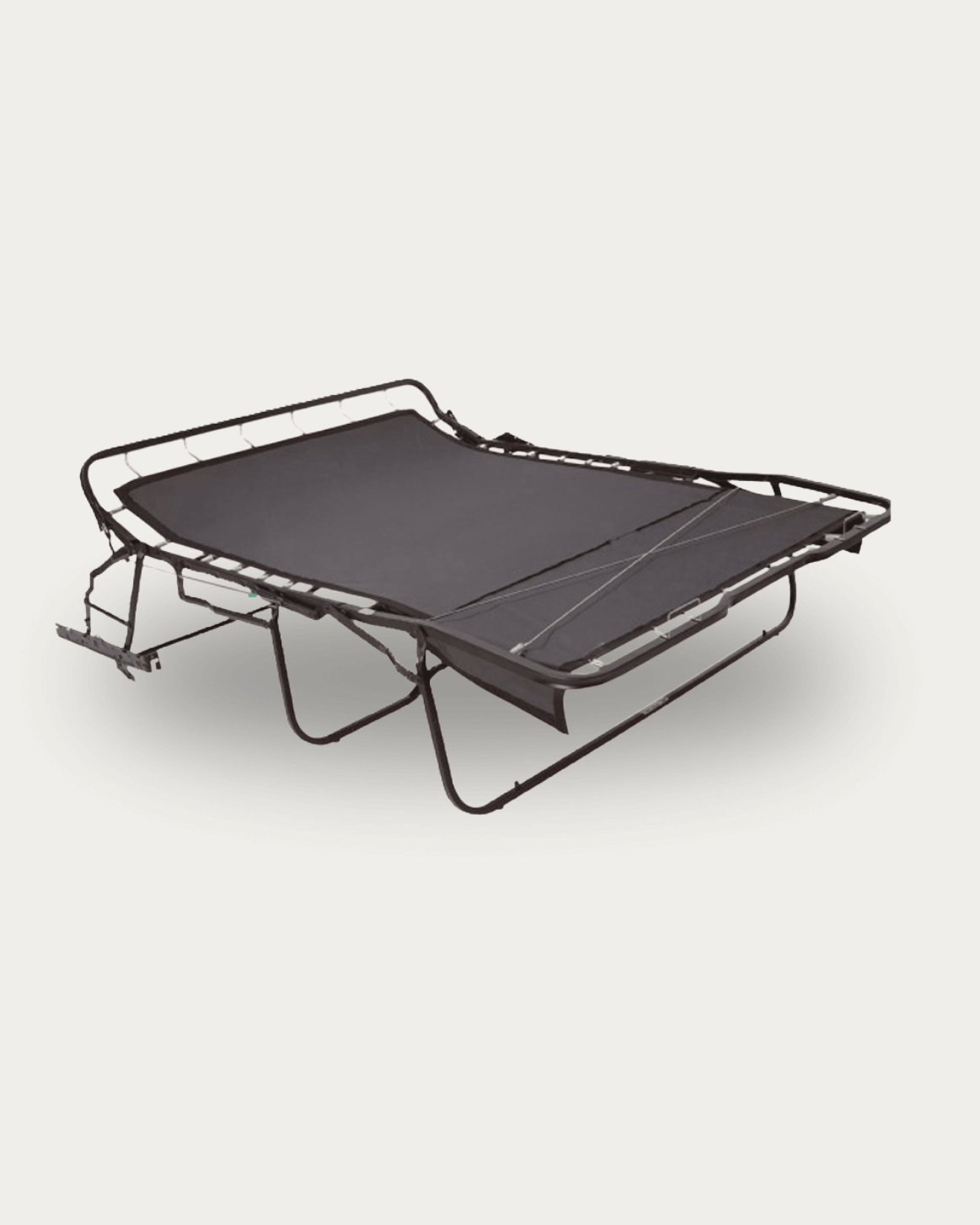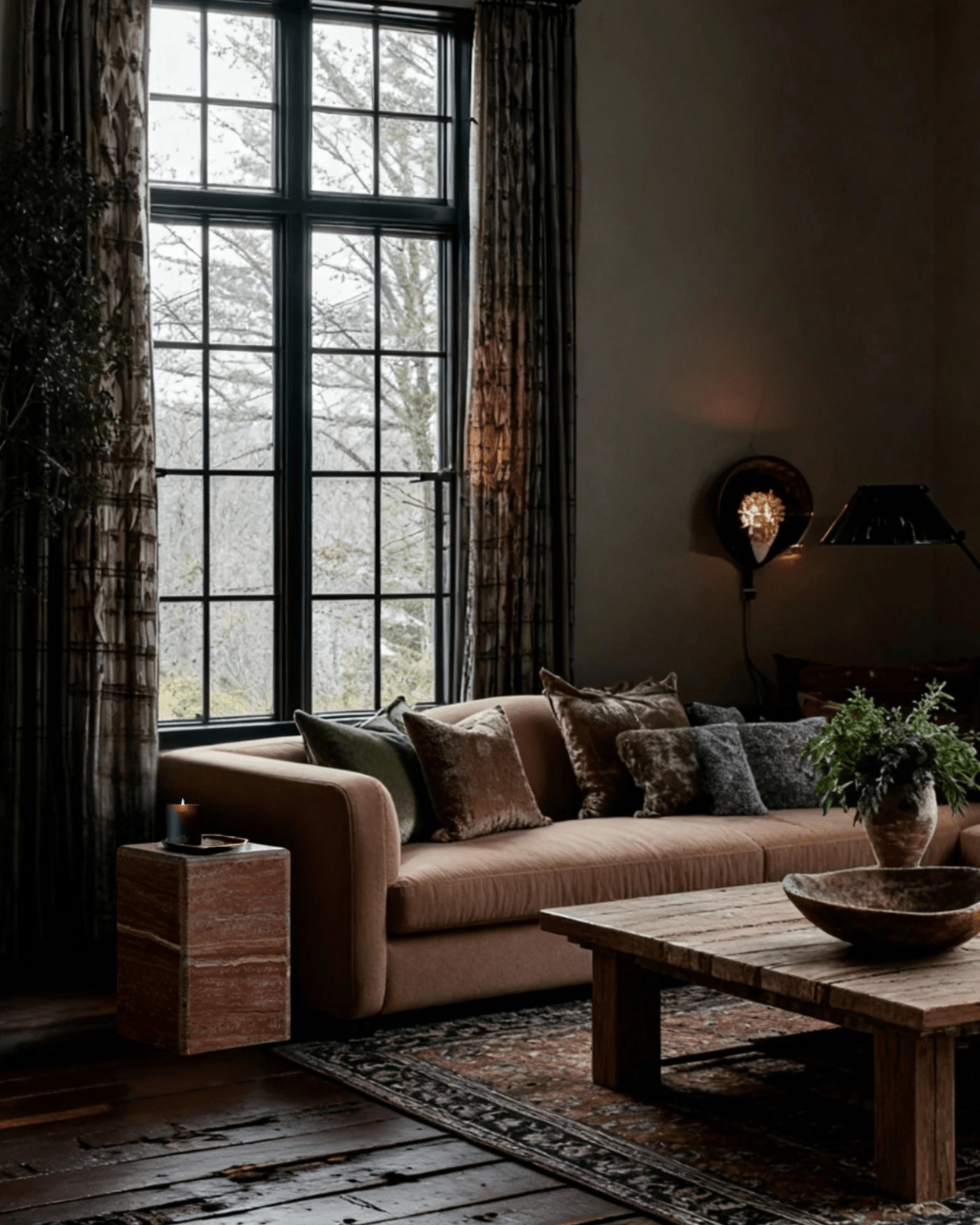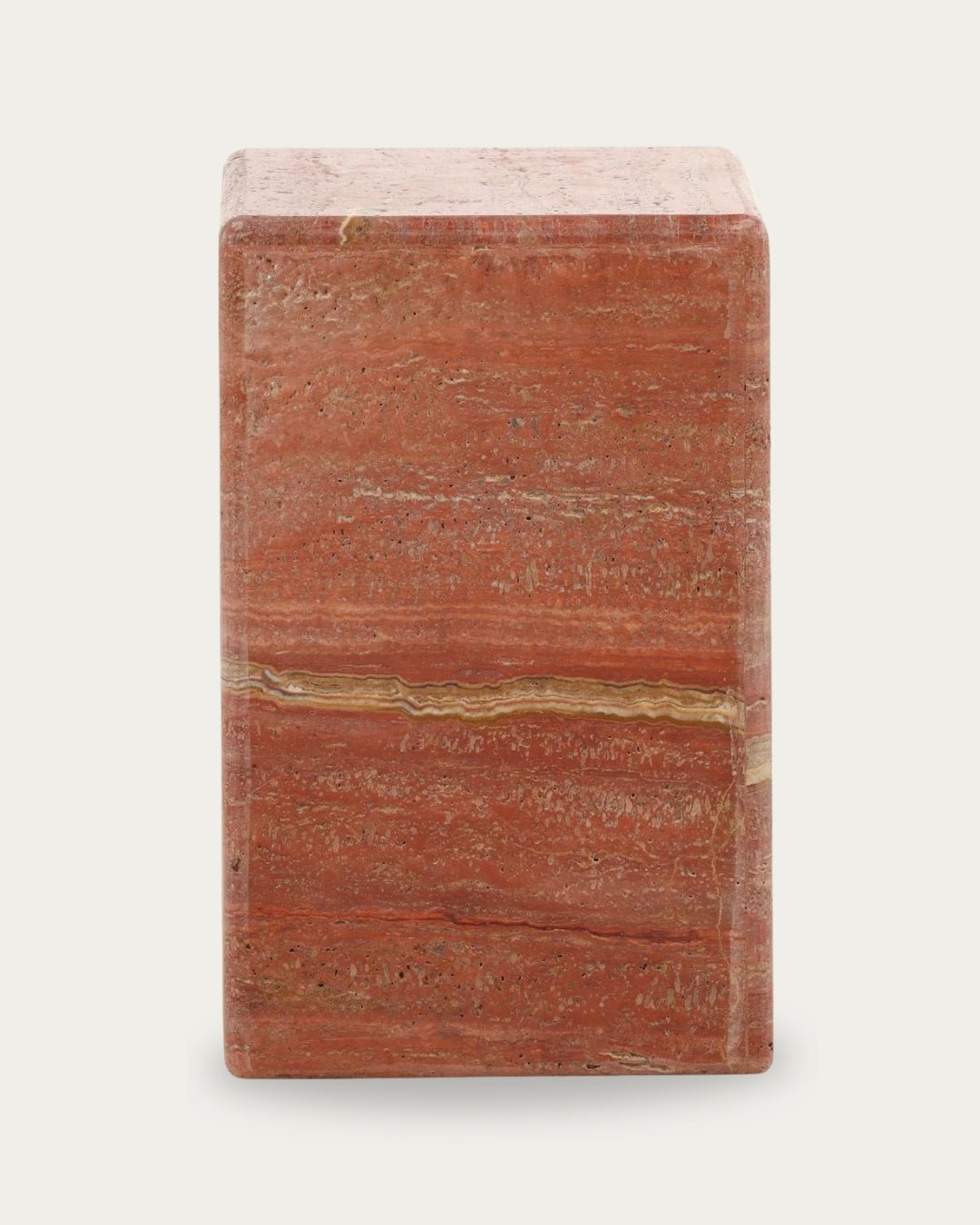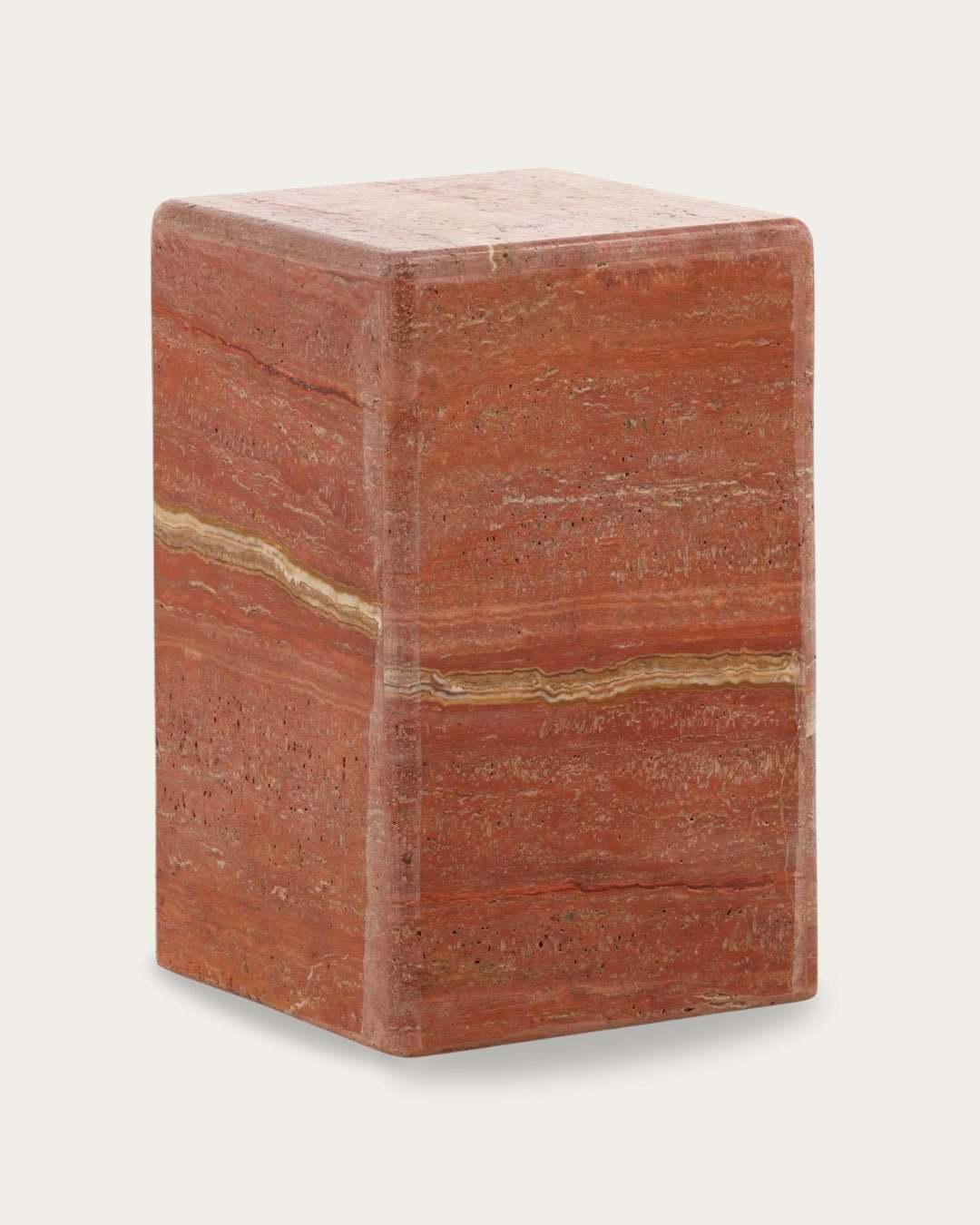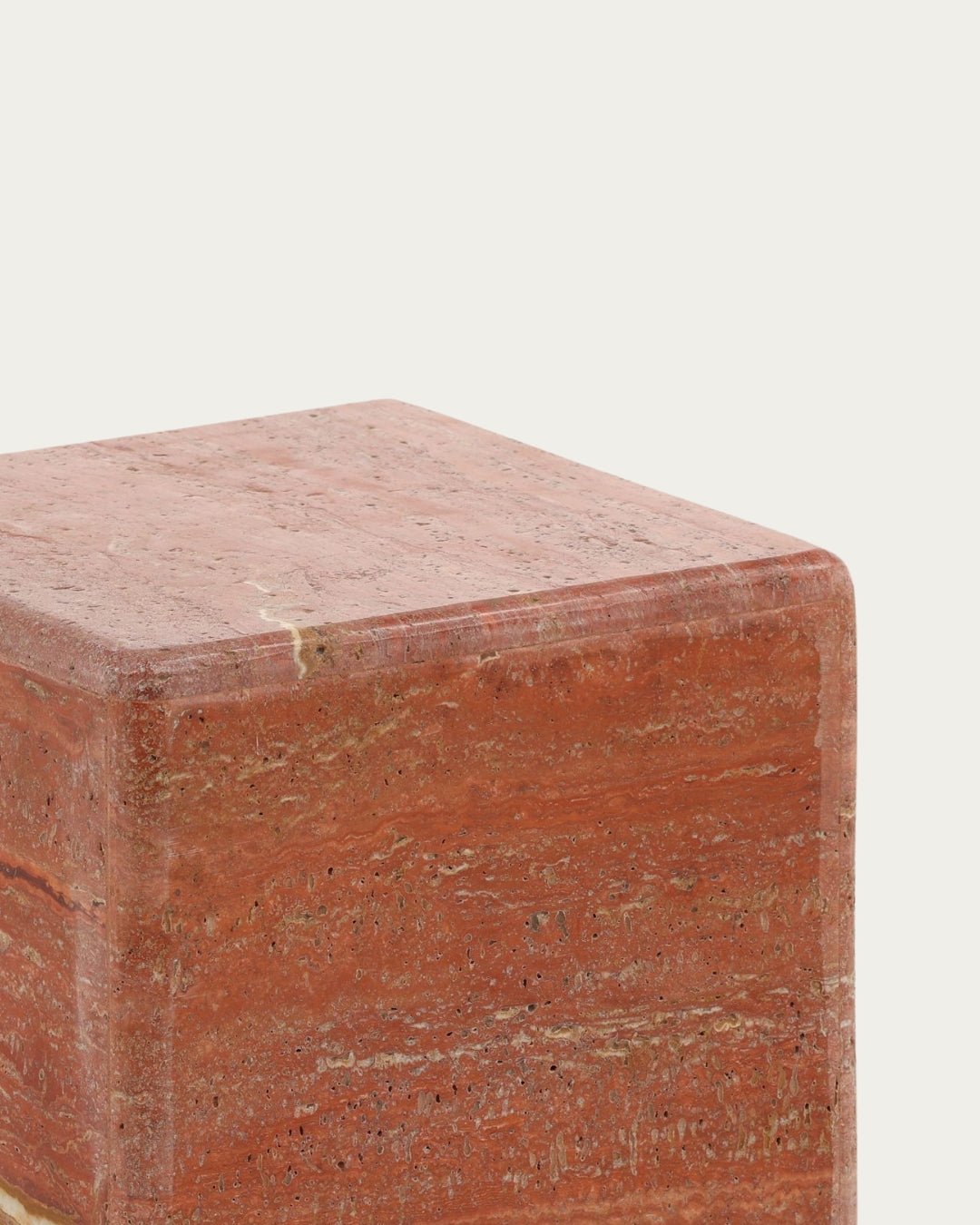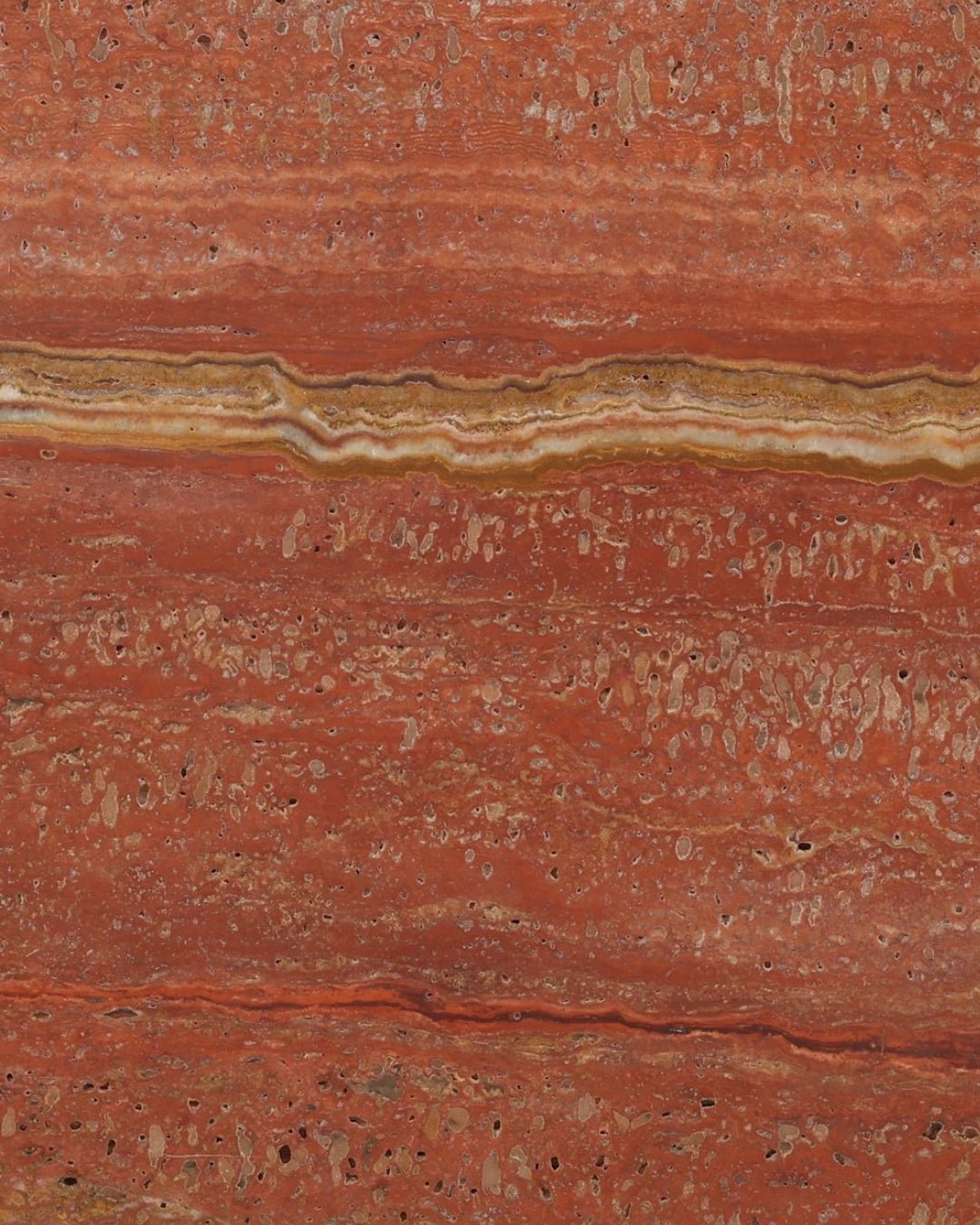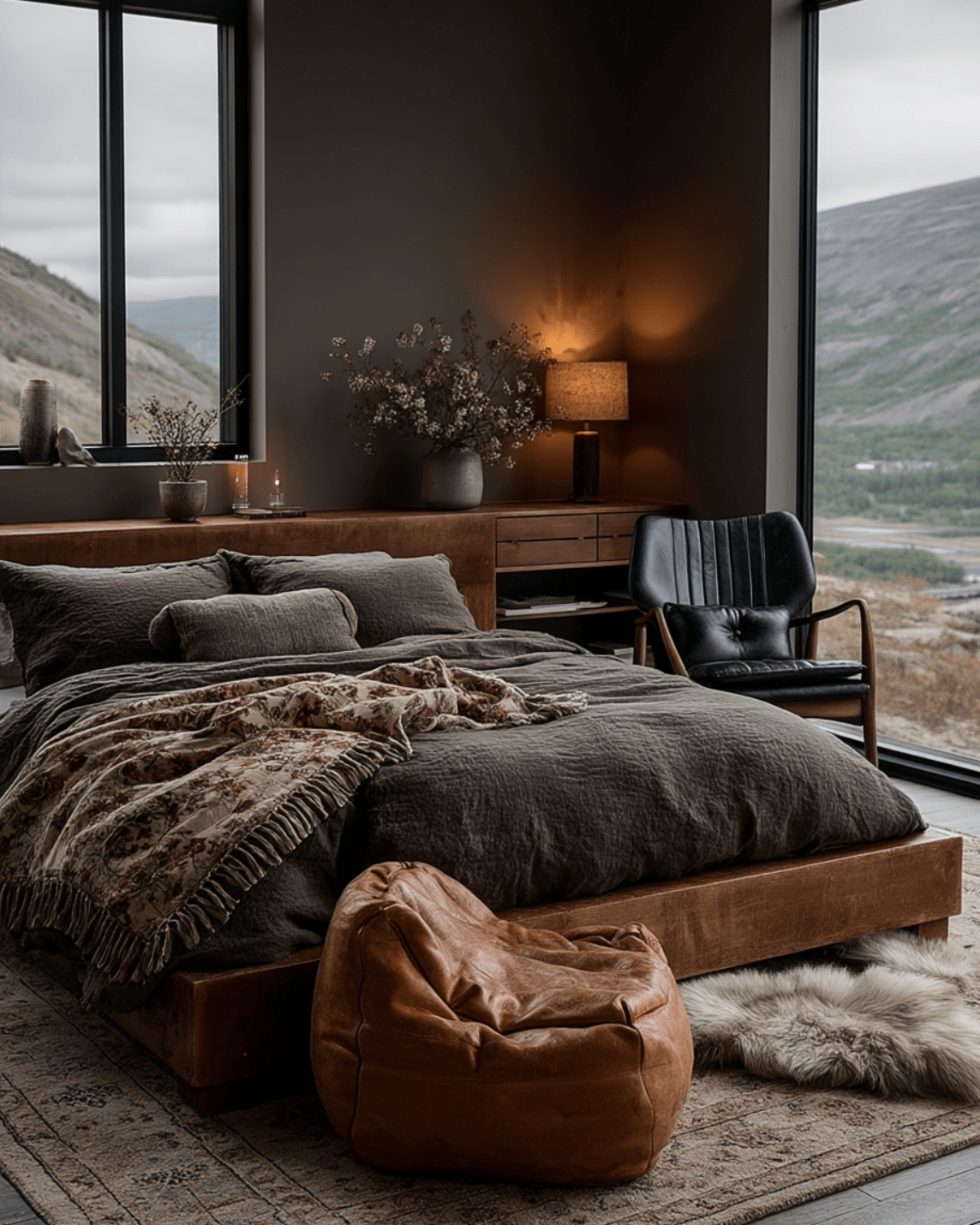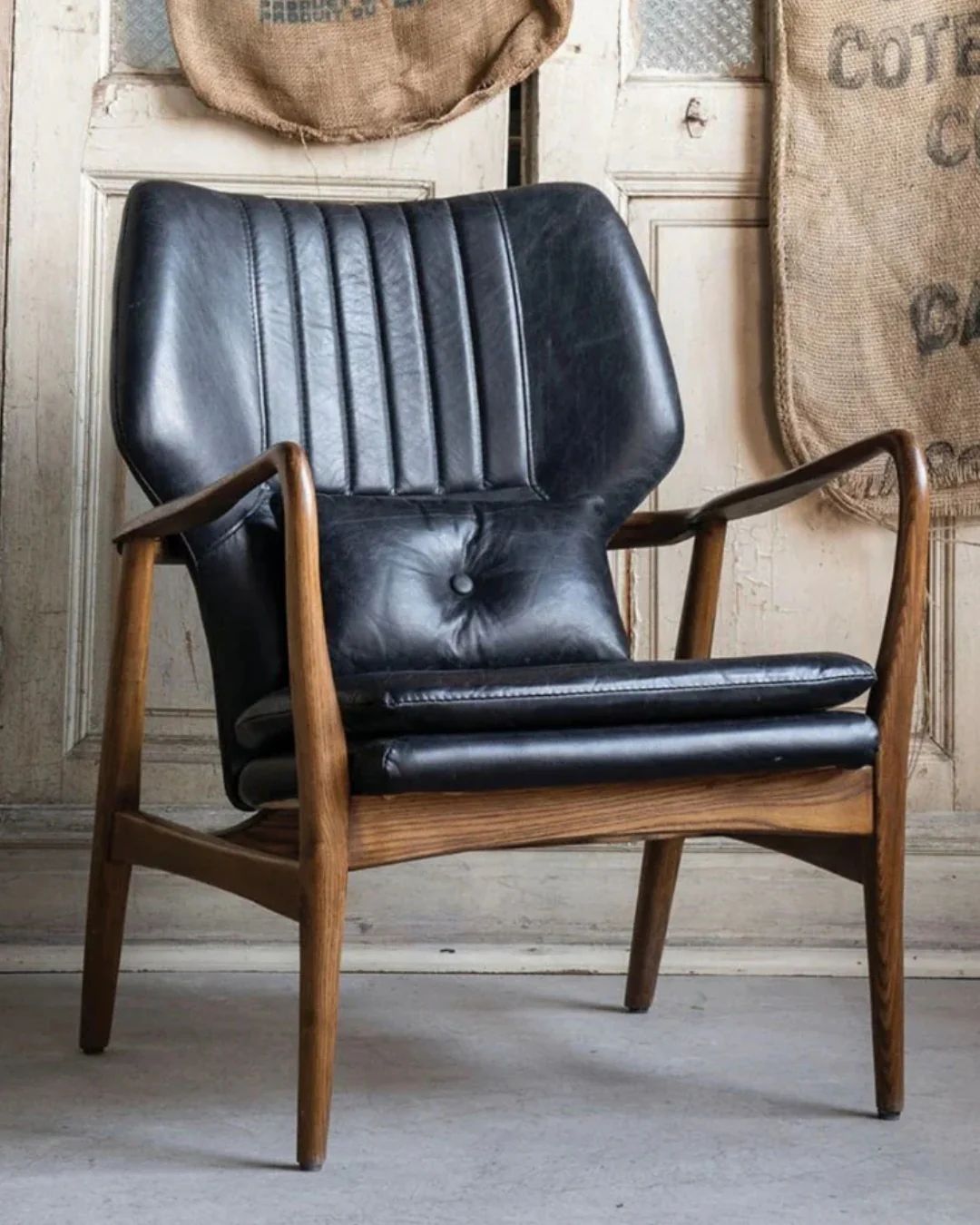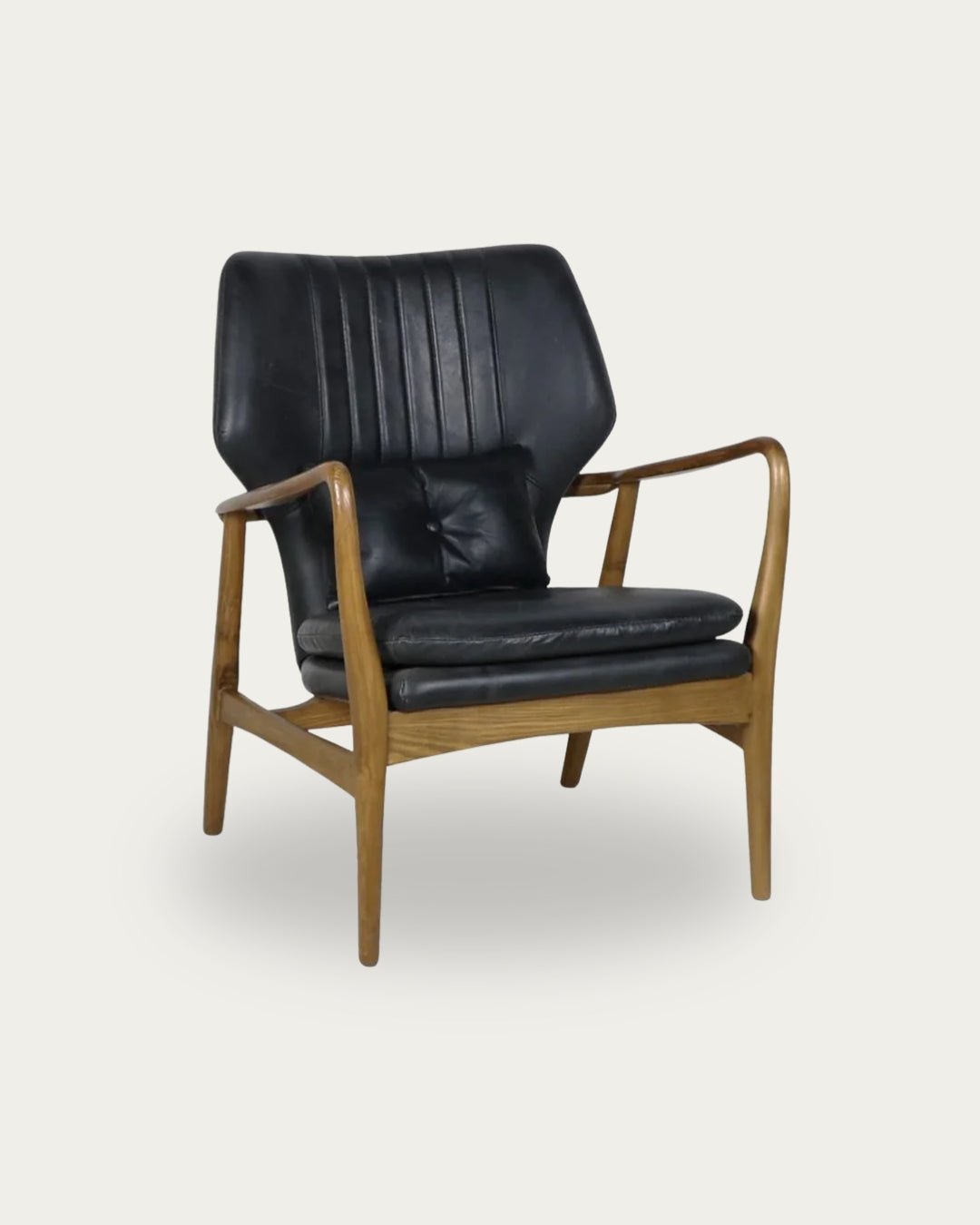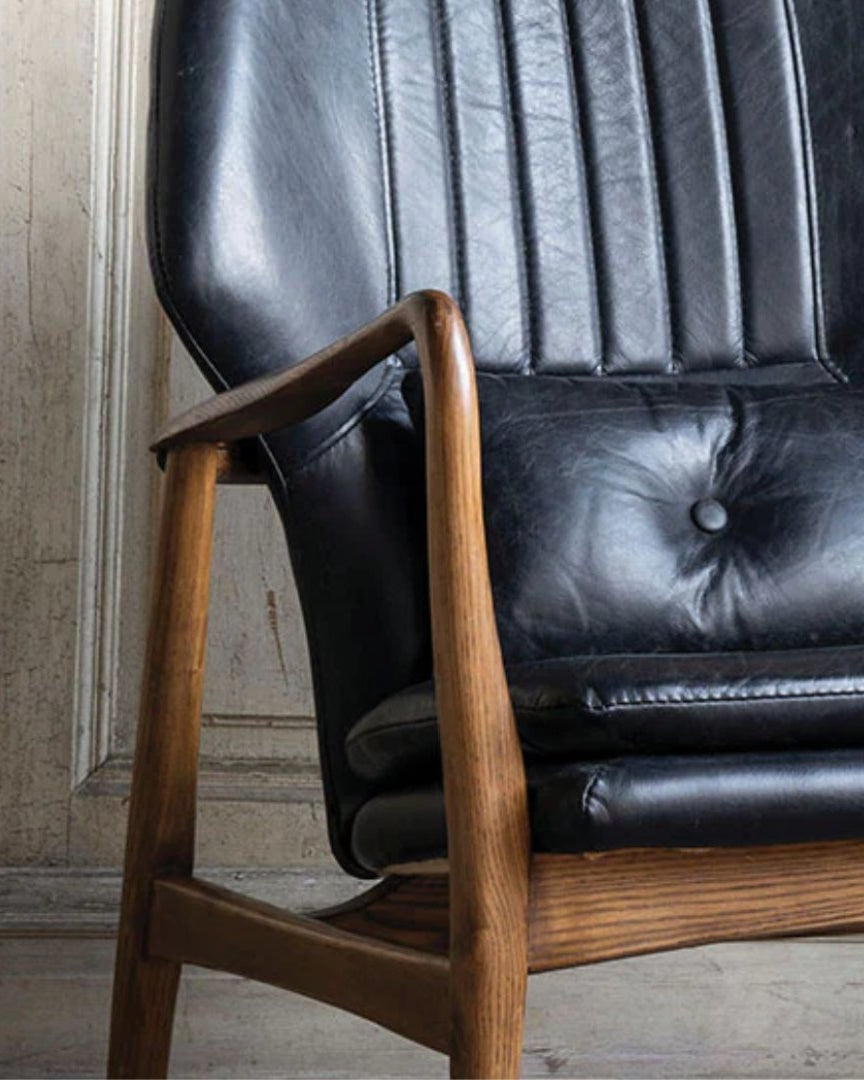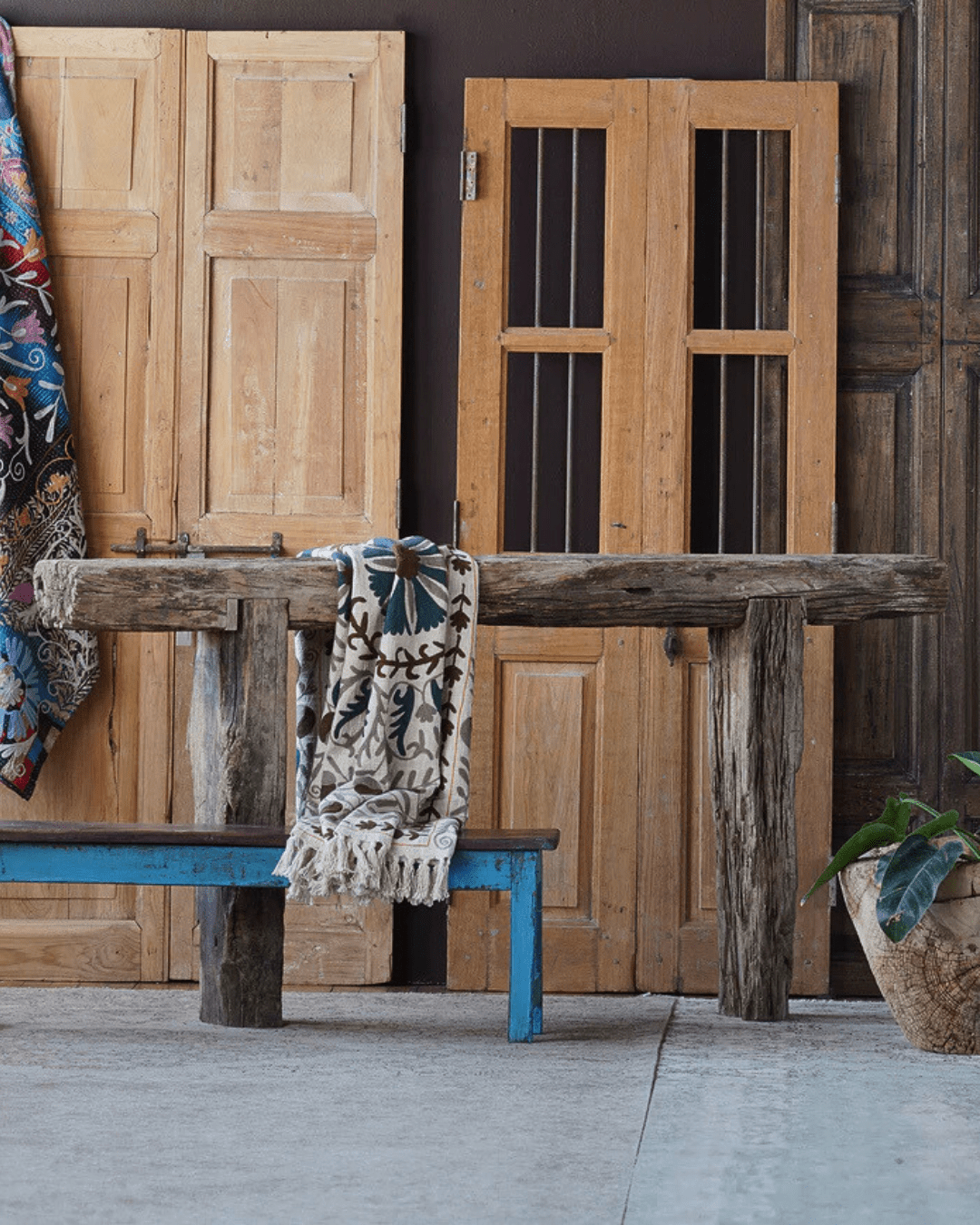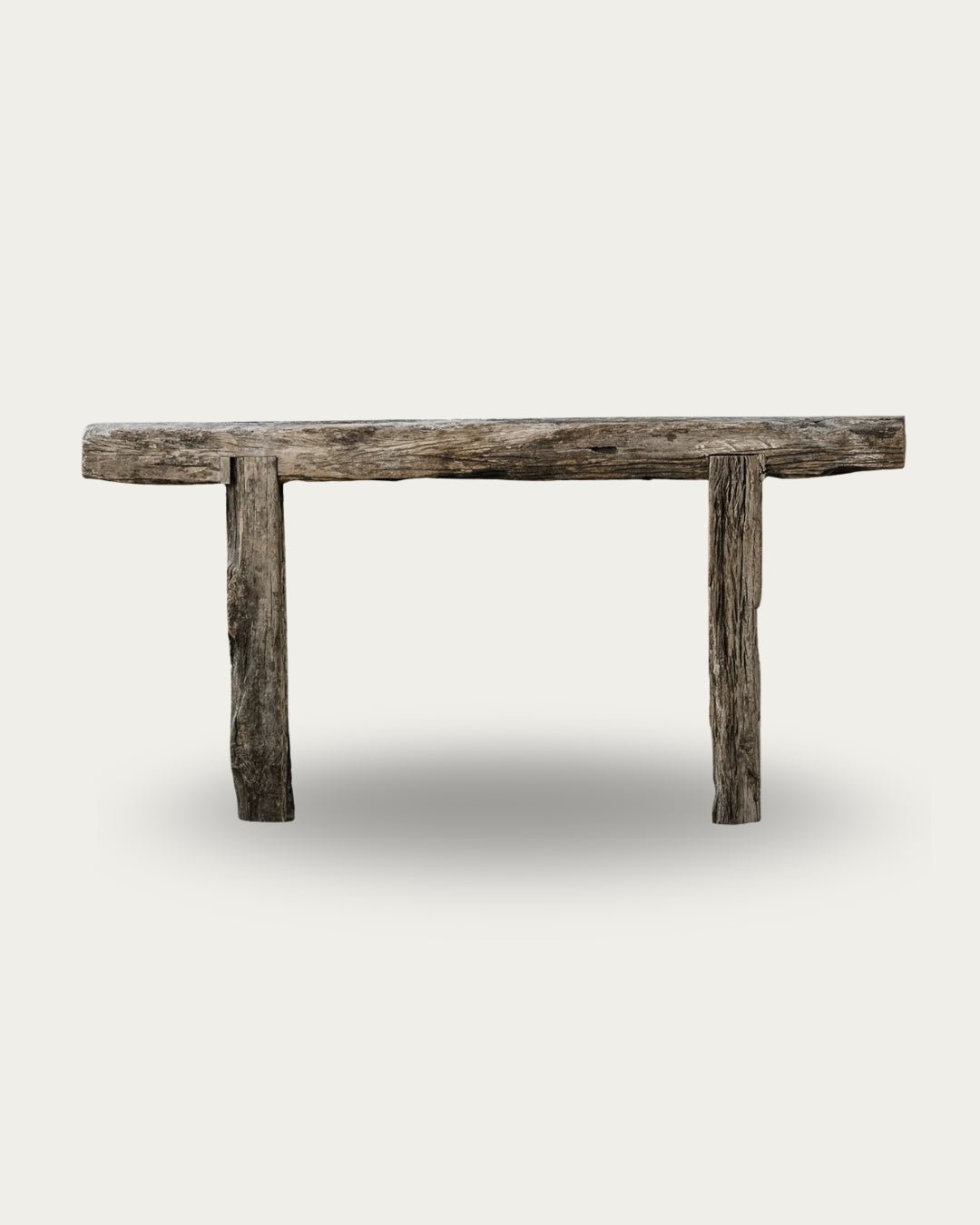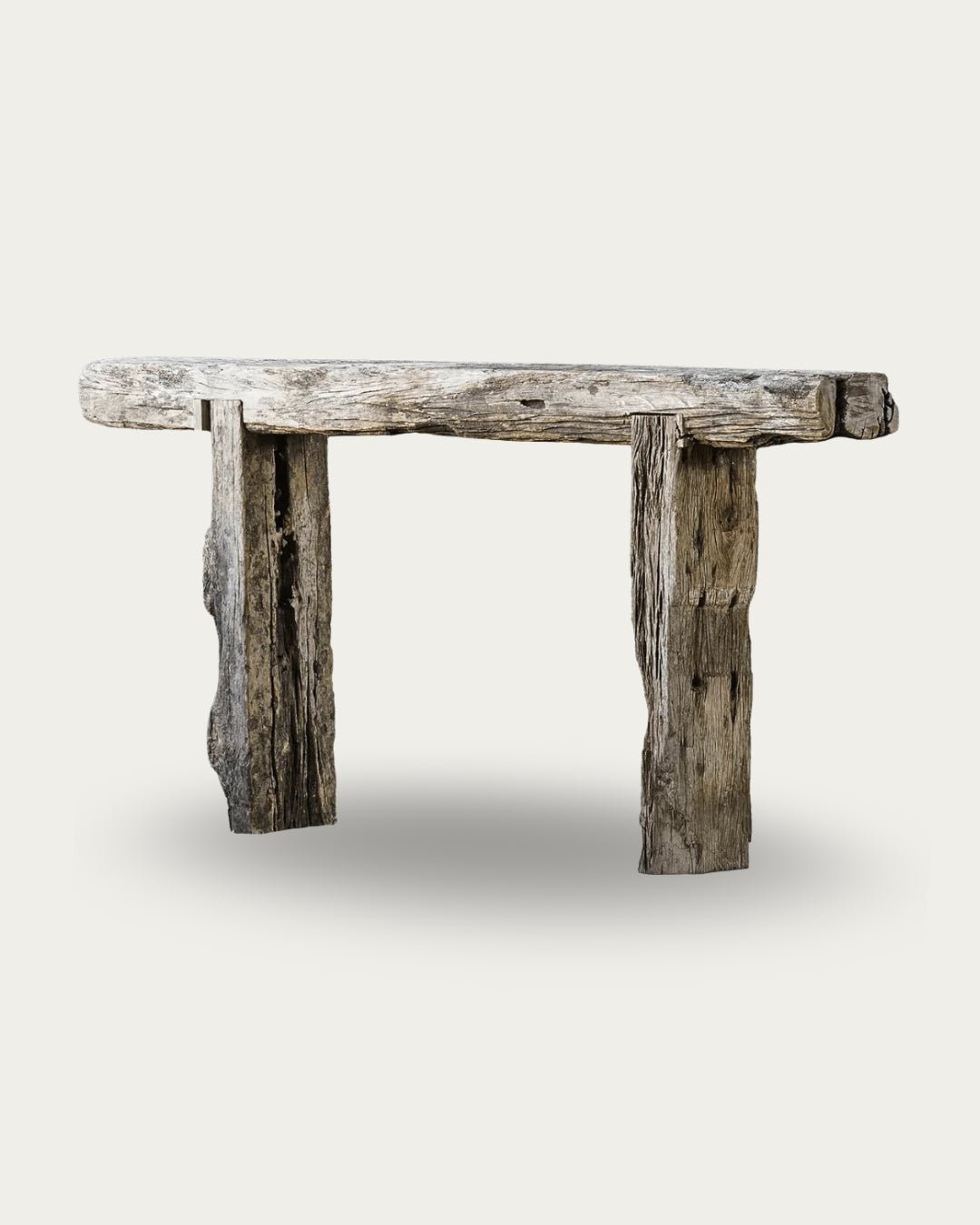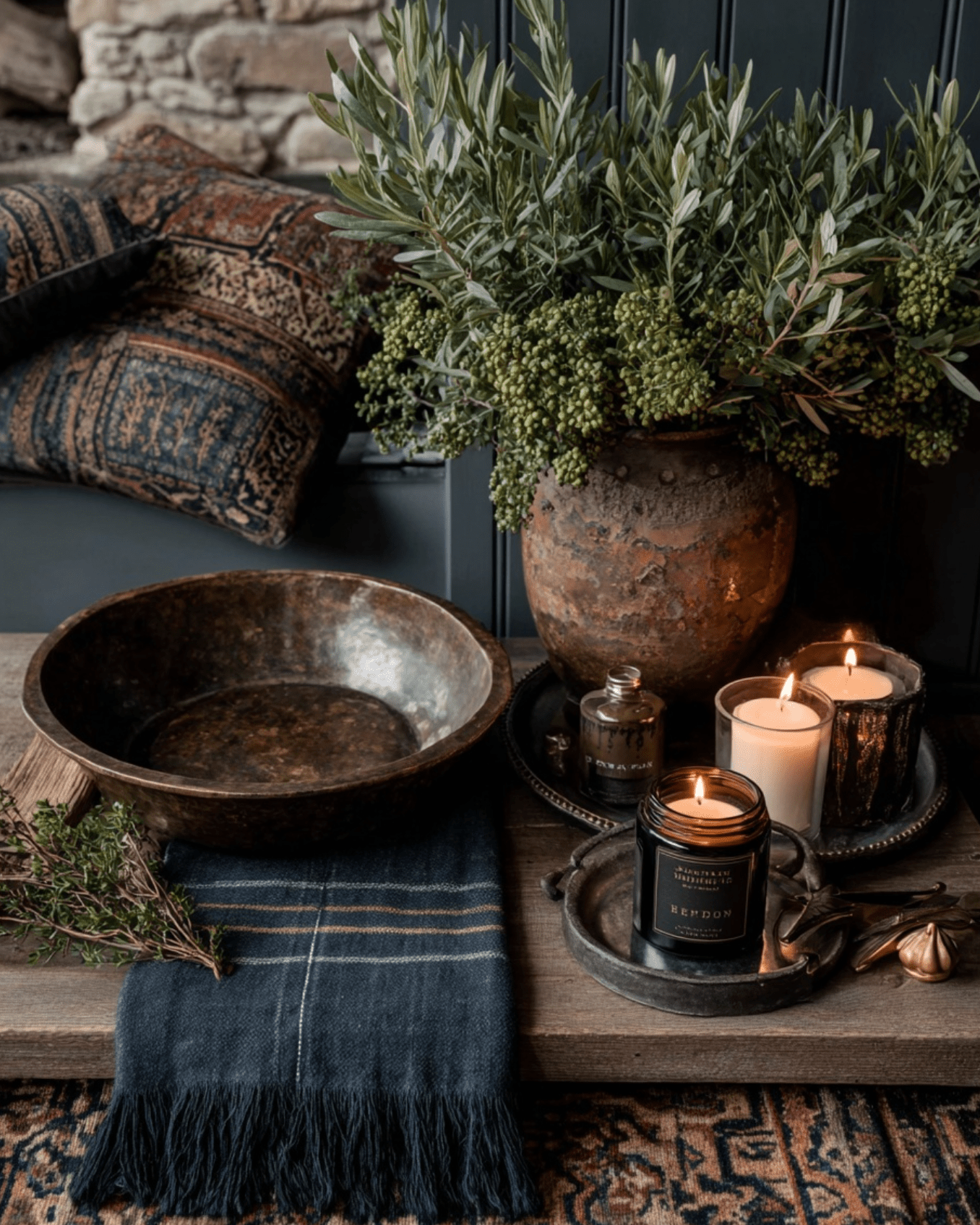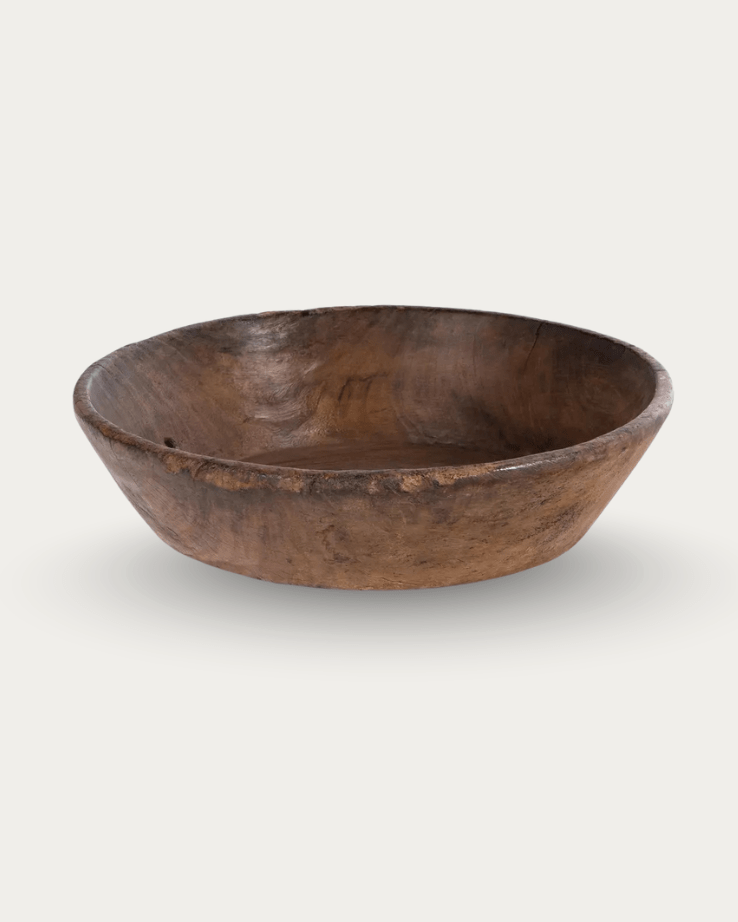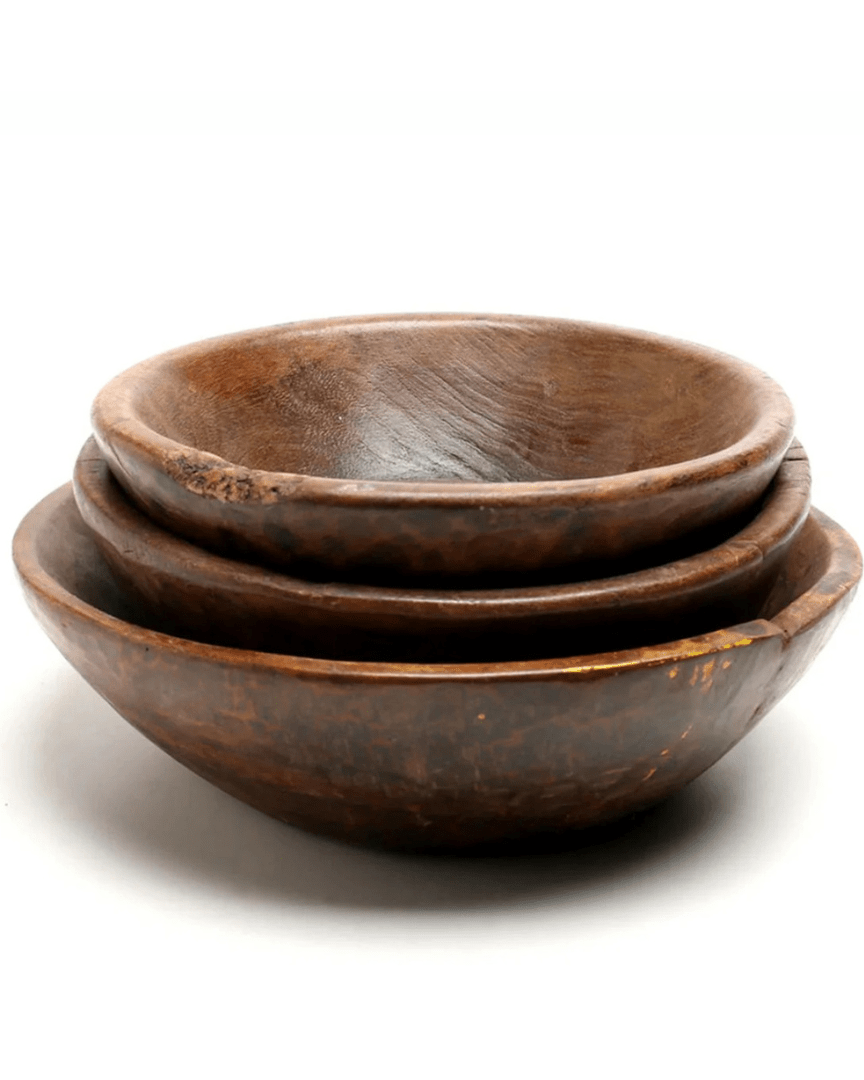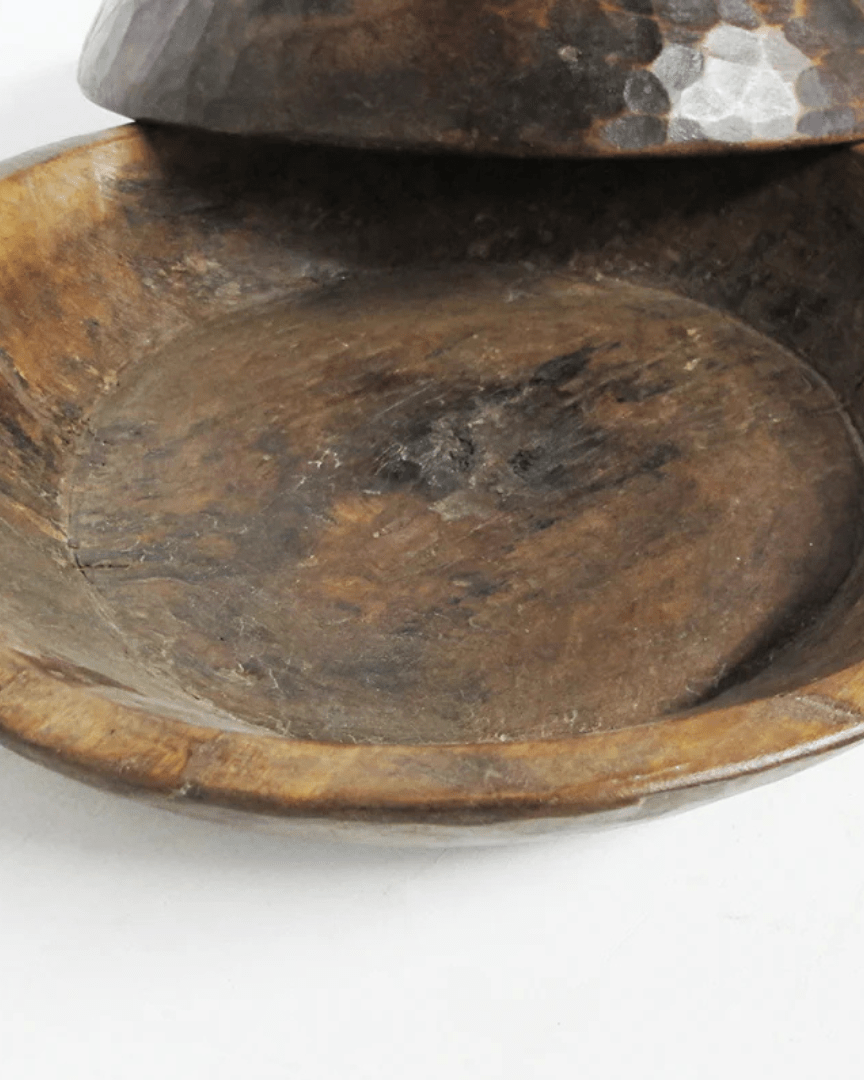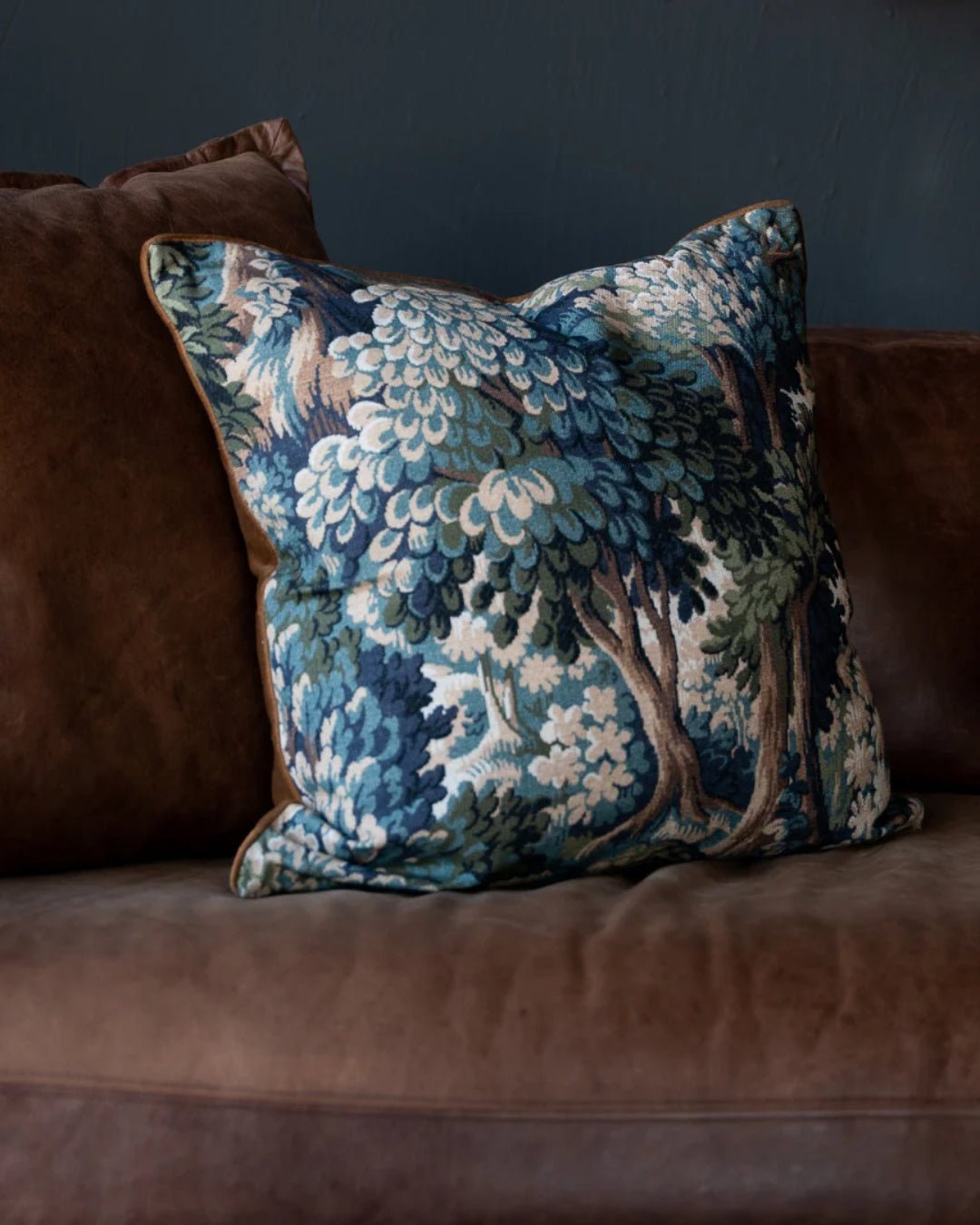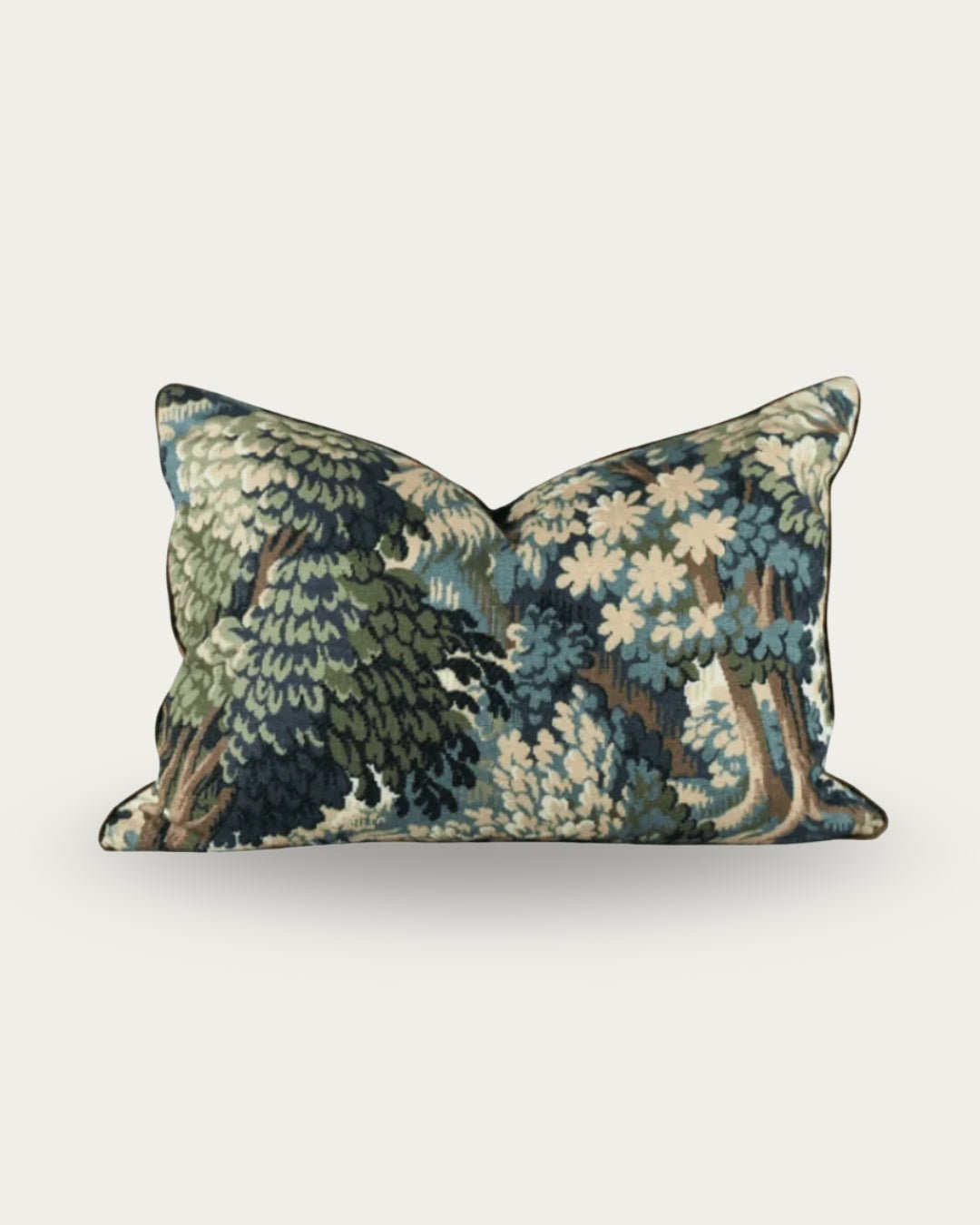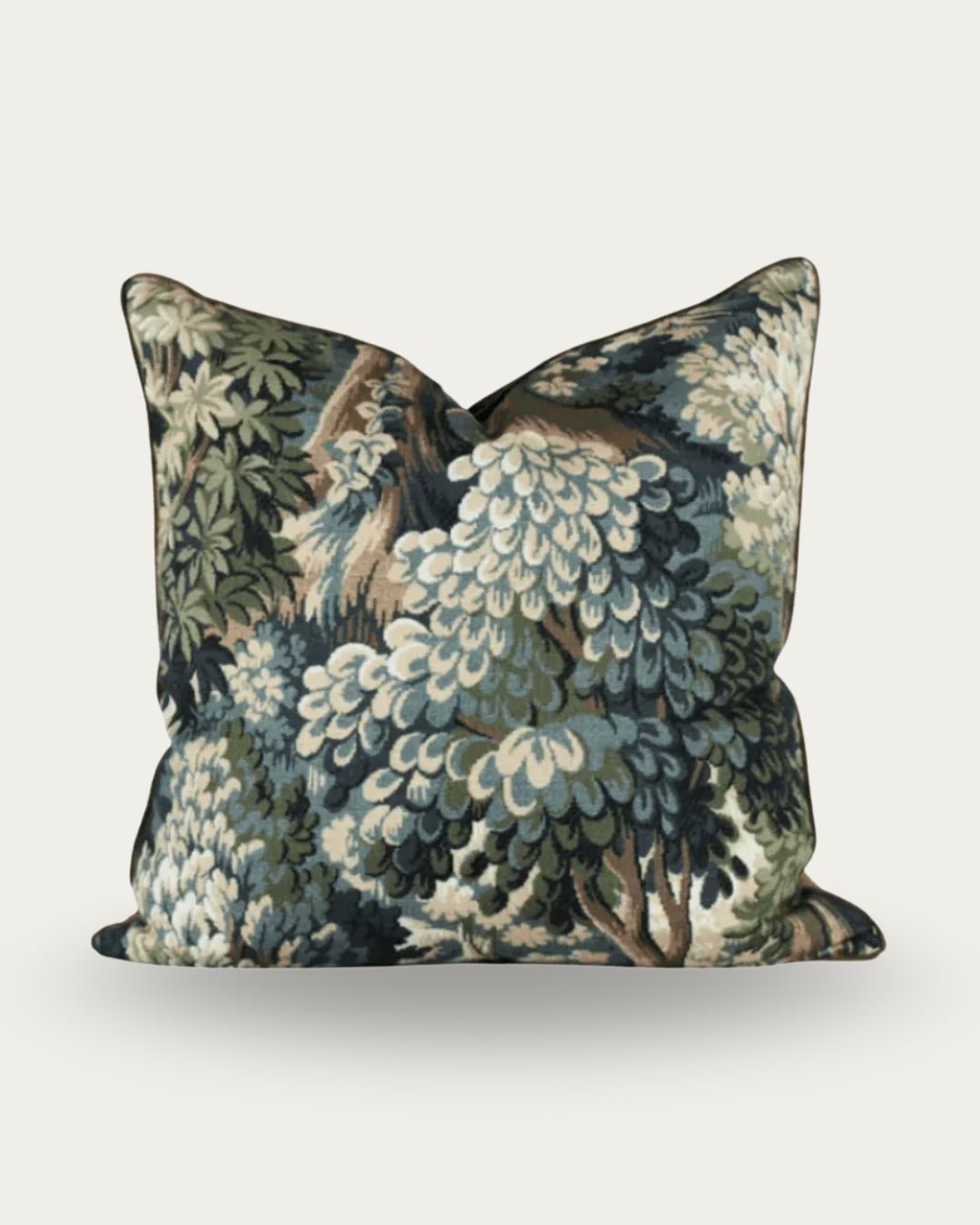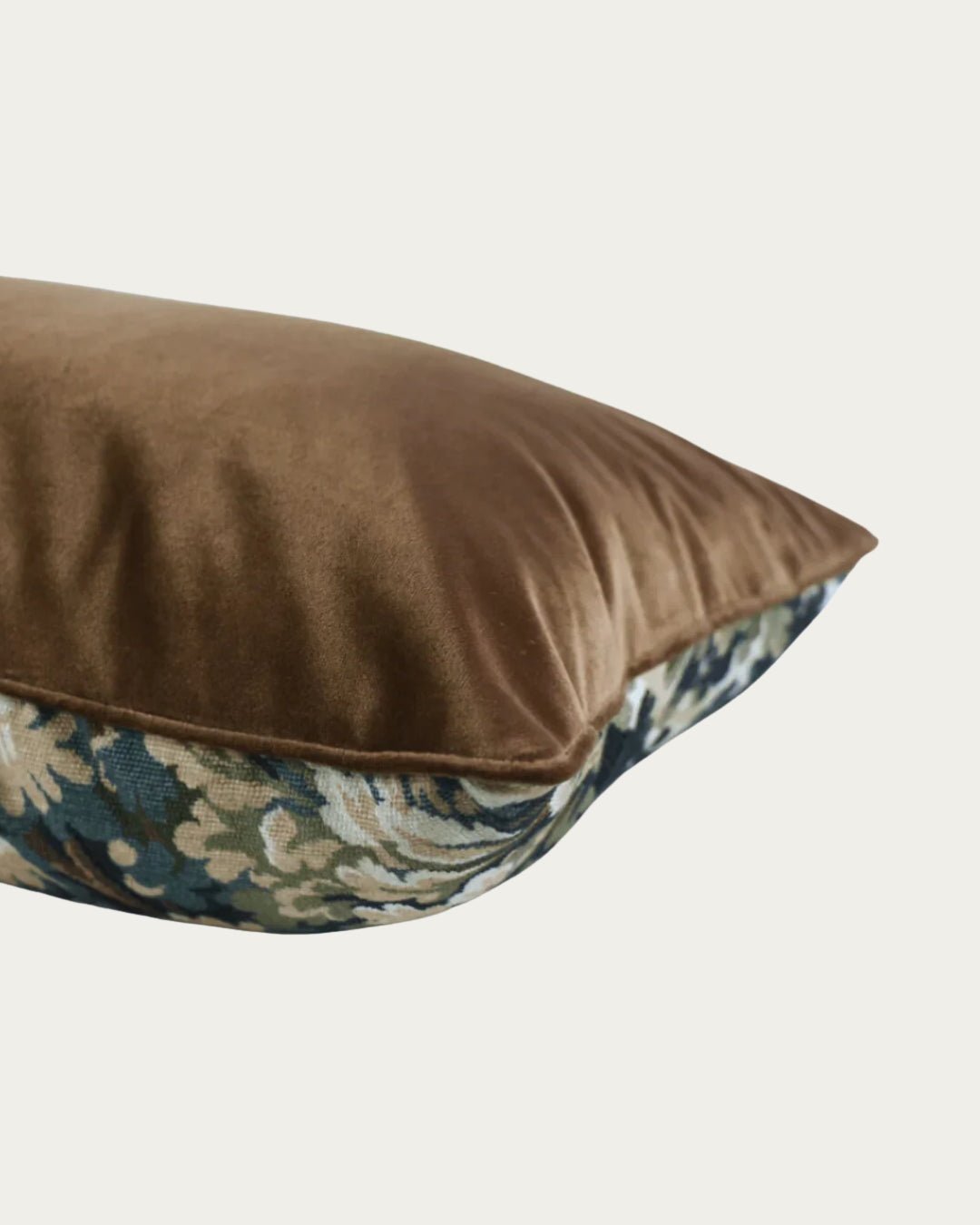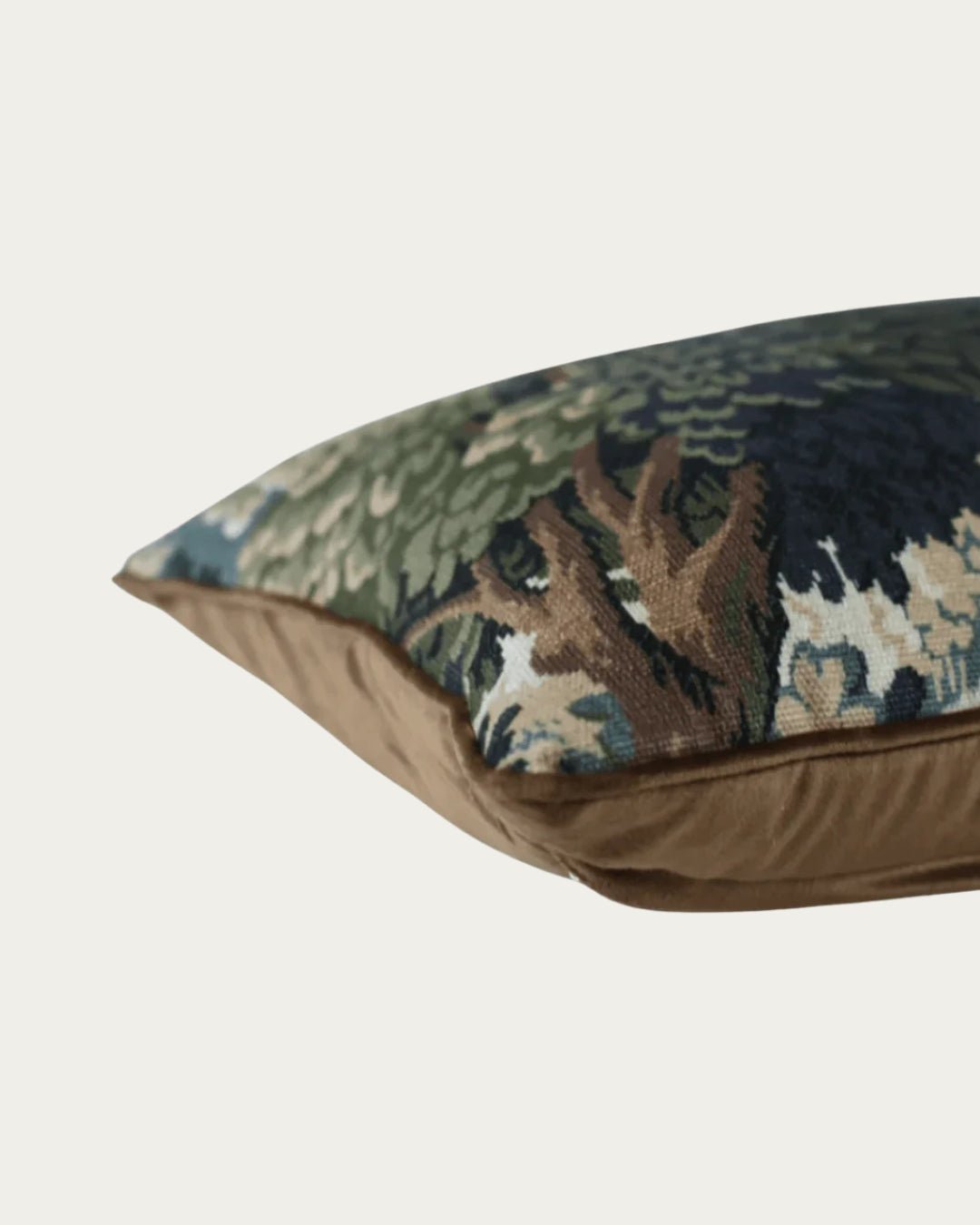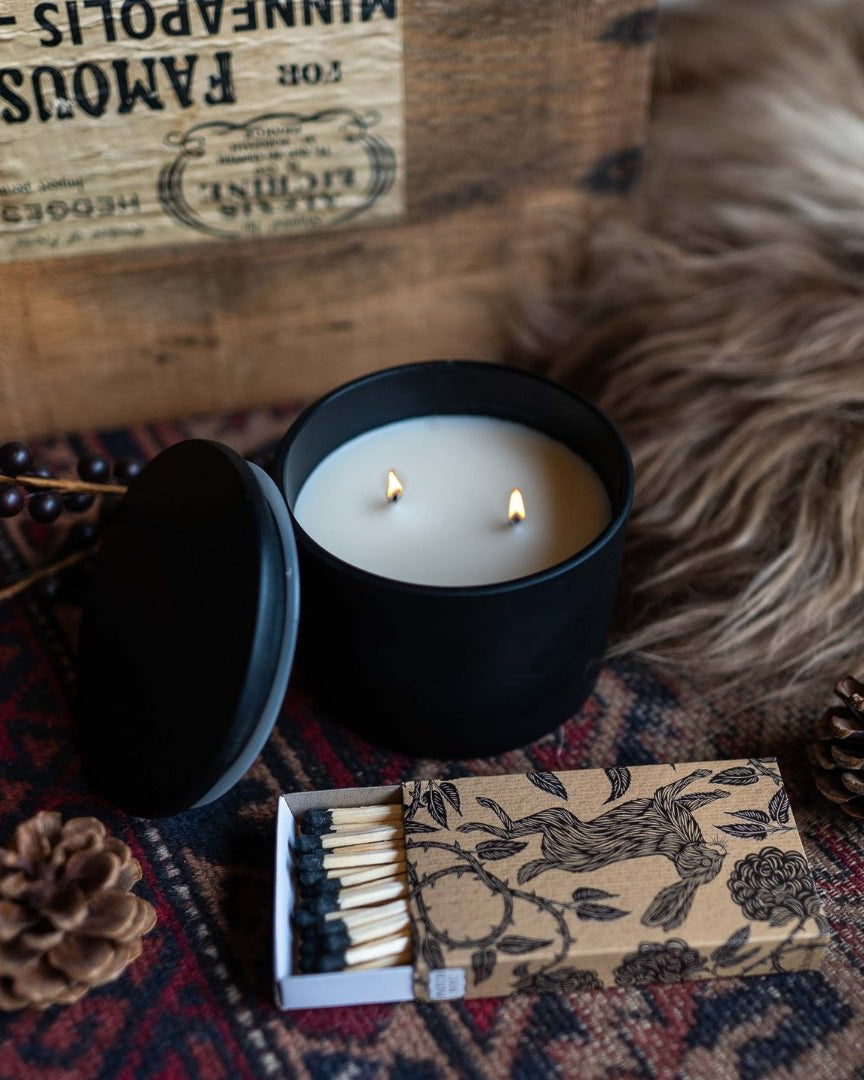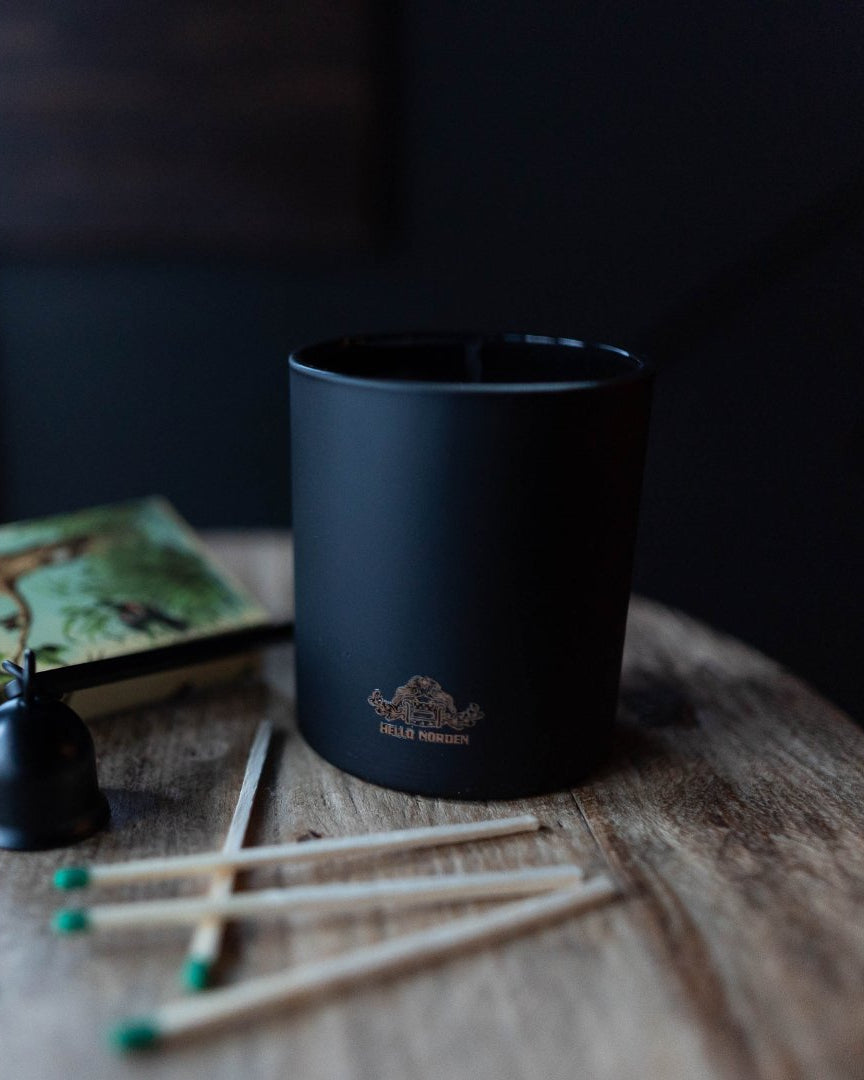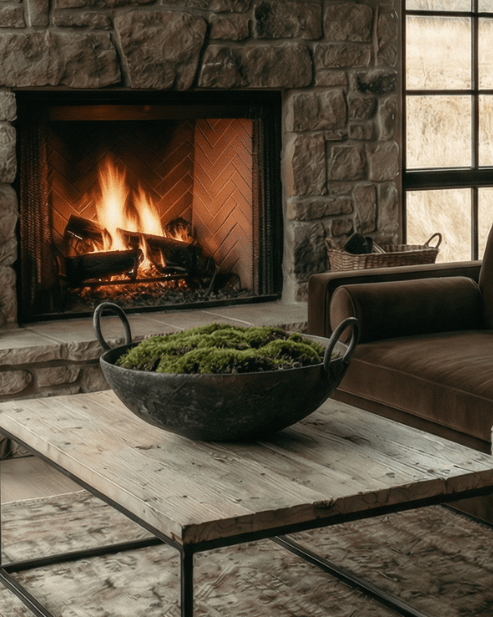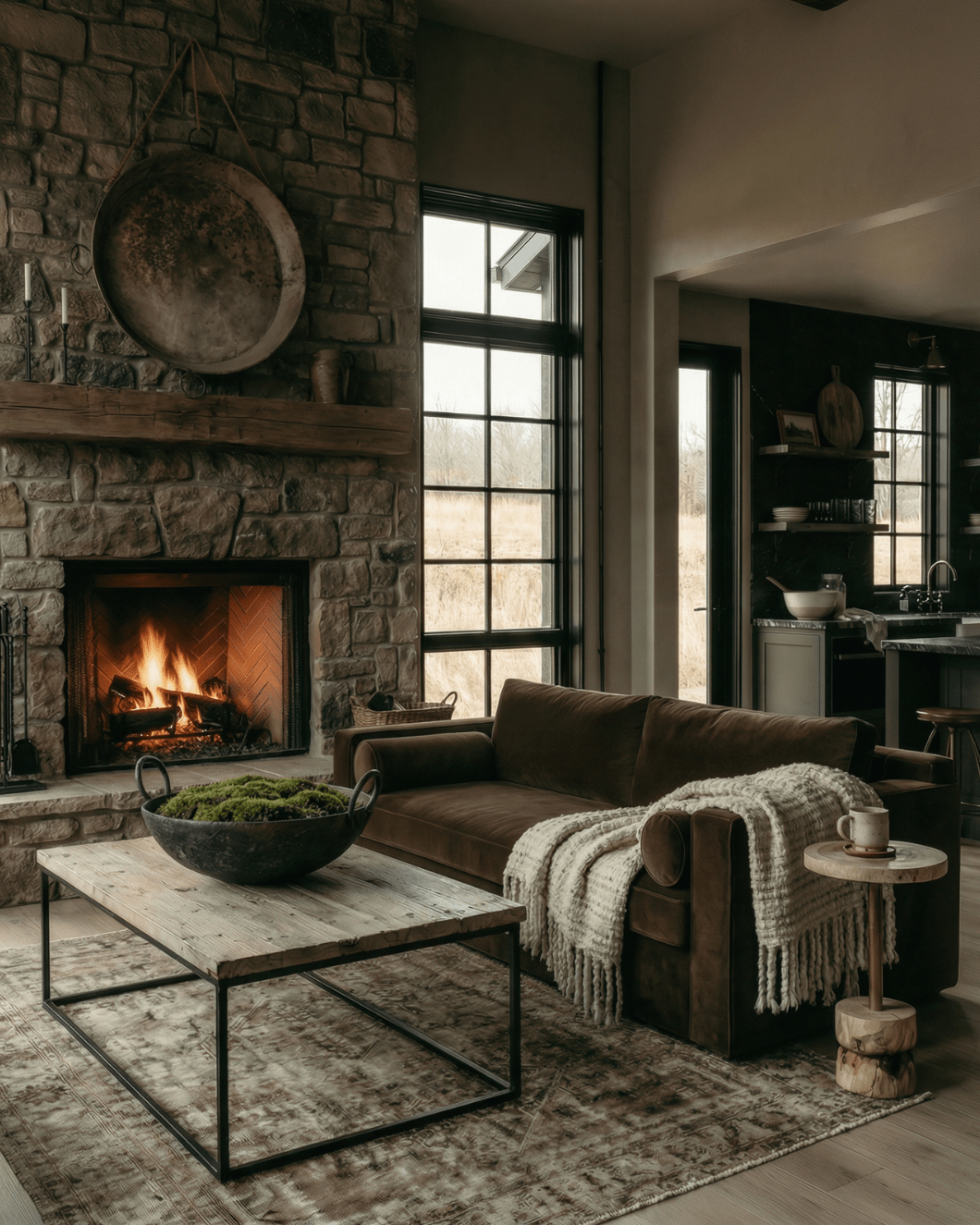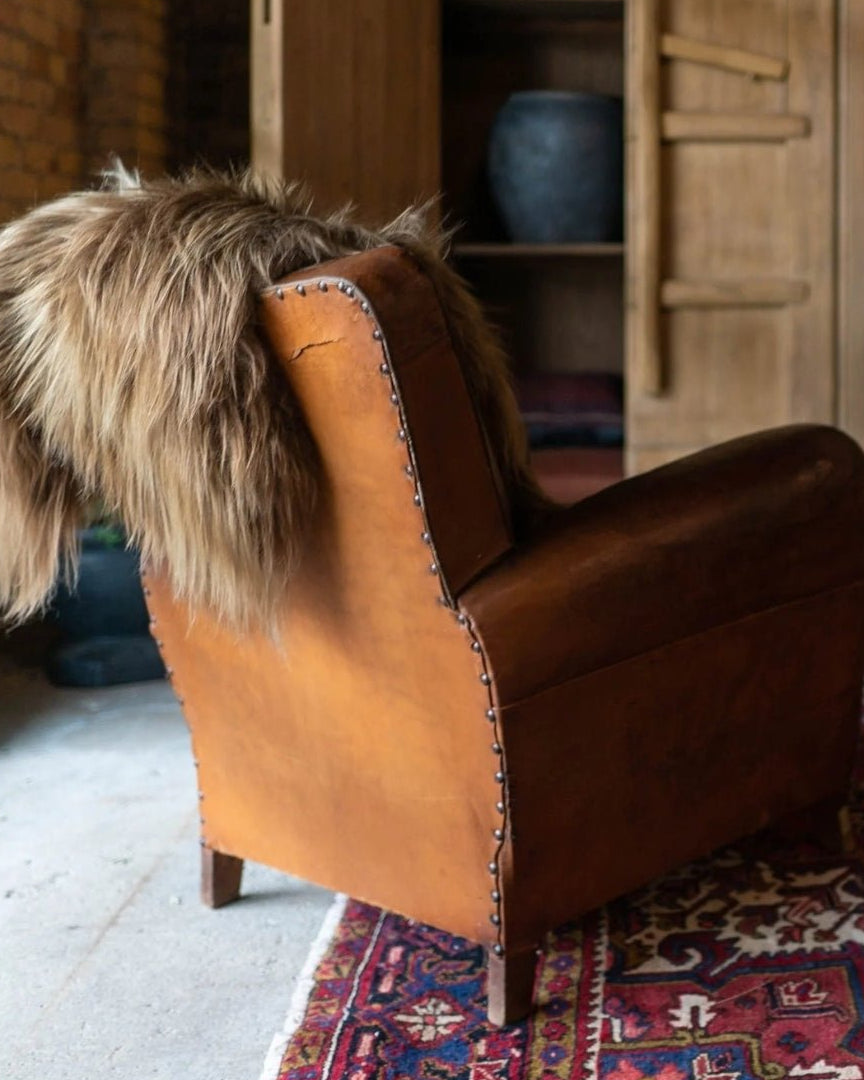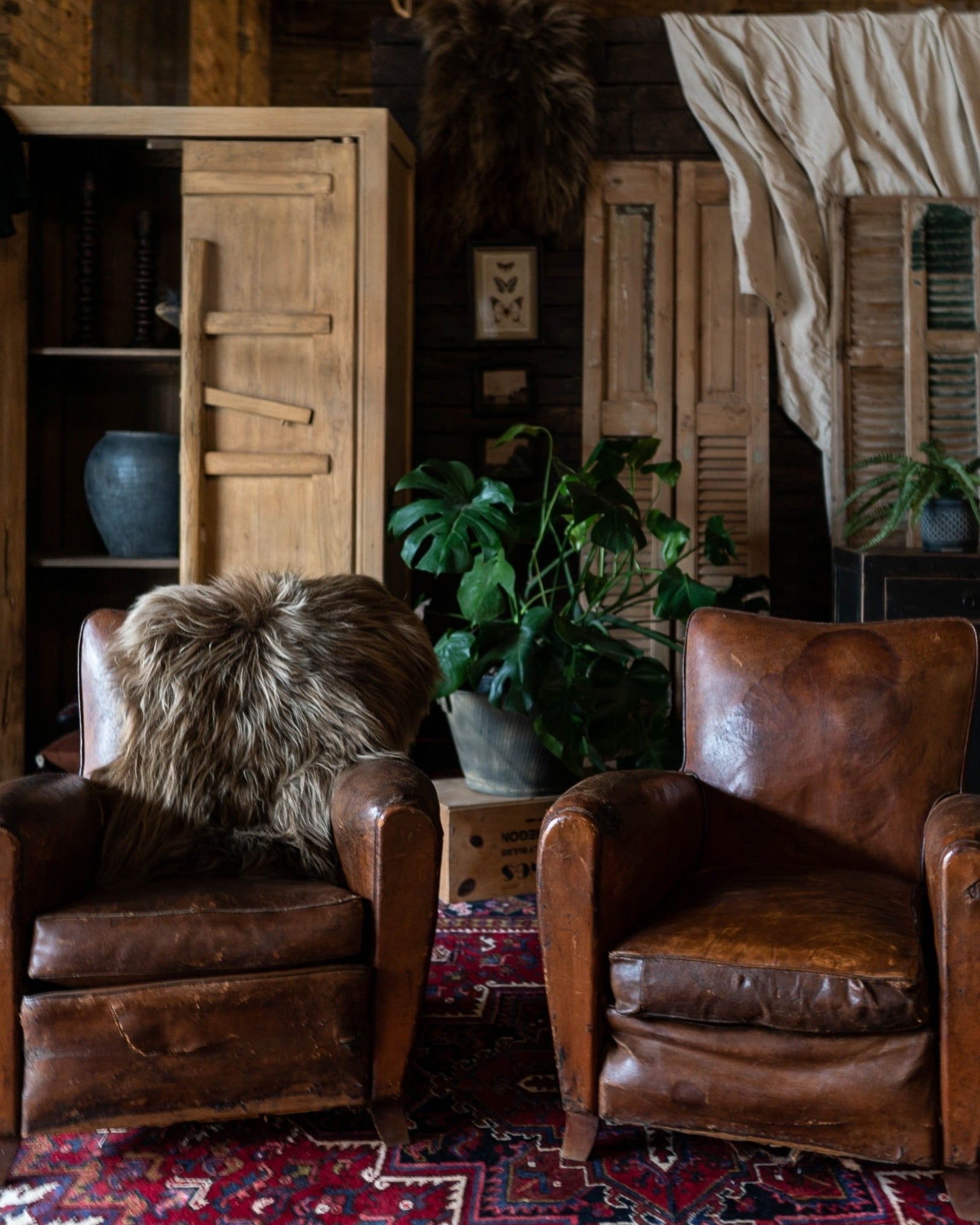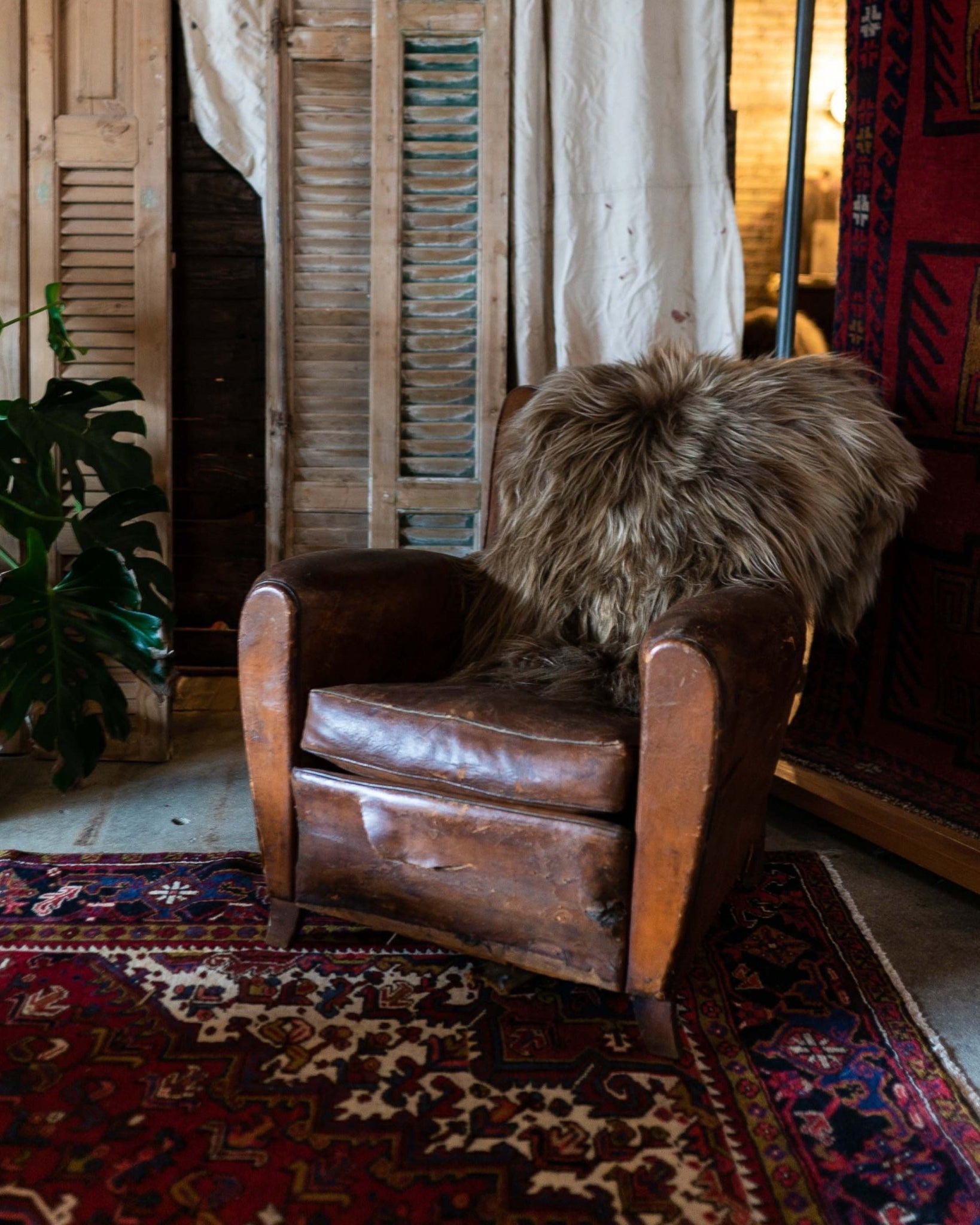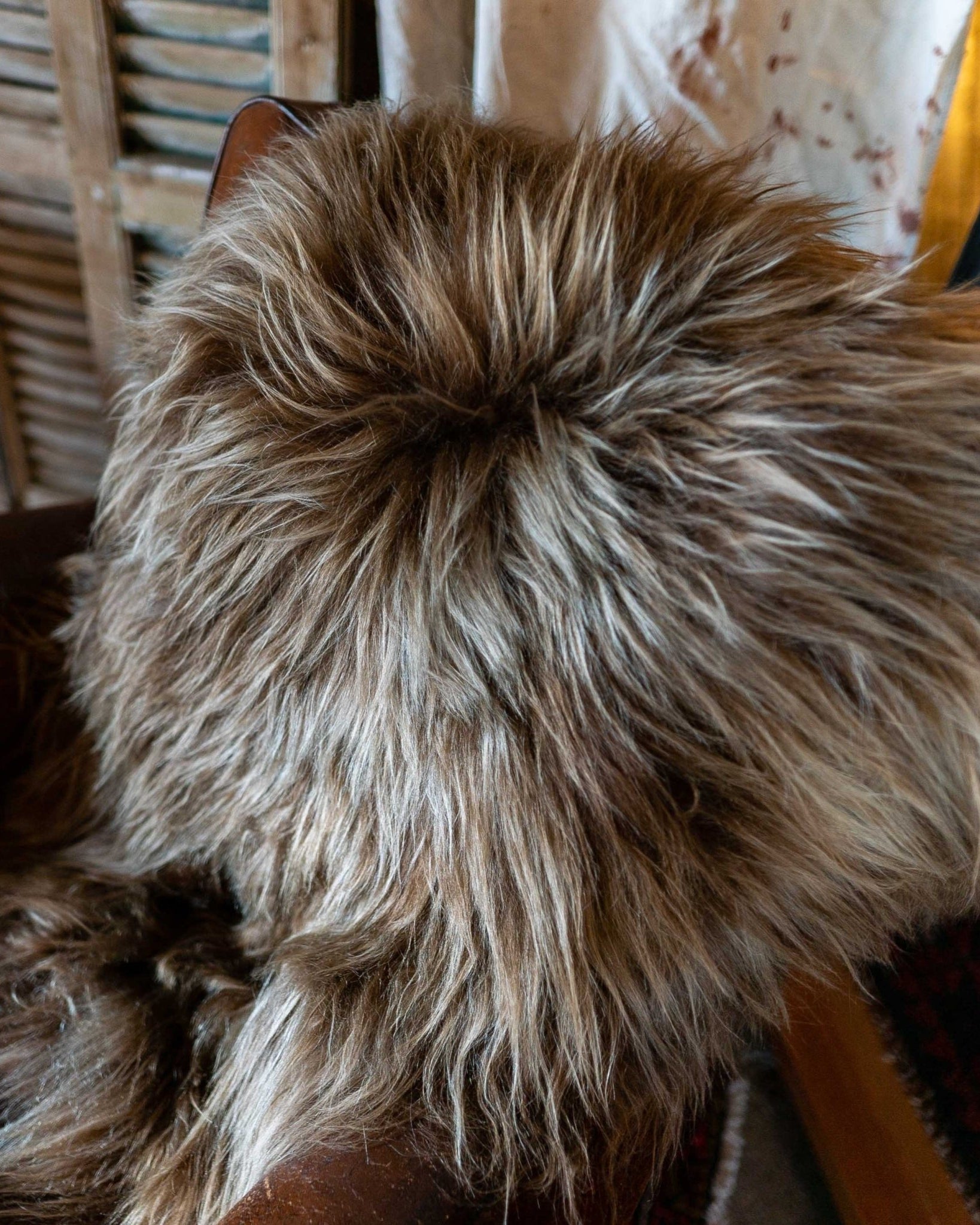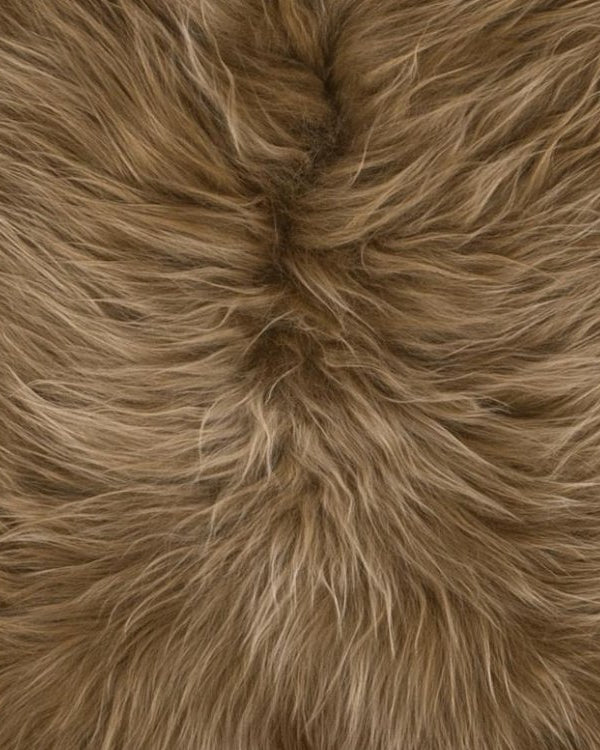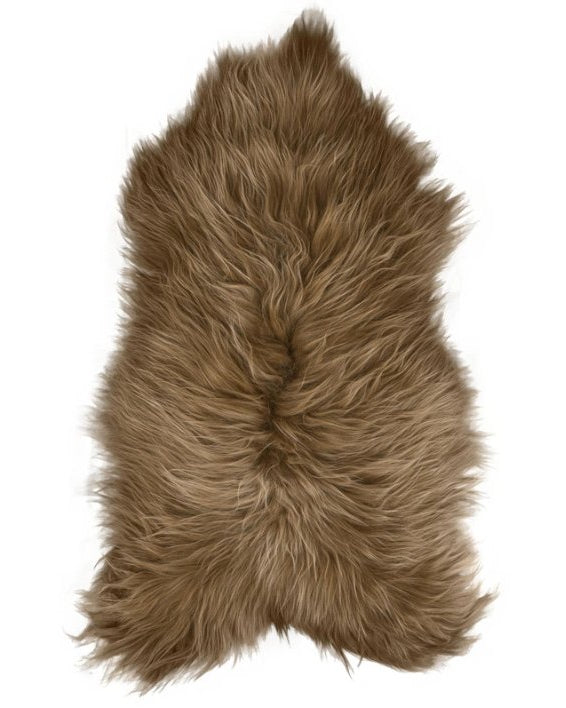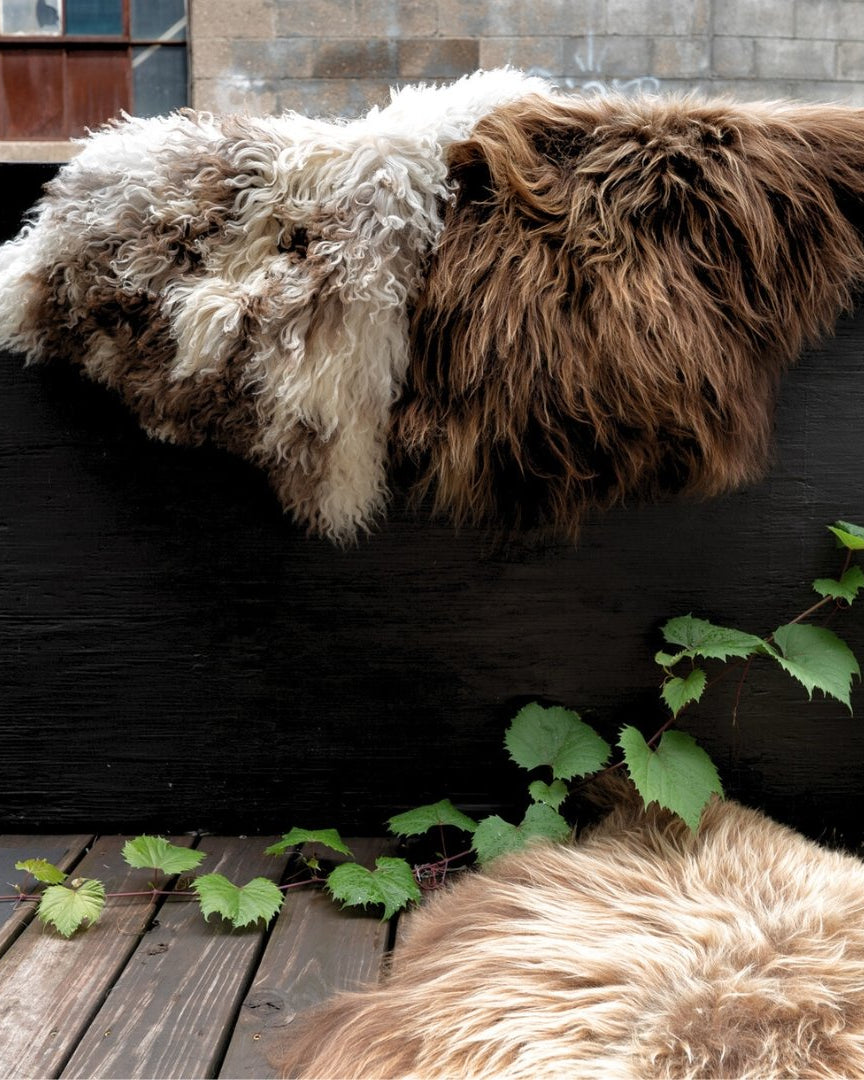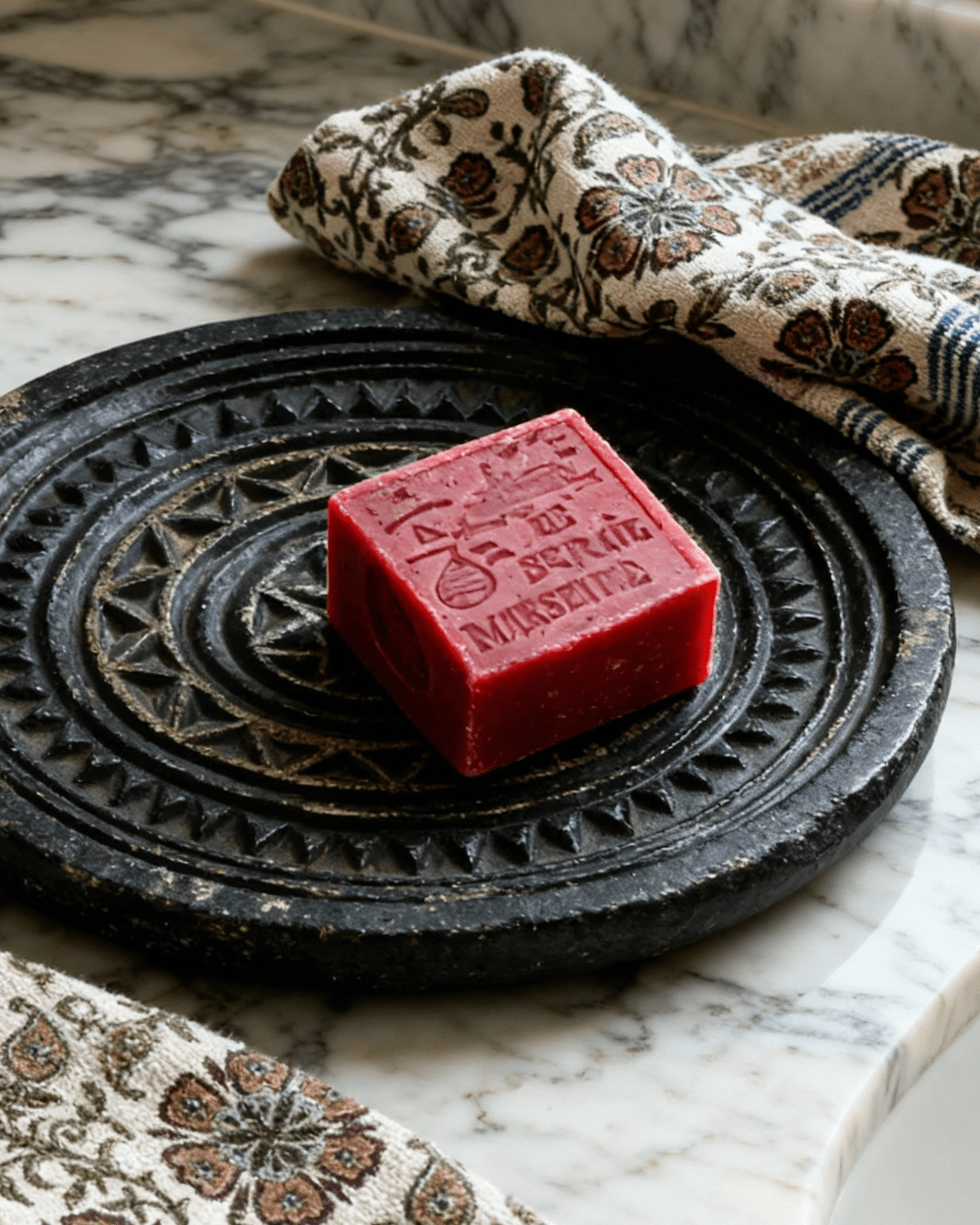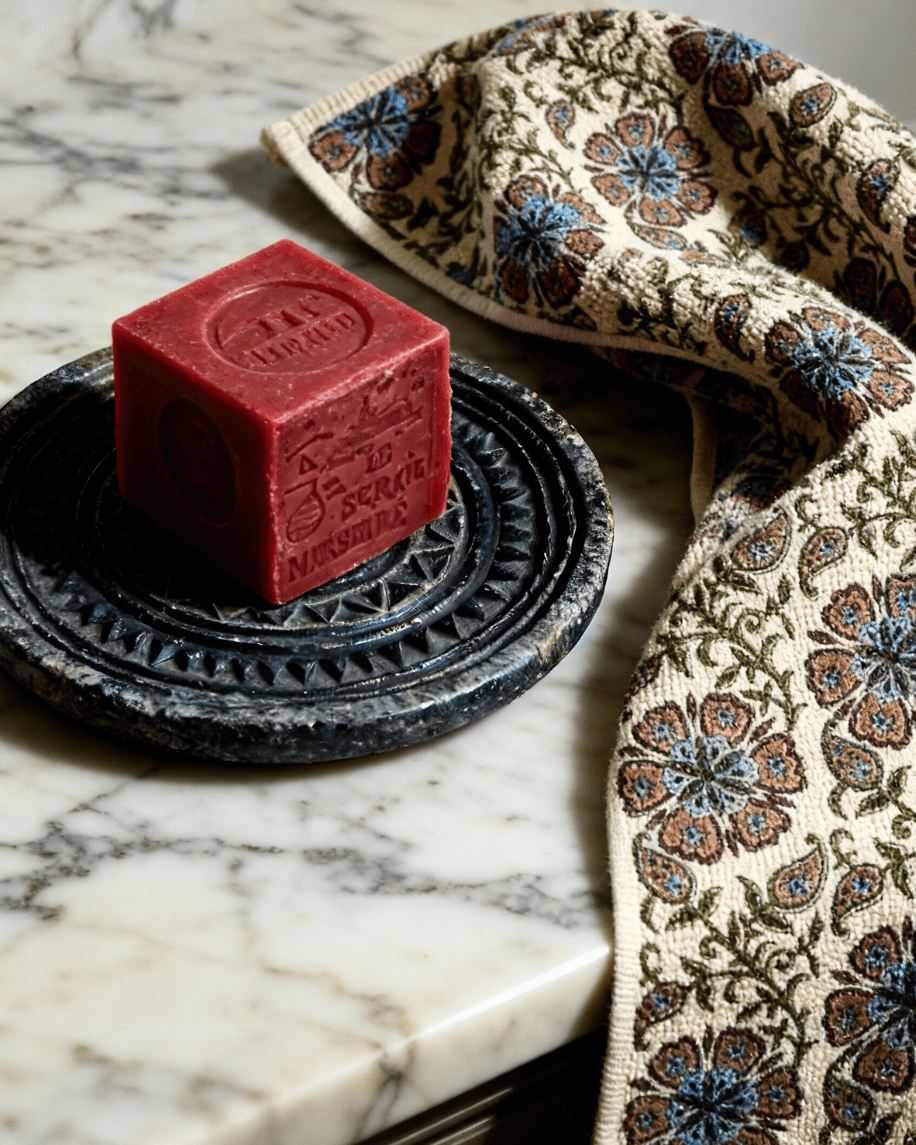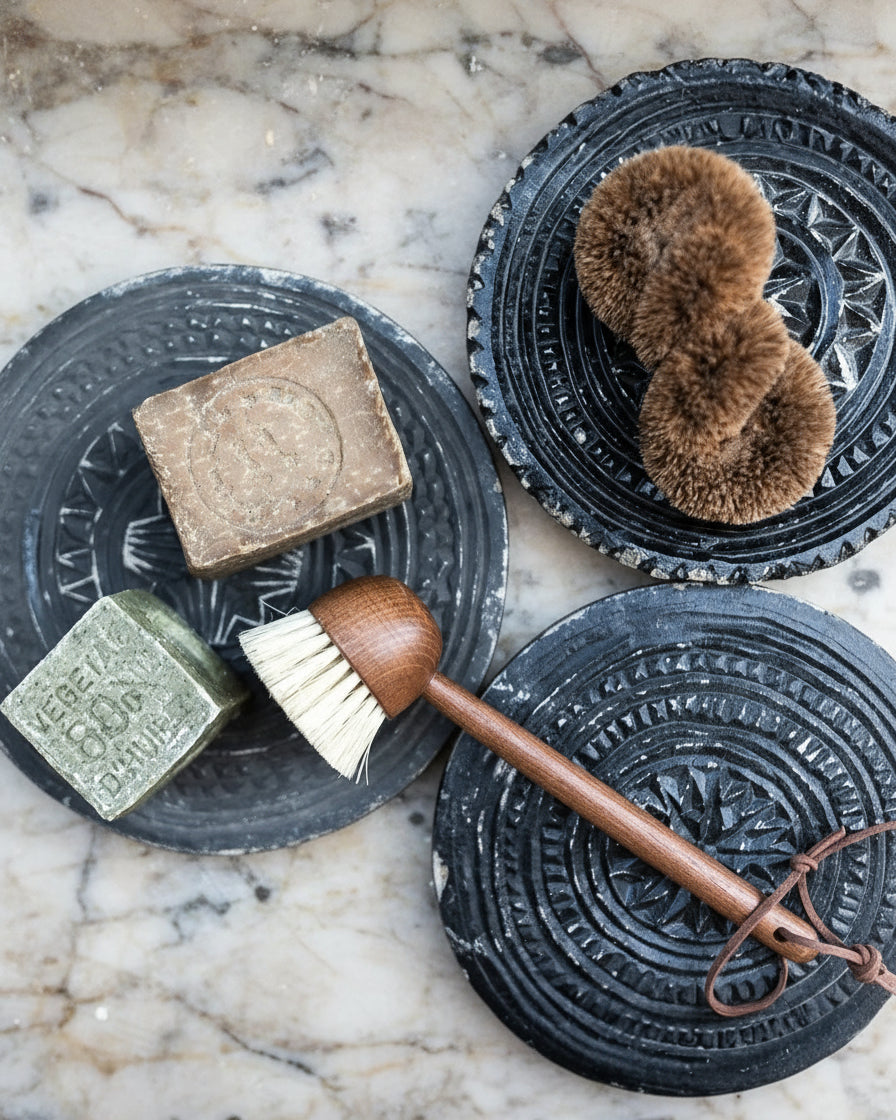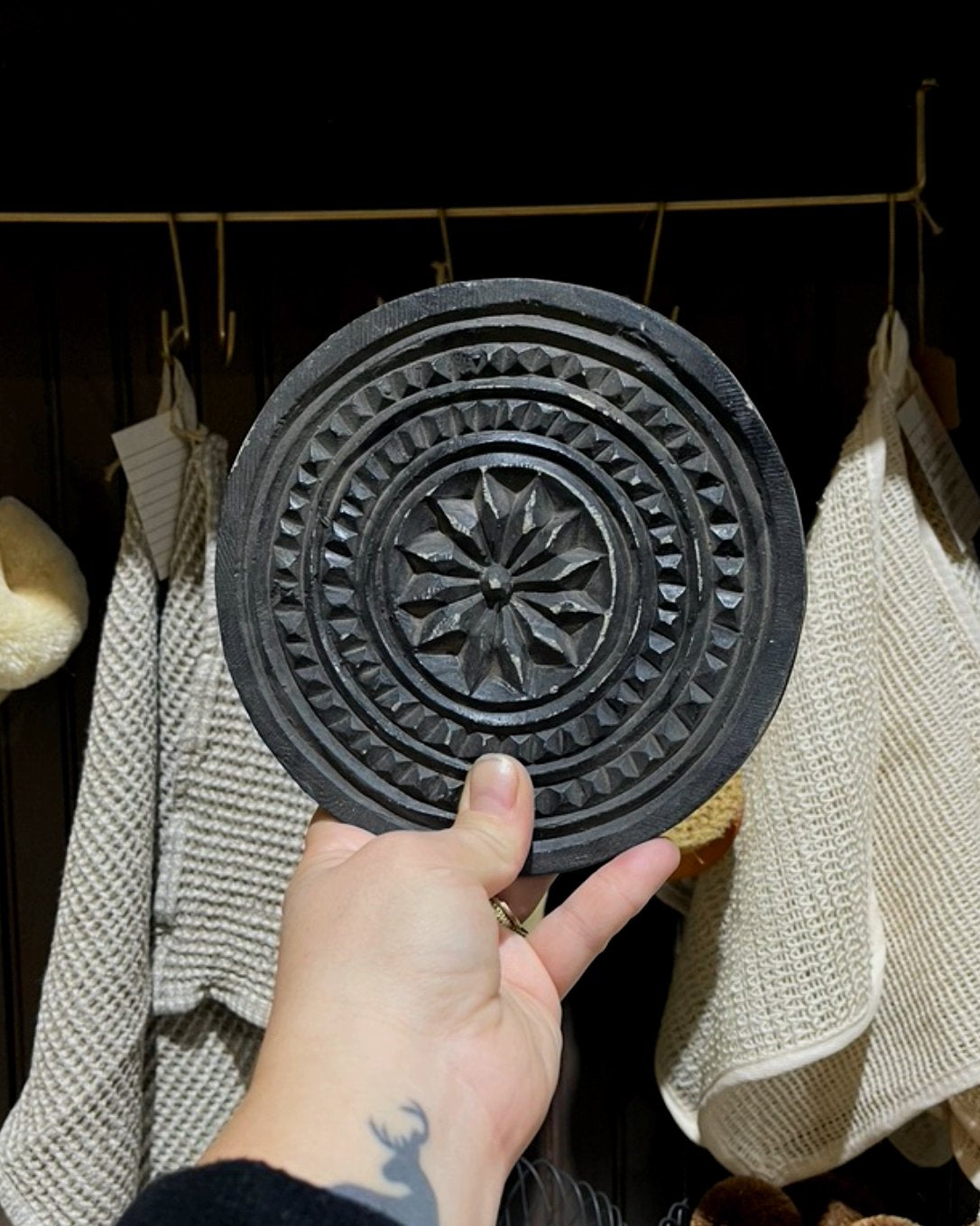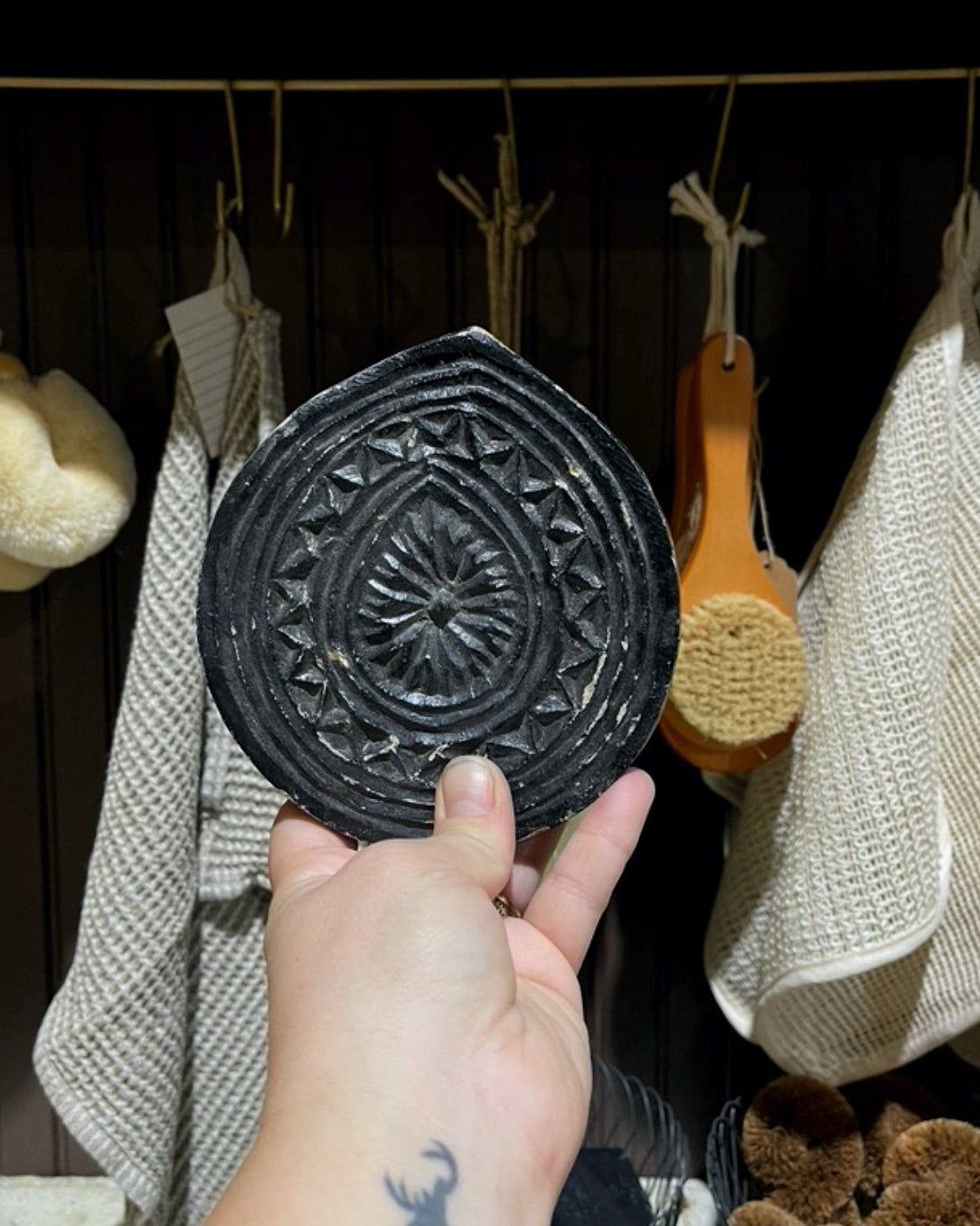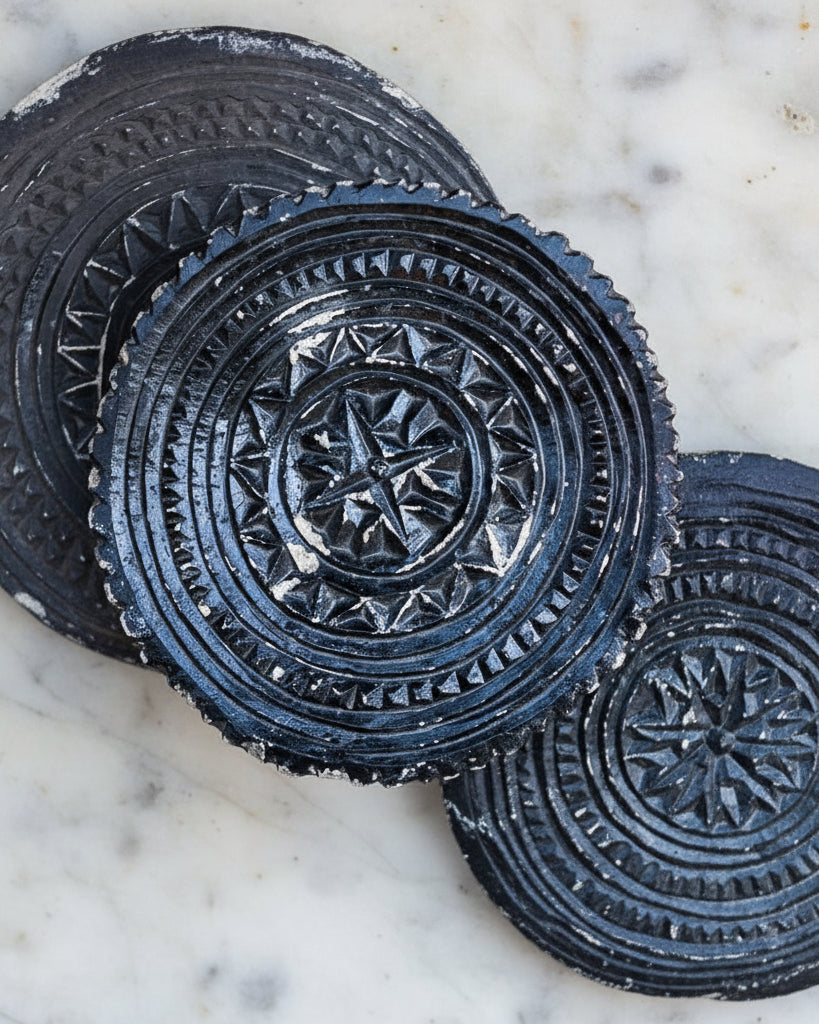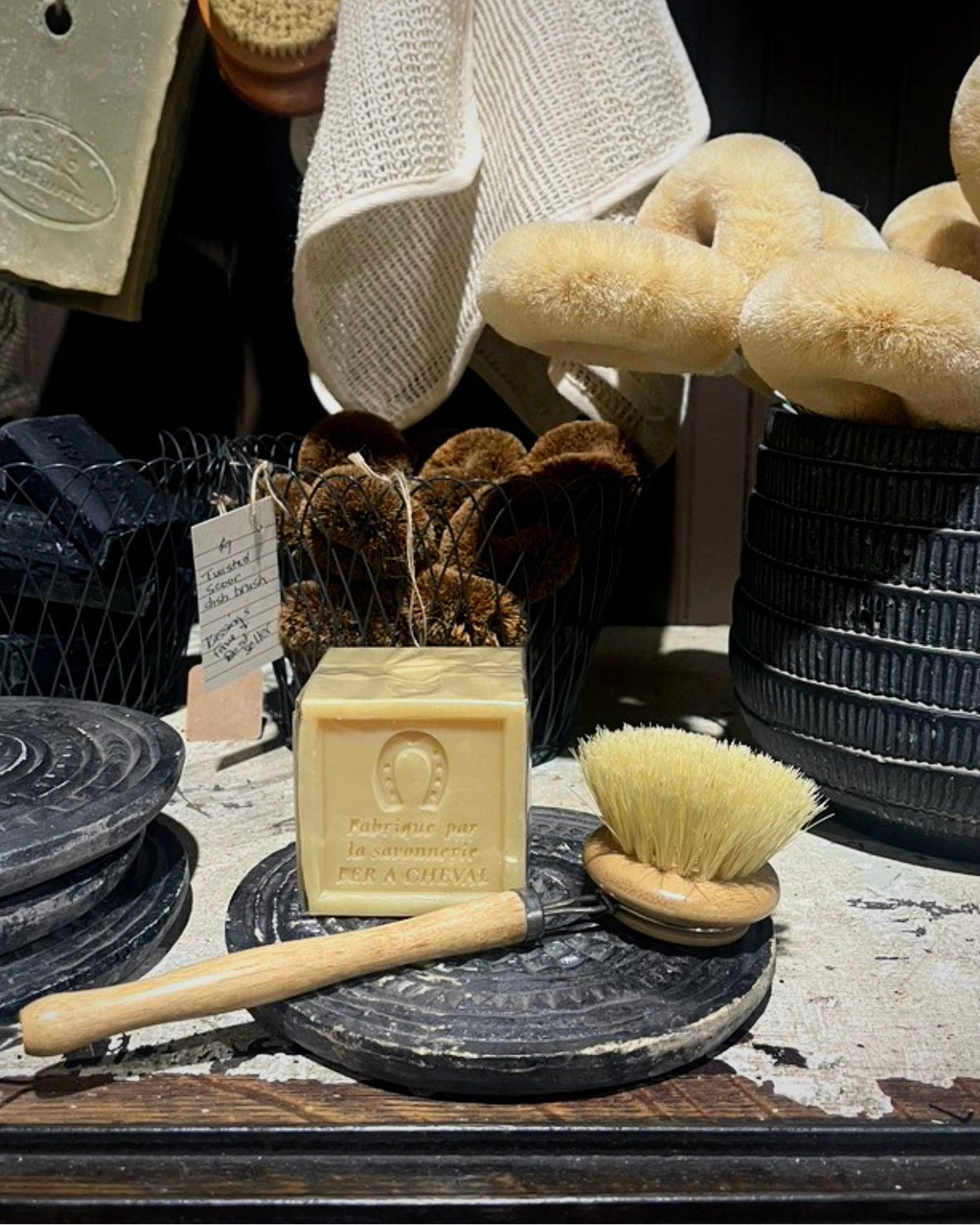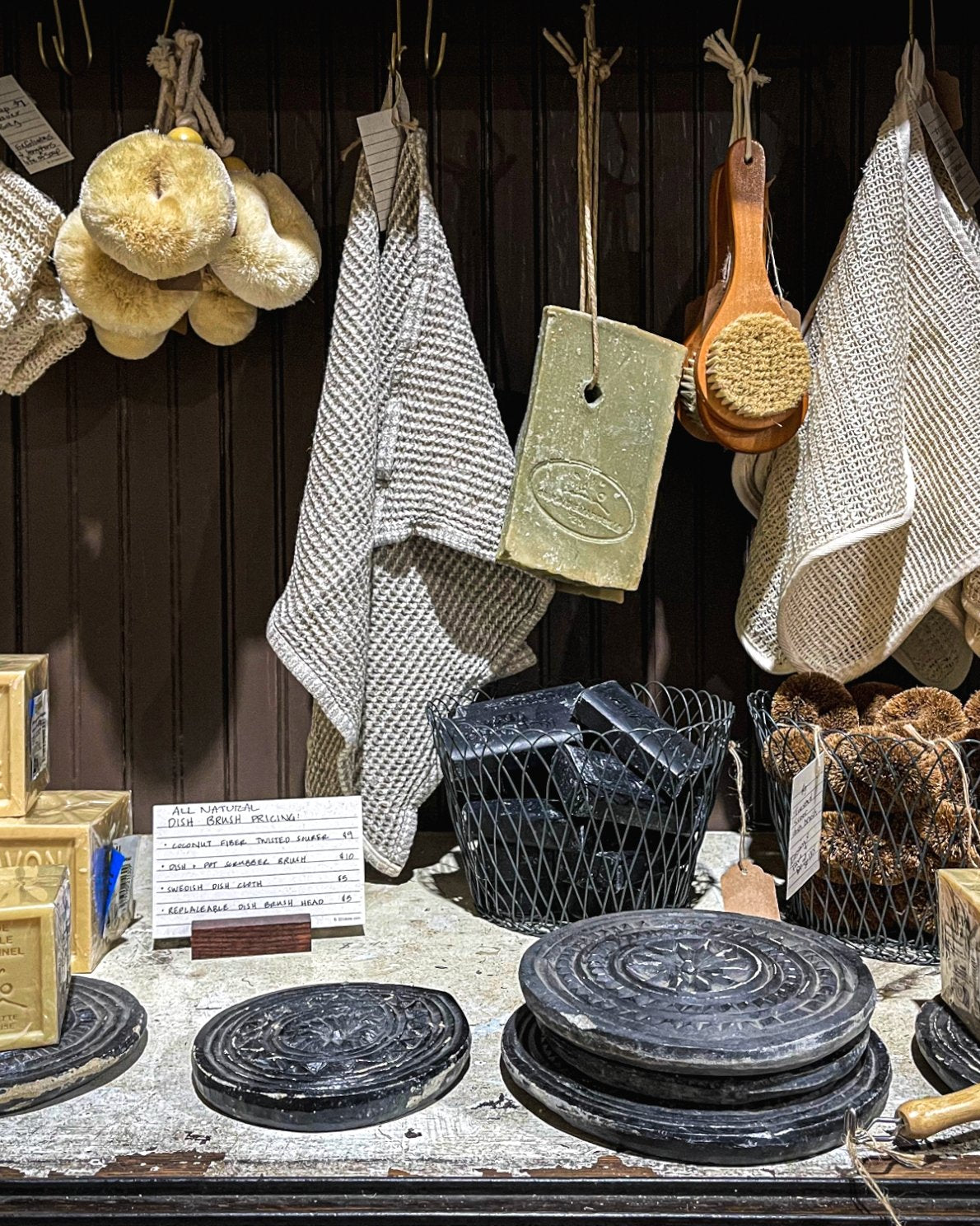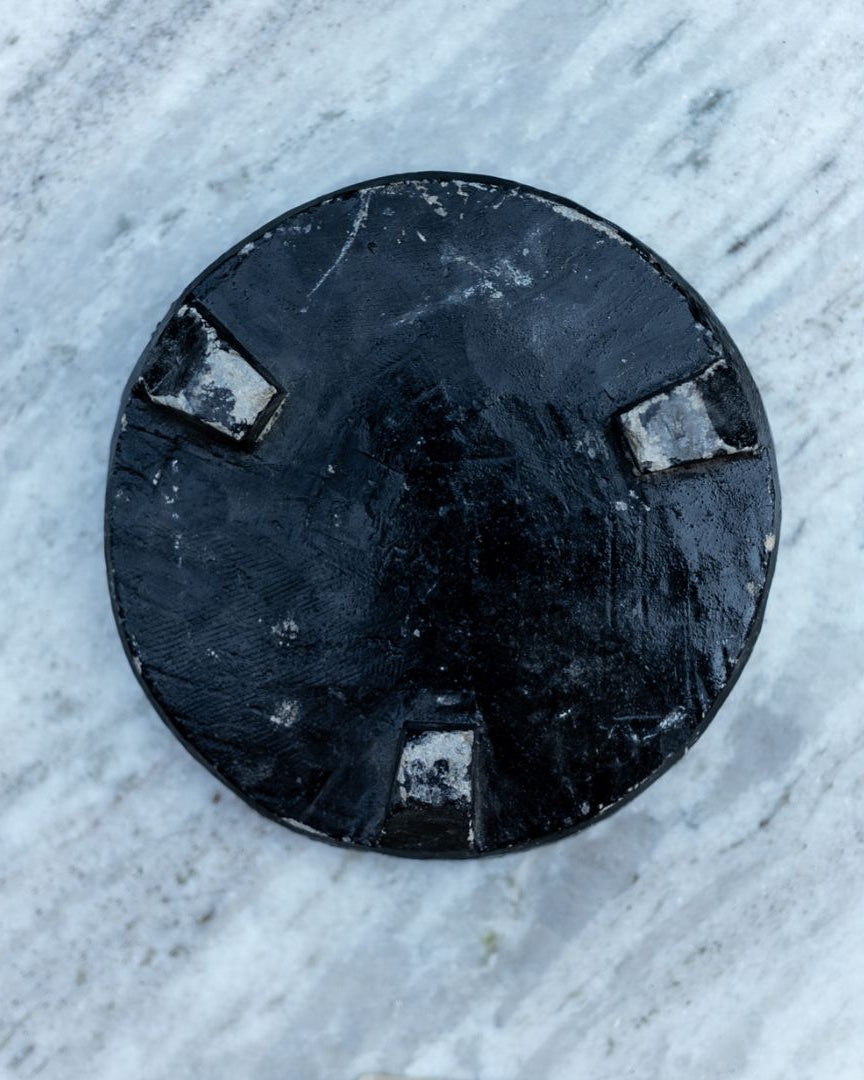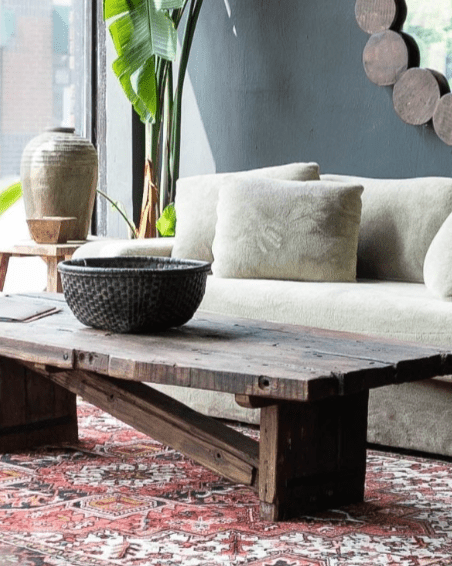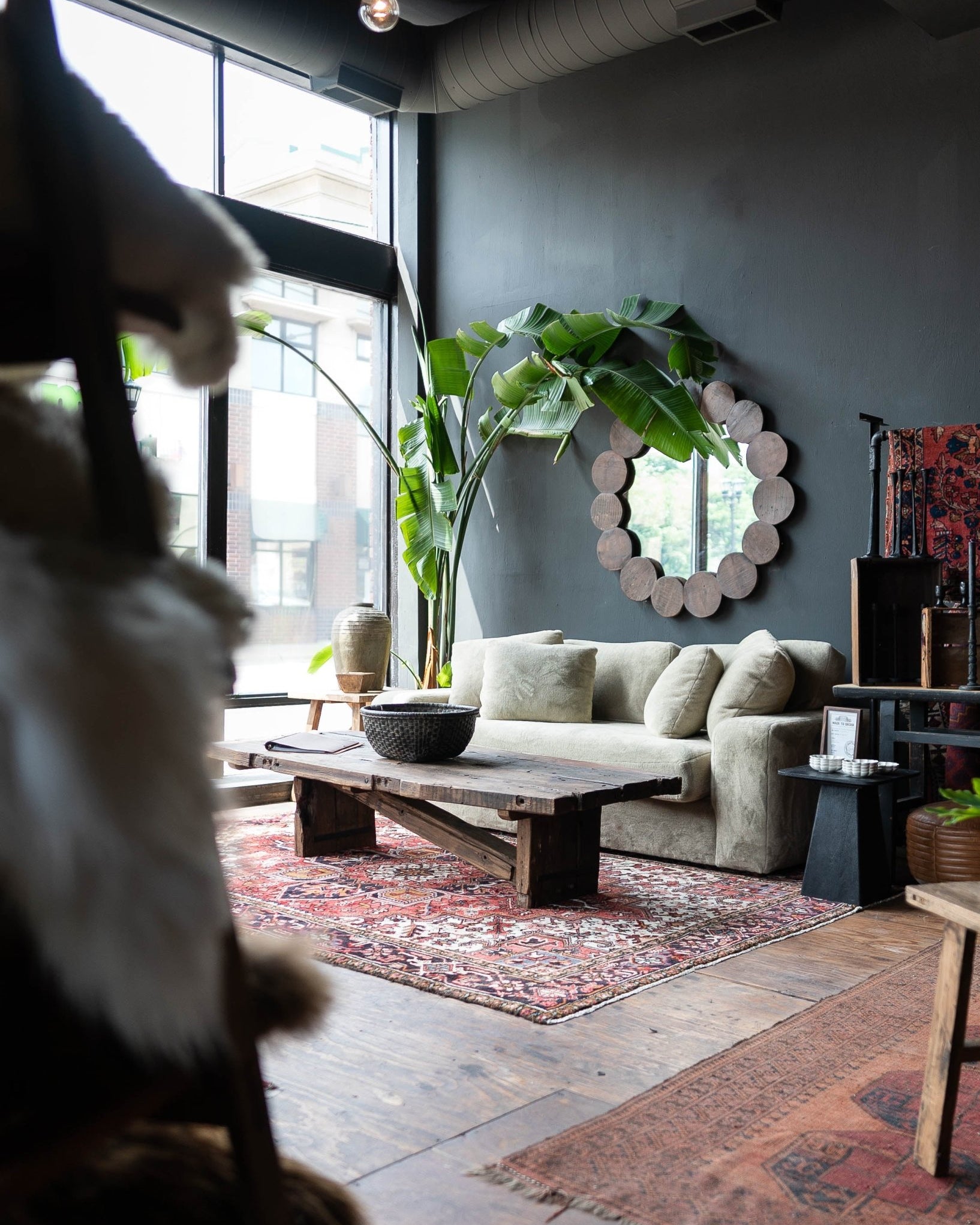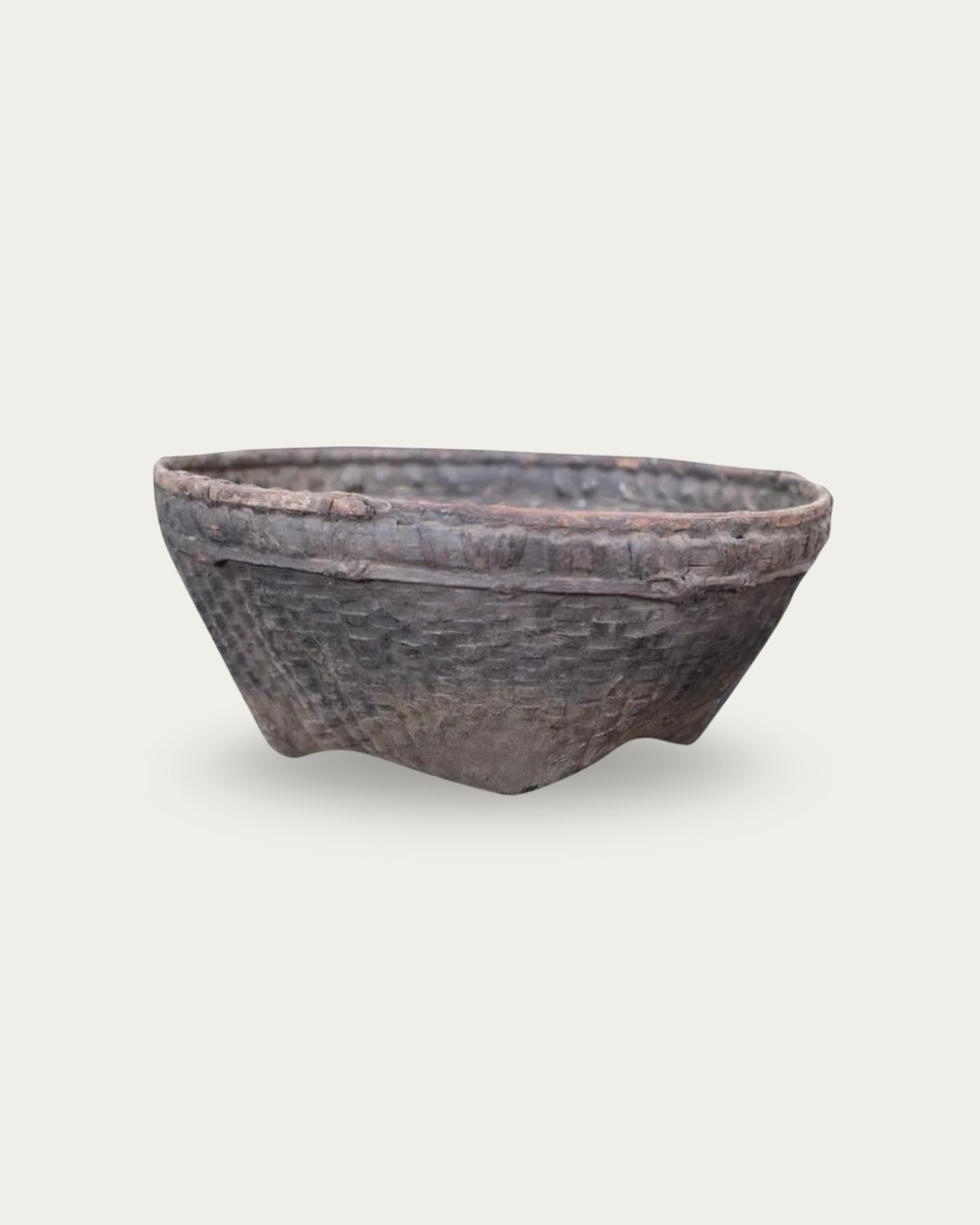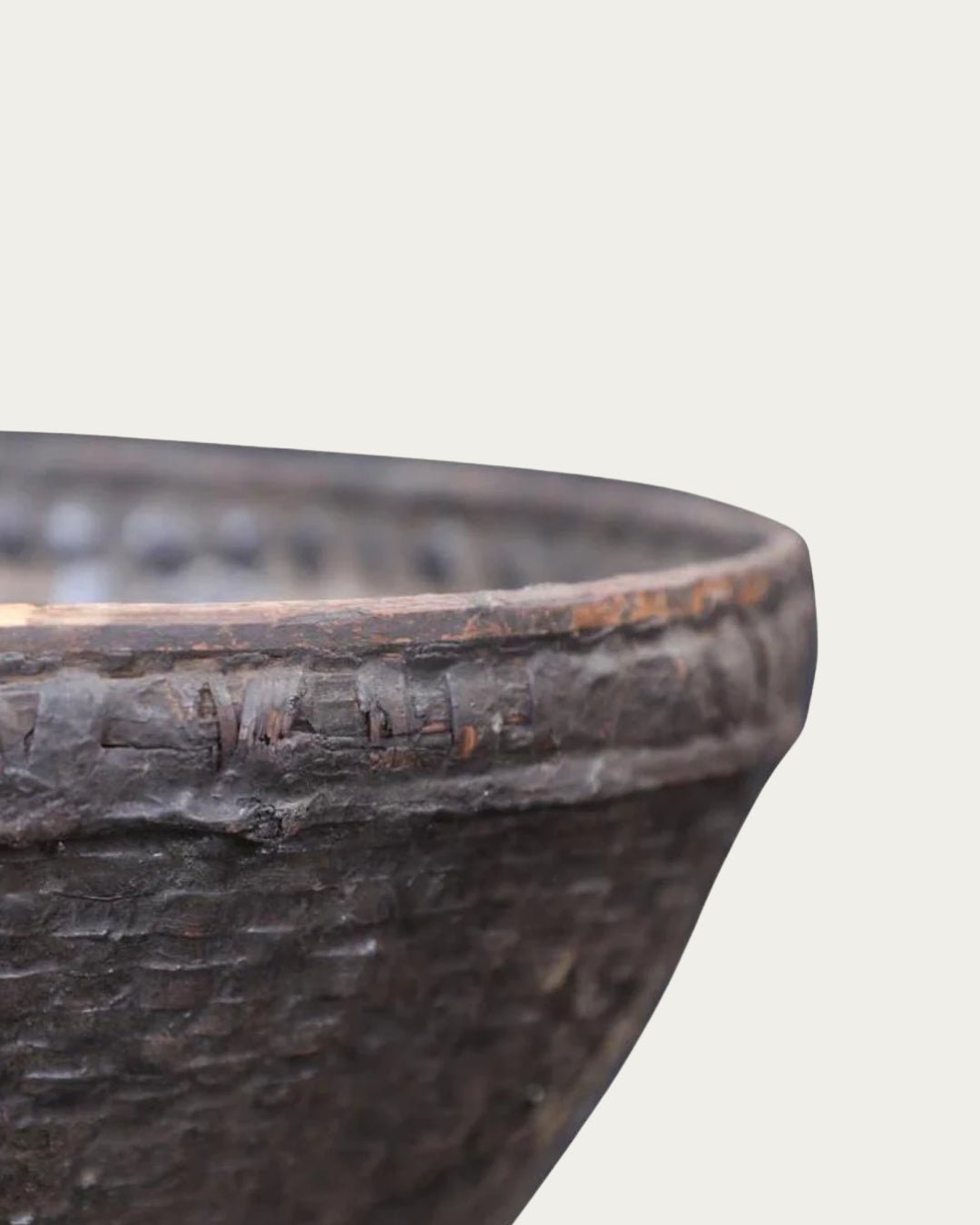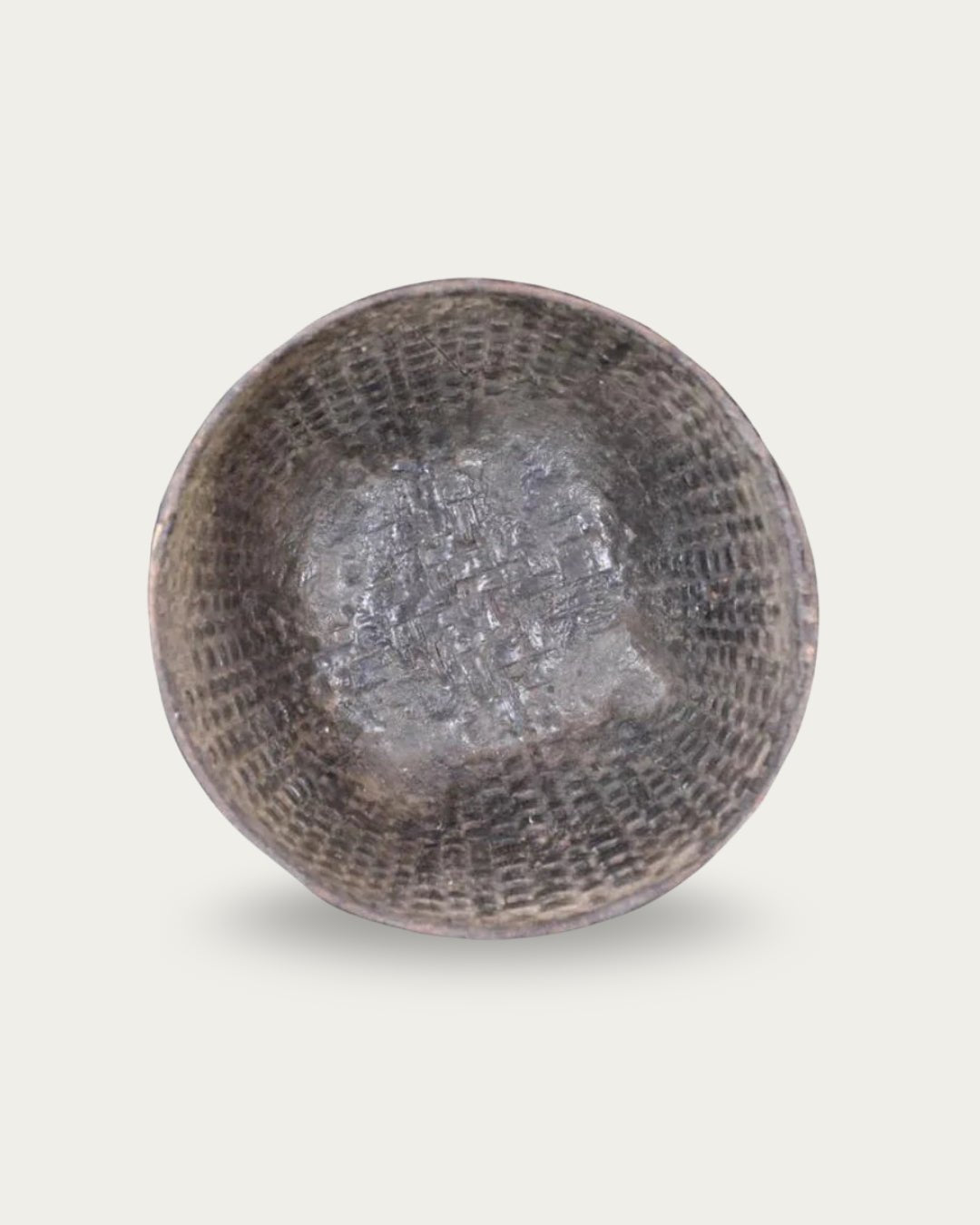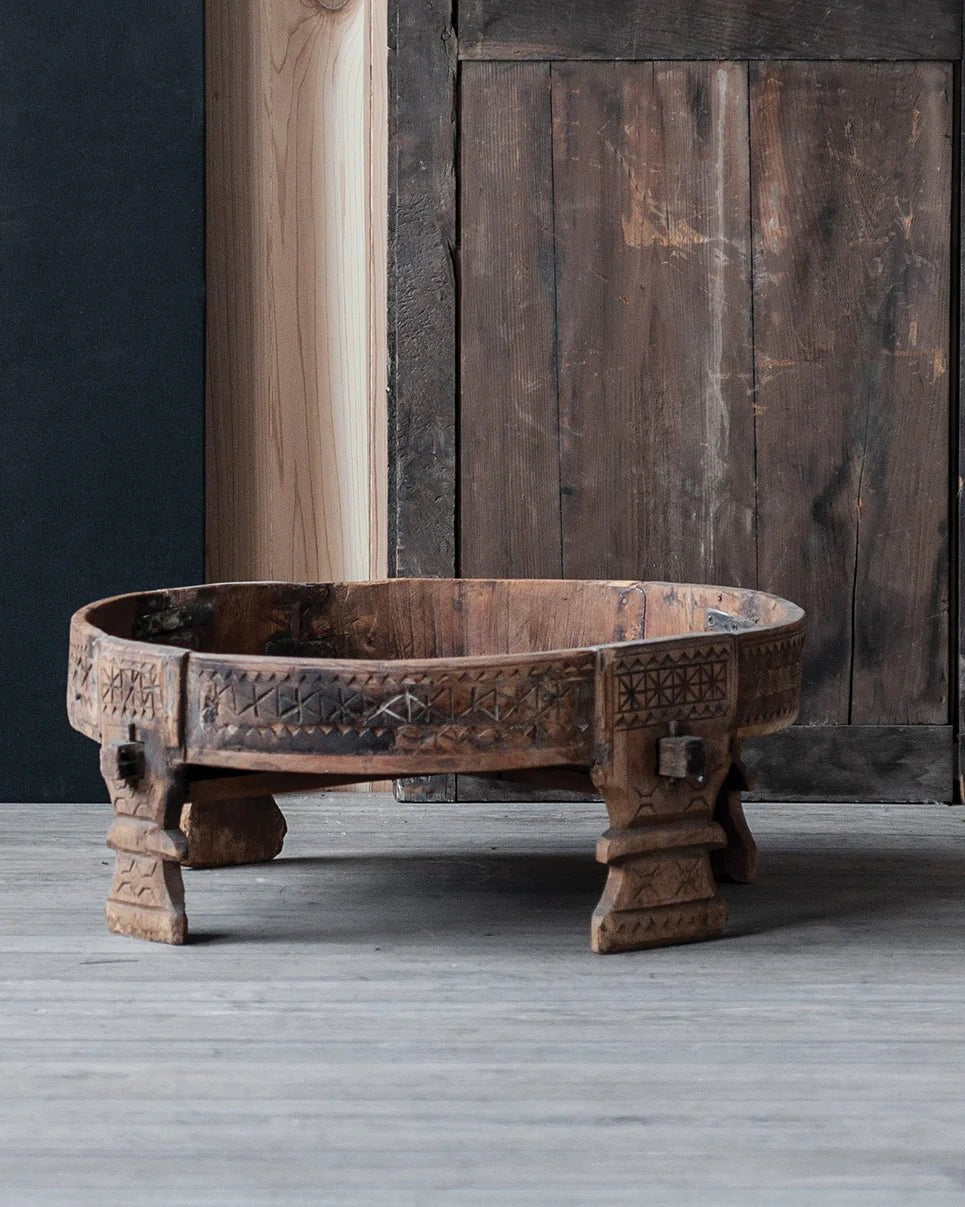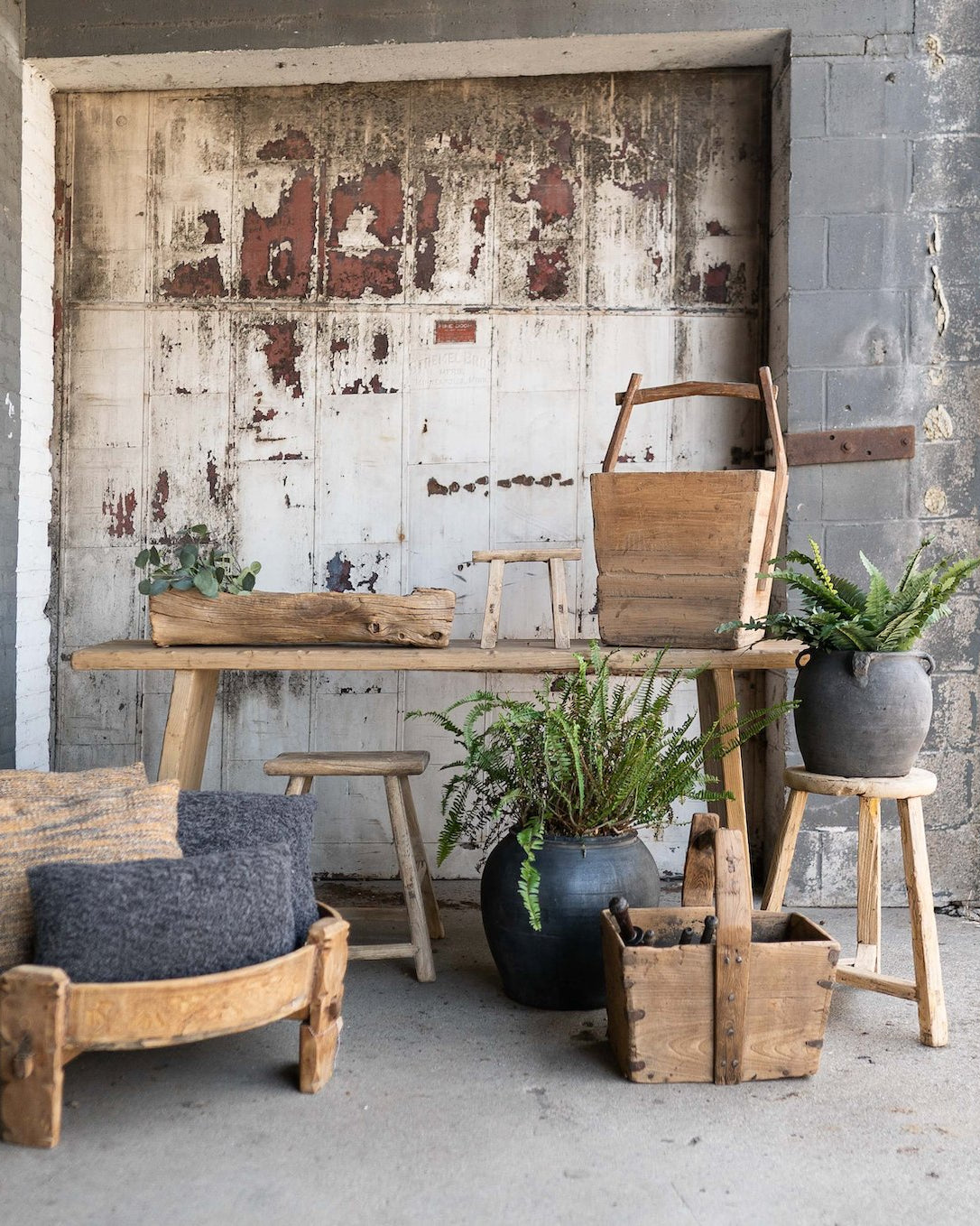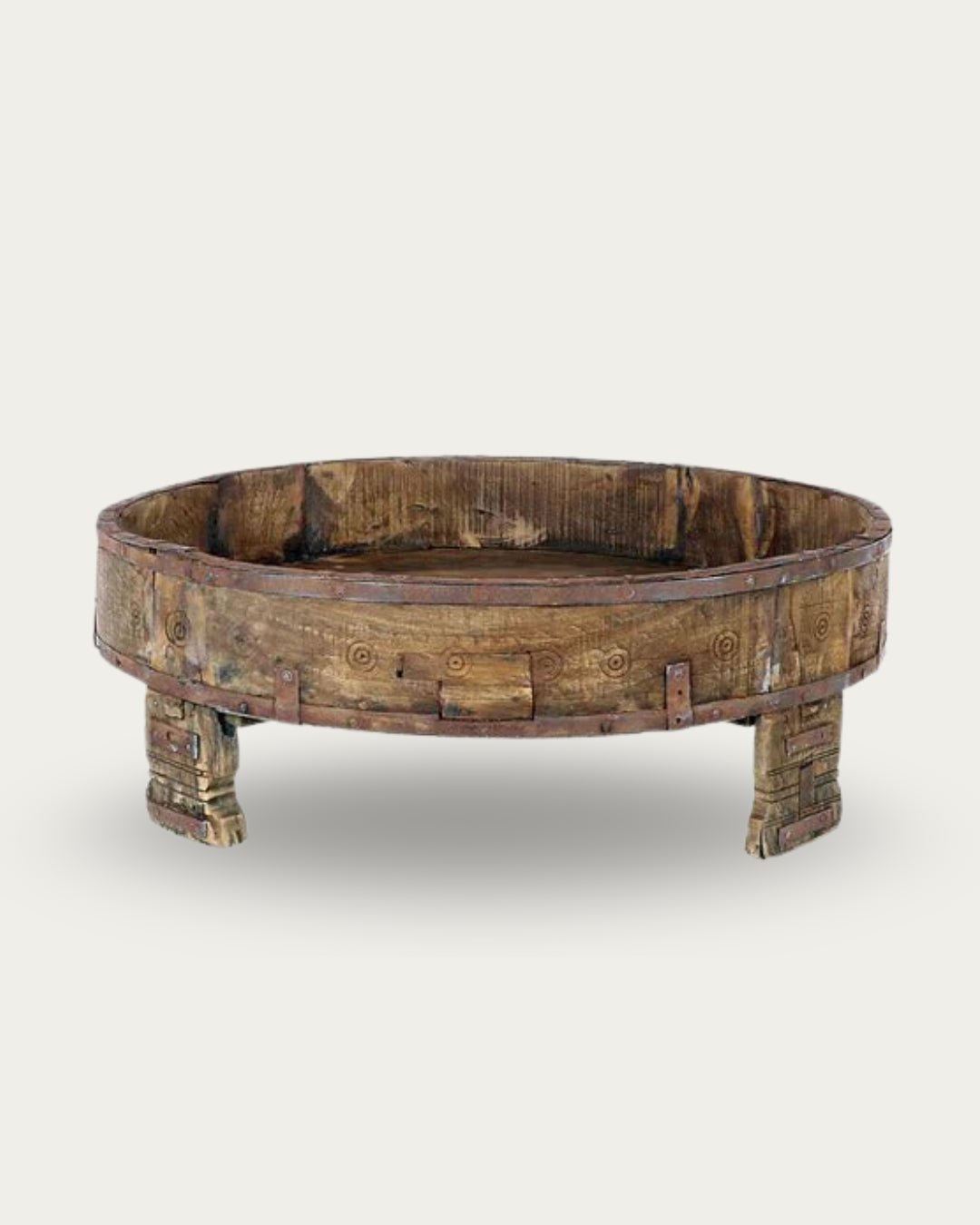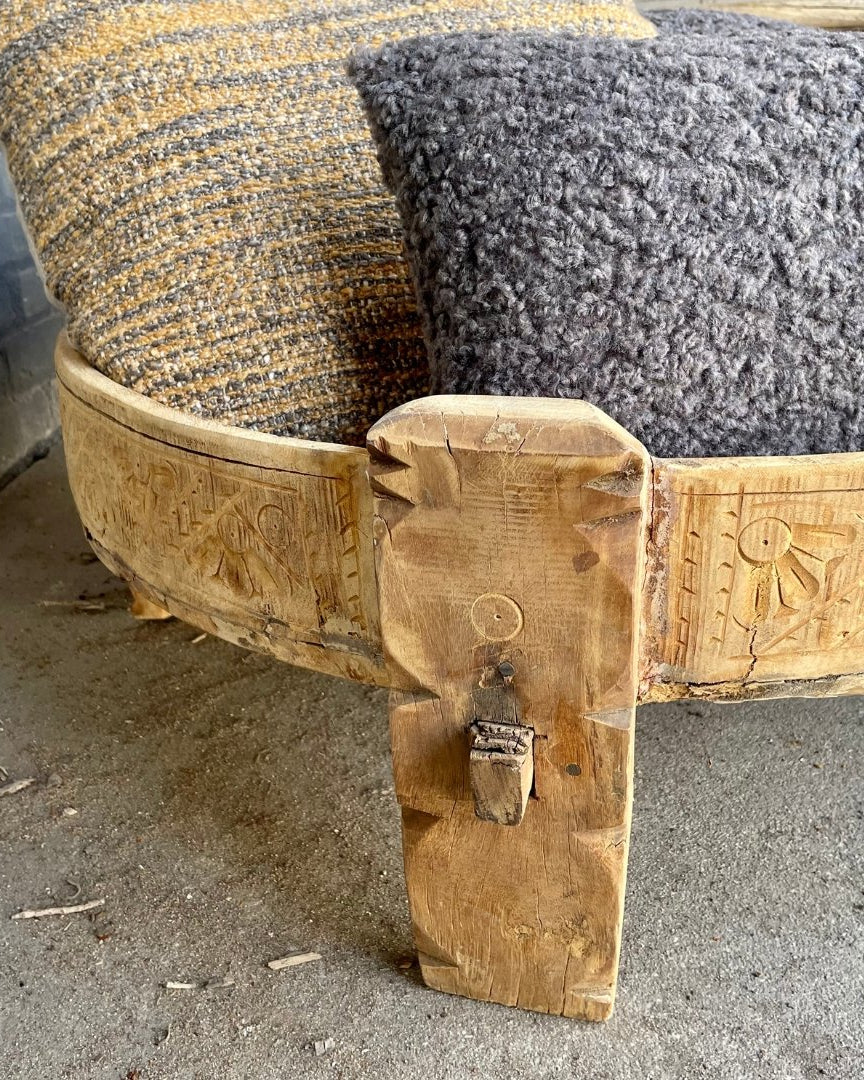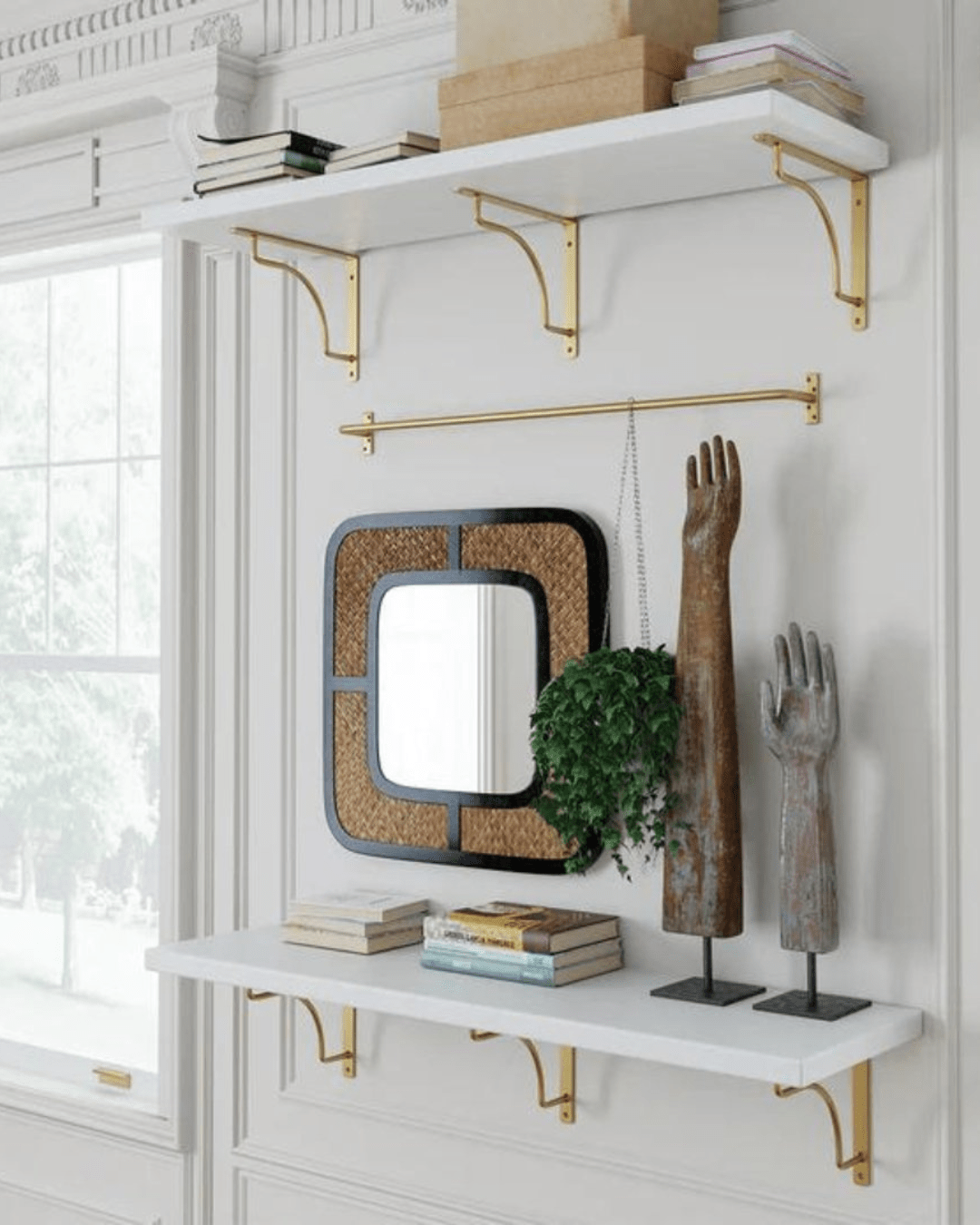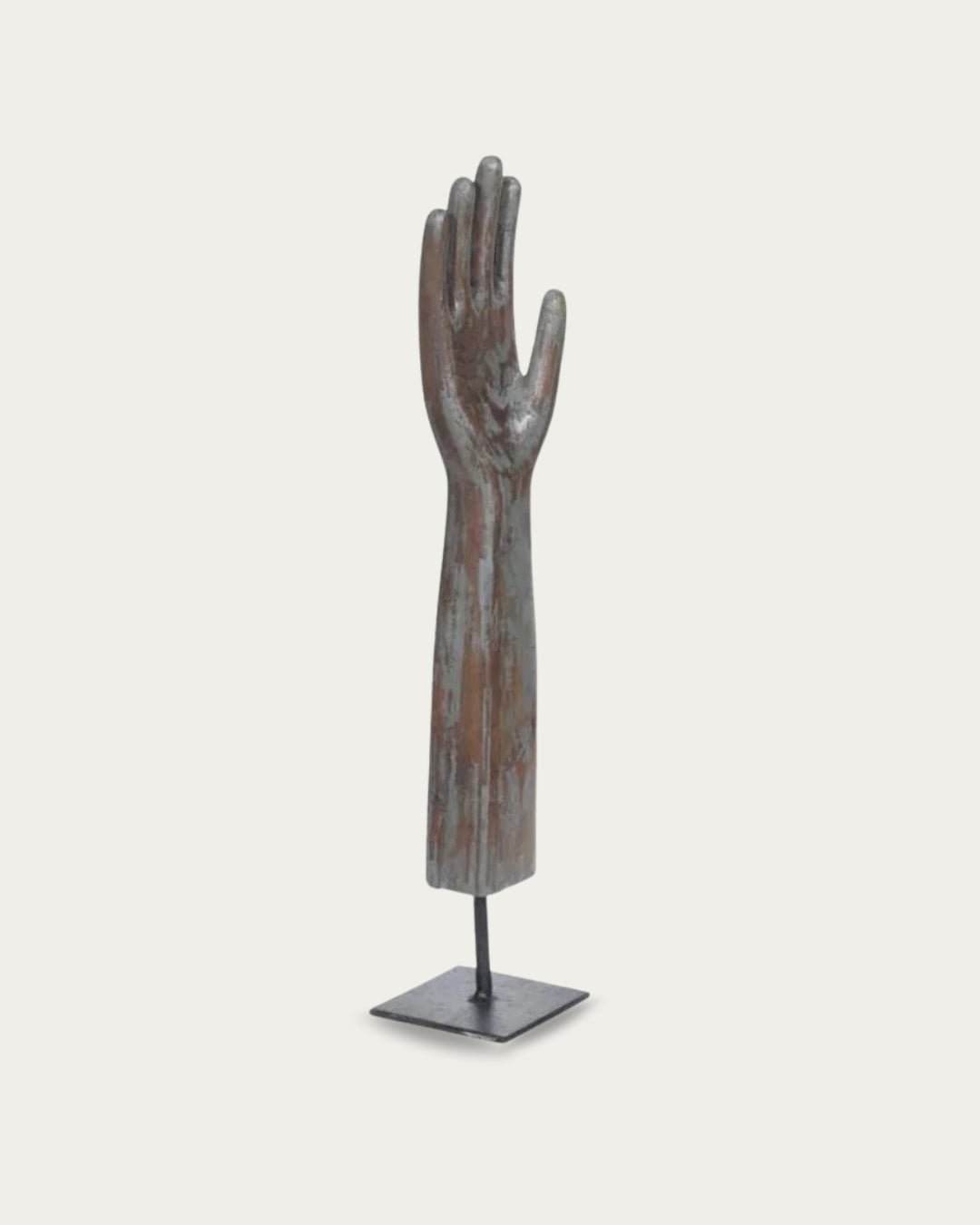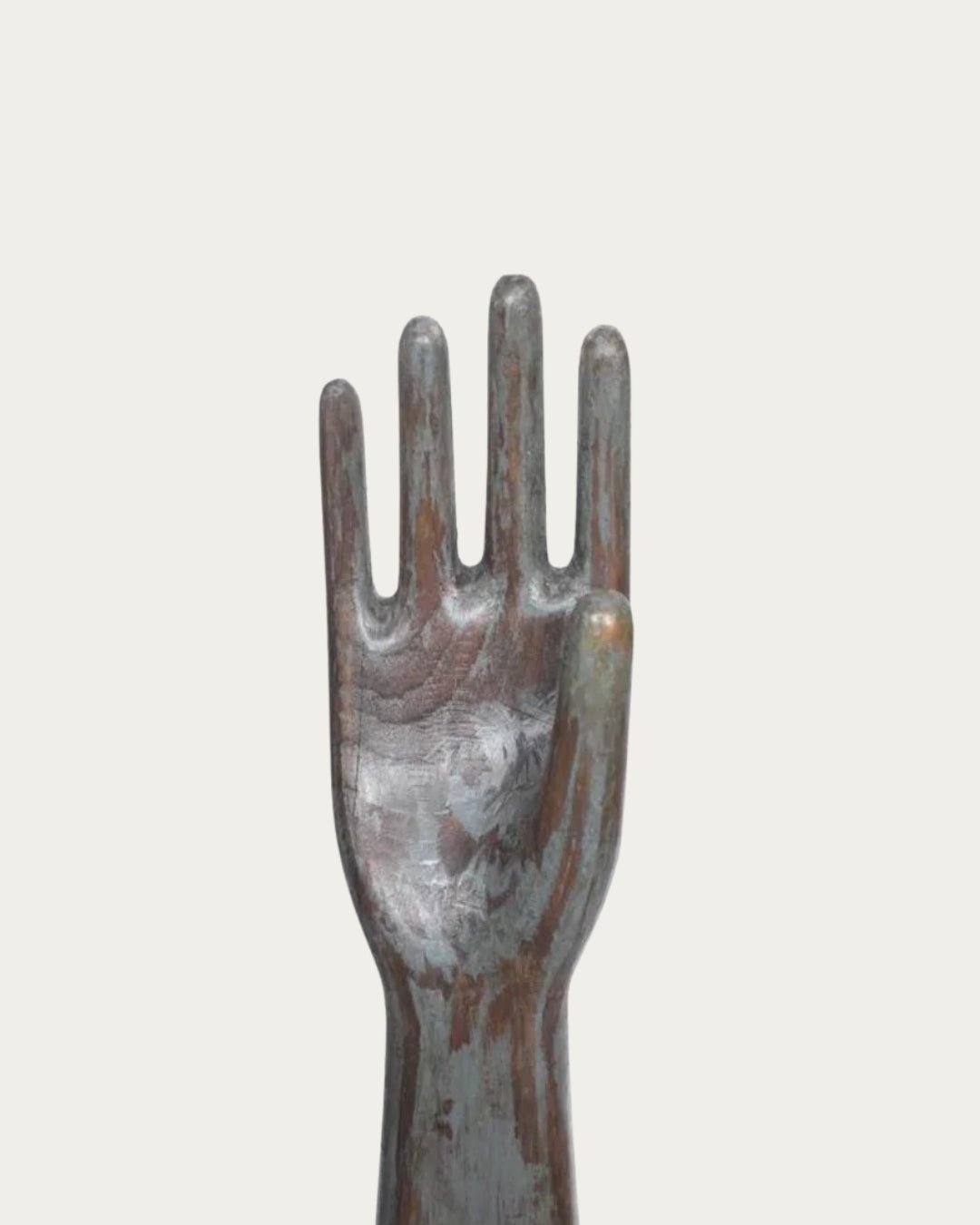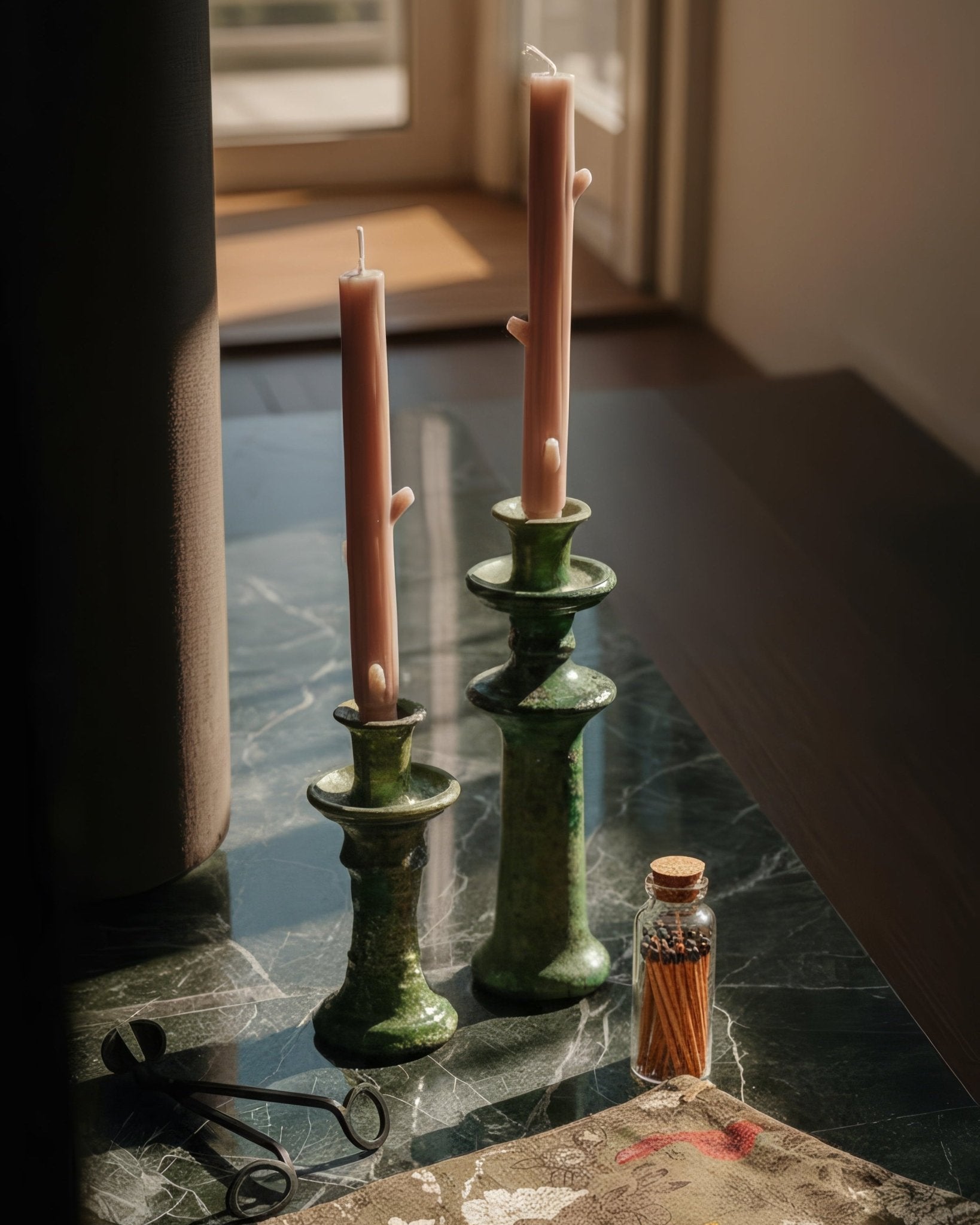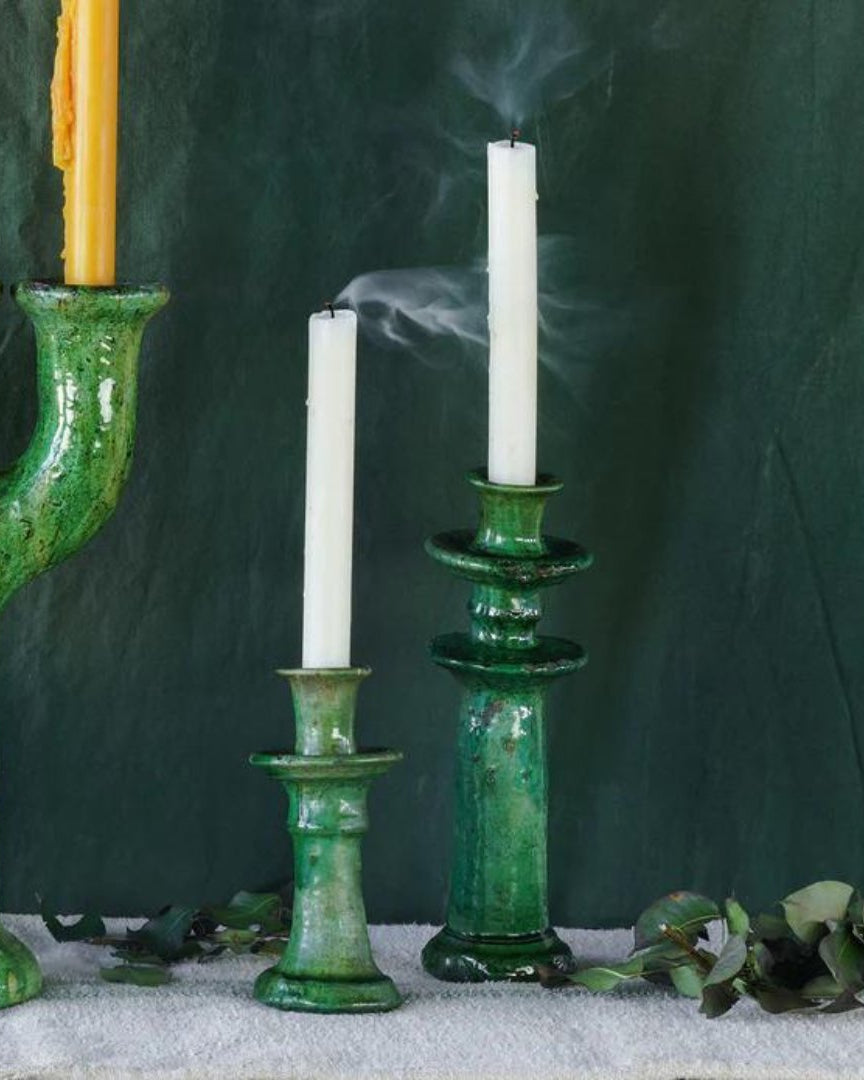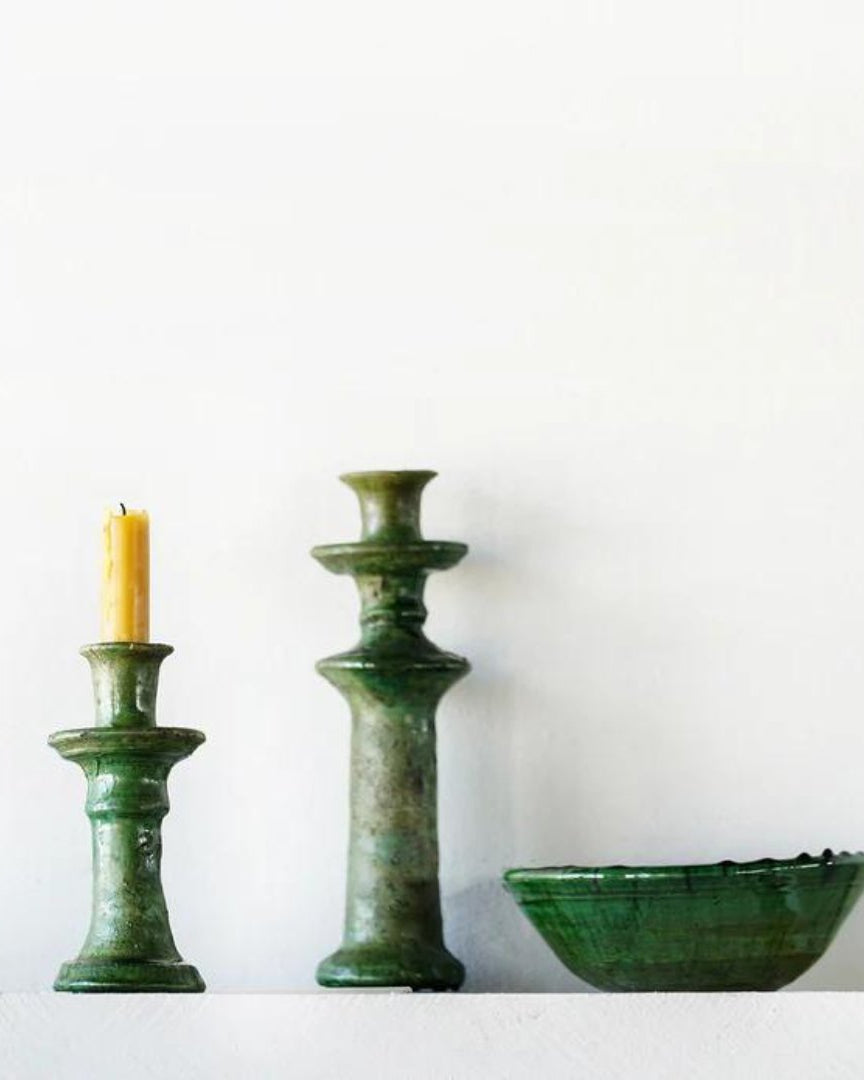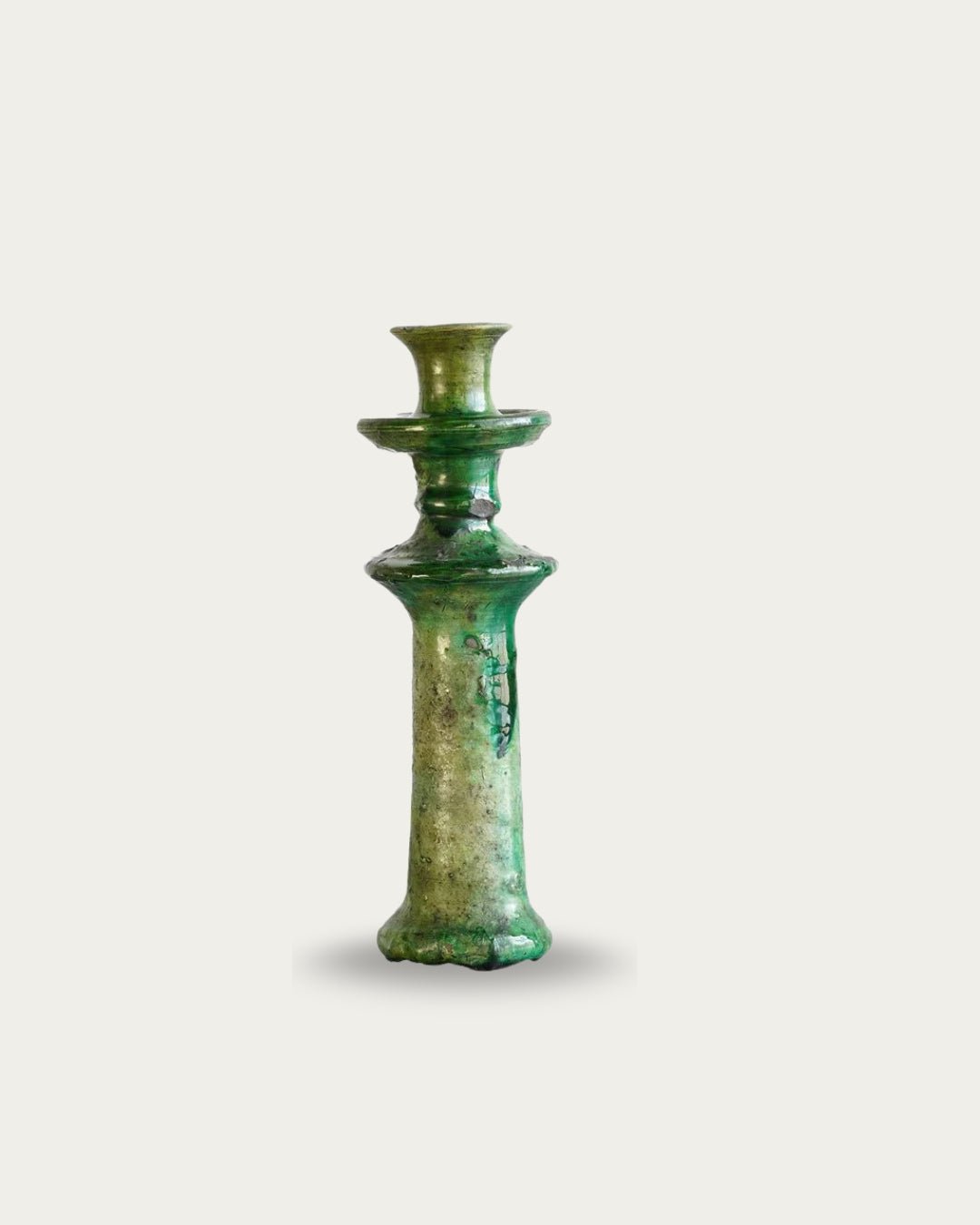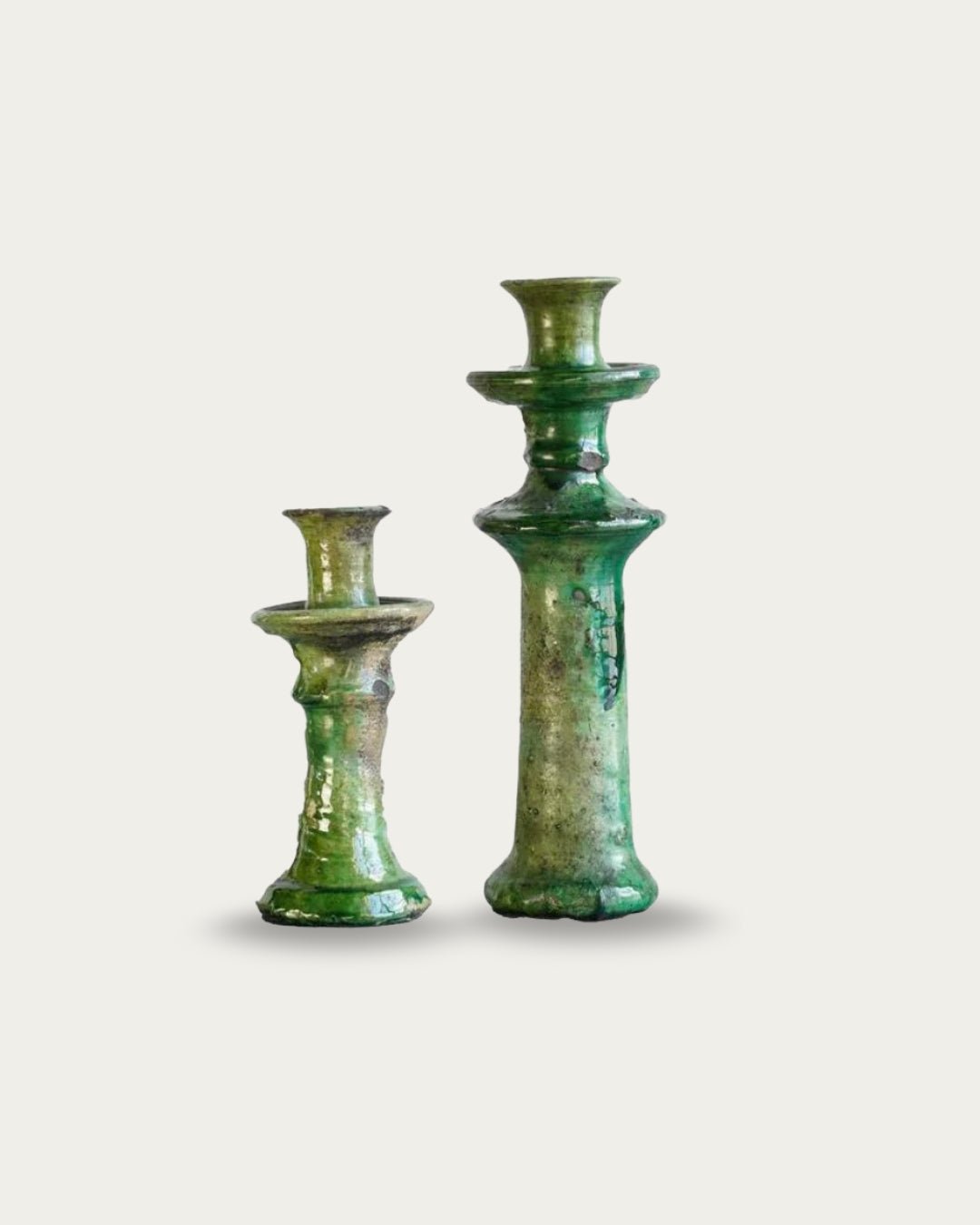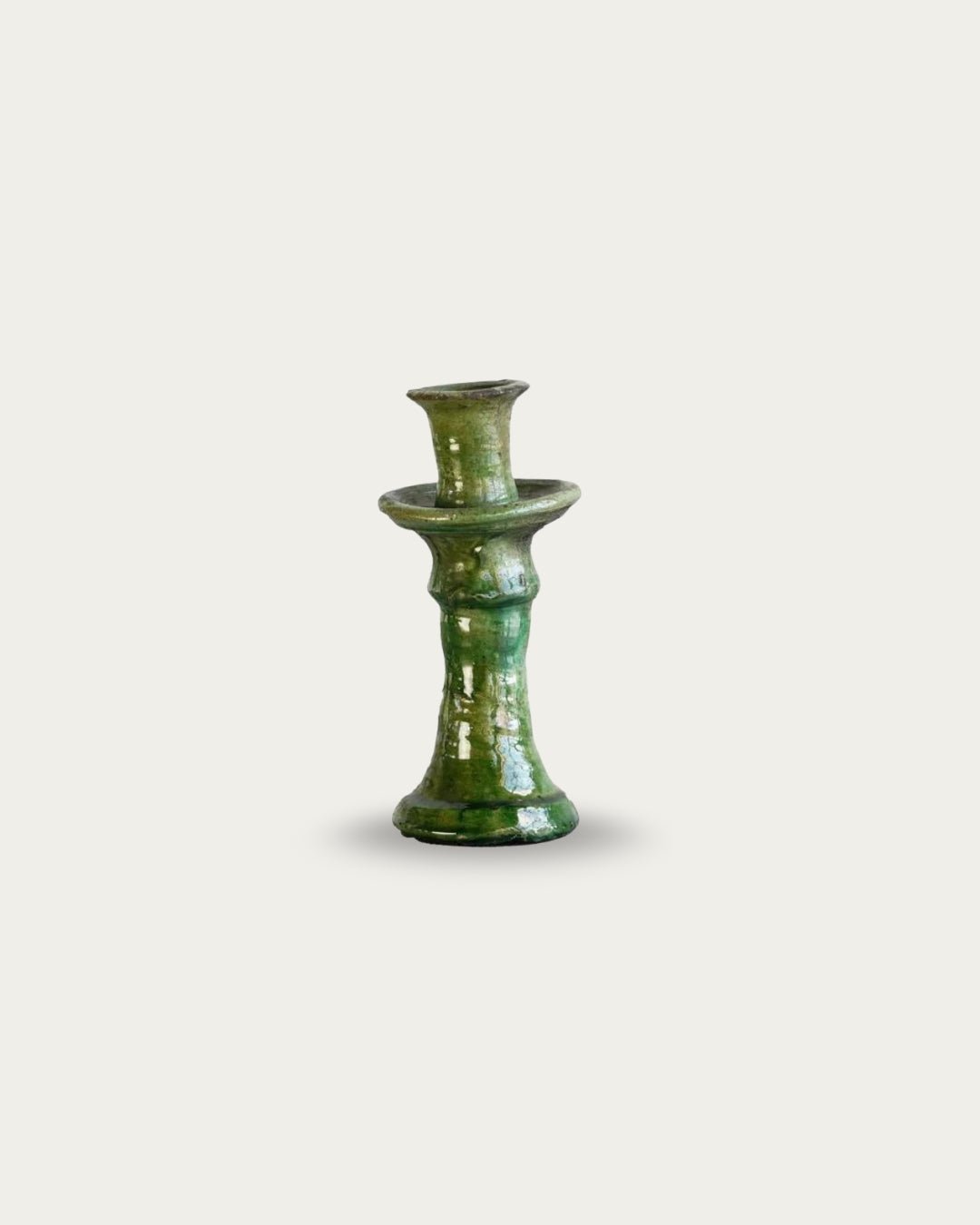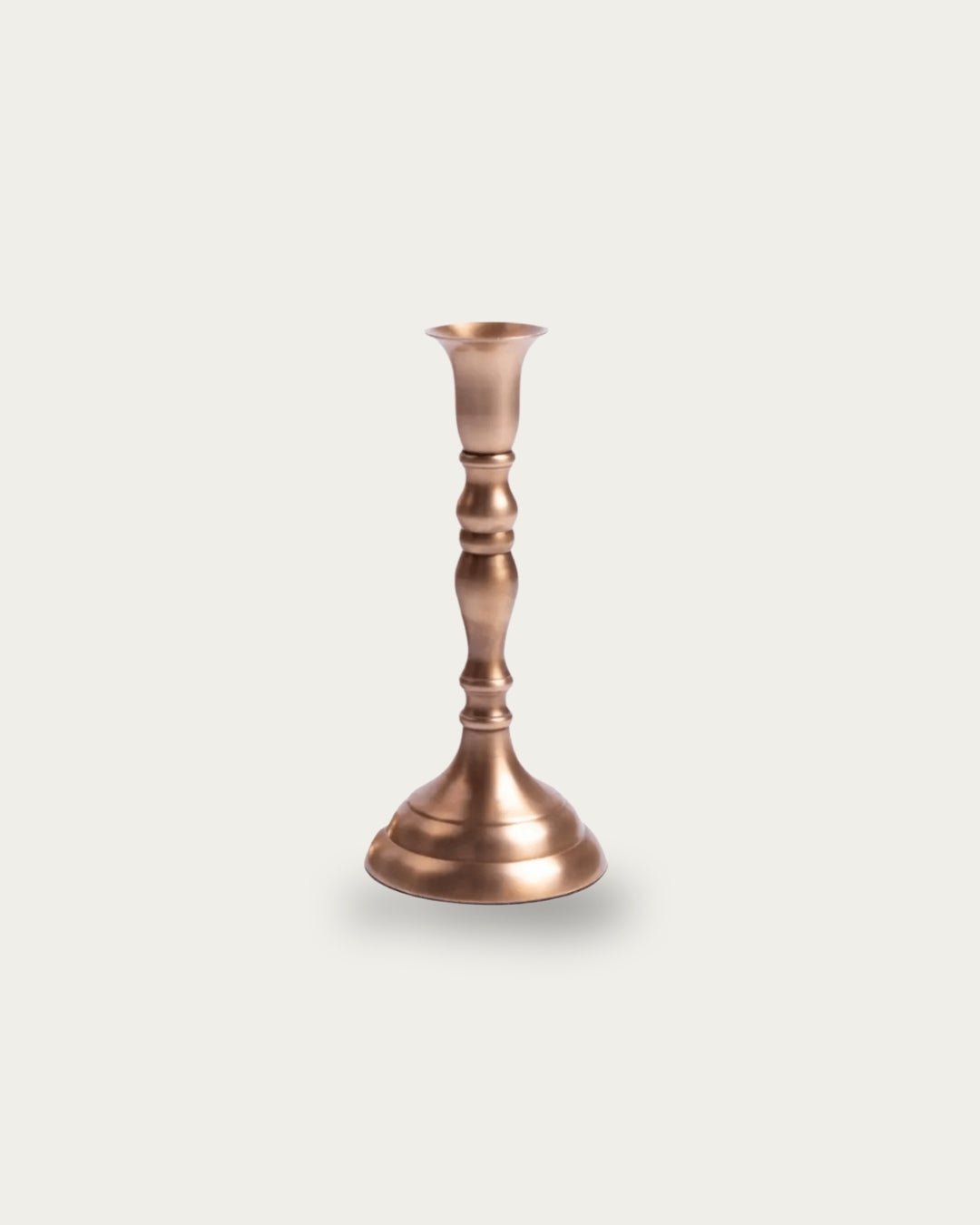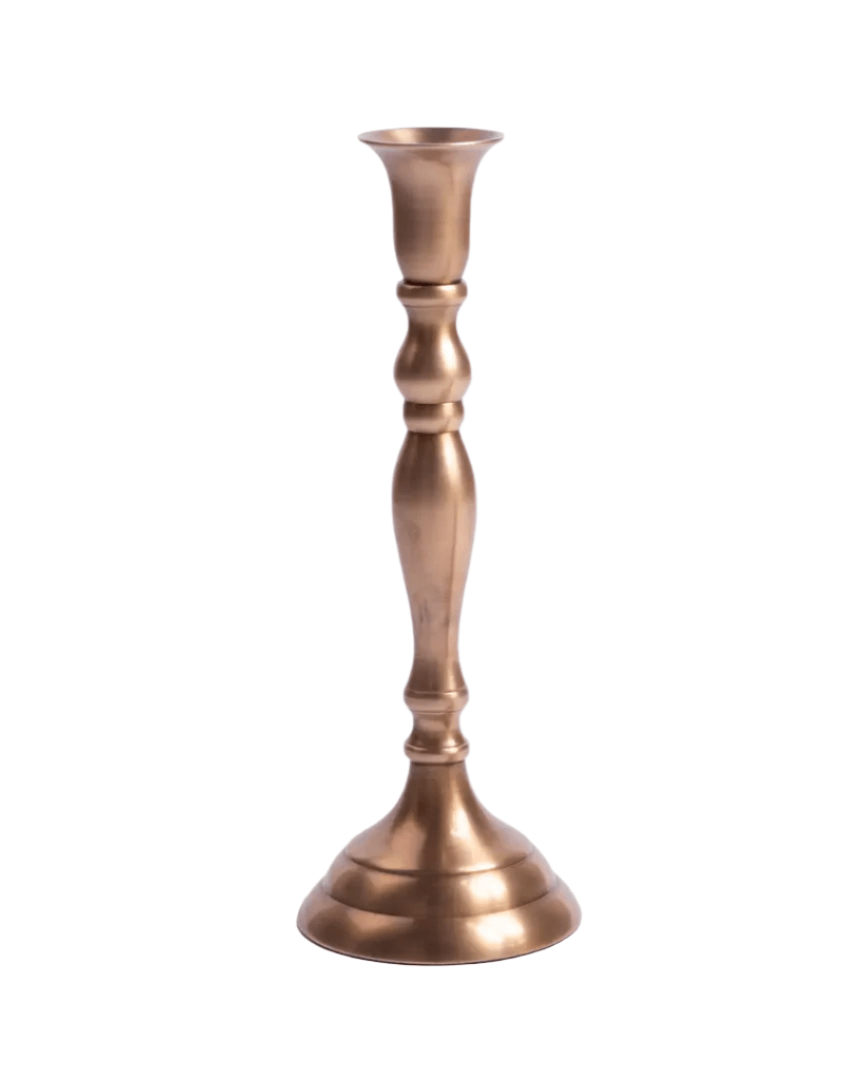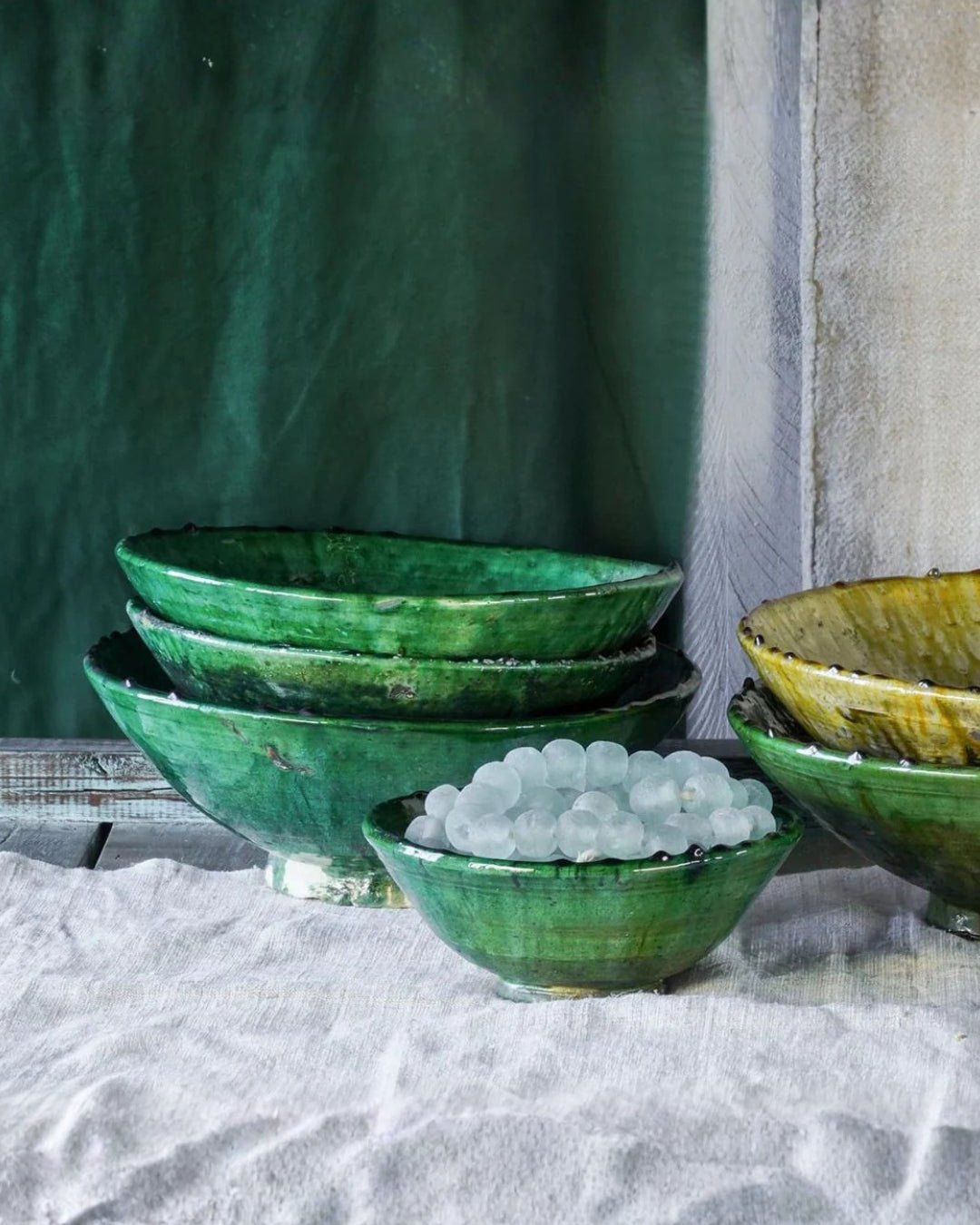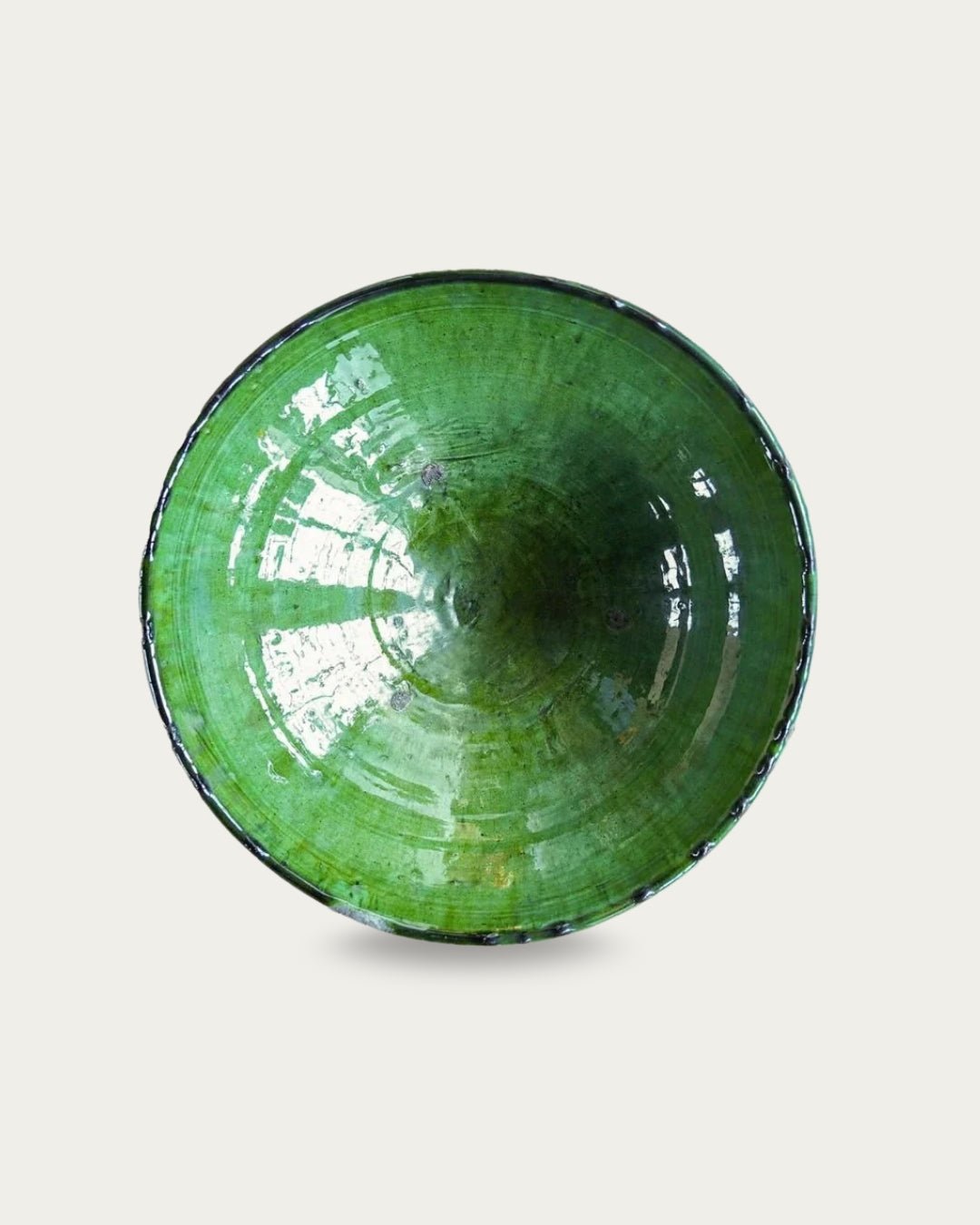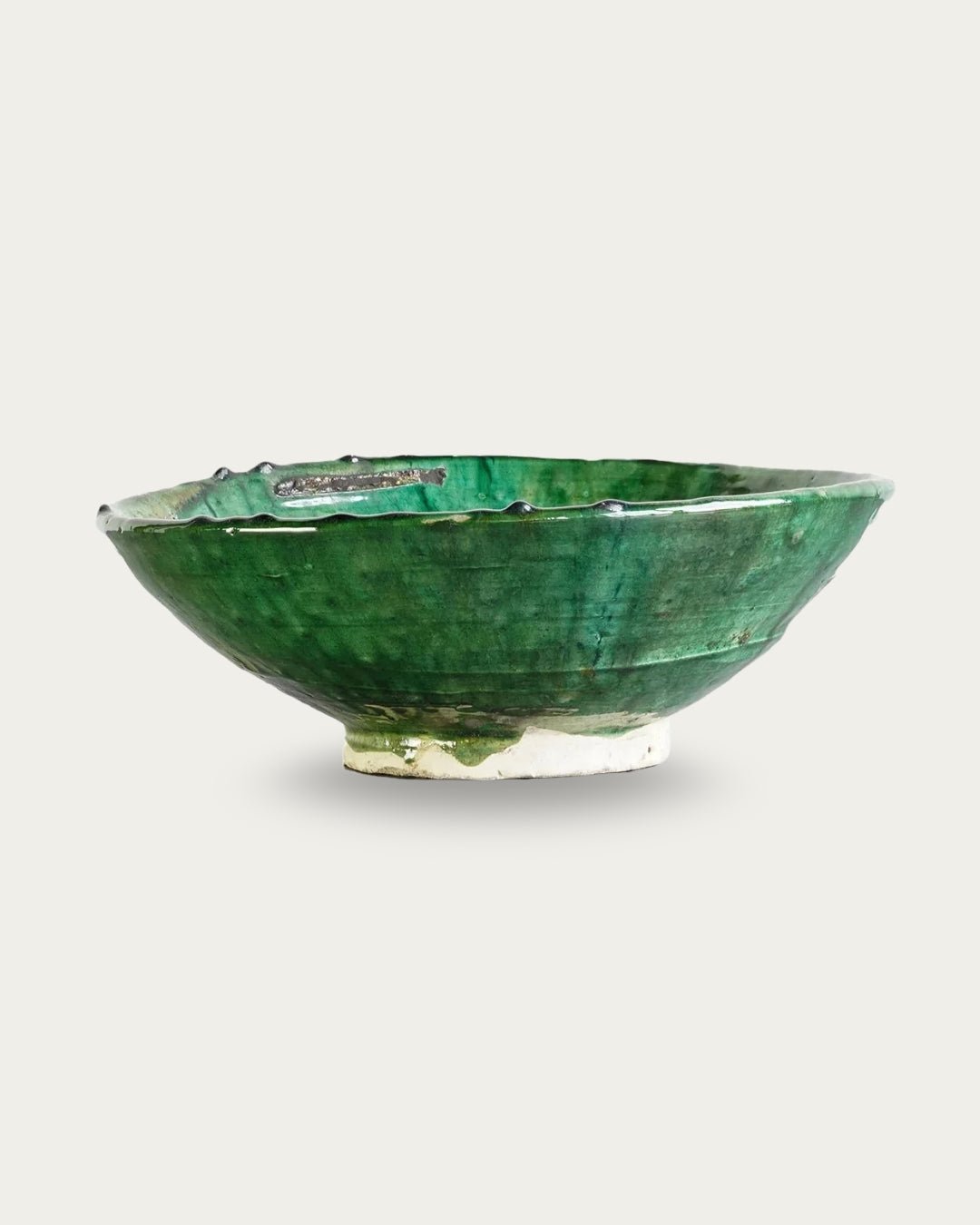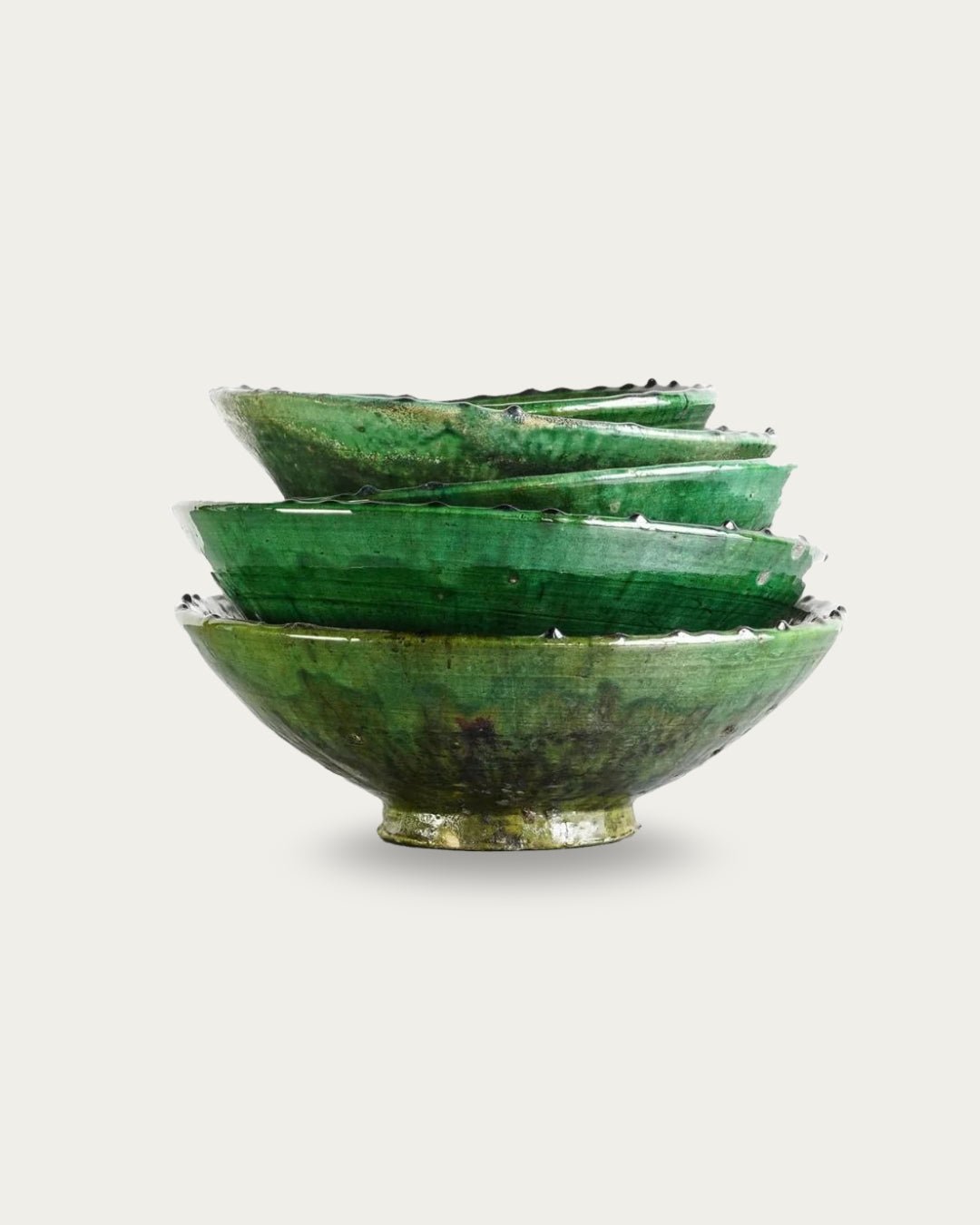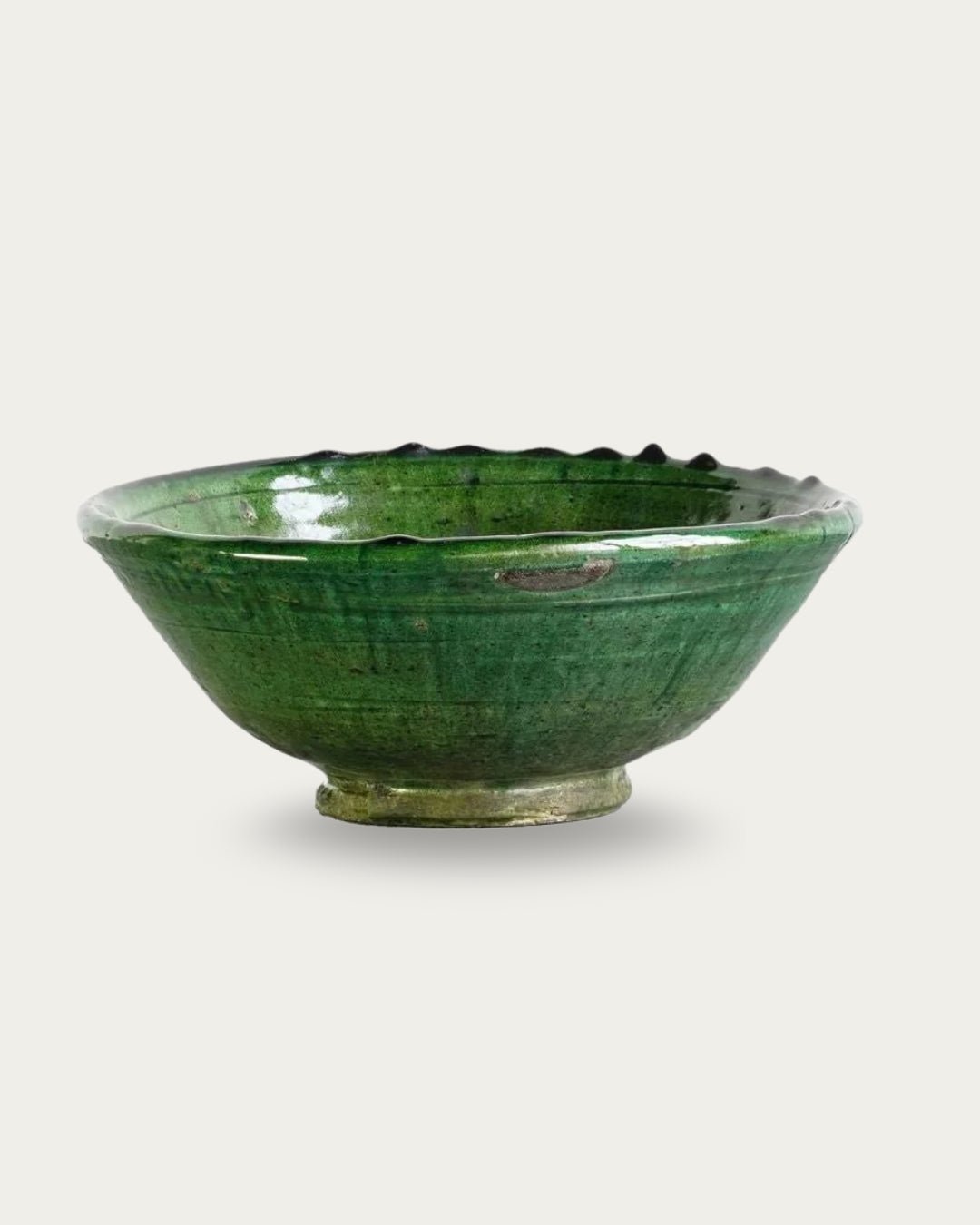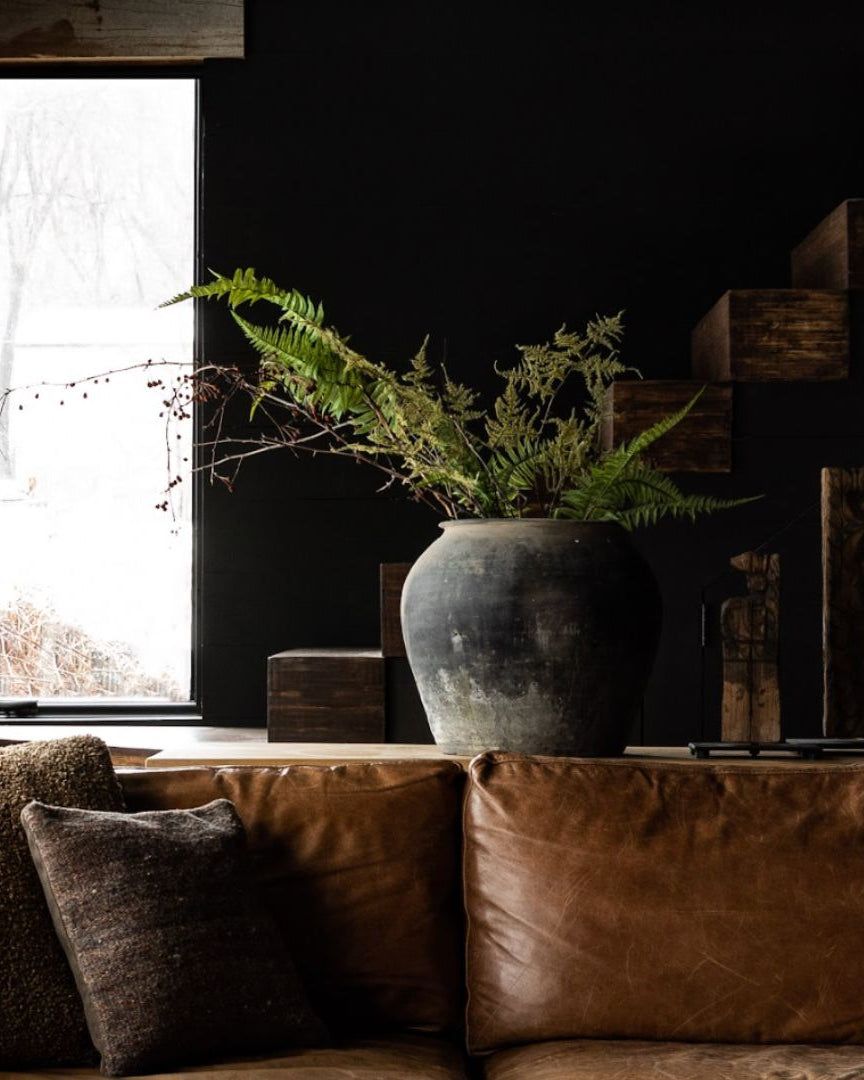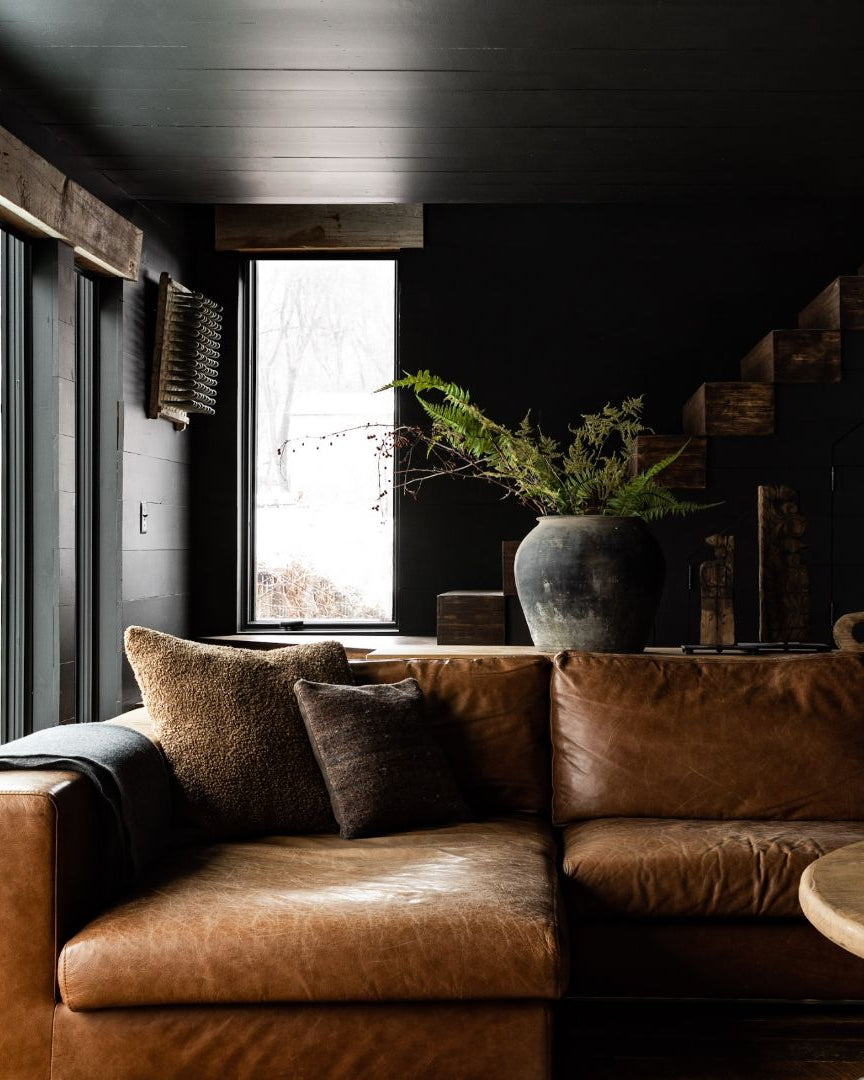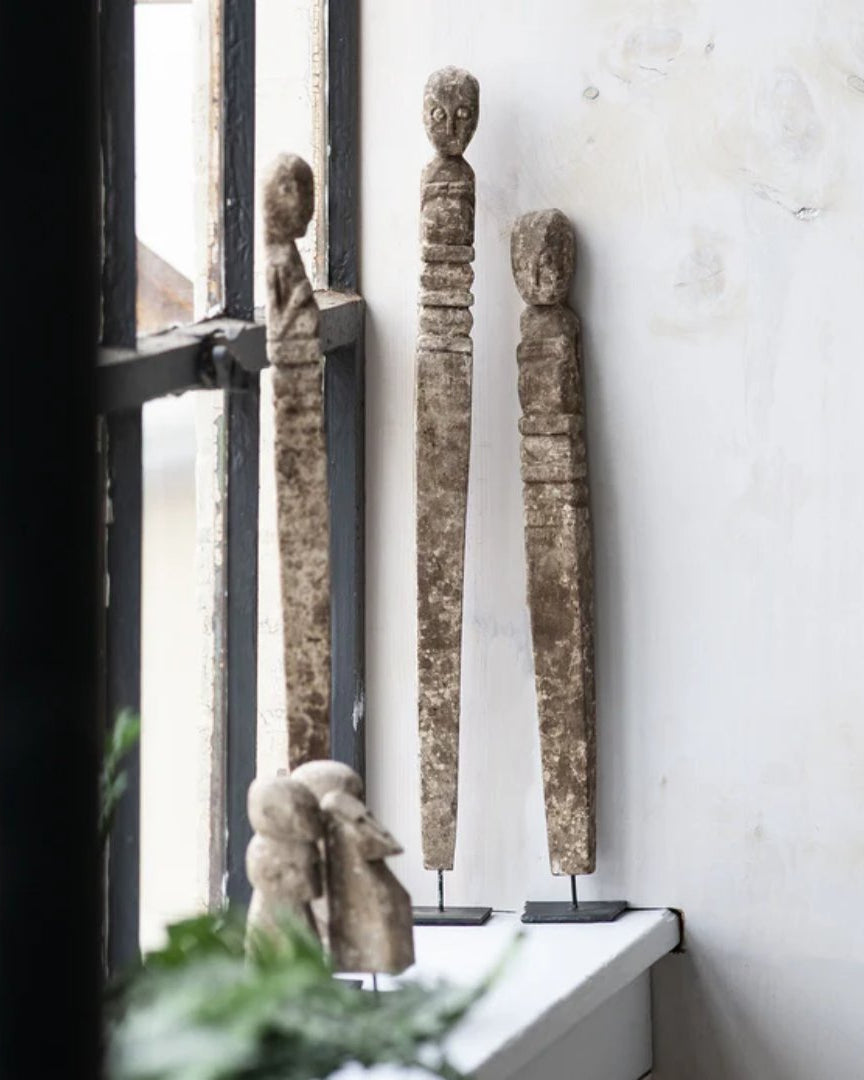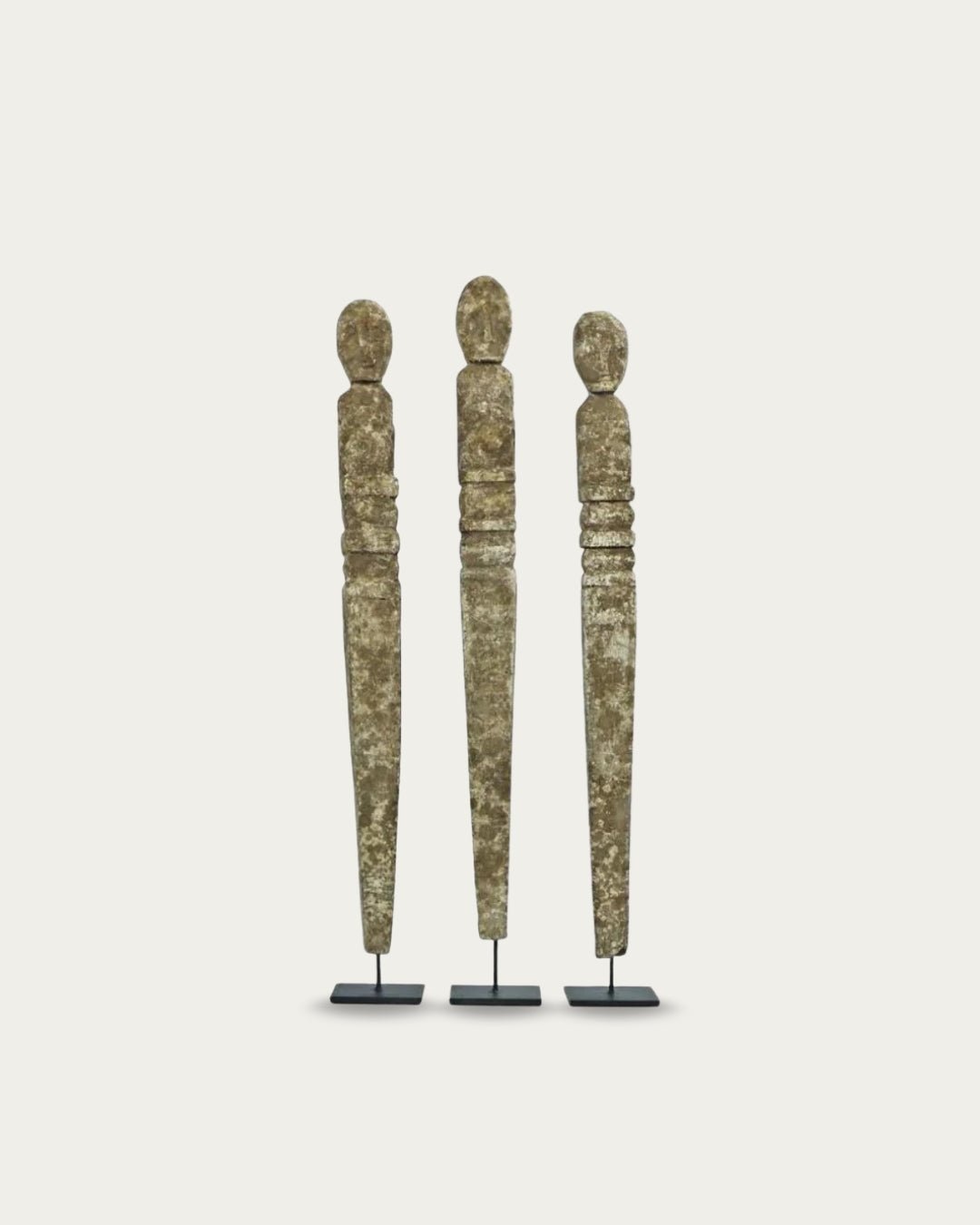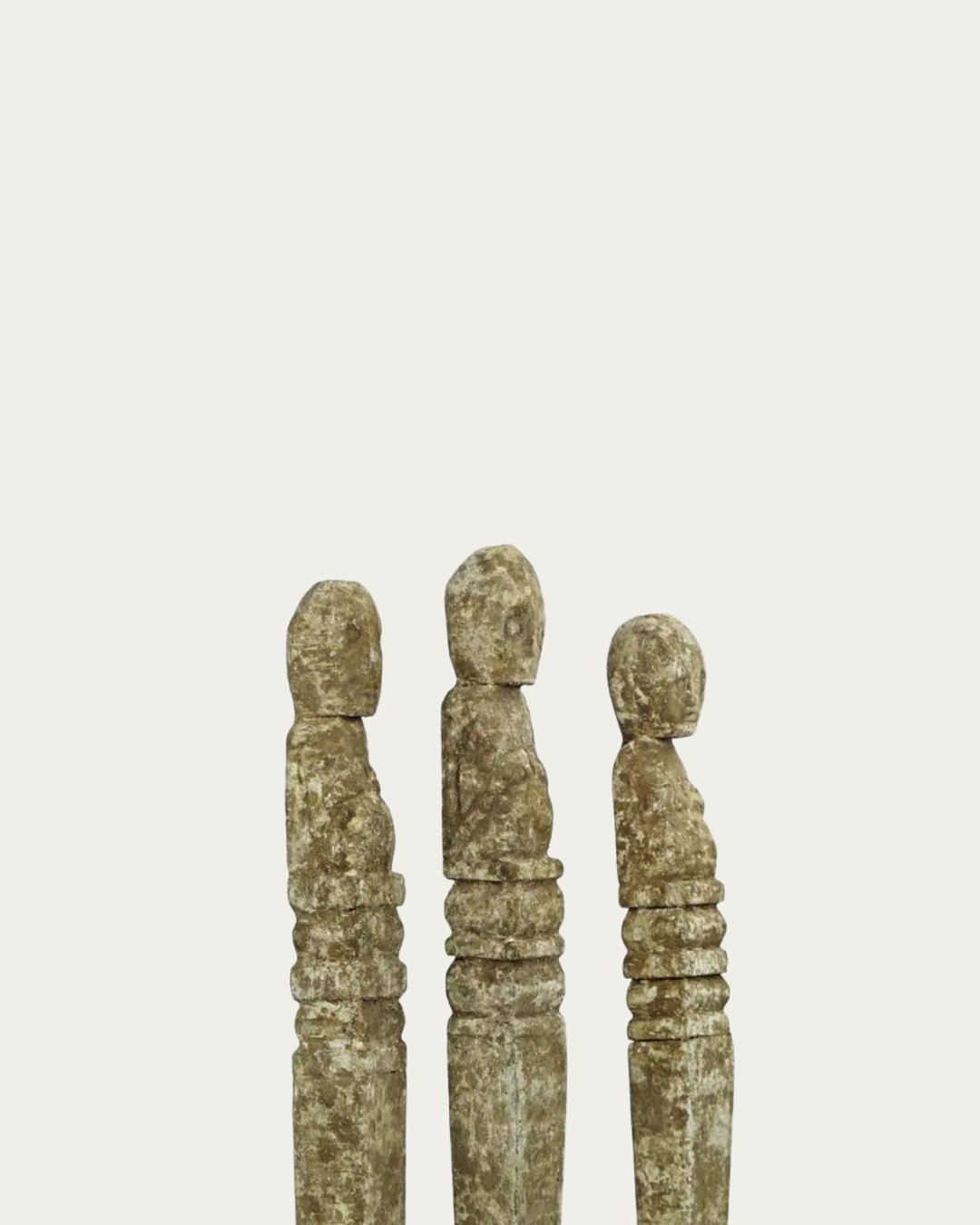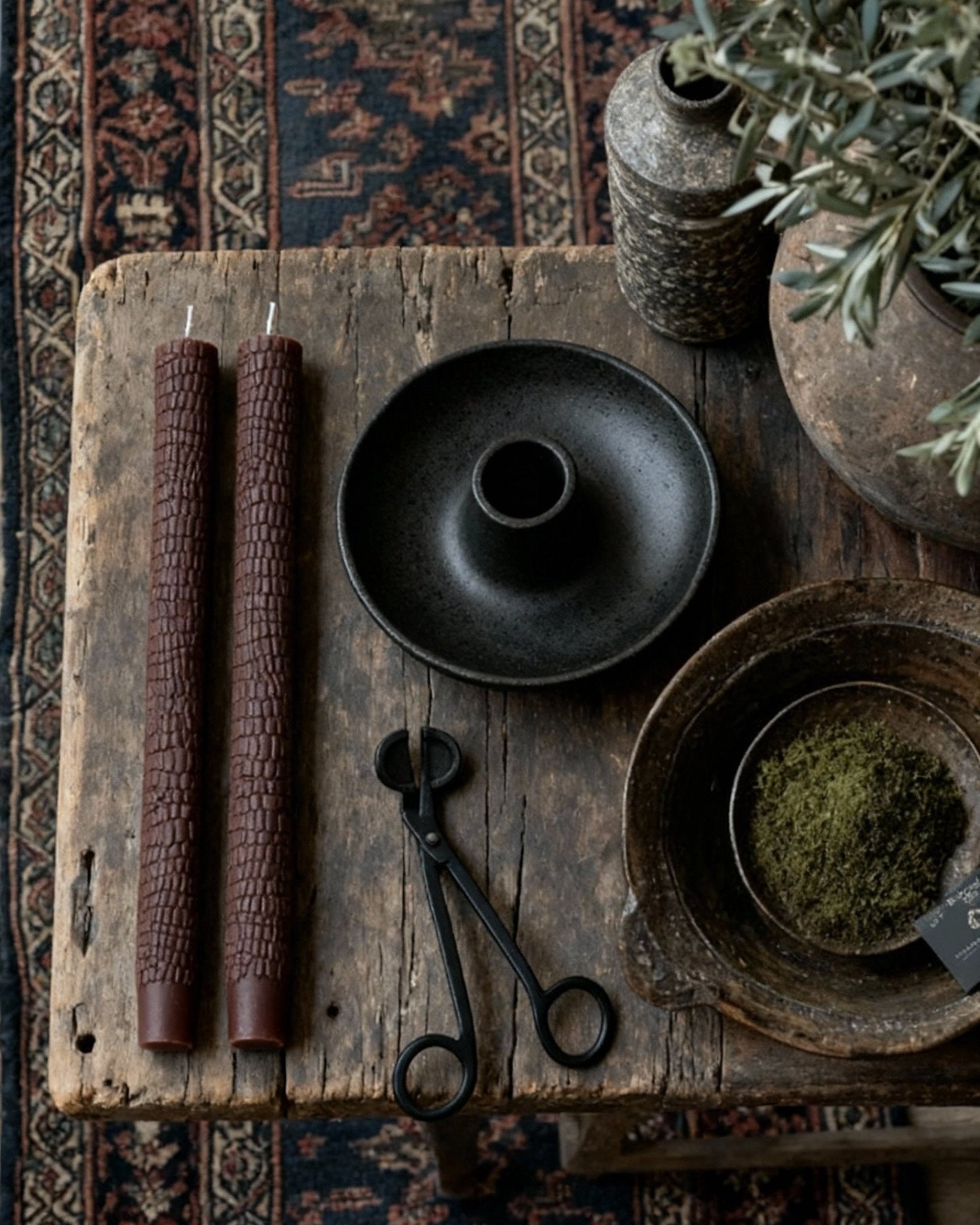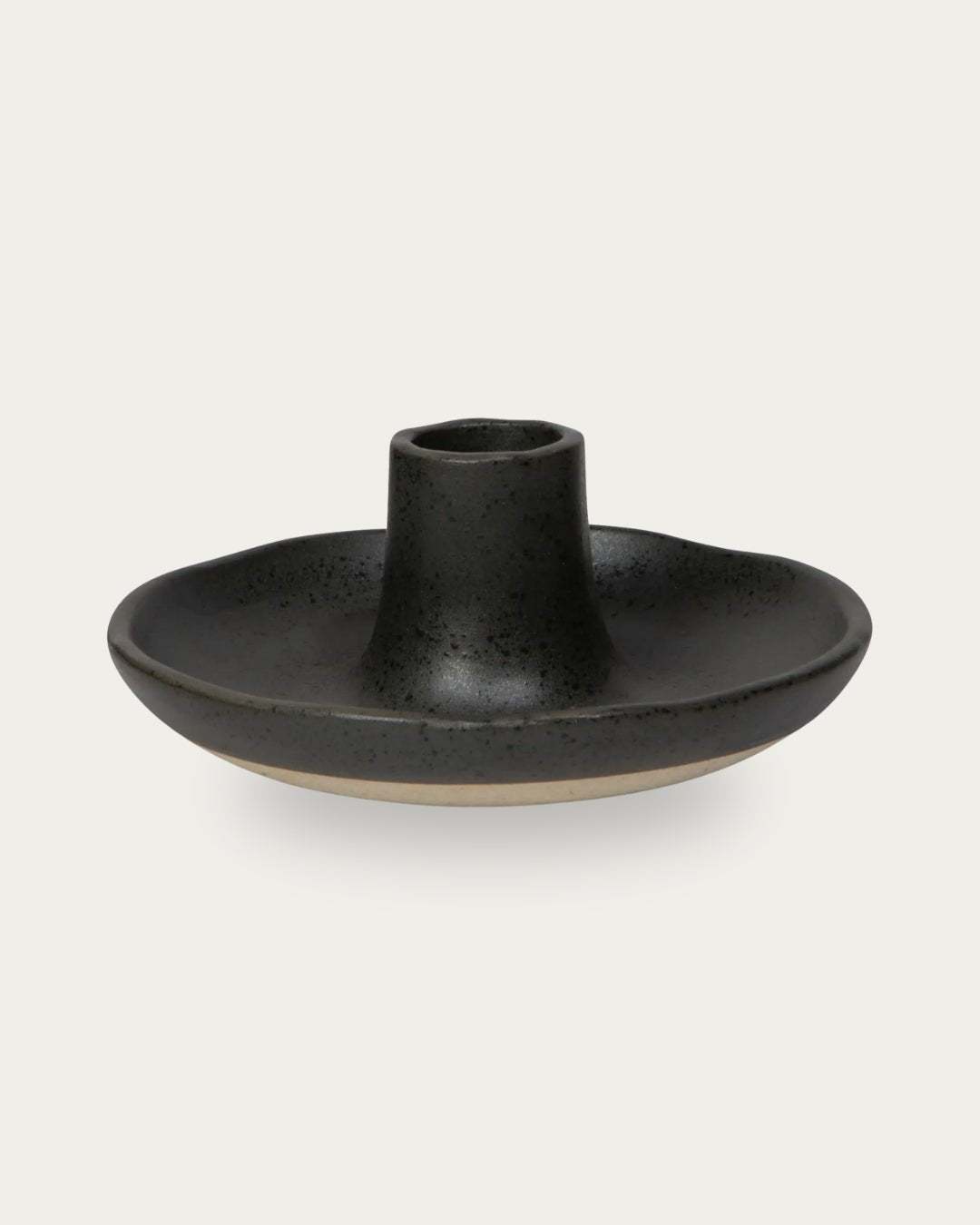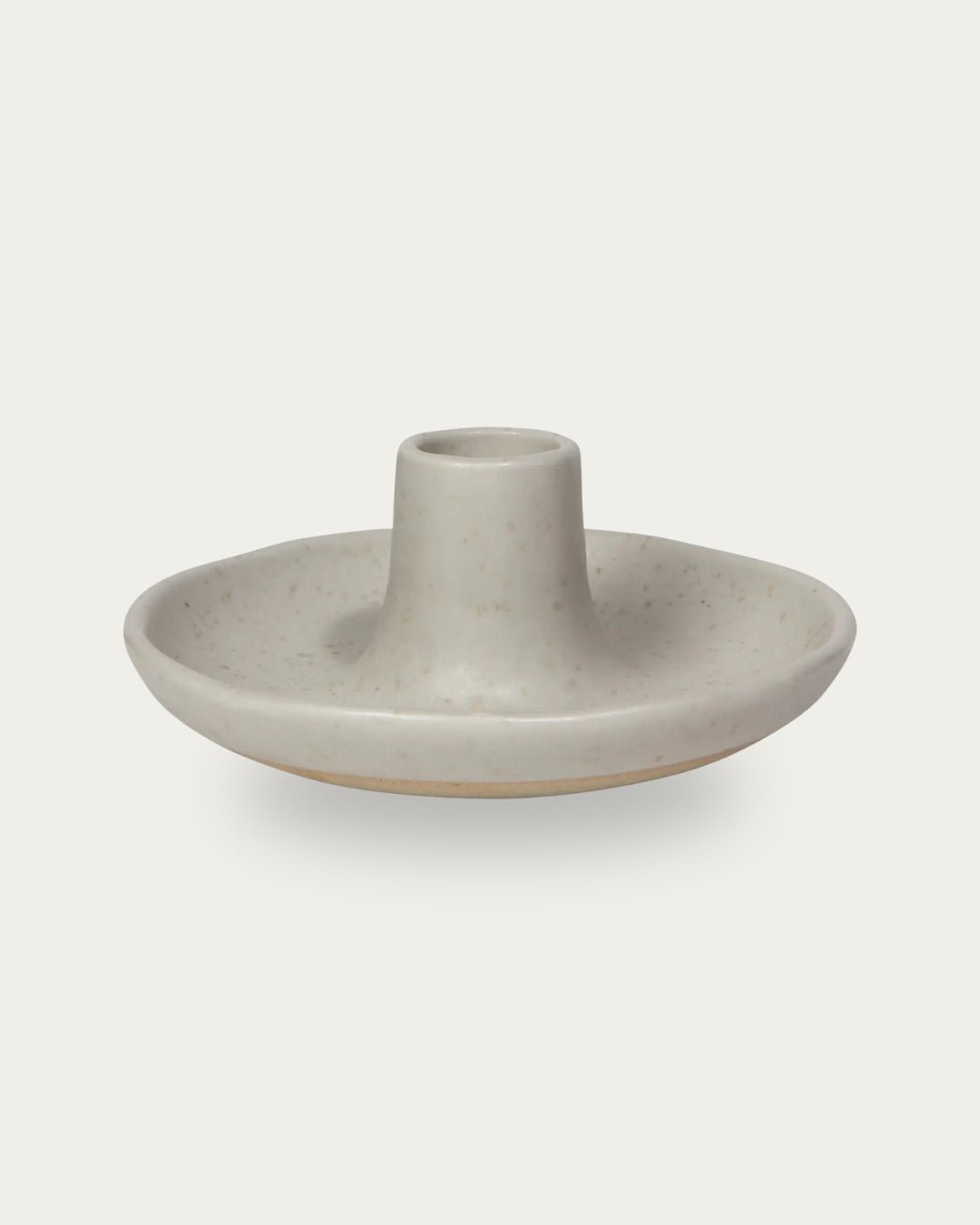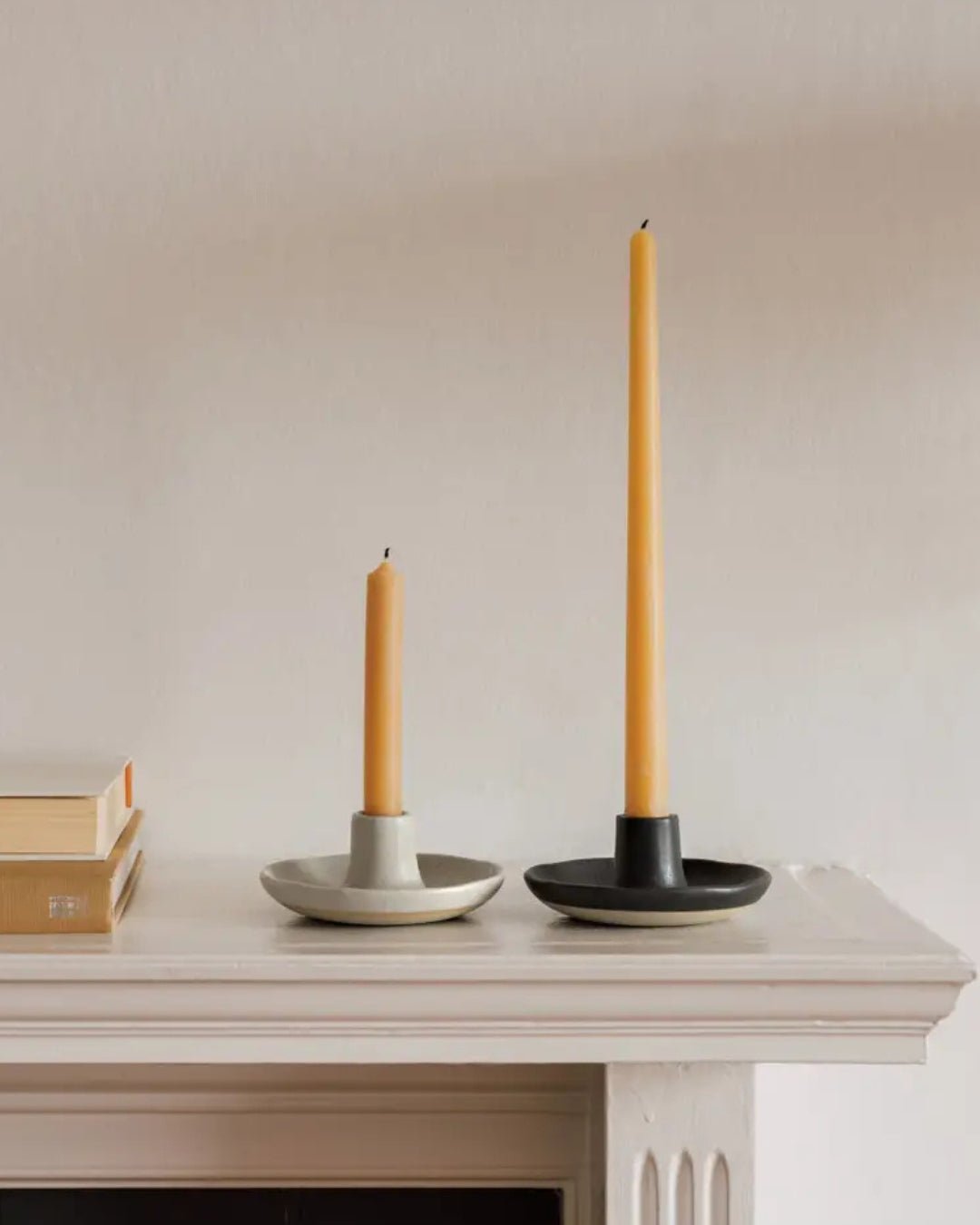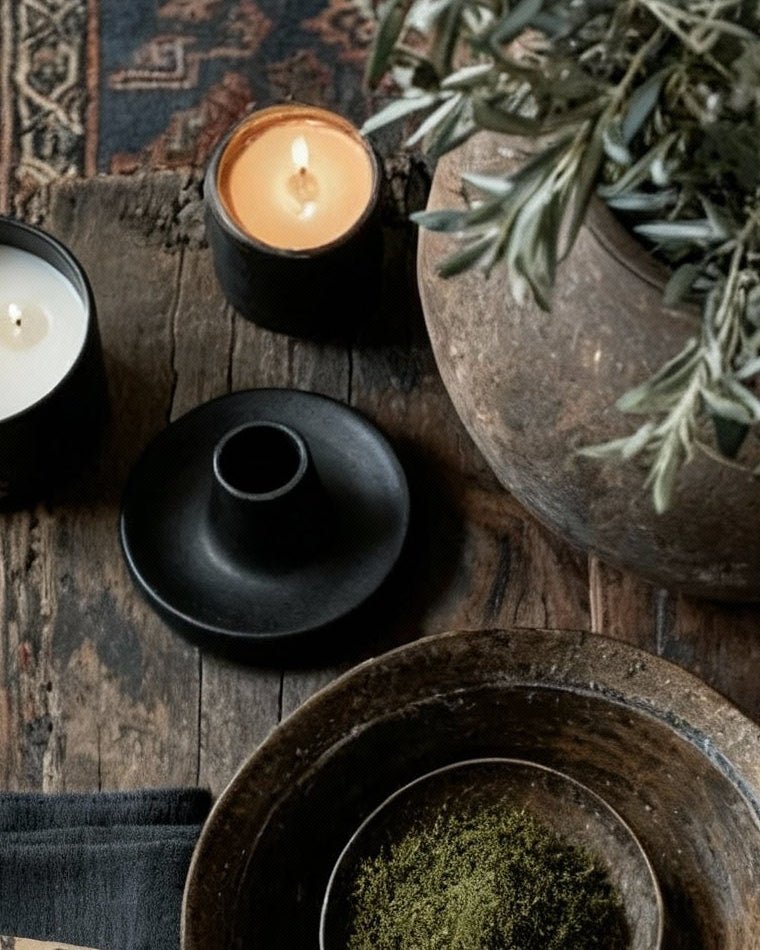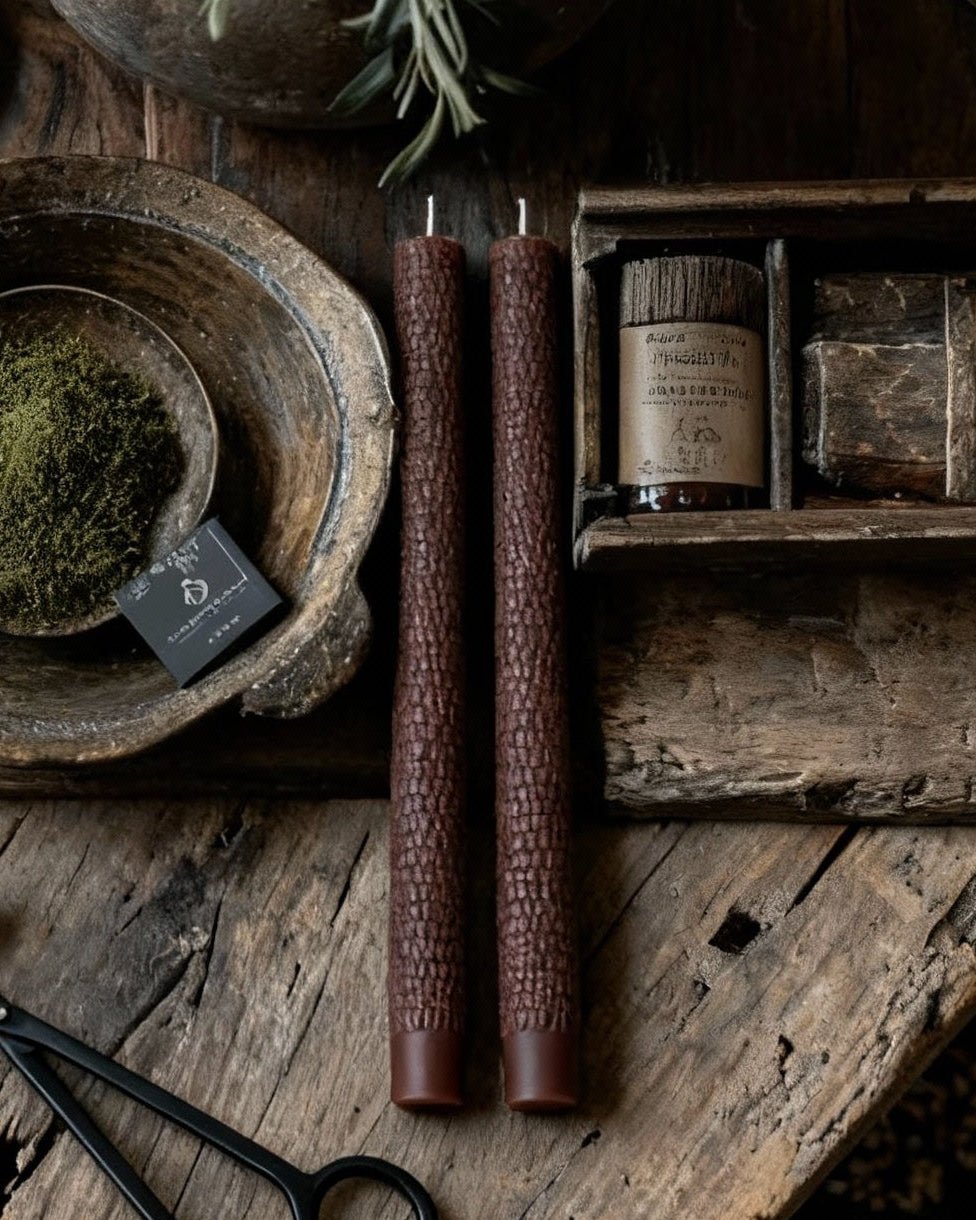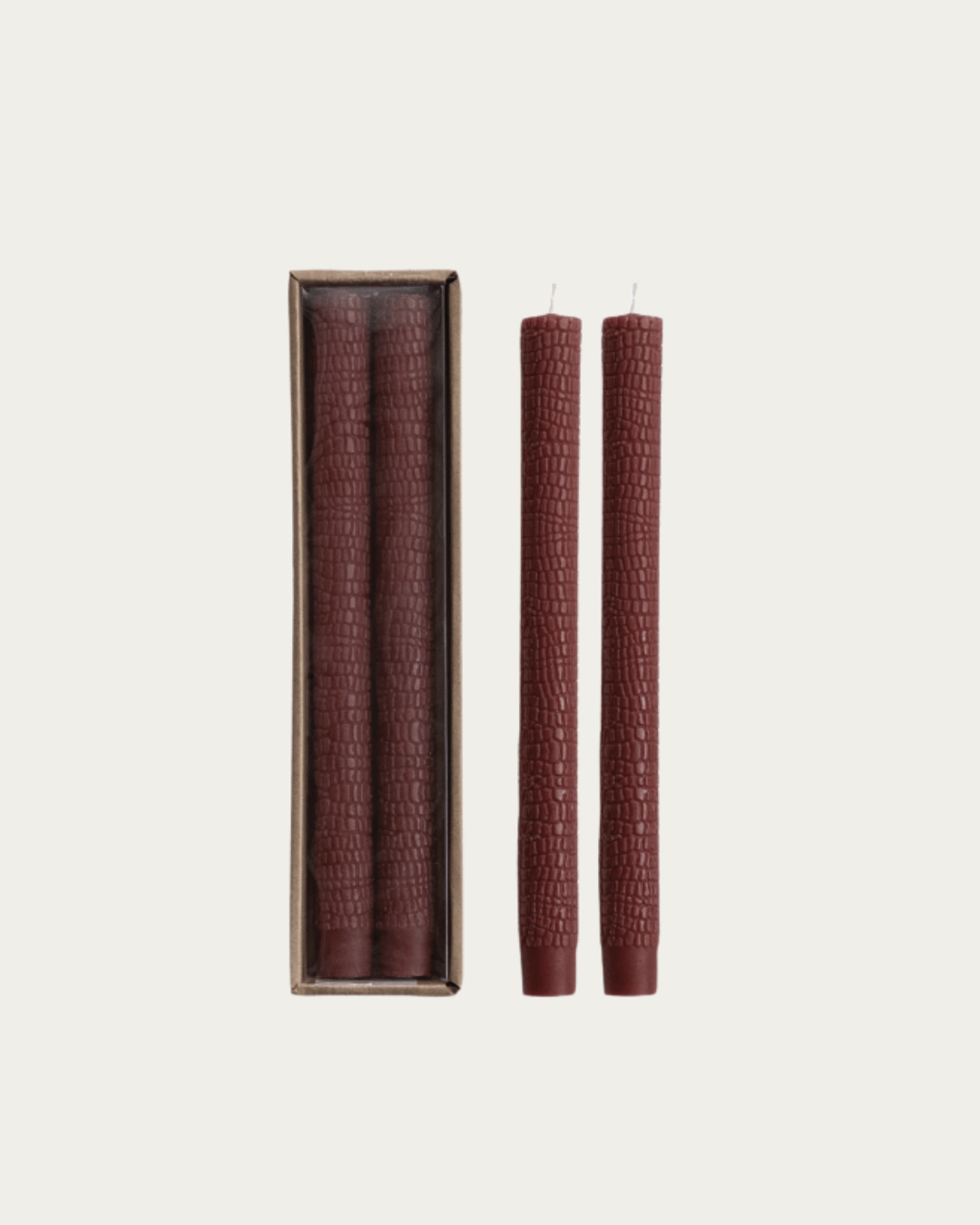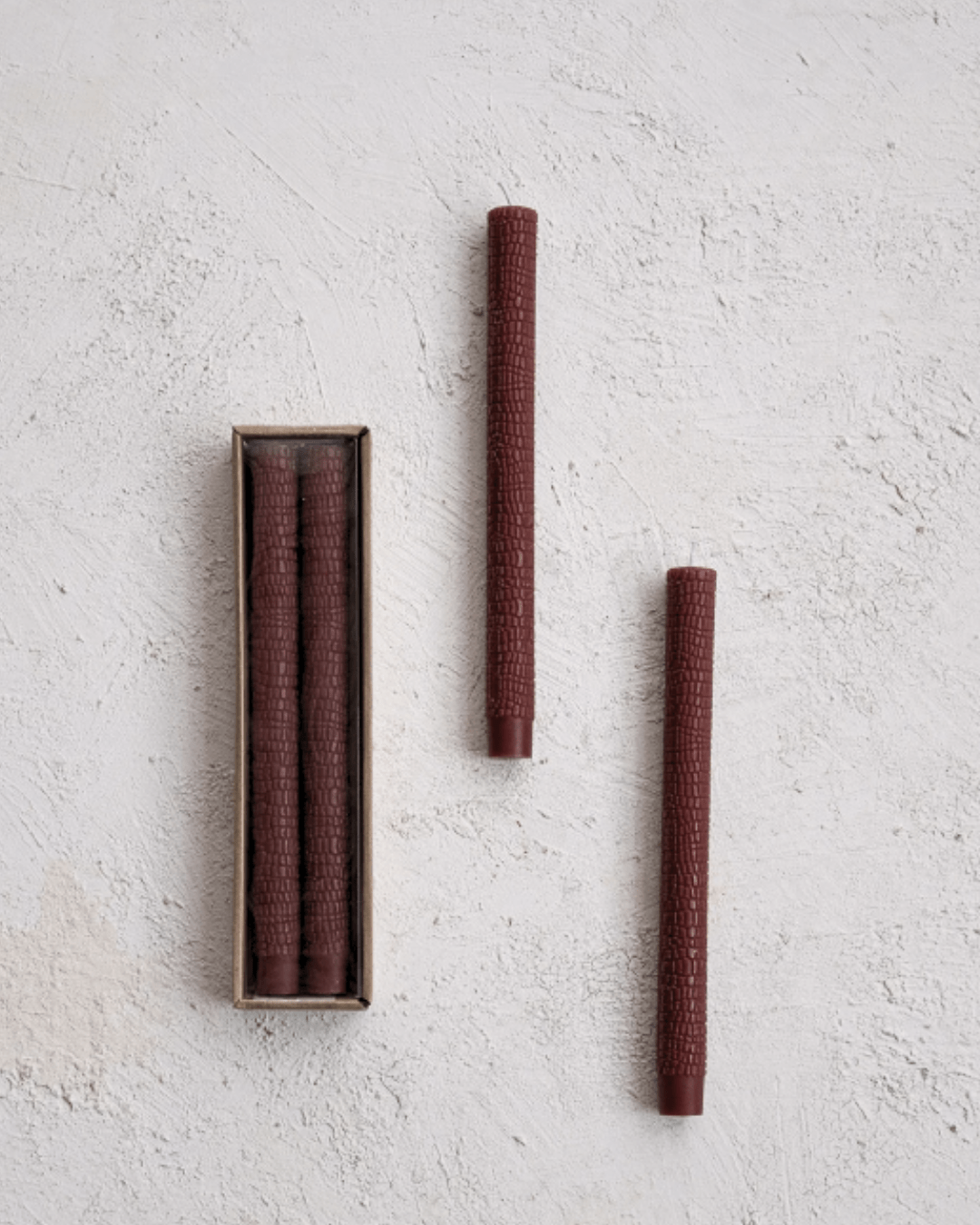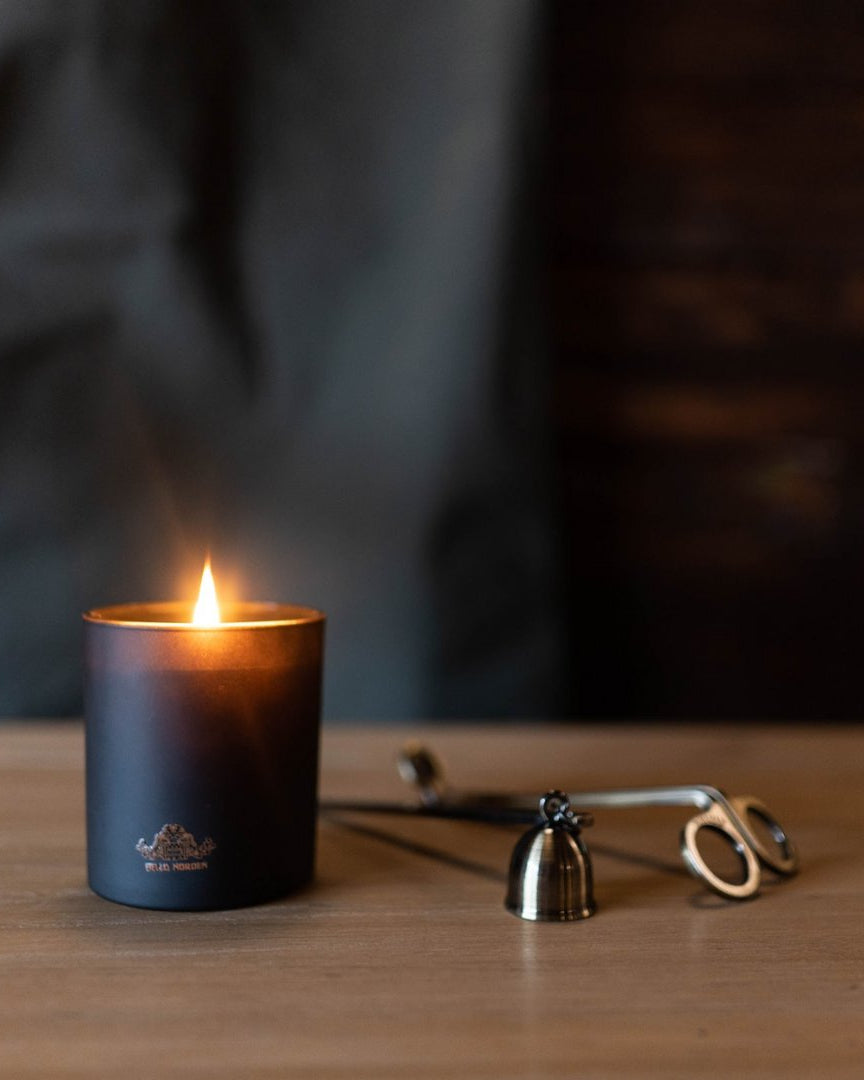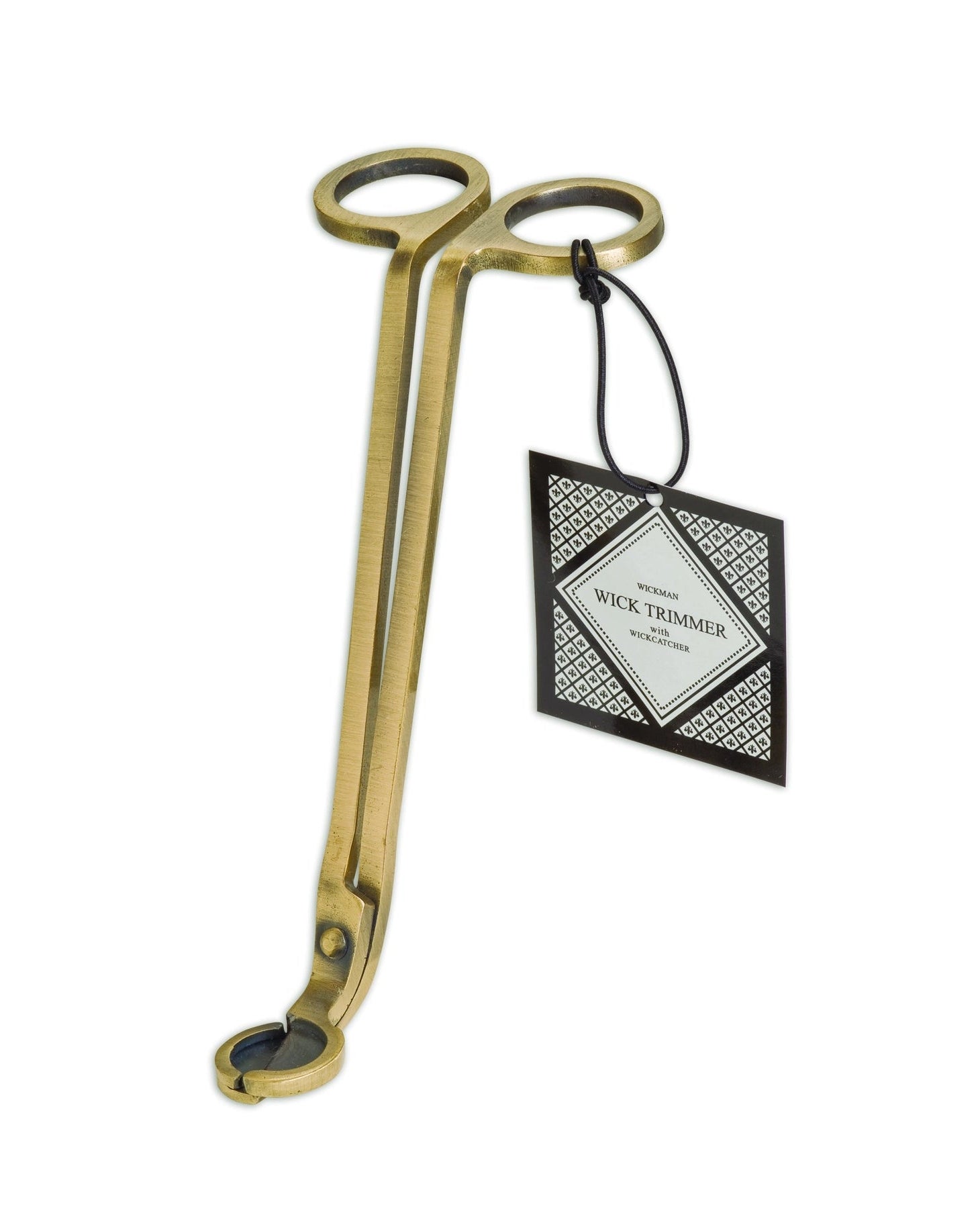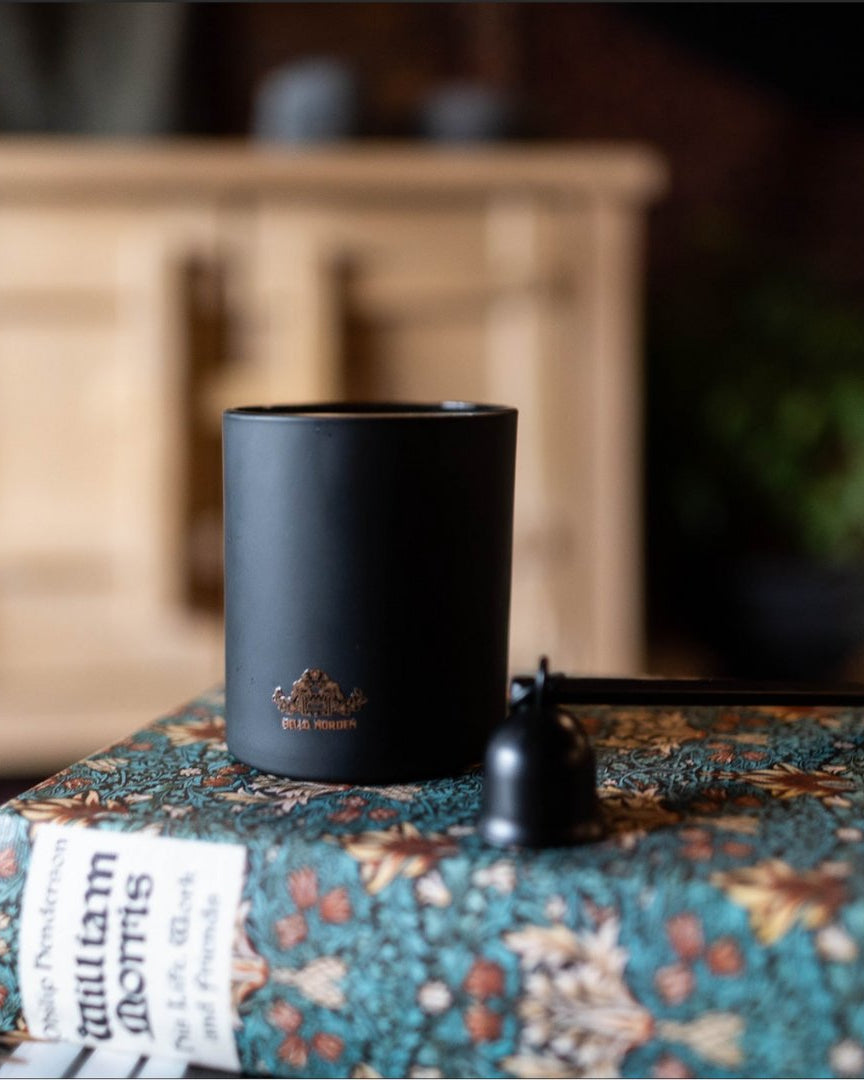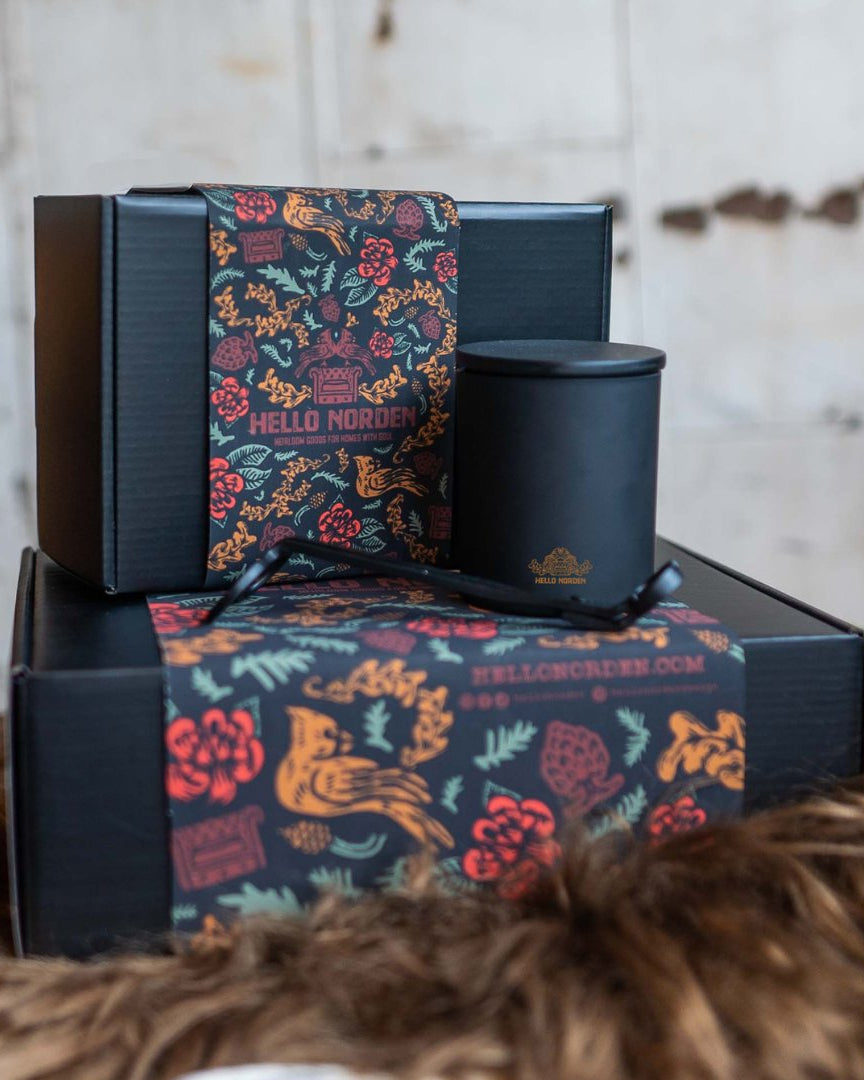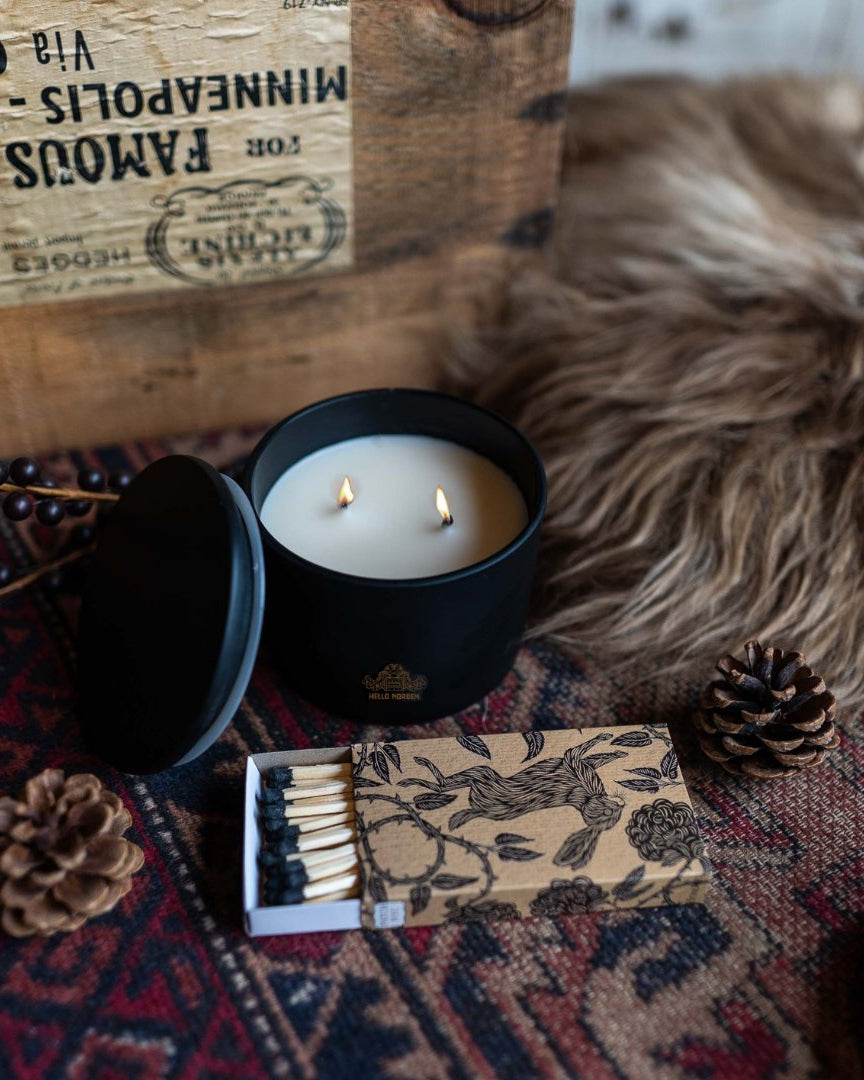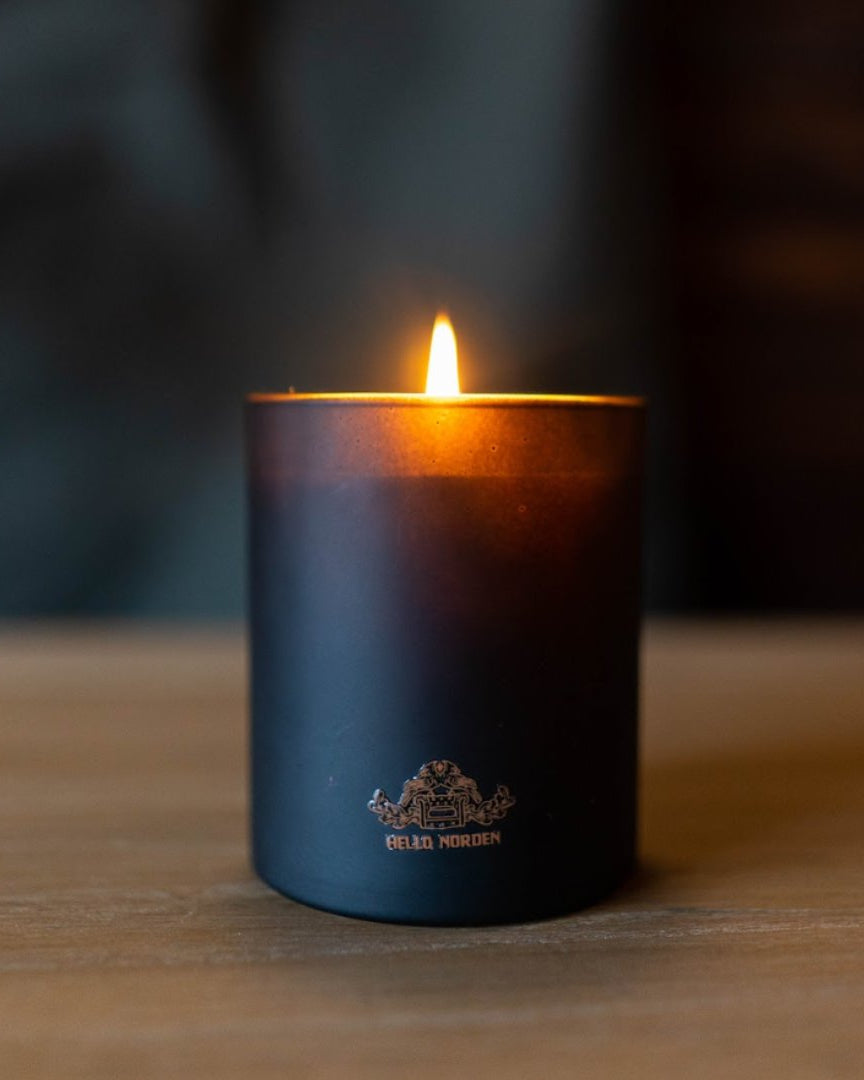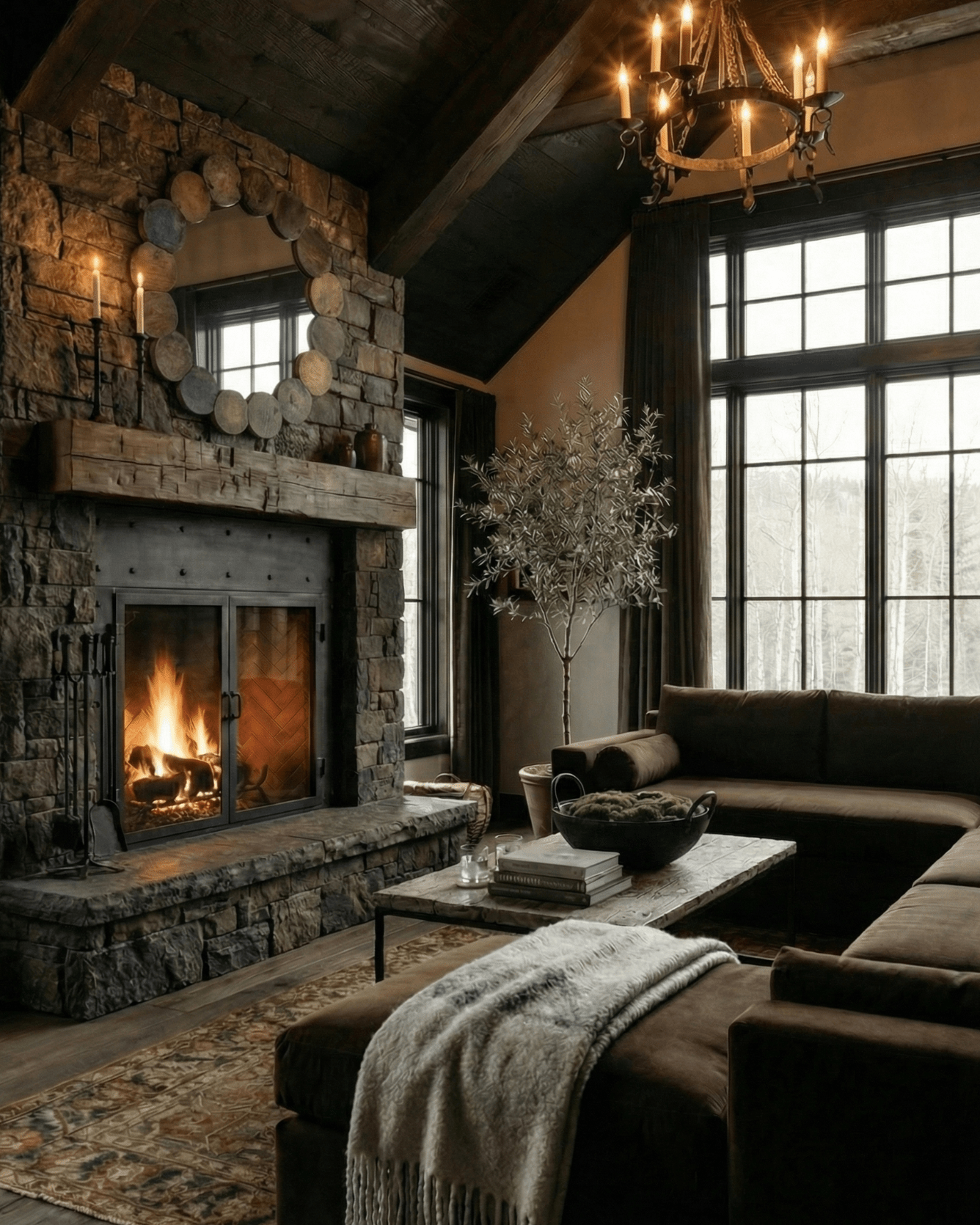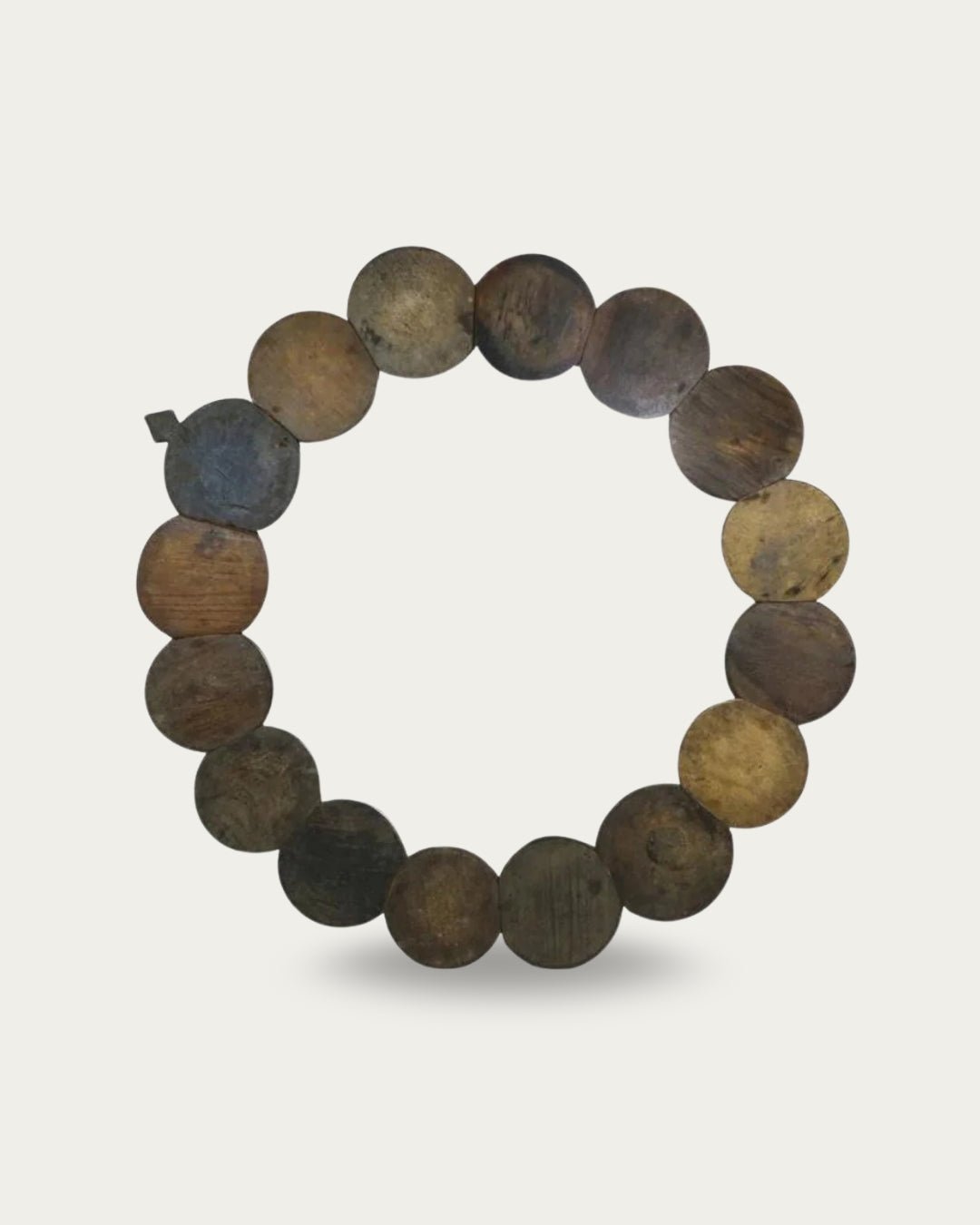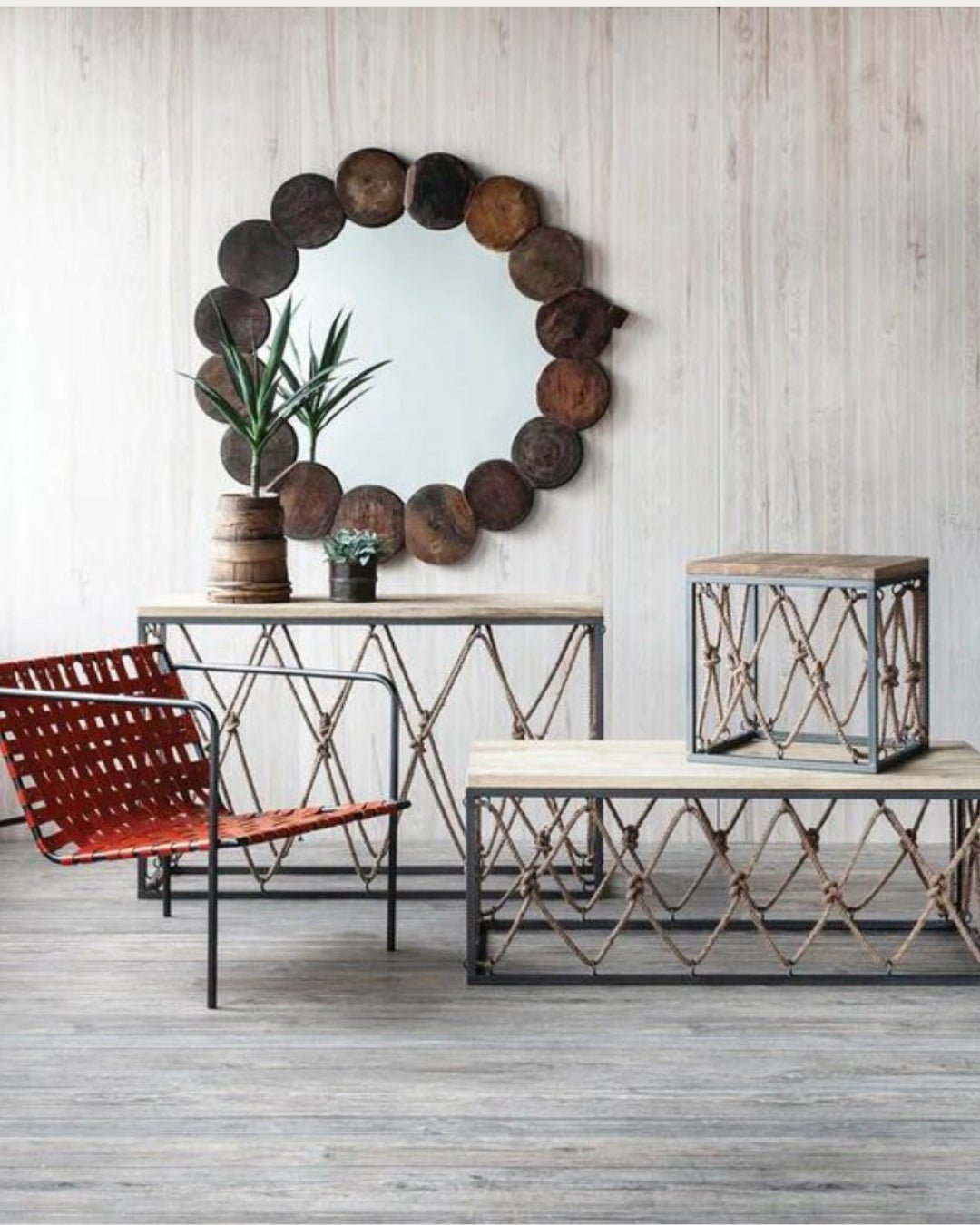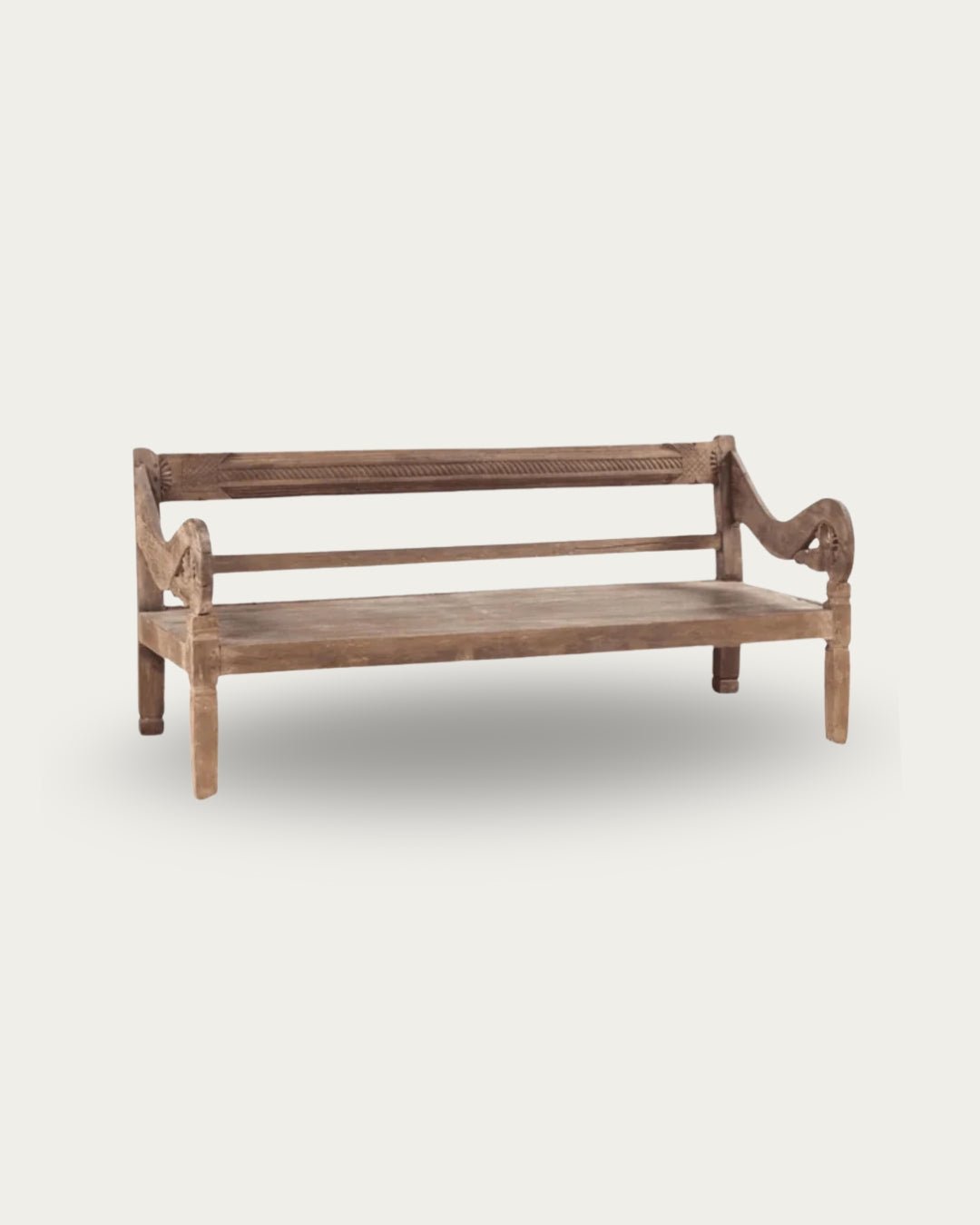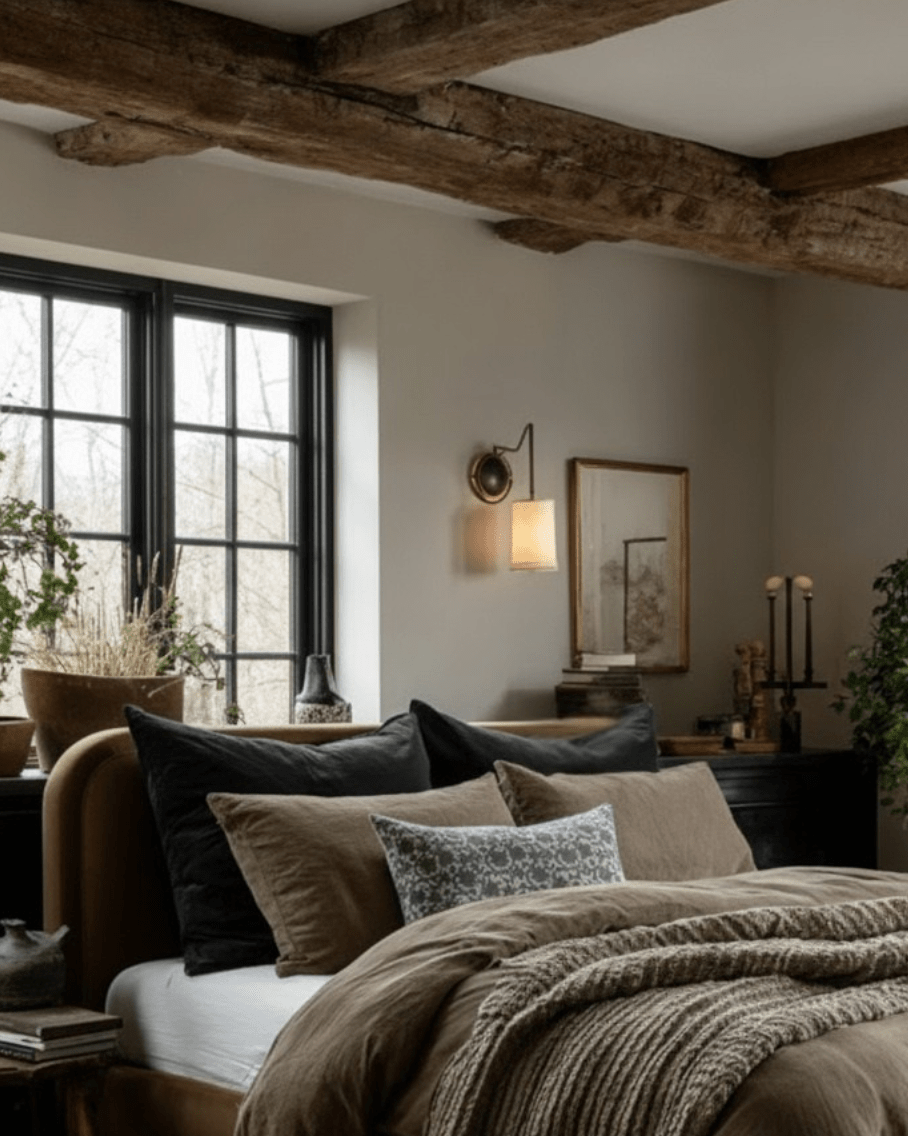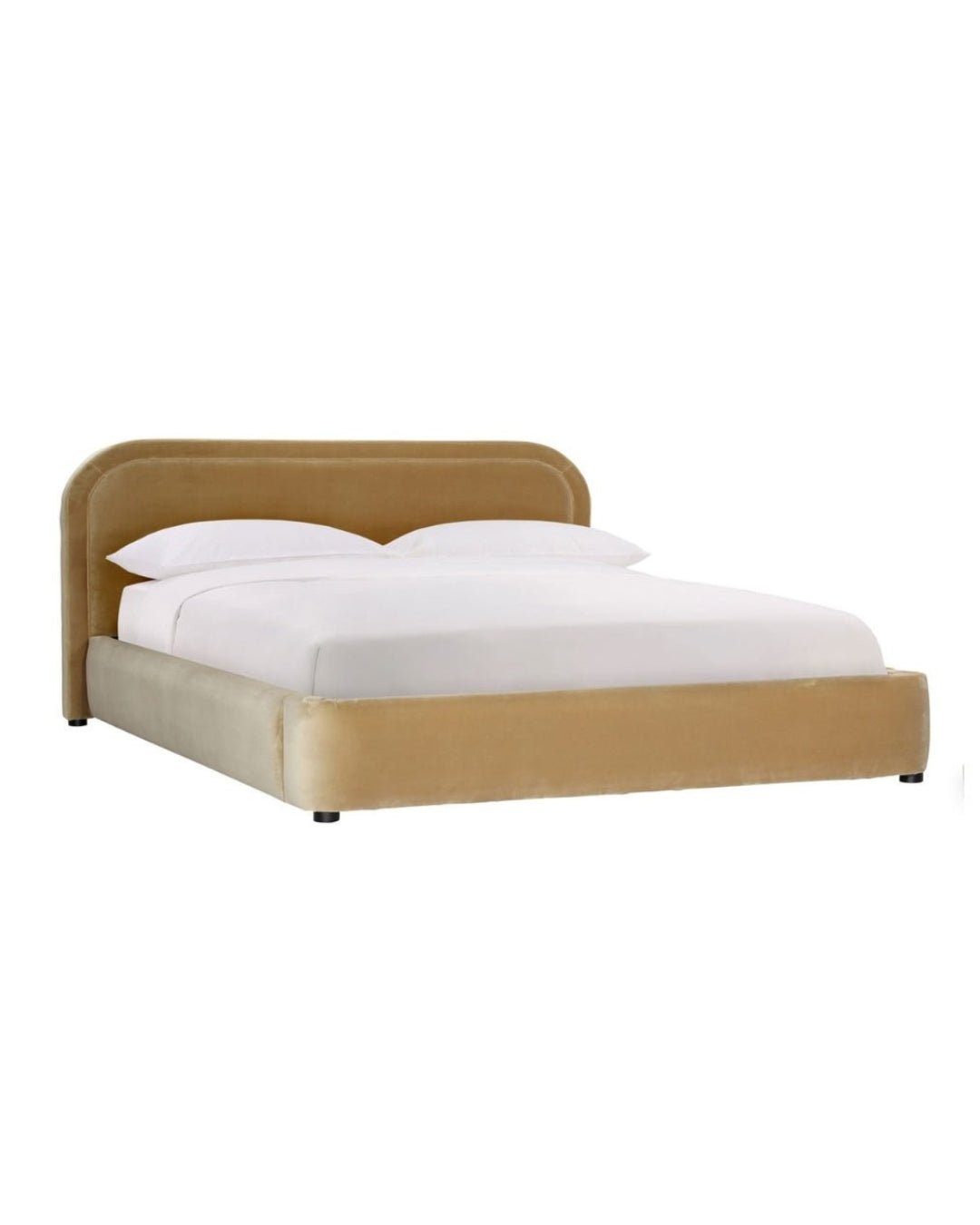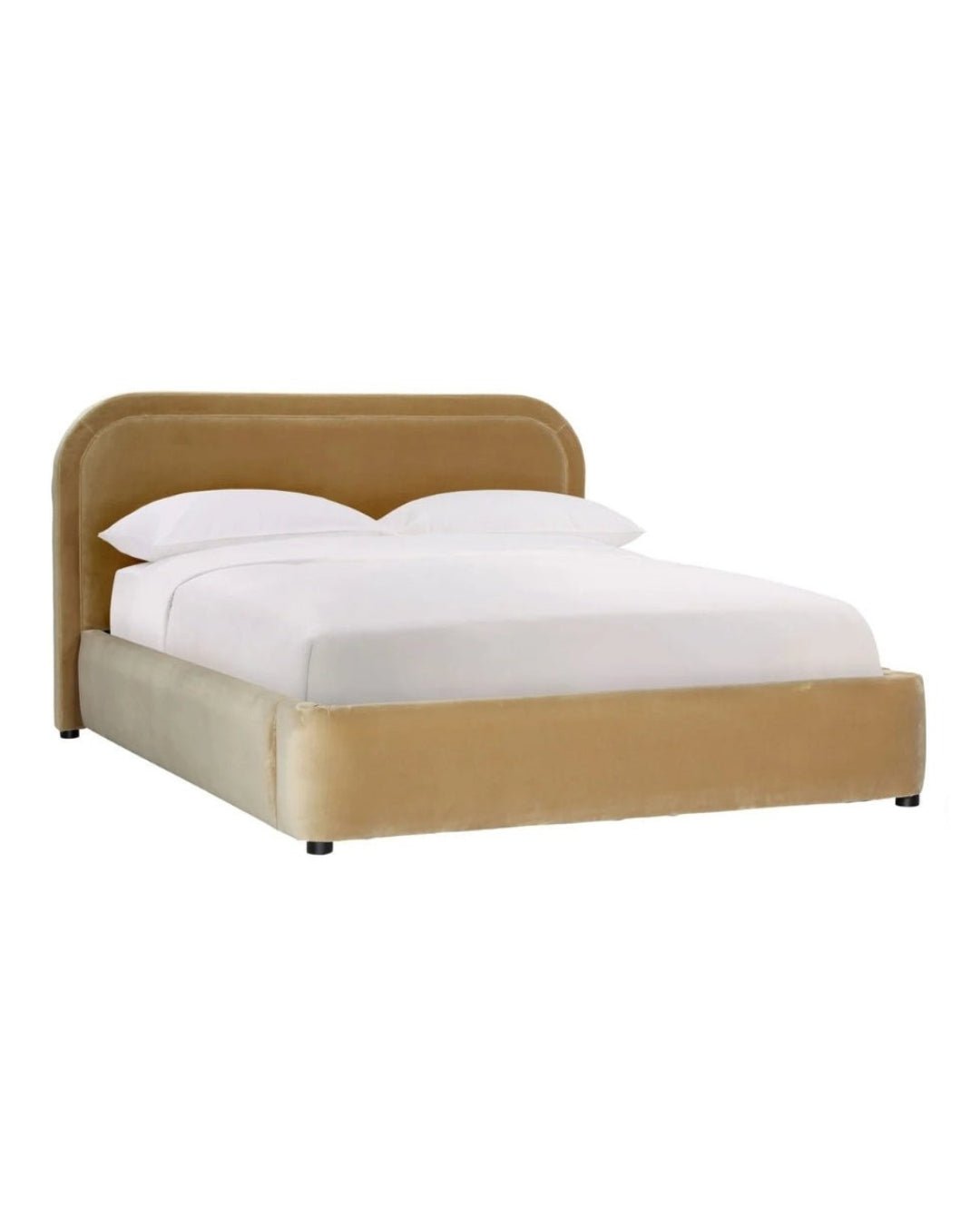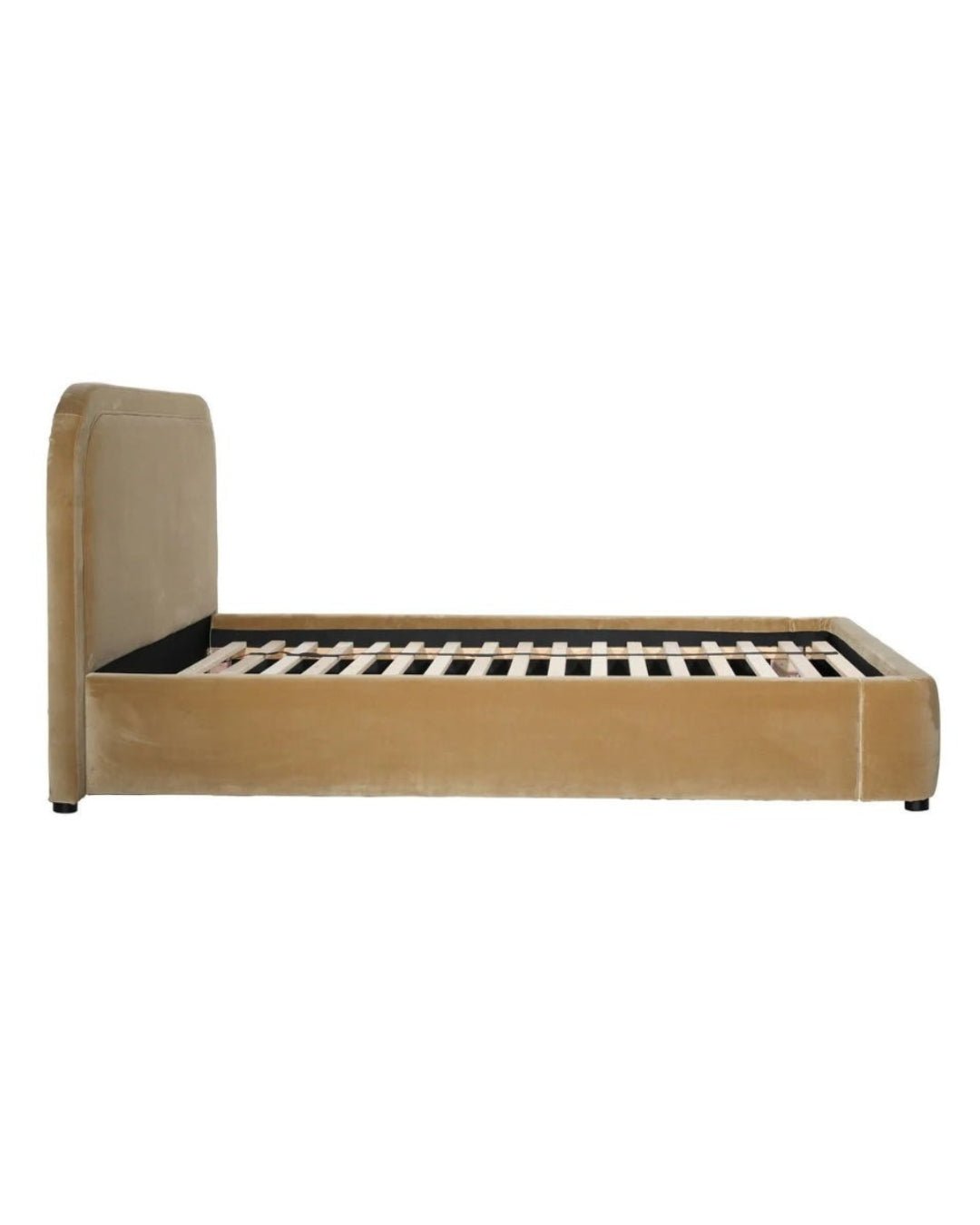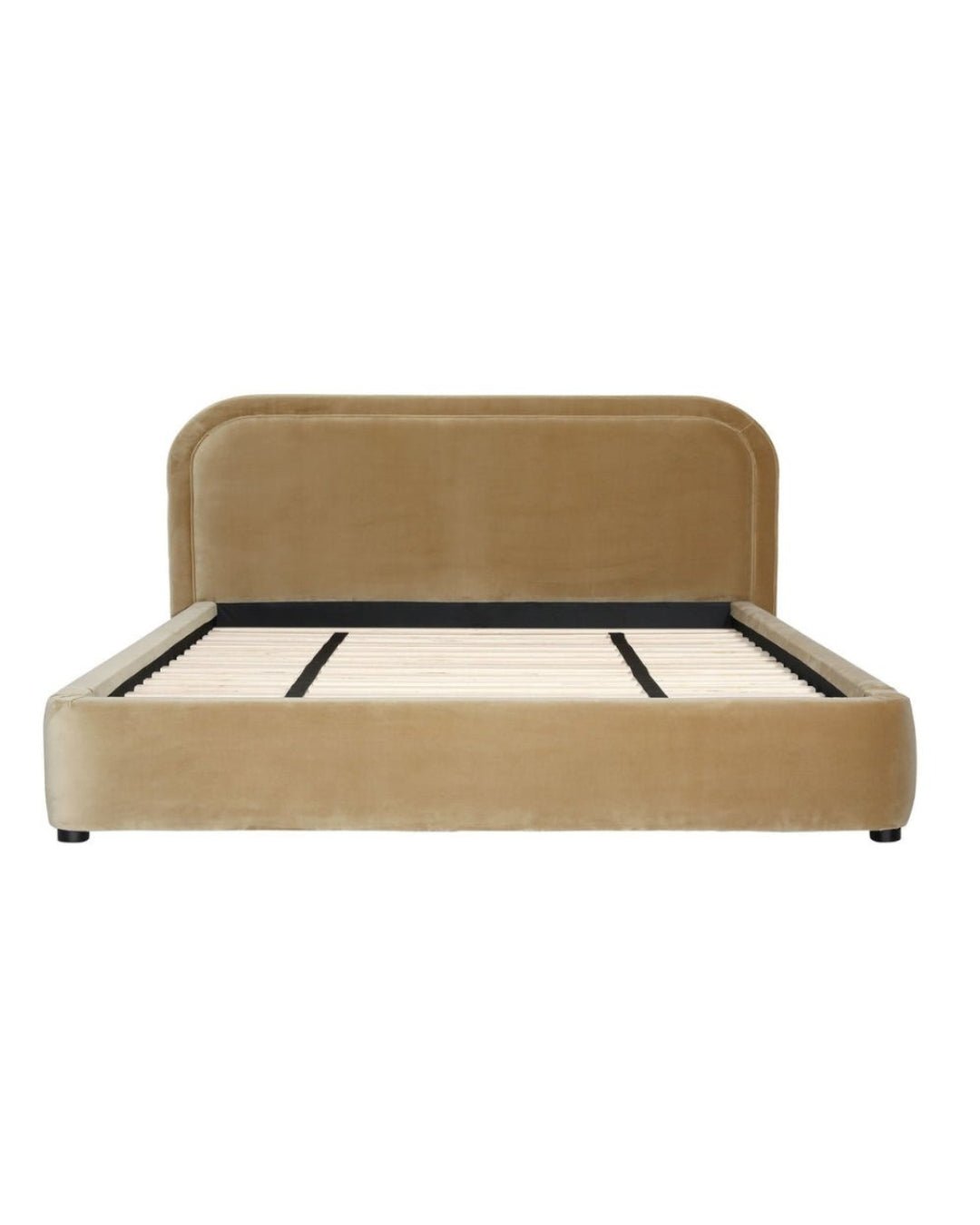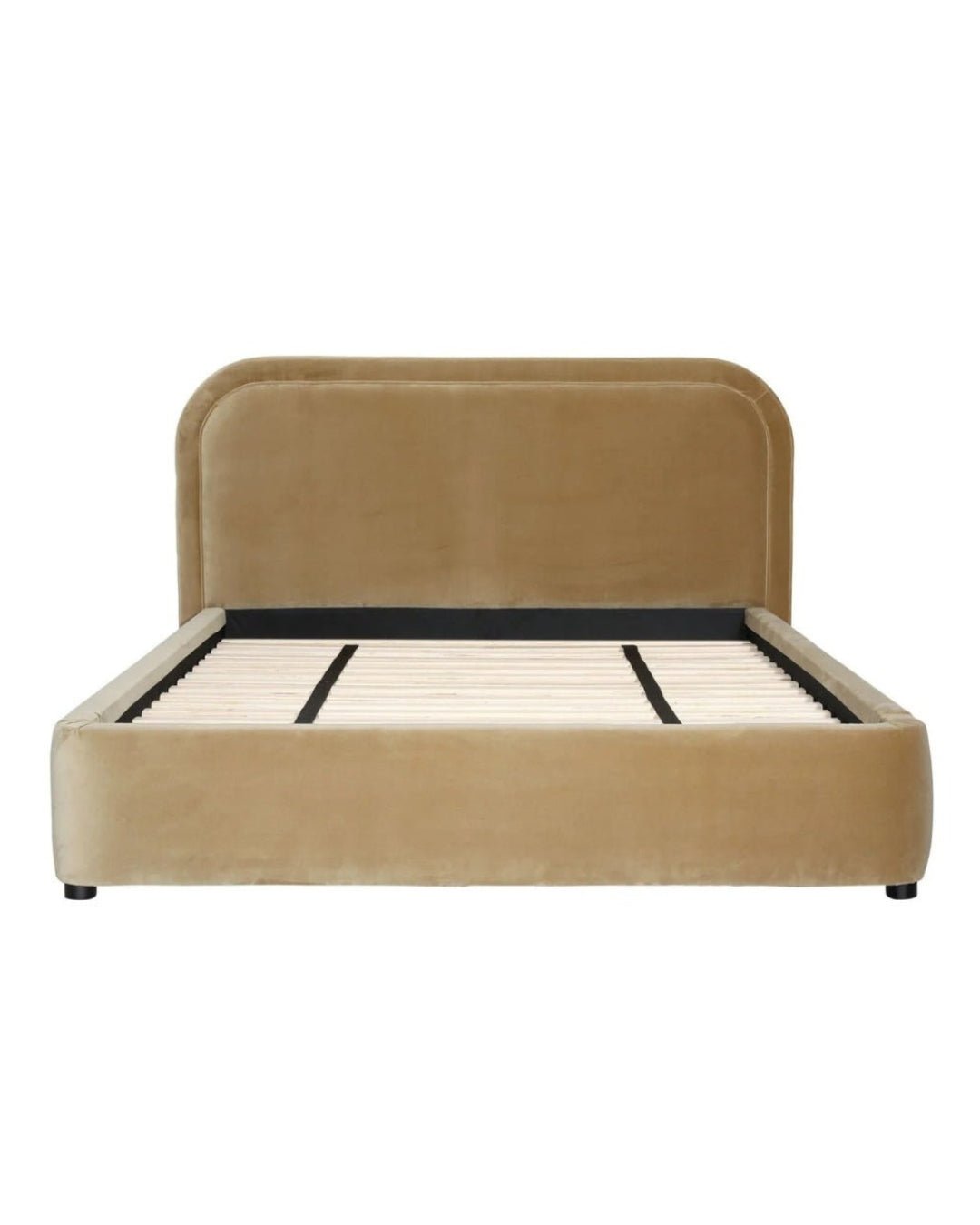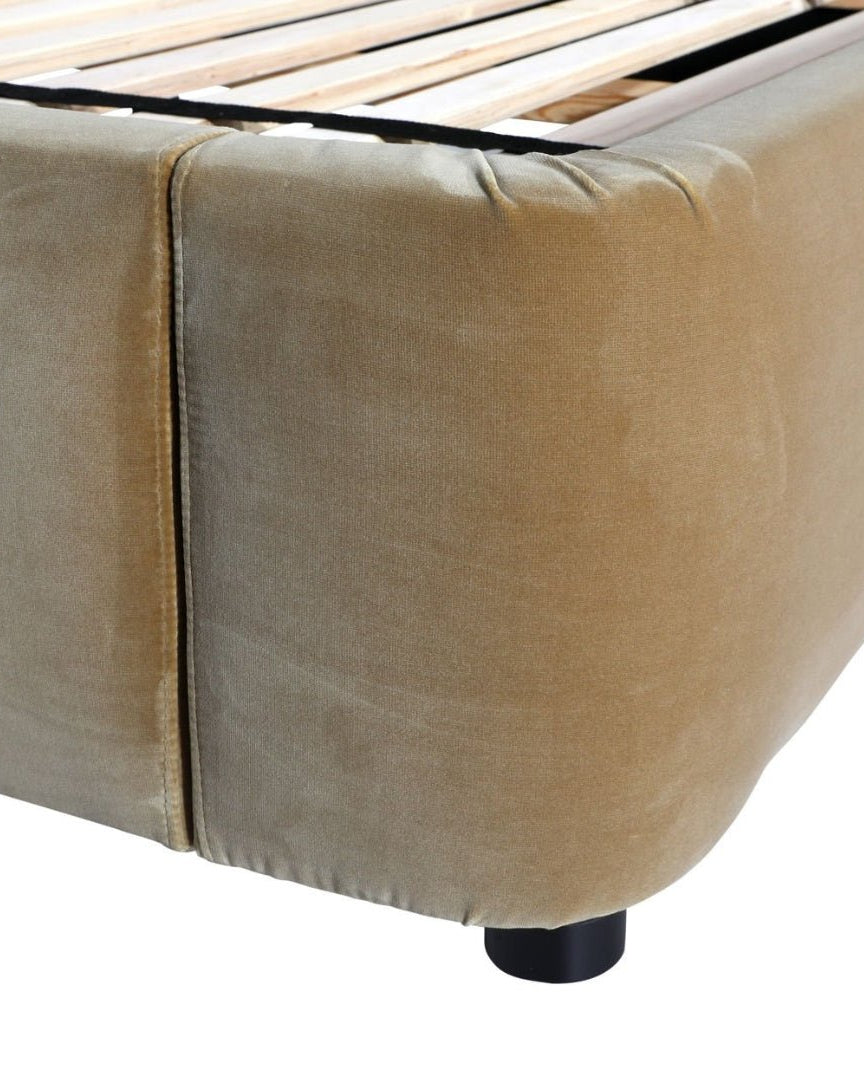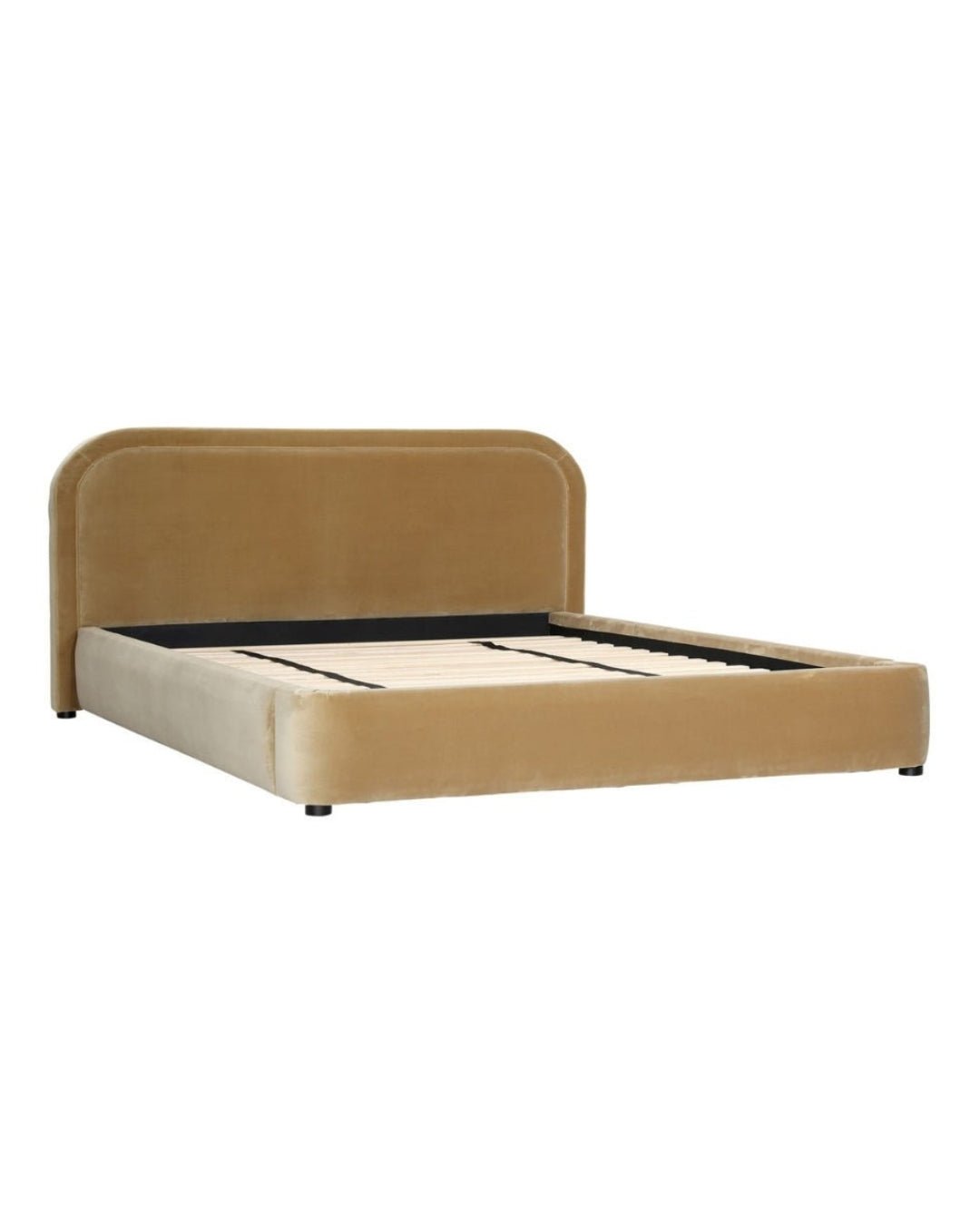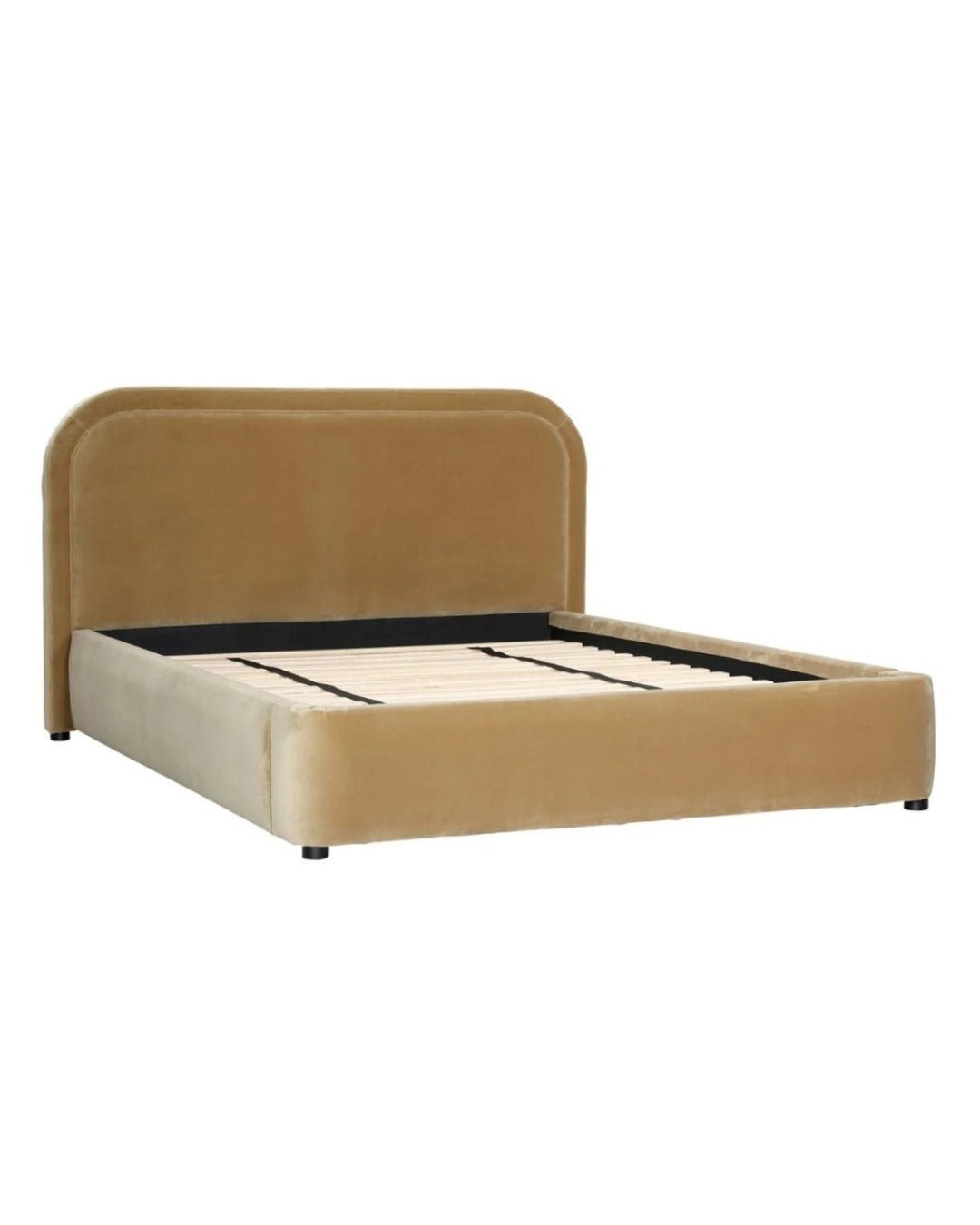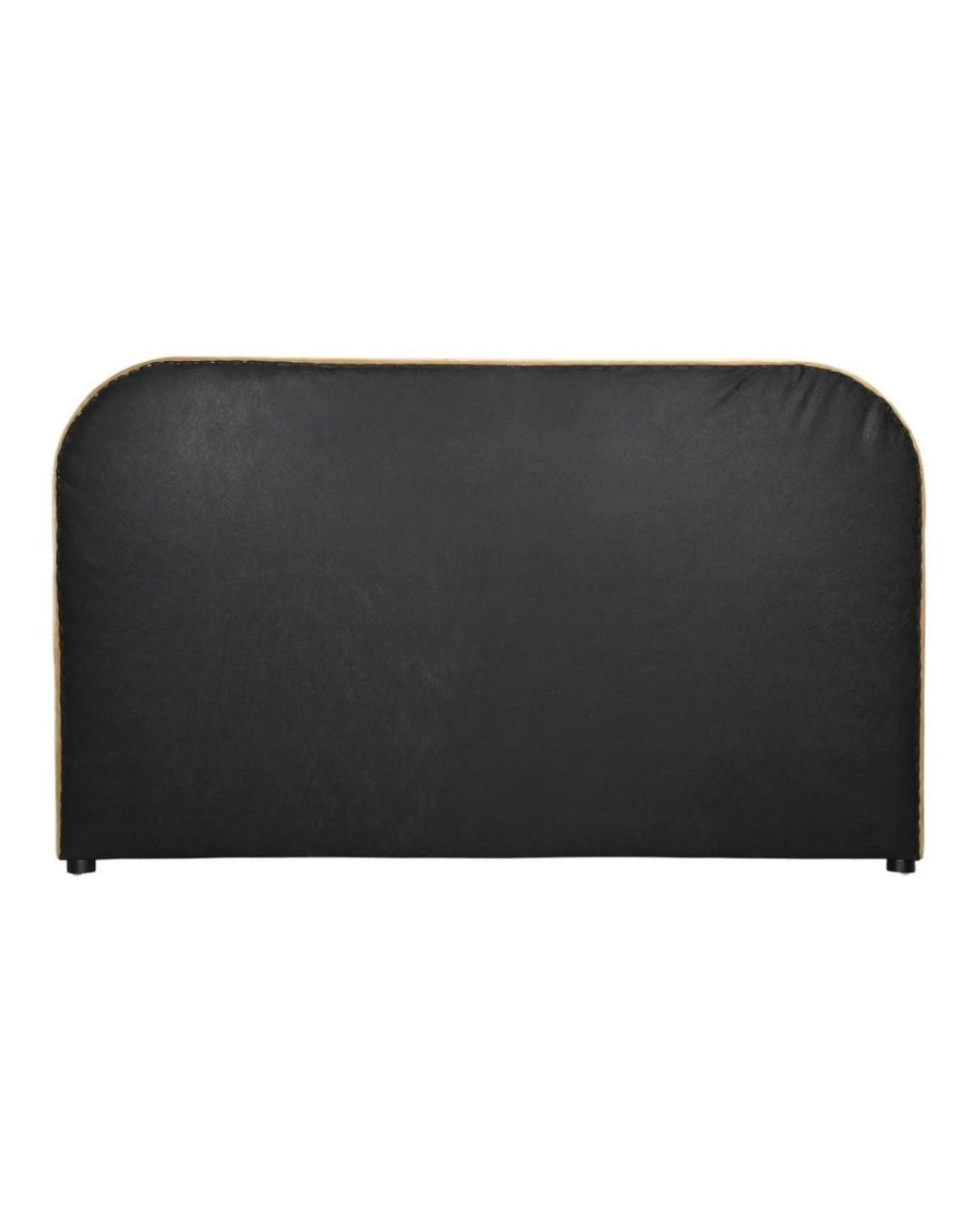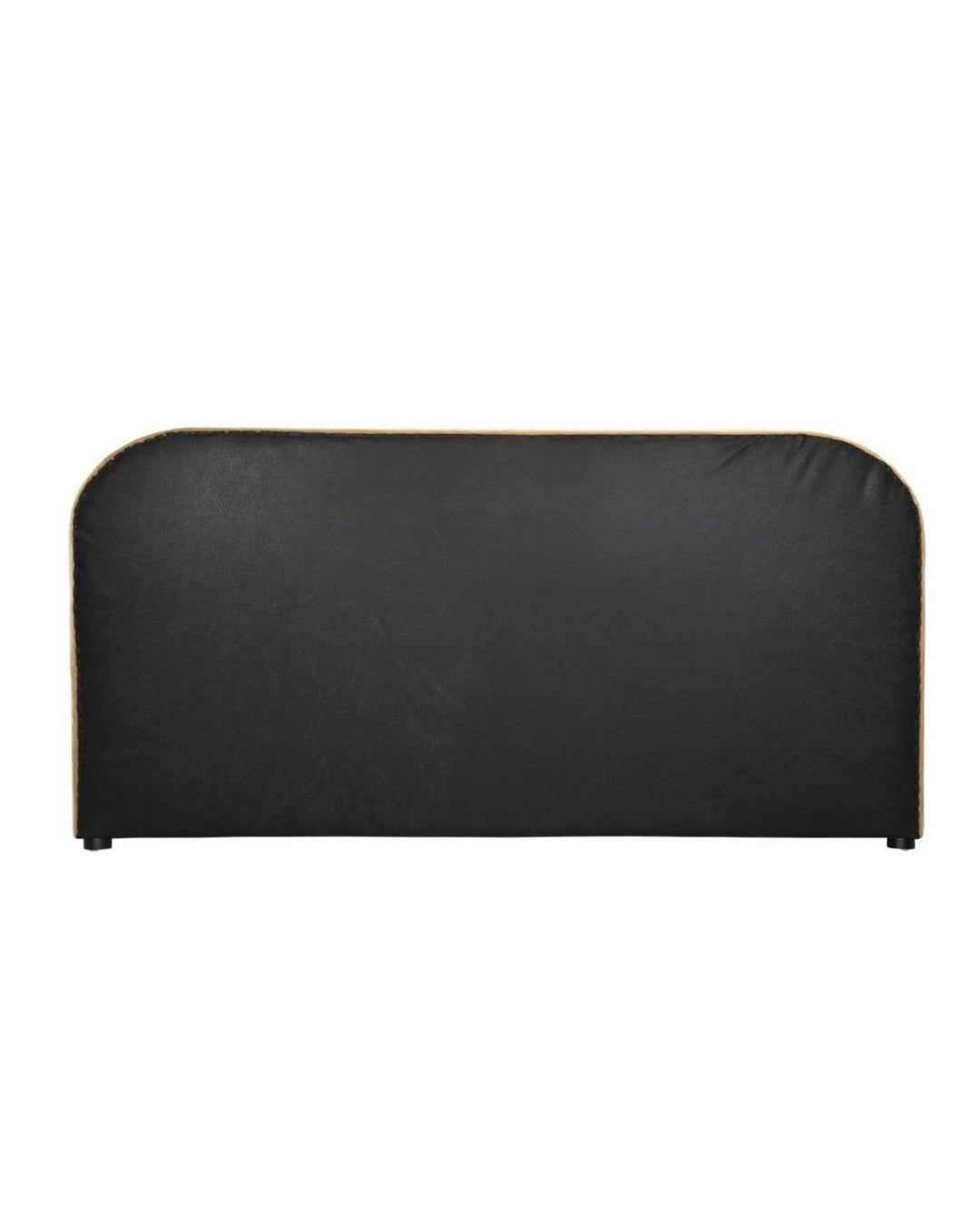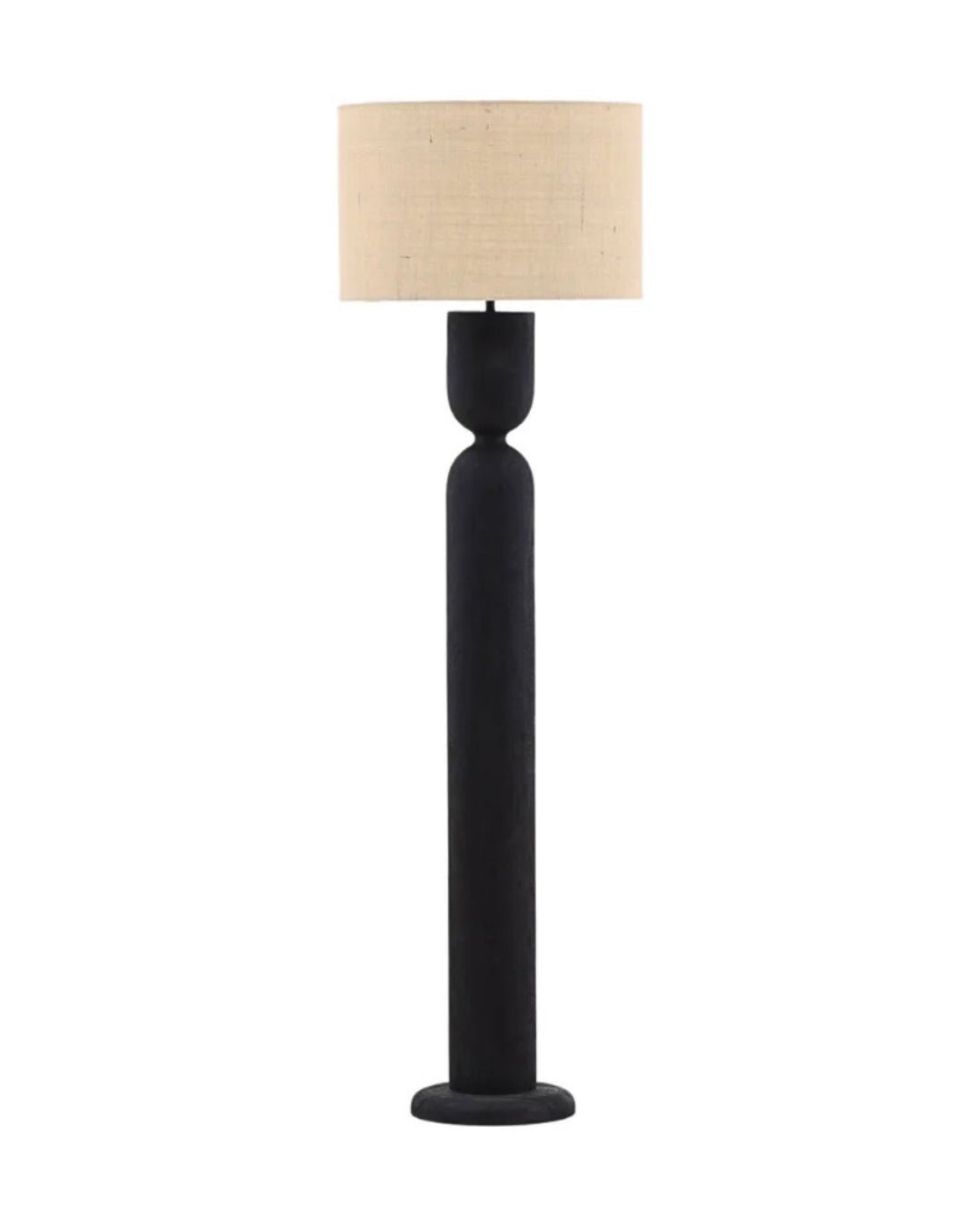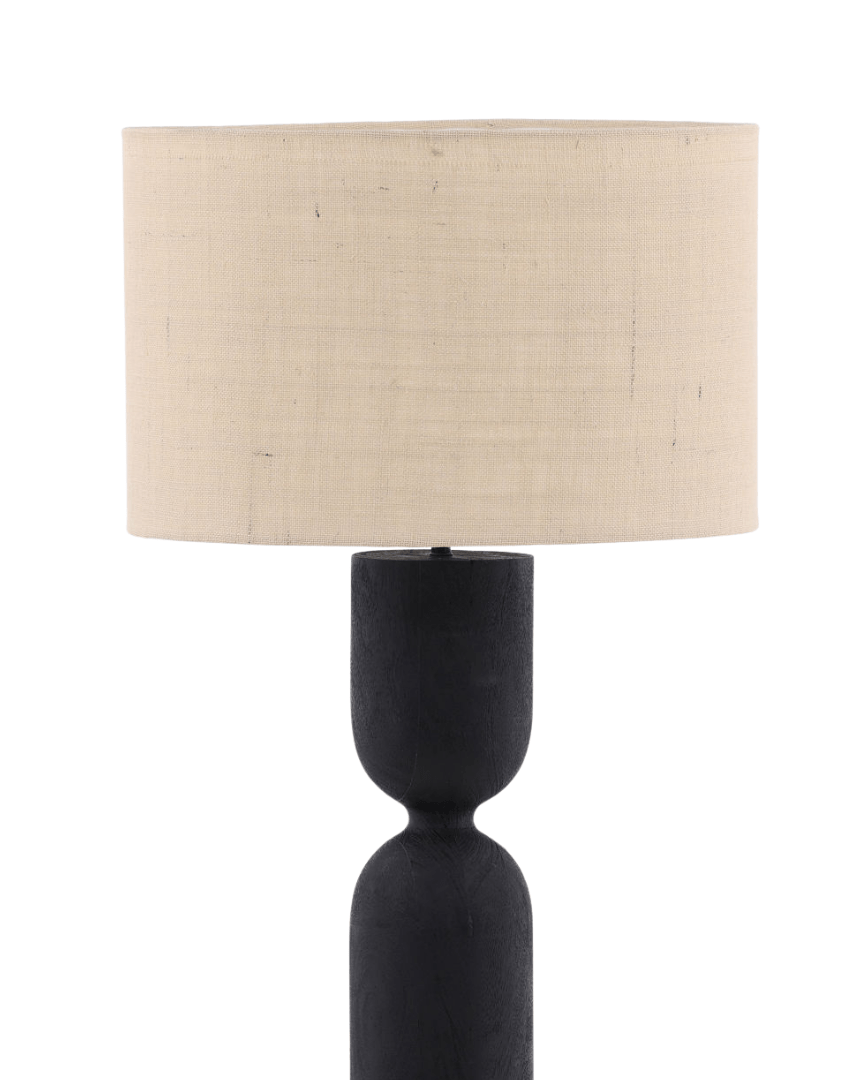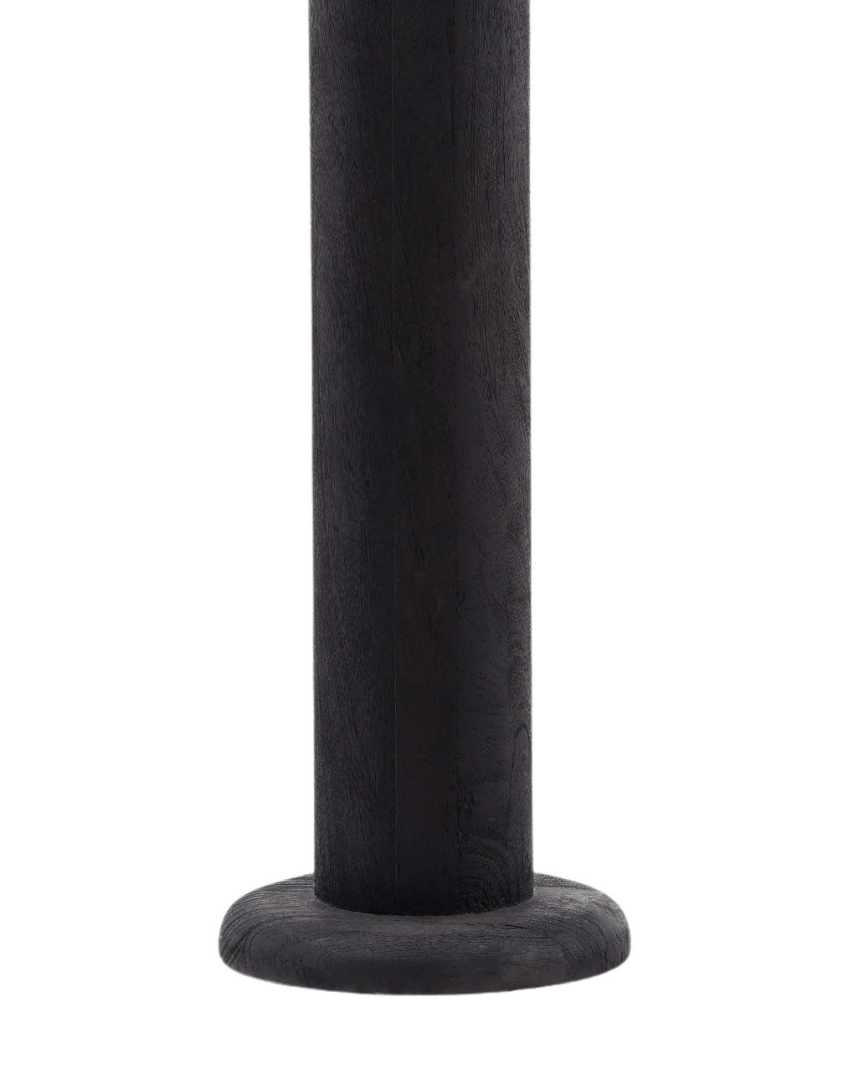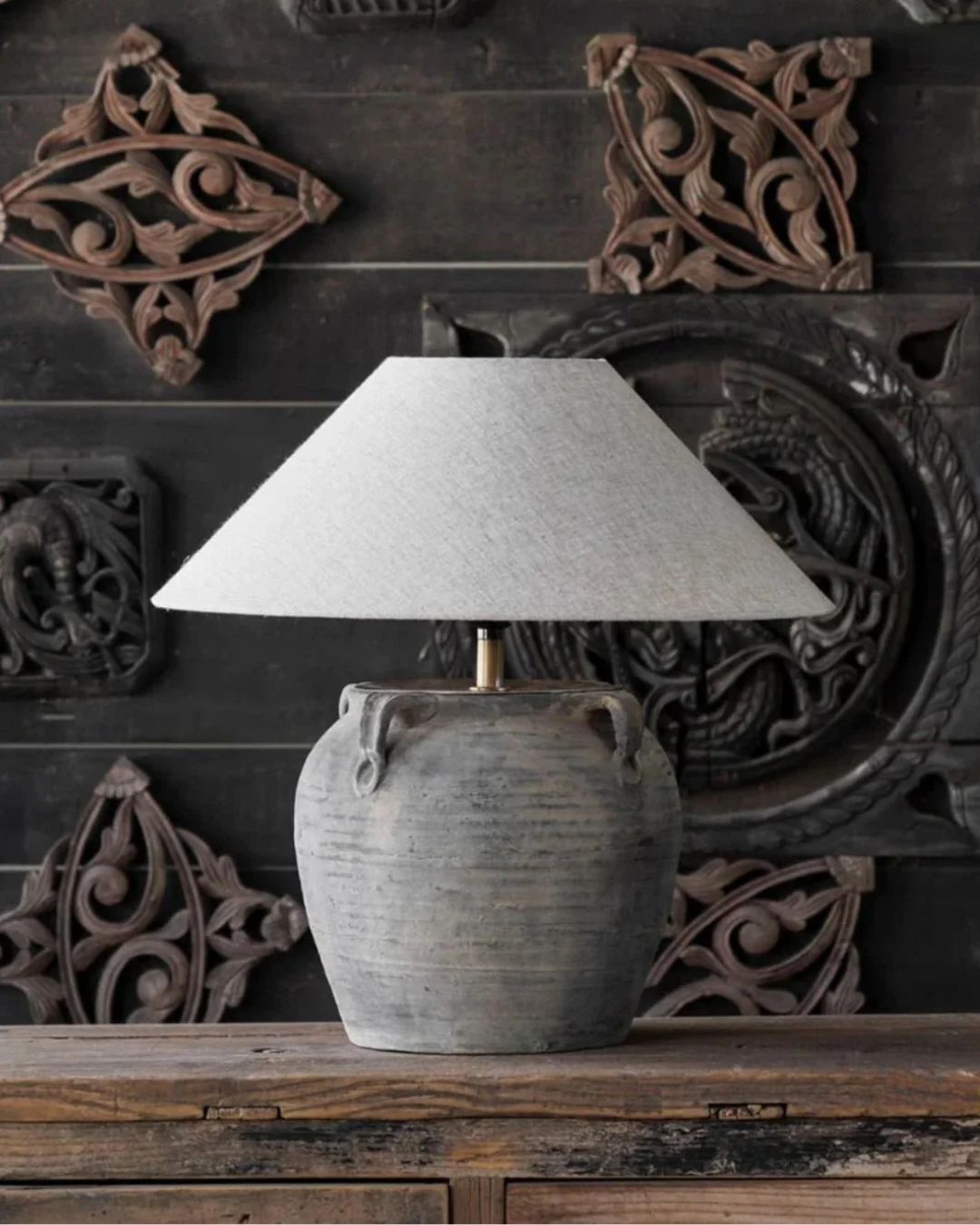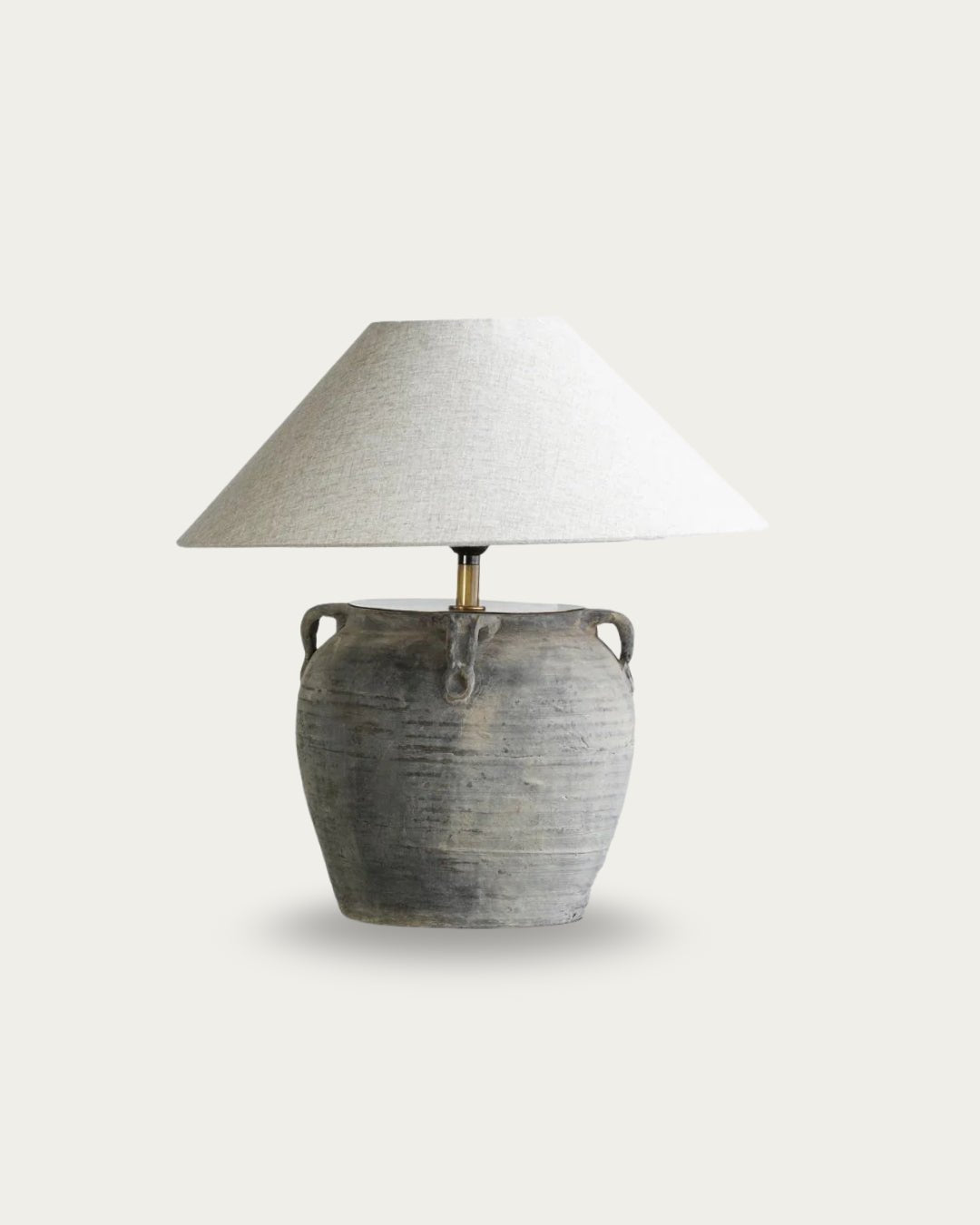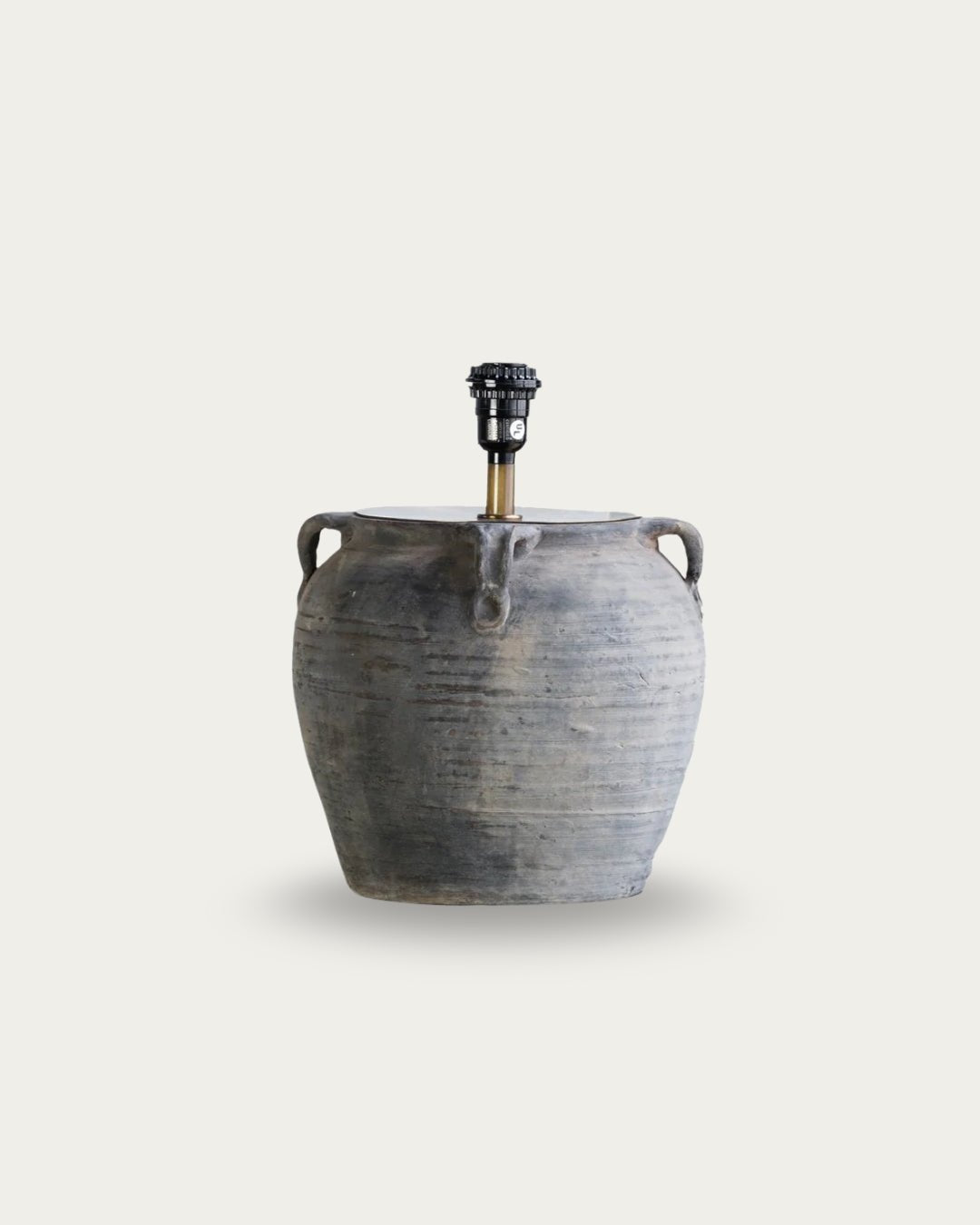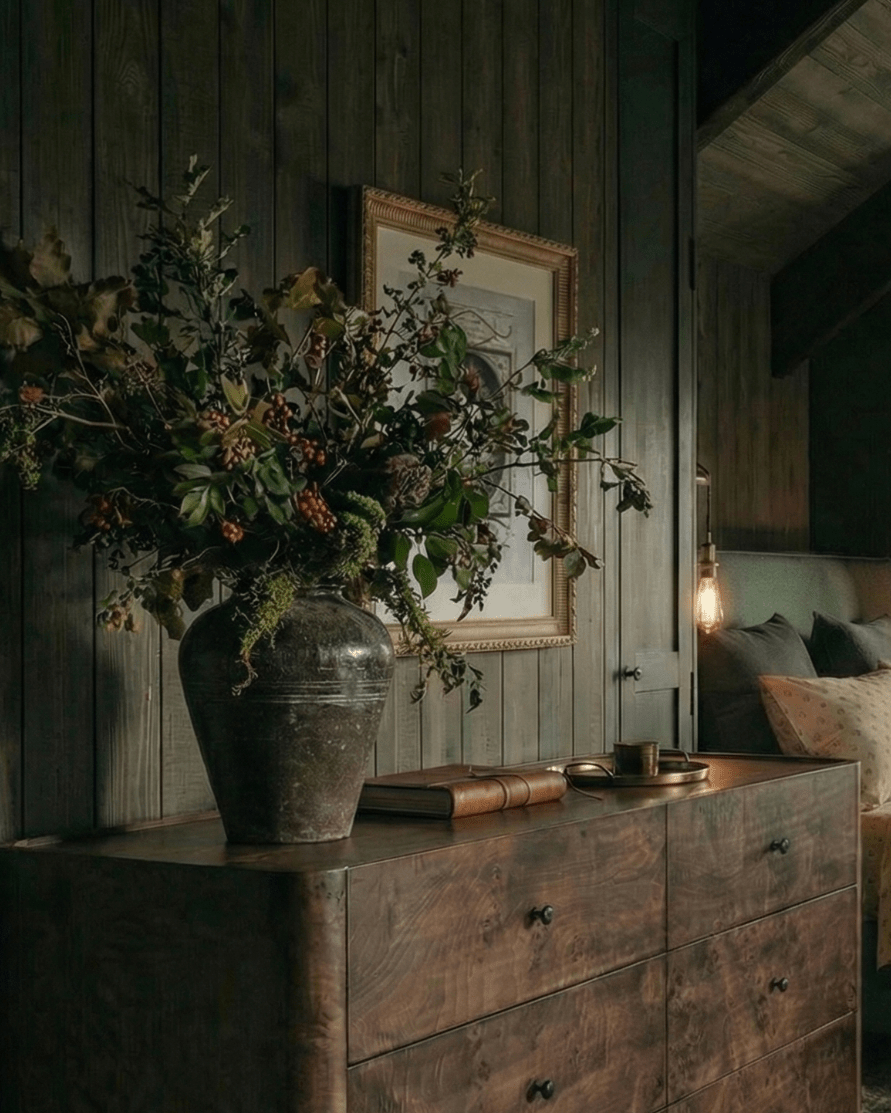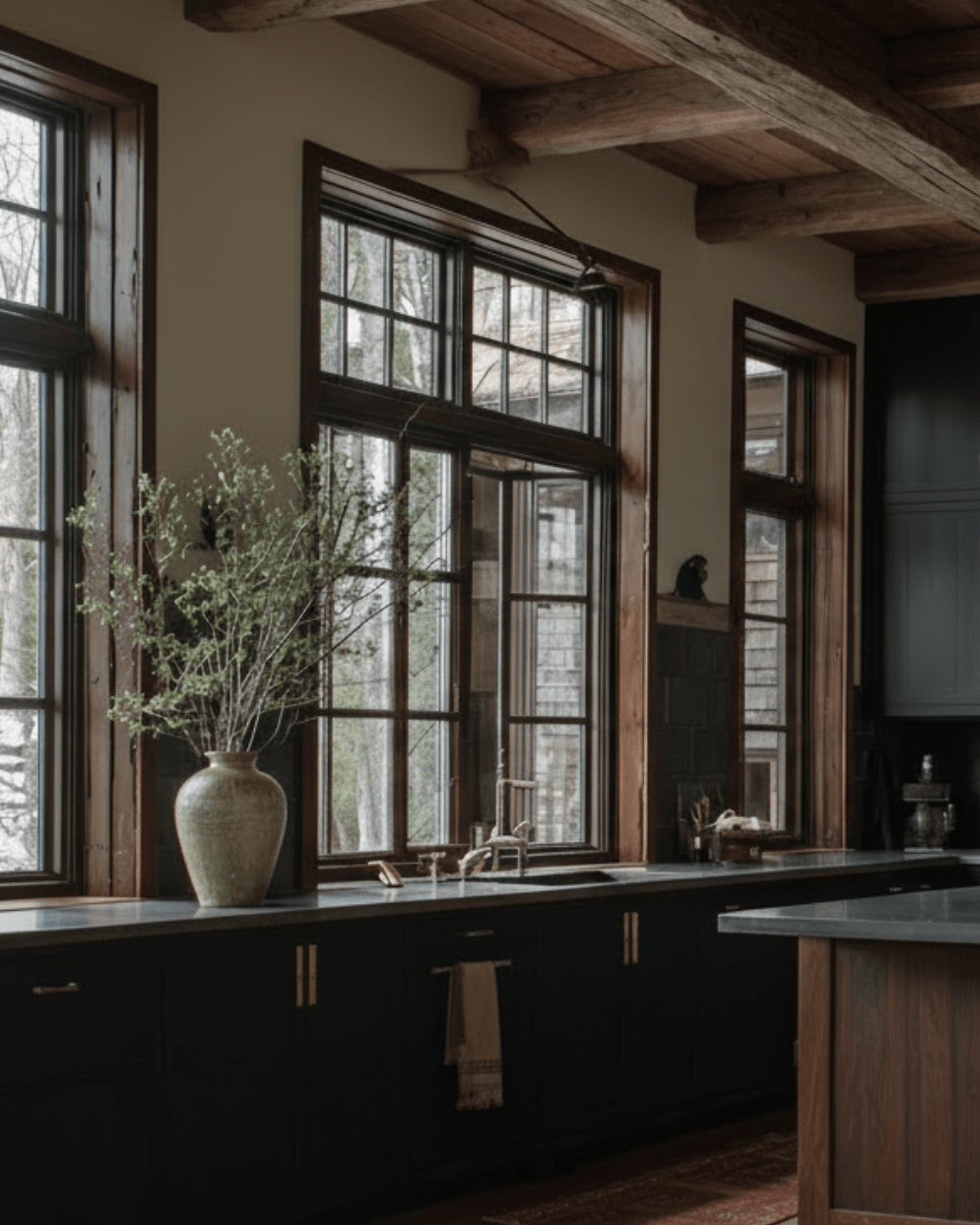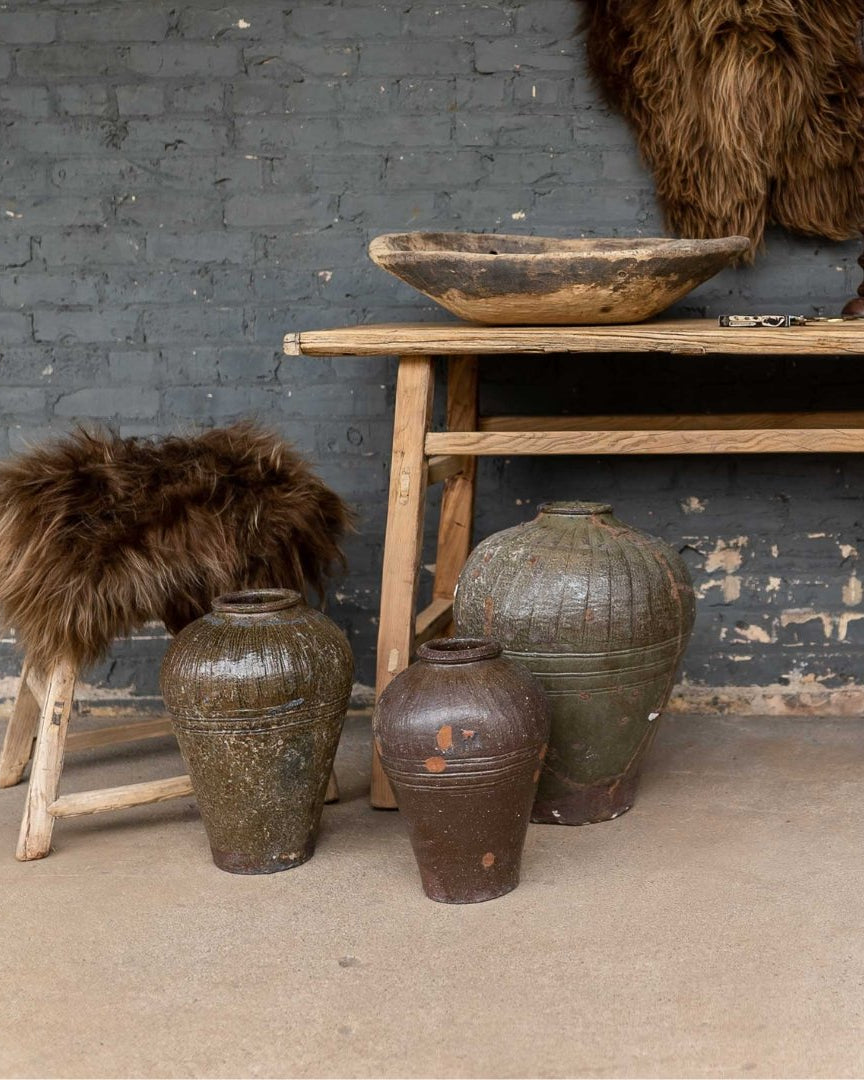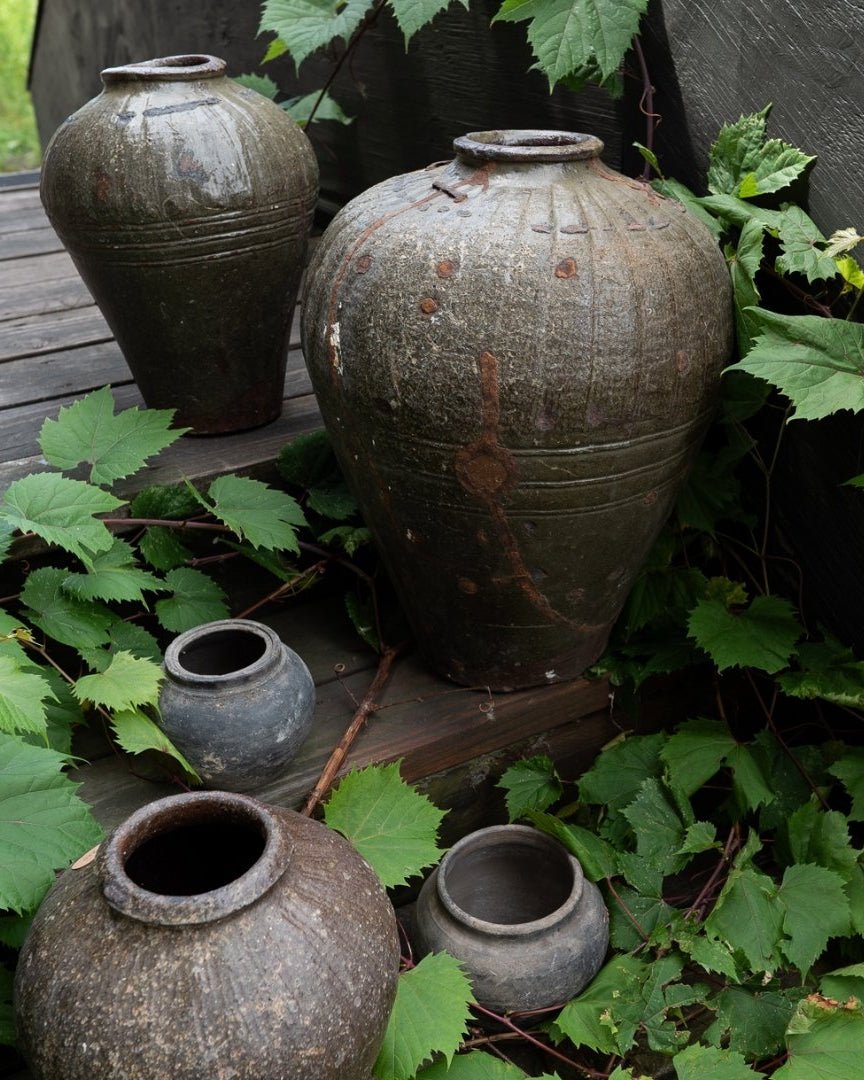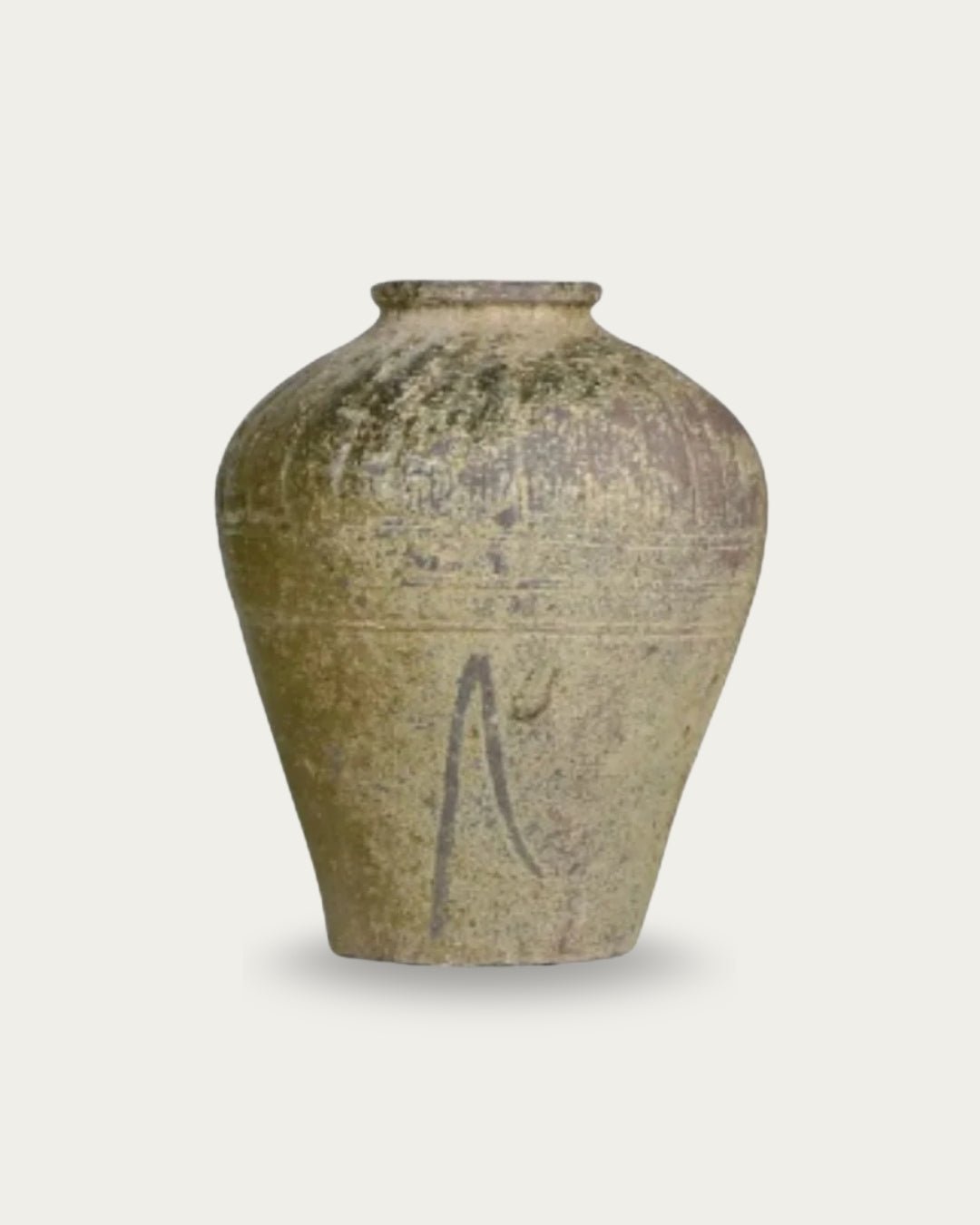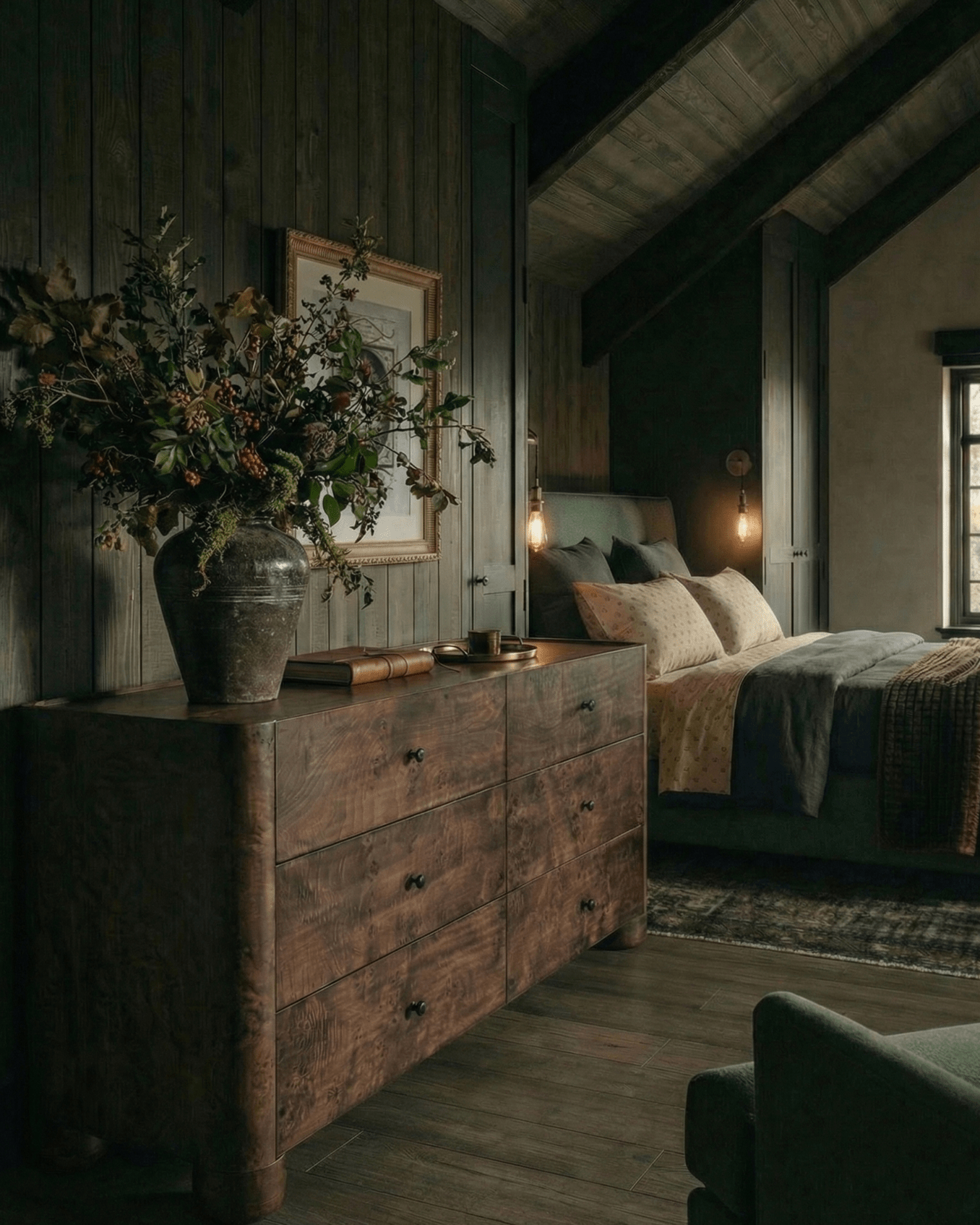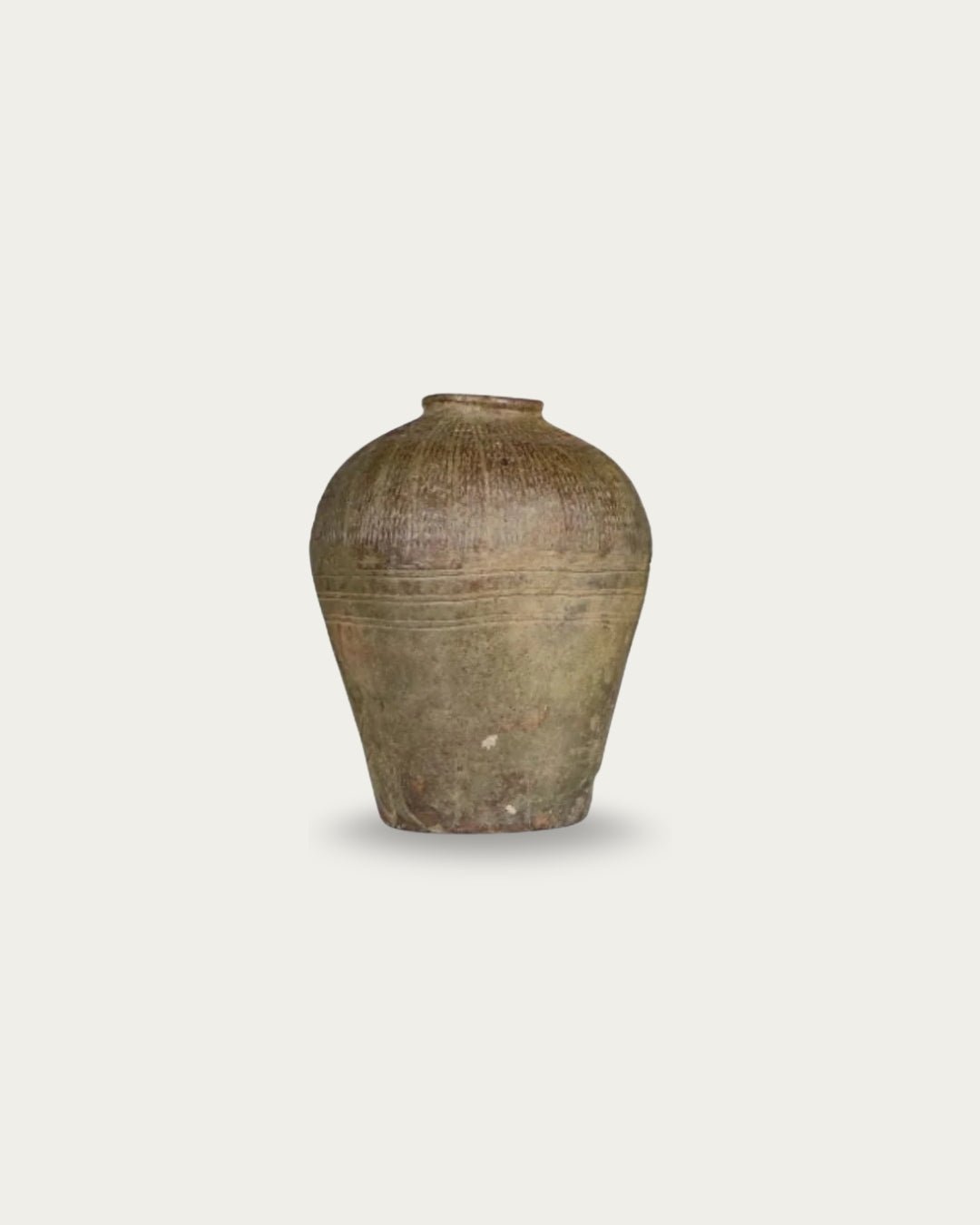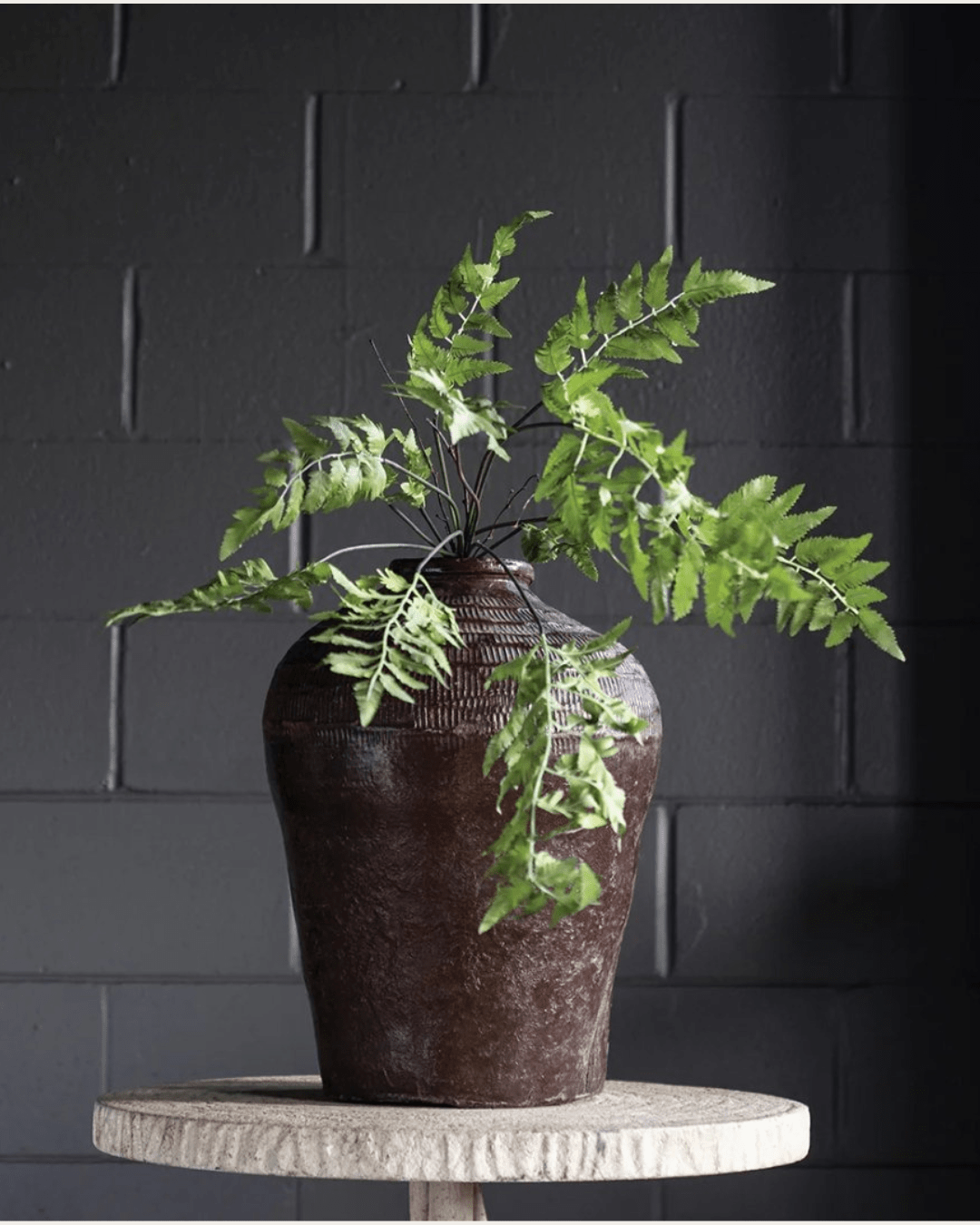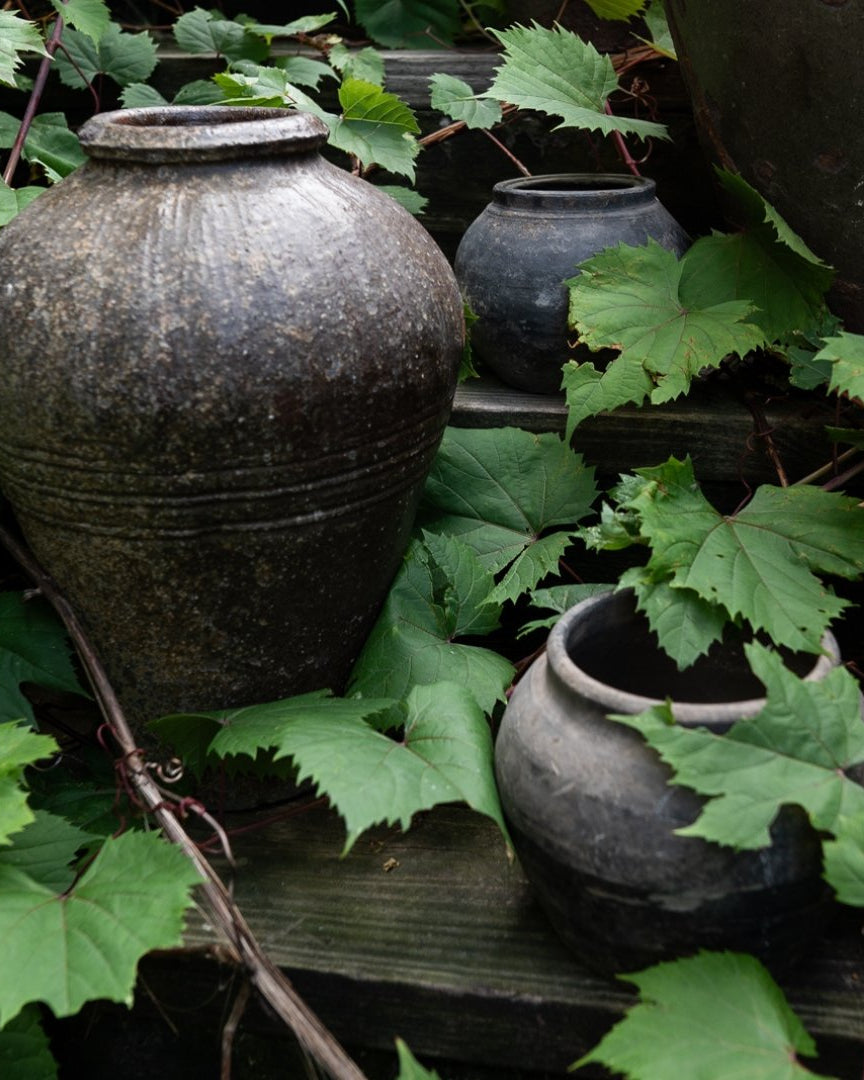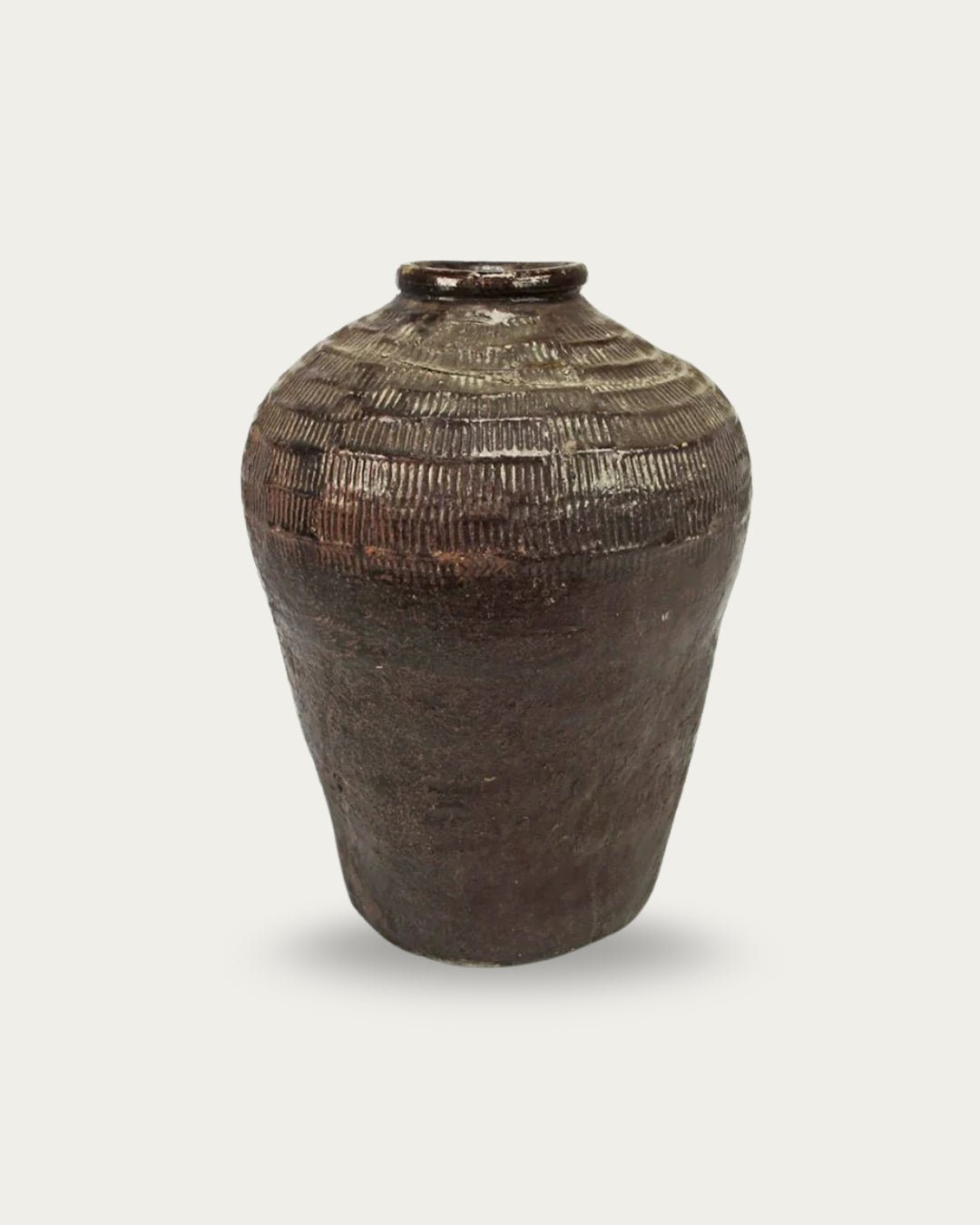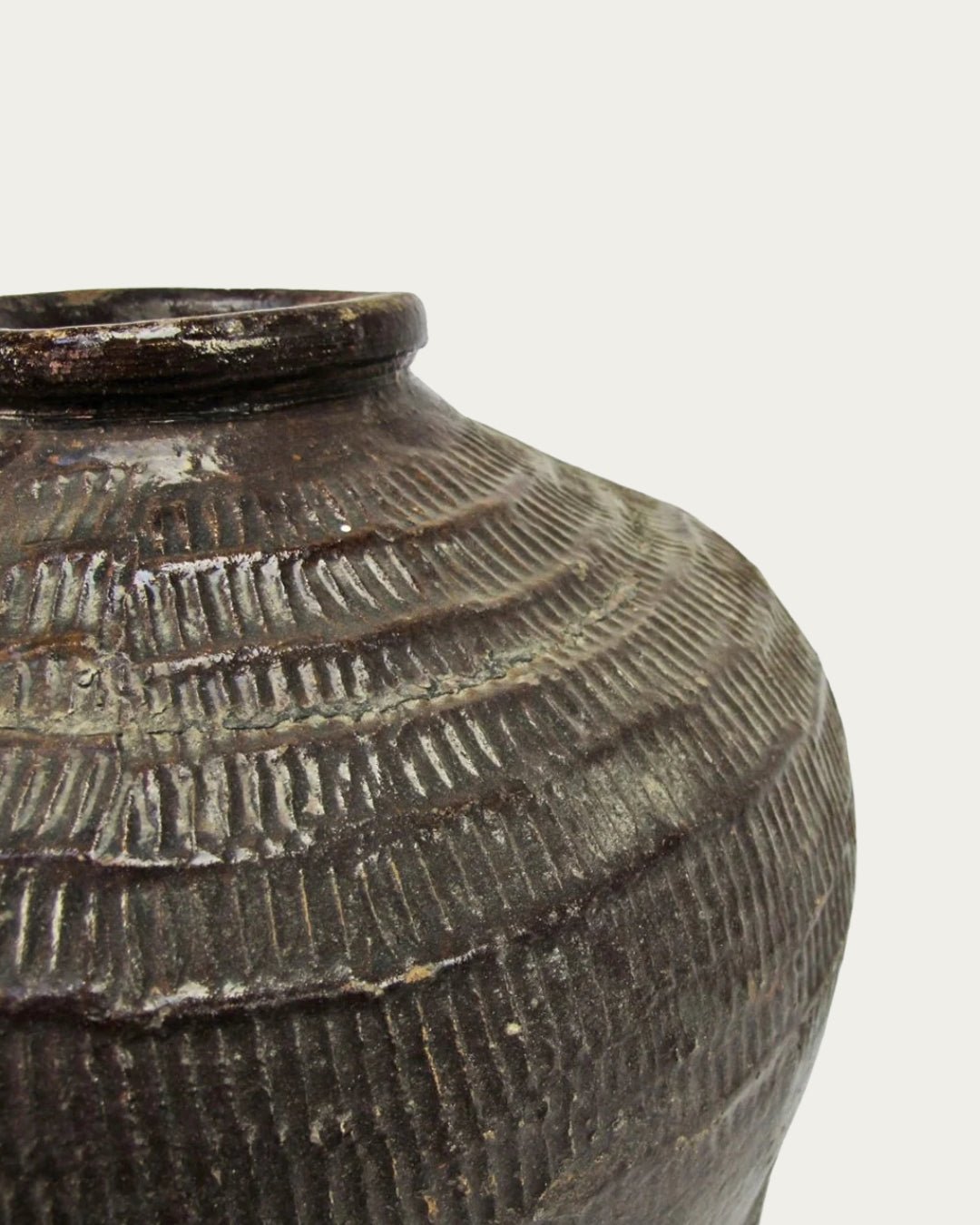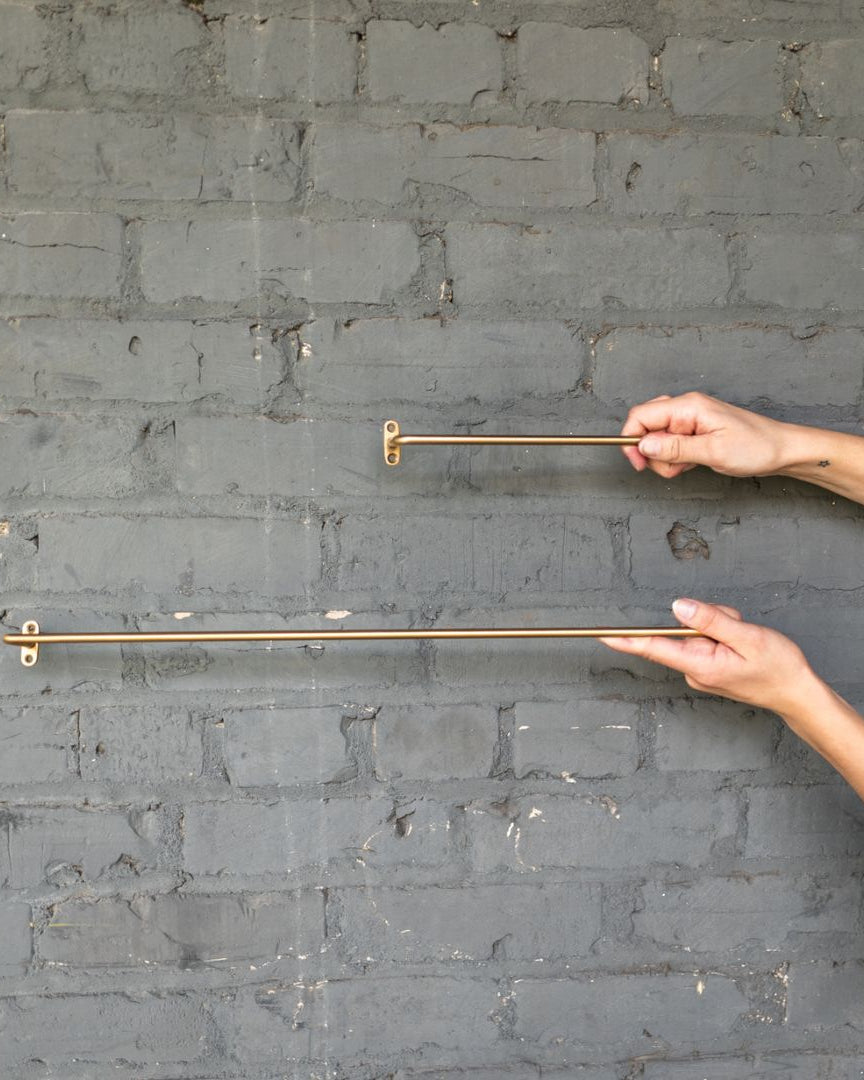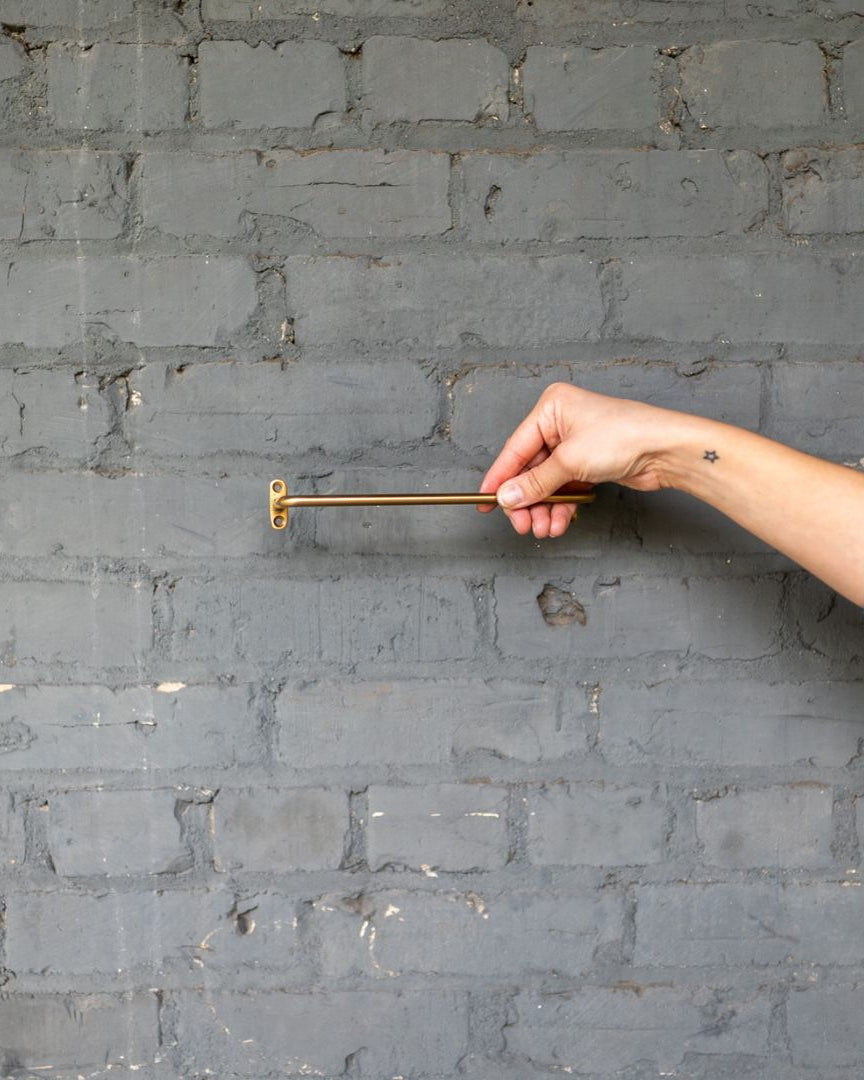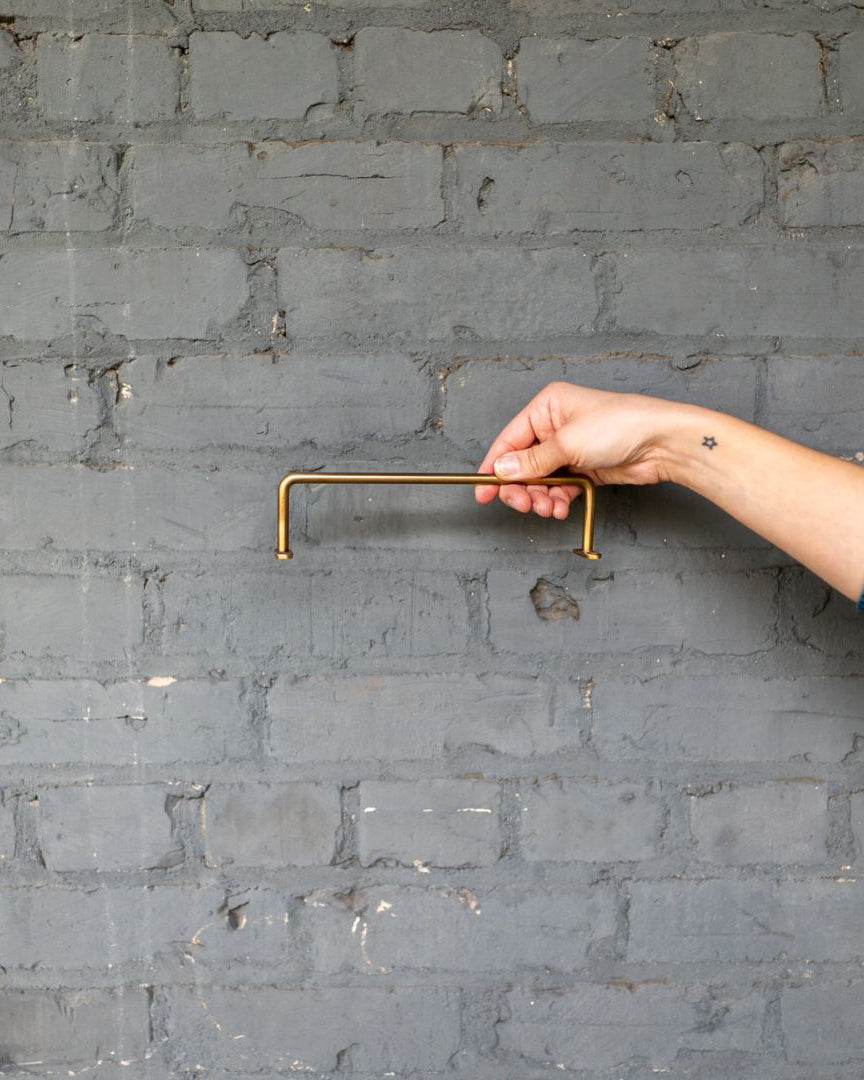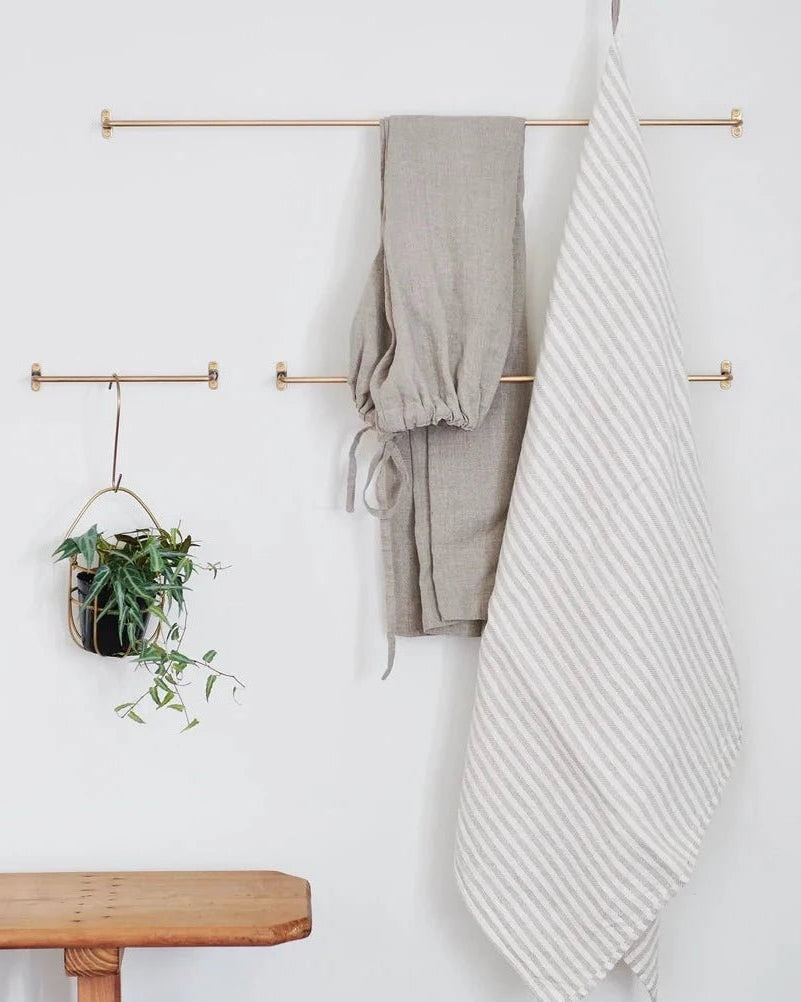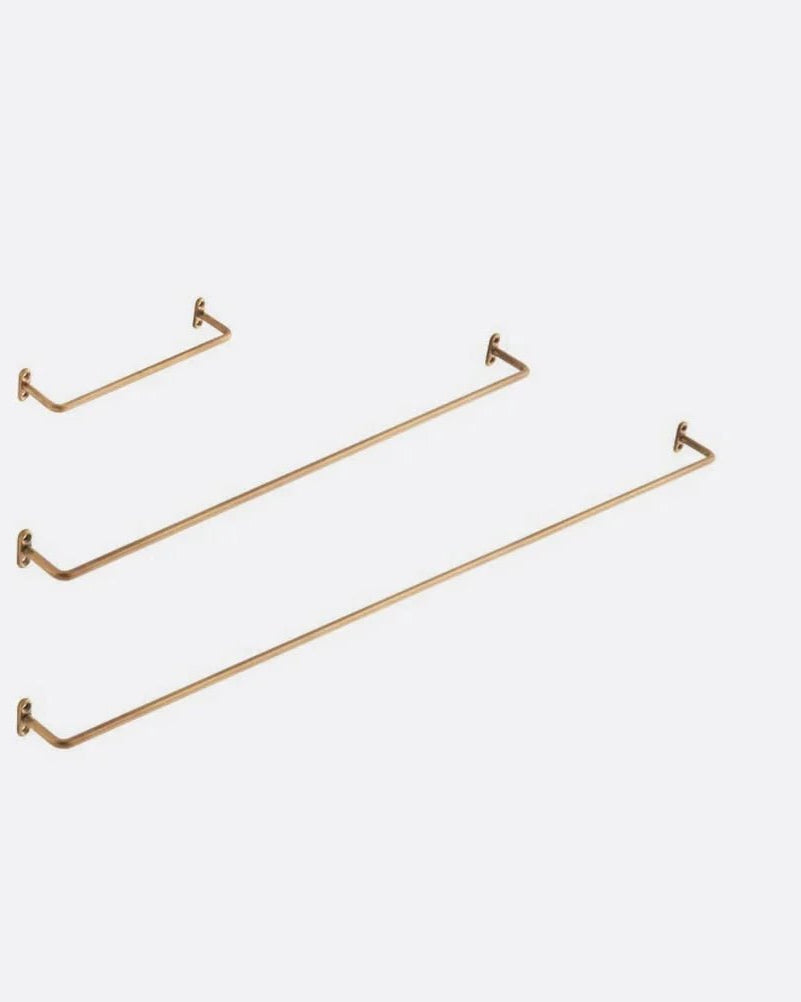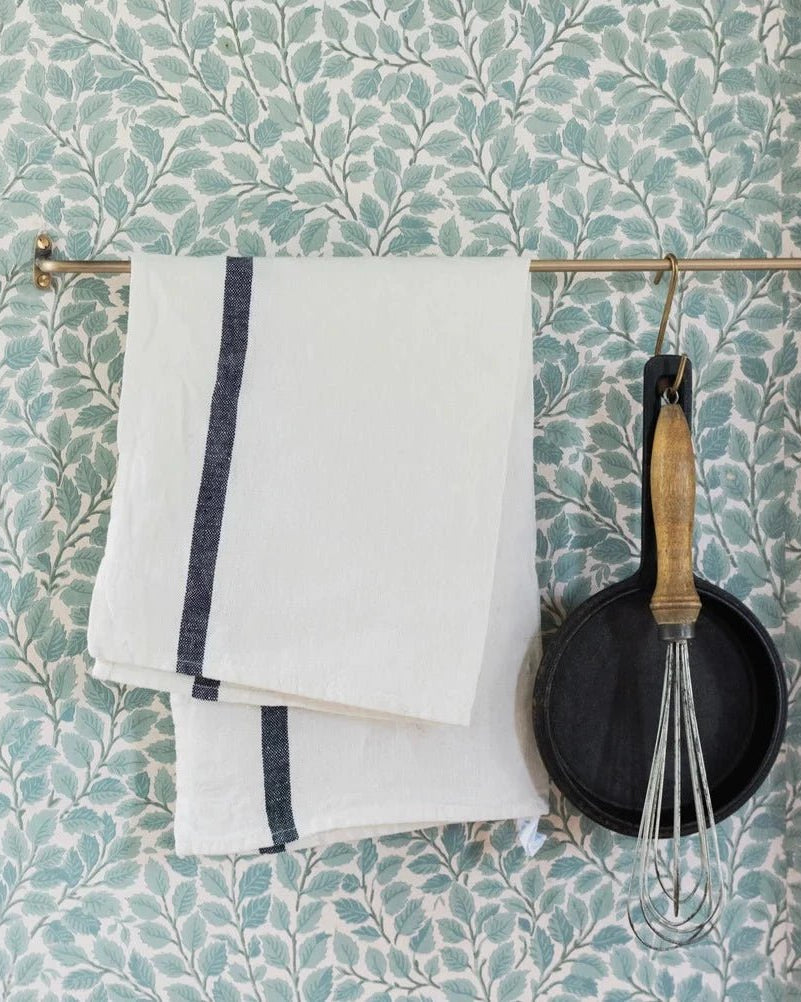
A coffee table isn’t just a place to set your coffee mug — it’s the heartbeat of your living room, where life unfolds and memories take root. It’s the surface that holds the book you keep meaning to finish, the glass rings you forgot to wipe away, the candle wax that dripped and hardened into a story. It’s where board games stretch out across a Saturday night, where kids drop toys without care, and where someone you love once left a coffee cup behind. In other words, the coffee table is the quiet memory keeper of the room.
Unlike the sofa that swallows everything and everyone, coffee tables live in plain sight. They’re functional, yes, but they’re also witnesses. The surface we lean on, the anchor that ties a layout together, and—if chosen with intention—the piece that gives a room rhythm and weight.
So, let’s talk about coffee tables. From vintage coffee tables with history etched into their patina to reclaimed wood coffee tables with grain lines that feel like maps, here’s why this one piece can shape the entire mood of a living room.
Discover vintage coffee tables that carry stories and add depth to your space—the pieces that hold both memories and style.
Why Coffee Tables Matter More Than We Admit
A living room without a coffee table feels like an unfinished sentence. The sofa is there, the chairs may be there, but the center is missing. A coffee table does two things simultaneously: it grounds the layout and creates a surface for life to unfold on.
Think of proportion: coffee tables sit lower, bridging the gap between furniture and floor. Their horizontality calms the vertical weight of sofas, chairs, and bookshelves. Without one, the eye keeps searching for a pause. With one, the room exhales.
Coffee Tables Across Design Eras
Coffee tables don’t just hold cups and books — they carry the signatures of their time. Each era left behind a way of shaping, grounding, and proportioning this one central piece. Understanding those shifts adds depth to how we see them today.
Mid-Century Icons in the Living Room
The mid-century coffee table was designed for clarity. Clean lines, tapered legs, and warm woods like teak or walnut created a balance of function and form. These tables were never just surfaces; they were architectural statements scaled down to the living room. Even today, a mid-century piece brings order into a space, calming the visual field with proportion that feels both sharp and human.
Placing a mid-century coffee table in a living room sets a tone of intention. The shapes are grounded yet light, reminding us that furniture doesn’t have to dominate to be noticed. In open layouts, they cut through chaos with geometry. They’re not just retro relics — they’re living proof that proportion, done well, never expires.
Rustic Tables That Age with Grace
Where mid-century leans on clarity, rustic coffee tables lean on soul. A vintage coffee table in farmhouse style tells its story through scratches, dents, and softened corners. These marks aren’t blemishes; they’re the history of gatherings, meals, and years lived around them. Rustic tables hold that patina in their grain, giving a living room depth that new furniture can’t match.
To create a space where every imperfection tells a story, consider a vintage wood coffee table like the Finn rustic wood coffee table—each board uniquely colored, adding warmth and authenticity to any room. Pair one with a linen sofa, and the contrast between soft fabric and heavy wood becomes part of the story. In rustic tables, beauty isn’t in perfection; it’s in the way they age gracefully, folding your life into the one they’ve already lived.
Modern Minimal Coffee Tables as Quiet Statements
Modern minimal coffee tables are stripped to essentials: slabs of stone or glass balanced on steel and geometric silhouettes that feel more like sculpture than surface. These tables don’t ask for clutter; they ask for restraint. Their strength lies in what they leave unsaid, in the empty space that surrounds them.
If you’re looking for a piece that blends minimalism with purpose, the Embla coffee table is a beautiful example. Crafted from upcycled pine wood, its clean lines and airy design let it take center stage without overwhelming the space—a perfect balance of form and function for those who appreciate understated elegance. They speak in clarity, structure, and the confidence of less.
Vintage Coffee Tables: Stories Written in Patina
A vintage coffee table carries its own quiet narrative. The edges might be softened from decades of hands grazing past. Scratches across the surface? Evidence of lives lived. These imperfections are not flaws but markers of time.
The beauty of a vintage coffee table is its layered identity. It already has stories, and when you bring it into your space, you add your own. That wine glass ring doesn’t erase its past—it joins the chorus.
Styling a vintage piece means leaning into its texture:
Layer softness over age. A wool throw casually draped nearby, a stack of linen-bound books, a ceramic bowl.
Play with contrast. Pair a mid-century modern vintage coffee table with a chunky contemporary sofa for tension that feels intentional.
Let the patina speak. Don’t over-style. A single vase or sculptural object is often enough.
A vintage coffee table isn’t about flawless perfection; it’s about the feeling it brings. It’s not something you simply buy—it’s something you inherit, full of stories and character. If you’re drawn to the organic shape of vintage-inspired designs, the Hedvig wood coffee table is a perfect choice. Made from solid wood with a black finish, it’s a perfect addition to soften your space while adding texture and visual interest. This piece effortlessly blends warmth and sleekness, creating a tactile moment that becomes the heart of any room.
Reclaimed Wood Coffee Tables: Anchors with Integrity
If a vintage piece tells stories of the past, a reclaimed wood coffee table is about reinvention. These tables are born from beams, planks, or floorboards given a second life. They carry scars, knots, and irregularities—but those marks are what make them anchors.
Reclaimed wood coffee tables do something few other materials can: they ground a space in honesty. Wood that has already lived as part of another structure carries weight, literally and symbolically. When brought into the living room, it becomes a reminder of resilience and continuity.
Styling reclaimed wood is all about rhythm and balance:
Texture-on-texture. Reclaimed wood paired with linen sofas, leather ottomans, or wool rugs creates depth.
Light and shadow. Place a reclaimed wood coffee table near a window where daylight shifts across its surface—it turns grain into landscape.
Sculptural counterpoints. Add sleek, modern pieces around it to emphasize its raw edges.
Every reclaimed wood coffee table becomes a quiet anchor—a steady presence holding the room down.
Material Matters in Coffee Table Design
If coffee tables are the memory keepers of a room, their material is the language they speak. Each surface carries its own mood, its own way of shaping how we gather and pause.
Glass and Metal for Lightness
Glass coffee tables are about absence as much as presence. The surface almost disappears, opening up floor space visually and letting surrounding textures do the work. Paired with a metal frame, the look is industrial but airy—light bouncing off the surface, outlines sharp against the room.
That lightness is both a gift and a demand. Glass doesn’t hide a mess; it exposes it. Which means styling must be intentional: a single object, a sculptural vase, or a clean stack of books becomes the centerpiece. Glass and metal tables don’t carry stories of age or imperfection; they carry clarity. They’re about showing what’s already there, not covering it.
Stone Coffee Tables as Sculptural Anchors
A stone coffee table doesn’t blend into a room; it defines it. Whether marble, travertine, or granite, stone creates an immediate sense of weight and permanence. Run your hand across a marble surface, and it’s cool, smooth, grounding — an anchor in the center of the living room.
If you love the weight and elegance of stone, but want something more inviting, the Fjola marble coffee table offers the perfect balance. With its veined marble top and warm mango wood slats, it’s both refined and functional. Place one under a pendant lamp, and the glow turns the surface into a scene.
Reclaimed Wood Coffee Tables for Warmth and Honesty
A reclaimed wood coffee table tells its story in grain and scars. Each board comes from another life — beams, floors, structures reworked into a new form. That history doesn’t vanish; it’s carried into the living room, giving the table an honesty that new wood can’t replicate.
This warmth is more than aesthetic. Reclaimed wood softens the edge of modern interiors, making them feel lived-in and grounded. Paired with stone or metal, it adds human contrast; paired with vintage, it echoes with continuity. To choose reclaimed wood is to choose story — not polished perfection, but the rhythm of materials given a second life.
Coffee Tables as Ritual Surfaces
A coffee table isn’t just furniture—it’s a ritual surface. Where you drop keys every evening, light a candle to mark the shift into night, or set out snacks for friends.
The ritual of the coffee table is why it matters what it’s made of. A smooth marble coffee table feels cold but precise, perfect for displaying objects with sharp lines. A warm wood table absorbs sound, softening the room. For a table that embodies both form and function, the Gerda coffee table brings that charming English country vibe into your home with its upcycled pine wood and refinished antique wash. Its rounded base and woven rattan detail add a subtle texture that invites you to linger.
Similarly, the Lovisa coffee table, crafted from reclaimed pine wood with a sleek curved silhouette, offers a fresh, breezy touch to any space, bringing modern charm and lightness into the ritual.
Every choice communicates something to the body. Vintage says comfort and memory. Reclaimed wood says grounding and permanence. Marble says clarity. Together, they create the rhythms of home.
Coffee Tables Beyond Function
The Table as Sculpture
Some coffee tables don’t fade into the background—they rise into sculpture. Whether stone blocks, carved wood forms, or abstract shapes, these tables redefine what “function” means. They don’t just hold your things; they reshape the visual weight of the room.
A sculptural coffee table tells you that furniture can be art without leaving utility behind. Take the Fjola marble coffee table, for example—with its veined marble top and warm mango wood base, it’s not just a functional piece but a striking statement. In a minimalist setting, it takes center stage, while its earthy tones and polished finish balance perfectly in a richly layered room. This blend of sculptural form and natural warmth reminds us that furniture isn’t just meant to serve; it’s meant to be seen.
Surfaces for Gathering and Ritual
Coffee tables are gathering surfaces: the board game stretched across a winter night, the drinks laid out for friends, the quiet ritual of lighting a candle at dusk. They are stages where everyday life unfolds, where the mundane turns ceremonial simply because it happens again and again.
Ritual gives weight to design. A vintage coffee table might carry scratches from decades of those rituals, while a reclaimed wood surface takes new marks into its existing scars. The material doesn’t just hold objects; it holds memory. That’s why the surface matters. It’s not just where you set things down — it’s where you return to them.
When the Coffee Table Becomes a Stage for Memory
Over time, coffee tables collect traces. A faint ring from a glass. A scratch from keys. The softened patina from hands brushing across the same spot. These aren’t flaws; they’re chapters.
A coffee table is a memory made visible. Unlike walls or rugs, you touch it daily. You leave things on it, gather around it, rearrange it. Which means it becomes the stage where your everyday life plays out. To see it only as function misses the point. To live with it is to understand it’s already documenting your story.
The Nervous System Side of Coffee Tables
At Hello Norden, we often talk about how objects shape the nervous system. A coffee table is no different.
Height matters. A table that sits too high creates tension; too low and it feels distant. The right proportion lets you reach easily, signaling safety and ease.
Weight matters. Heavy materials like stone or reclaimed wood ground the body, while lighter designs in rattan or glass create airiness. Both have their place—choose based on whether you need more grounding or more lift in a space.
Texture matters. Smooth lacquer feels different under the hand than matte wood grain. Your body registers those signals, even if your mind doesn’t.
When you design with nervous system regulation in mind, a coffee table becomes more than just a surface—it becomes a calming anchor. Take the Ebon coffee table, for example. Crafted from reclaimed wood beams, it has a grounding weight and texture that creates a space where you can truly relax and feel rooted. On the other hand, if you're drawn to a more minimalist design with a touch of natural warmth, the Fiske coffee table offers just that. With its sturdy aluminum frame and imperfect circular shape, it brings a quiet elegance to any room, balancing structure with softness in a way that feels effortless.
Styling Coffee Tables with Intention
Layering Objects Without Clutter
Coffee tables collect things—remote controls, stray receipts, too many coasters. The trick is to layer objects without slipping into chaos. Use trays to corral items, stack books intentionally, and leave negative space. Negative space is design’s way of saying “rest here.”
Light and Atmosphere
Place a lamp near a dark vintage coffee table, and watch the patina come alive under the glow. Candlelight on reclaimed wood pulls out its texture, deepening the sense of warmth. Light transforms surfaces into scenes.
Seasonal Shifts
Swap objects seasonally: ceramic bowls in summer, brass candlesticks in winter. The table becomes a stage, quietly adapting as the rhythms of life shift.
How to Choose the Right Coffee Table for Your Space
Scale and Proportion with Sofas and Chairs
Proportion is everything. A coffee table that’s too tall feels intrusive; too low, and it feels distant. Ideally, it should sit level with your sofa cushions or just below. Length matters too: aim for about two-thirds the length of your sofa. This ratio grounds the seating area without overwhelming it.
Proportion isn’t just math, though. It’s also about energy. A small vintage coffee table in a vast room might feel lost; an oversized reclaimed wood piece in a tight apartment can swallow the space. Choosing proportion wisely means letting the table feel like a bridge, not a barricade. If you appreciate the character that vintage wood brings, the Elin coffee table offers a perfect blend of clean lines and a rustic iron base, providing a grounding presence in any room without overpowering the space.
Shape — Round vs. Rectangular vs. Irregular
Rectangular coffee tables create structure—they align with sofas, frame the seating area, and bring order. Round tables soften the layout, carving out movement and flow, especially in smaller rooms. Irregular or sculptural tables strike somewhere in between, breaking expectation while still grounding the center.
The right shape is less about trend and more about flow. Round tables invite circulation. Rectangular tables anchor. Irregular tables ask you to pause, to see the room differently. Choosing a shape is about more than fit; it’s about rhythm.
Style Anchors: Vintage, Reclaimed, or Contemporary
Style carries weight. A vintage coffee table signals history; a reclaimed wood coffee table signals honesty; a contemporary sculptural table signals clarity. Each choice shapes how the room feels and, more importantly, how it’s lived in.
When in doubt, choose a style that contrasts rather than copies. Pair a sleek sofa with a weathered vintage table, or a rustic room with a sharp, modern surface. The contrast doesn’t jar—it deepens the room. Anchoring style is less about matchy-matchy and more about dialogue.
Collectible Coffee Tables: Future Heirlooms
Not every coffee table is meant to be replaced. Some become heirlooms. An artisan-made coffee table, whether vintage or crafted from reclaimed wood, holds the possibility of staying with you for decades.
Future-proof pieces are those that balance presence with adaptability. They carry enough character to feel rooted but are not so trend-driven that they expire. Think: an oversized reclaimed wood coffee table in a loft or a vintage travertine piece that doubles as a sculpture.
When chosen with care, these are not just tables. They are companions—future-proof anchors that move with you through spaces and years.
Coffee Tables in Every Room
Coffee tables aren’t confined to living rooms.
In bedrooms, a low reclaimed wood table can replace a bench at the foot of the bed, grounding the room.
In home offices, a small vintage coffee table placed near a lounge chair creates a pause point away from the desk.
In open-plan spaces, coffee tables carve zones, visually separating one function from another without walls.
Wherever they live, they carry the same role: grounding and memory keeping.
The Future of Coffee Tables
Sustainable Materials and Reclaimed Designs
The future is moving toward sustainability, and coffee tables are no exception. Reclaimed wood coffee tables already embody this—giving old materials new life while cutting down waste. But we’re also seeing recycled stone, metal, and even composite designs emerging as durable options.
These sustainable choices don’t compromise aesthetics. If anything, they enhance them. A reclaimed surface tells a deeper story than new veneer ever could. The future isn’t about shiny perfection—it’s about pieces that last and carry integrity.
Artisan-Made Coffee Tables as Heirlooms
Mass production fades; craft endures. Artisan-made coffee tables are shaping the future because they resist disposability. Every join, every finish, and every hand-cut surface carries the weight of intention.
In time, these become heirlooms. They don’t just live with you now; they move with you, grow with your family, and pass down. The coffee table of the future isn’t a trend piece. It’s one made to be remembered.
The Shift Toward Collectible Living Room Furniture
More people are treating furniture like art: collectible, curated, and meant to last. Coffee tables are at the center of this shift because they’re functional and sculptural at once.
A collectible coffee table doesn’t just serve the living room—it defines it. Whether vintage, reclaimed, or contemporary artisan-made, these pieces are chosen for resonance, not replacement. The future living room isn’t built on disposable design; it’s built on anchors that hold both space and memory.
The Final Word
A coffee table isn’t just somewhere to set your drink. It’s the piece that remembers. It holds traces of life, from the smallest moments to the heaviest days. A vintage coffee table brings with it stories already lived. A reclaimed wood coffee table grounds the present with honesty. Together, they remind us that home isn’t built on trends or finishes—it’s built on anchors.
If you’re creating your own retreat at home, start at the center. Choose the coffee table that doesn’t just fill space but reshapes it.
FAQ: Coffee Tables as Memory Keepers
1. What makes coffee tables so important in a living room?
Coffee tables ground the layout. They connect sofas and chairs into a conversation circle, create balance in proportion, and offer the surface where everyday life lands — from books and candles to cups and keys. Without one, the center feels unfinished.
2. Why choose a vintage coffee table?
A vintage coffee table carries history. The softened edges, worn patina, and small imperfections are traces of lives already lived. Instead of hiding them, a vintage table lets those marks become part of your story, layering old memories with new ones.
3. What’s special about a reclaimed wood coffee table?
A reclaimed wood coffee table is made from timber that has already served another purpose — beams, floors, or structures given new life. Its knots, scars, and grain lines are reminders of resilience. In a home, it becomes an anchor: honest, grounding, and lasting.
4. How do I style a coffee table without it feeling cluttered?
Start with proportion. Stack a few books, add one sculptural object, and corral smaller items on a tray. Leave negative space so the eye can rest. Light a candle or place a lamp nearby to shift the mood — styling is less about filling every inch and more about creating rhythm.
5. Should I choose a dark or light coffee table?
Dark coffee tables — whether vintage leather-topped or reclaimed wood — ground a room with weight. Light coffee tables, like marble or pale wood, create openness and air. The right choice depends on what your space needs: stability or lift.
6. Can coffee tables help with nervous system regulation?
Yes. A coffee table’s height, weight, and texture all send cues to the body. Reclaimed wood feels grounding under the hand; marble feels cool and precise; glass feels airy but fragile. These signals matter — they shift how your body experiences the room.
7. What size should my coffee table be?
As a guide, aim for about two-thirds the length of your sofa. Height should sit roughly level with the seat cushions or slightly lower. Anything too tall feels intrusive; too low feels distant. The right proportion feels effortless.
8. Are coffee tables worth investing in as future heirlooms?
Absolutely. Artisan-crafted coffee tables — especially vintage and reclaimed wood — are built with materials and stories that last. They adapt to different homes and layouts over time, becoming more than furniture. They grow into heirlooms, carrying both history and memory forward.





